
As Zambia was the last place I went to in February of 2020, before Covid derailed my travel plans along with millions of other people world wide, I swore that I would return here one day as it is one of the most amazing national parks in the world. In addition the people of Zambia and the Mfuwe area are some of the most friendly and welcoming people that I have ever experienced in my travels.
As Covid has ravaged the travel and tourism industry in the last year, I was wondering how things would be as less and less people are traveling these days because of finances or the headache of documents you have to prepare for at airports and borders in addition to visas.
I can say always expect the unexpected and always have a backup plan and give yourself a few days in order to get Covid Tests and find out if any other country you are going to are requiring any additional documentation, even if you are transiting through them.
___________________________________________________________________
Zambia was just as I remembered it! A welcoming place with great food and great people. As I usually tend to stay out of capital cities and try to get into the bush, I took a quick few hour layover in Lusaka in order to get my flight to Mfuwe where South Luangwa is located.
Two great places to stay here which very much welcome their guests are Croc Valley Camp ask for Herbert as he is a great host here and he makes sure your trip is worthwhile and Sket Camp (website coming soon) and ask for Mr. Bobat who is one one of the best hosts I have ever had and a great friend!!
It was not as flooded as last year as the wet season this year was not as strong so it was a little easier to get in other parts of the park that I was not able to easily access last time.
The scenery, even during the wet season is absolutely stunning in South Luangwa as there is just about a photograph around every corner. From wet marshlands, to rivers, to forests, this place has just about anything you can think of.
The Green season is usually a very good time for birding as the water is plentiful and the birds have plenty of places to drink and swim. Luangwa has 100s of species from huge birds of prey to little birds you can easily fit in the palm of your hand.
Hippos are always fun to photograph as they are always quite curious of visitors and in their bloats (group of hippos), they often sit there and put their attention on any cars that drive by. It is also interesting to note that I saw a lot of hippos out of the water in the daytime which is rare as most of the time they go out at dusk and night to feed. I also saw a few moms with babies which is always a welcome sight!!
I have found through my years on safari in different national parks that Zebras in fact make very good subjects to photograph. As they get quite cranky sometimes, you can often find them biting or kicking other zebras that get to close to them and they usually hang out in the dazzles (groups of zebras). You can often find them in the vicinity of antelope, giraffes, or baboons as they all watch each others backs for the impending big cat predators that prey upon them.
Recently, I have become more excited to photograph elephants. These massive mammals seem to take some of the best photograph and they look even better in black and white. It is fun to see them play around in the watering holes and splash water on themselves or mud to keep them cool. It is not uncommon to see elephants hanging around in their herd or parade (groups of elephants), in order to help protect the little ones that are in their herd.
As with Zebras and Elephants, Giraffes are another animal that I love to photograph and often turn out great in black and white among the scenery. This subspecies of Giraffe found in the Luangwa Valley is known as the Rhodesian Giraffe or more commonly the Thornicroft’s Giraffe and is one of the subspecies of Giraffes in Africa and are only found in this area. They are often found in towers (groups of giraffe) and occasionally you can find some of the males necking as they are trying to set up dominance within a tower in order to mate.
Primates (namely Olive Baboons and Vervets), are always seen in plentiful numbers around any South African game parks, cities, towns, and just about anywhere. Baboons are often seen in numbers trying to steal any type of food they can from people, but act as an important warning call against predators to other animals. Baboons have a lot of human-like features when they sit or move around as you can see in the photos below.
Amphibians and Reptiles also play a big part in the ecosystem around national parks. Along with crocodiles and Monitor Lizards, I had the opportunity to spot a terrapin, poisonous vine snake, as well as geckos at night which are sometimes hard to spot.
There is always those animals that you never see in the day as they are nocturnal, but if you are lucky enough to go on night drives, you may possibly spot them. Hyenas and Genets are some animals that I love seeing and photographing amongst some of the others.
South Luangwa is not known for having a lot of lions compared to the other National Parks like Kruger, Serengeti, and Masai Mara, but I was lucky enough to run across a few different prides on a few different days I was there. The day I left I heard rumors of two new huge males moving in the area in order to assert their dominance, but I did not get to see them. One of the prides had a cub in it (as you can see from the spots on the legs) and it had fallen asleep and had trouble getting off a tree, but it took some of the best photos with the lighting.
Leopards are some of the hardest of the cats to spot. You can sometimes go weeks on a safari without spotting one as they are extremely elusive and shy. Anyone that has actually tried to spot a leopard will know how well they blend in to a piece of landscape in the day, and hunt by night. Previous to this trip to South Luangwa, I had seen 7 leopard sightings and three of them had been in Luangwa. The others were in Serengeti in Tanzania, Mara in Kenya, Kruger in South Africa, and Yala in Sri Lanka. On this trip I saw 7 which is the combined total of all my other safari trips, which was amazing considering this was during the green season.
Of course it is near impossible and only under lucky circumstances to not only see a leopard, but a leopard kill, and two leopards hunting together. As we heard the Impala make a warning call, we waited in the dark with a red light to see the leopard moving closer and closer until finally it attacked with what we think was a cub…
Zambia and South Luangwa National Park was certainly an adventure last time as well as this time and while I always say I will keep coming back….this time I will during the month of July during the all famous dry season where the spotting of animals is a lot easier and the water is not as plentiful….
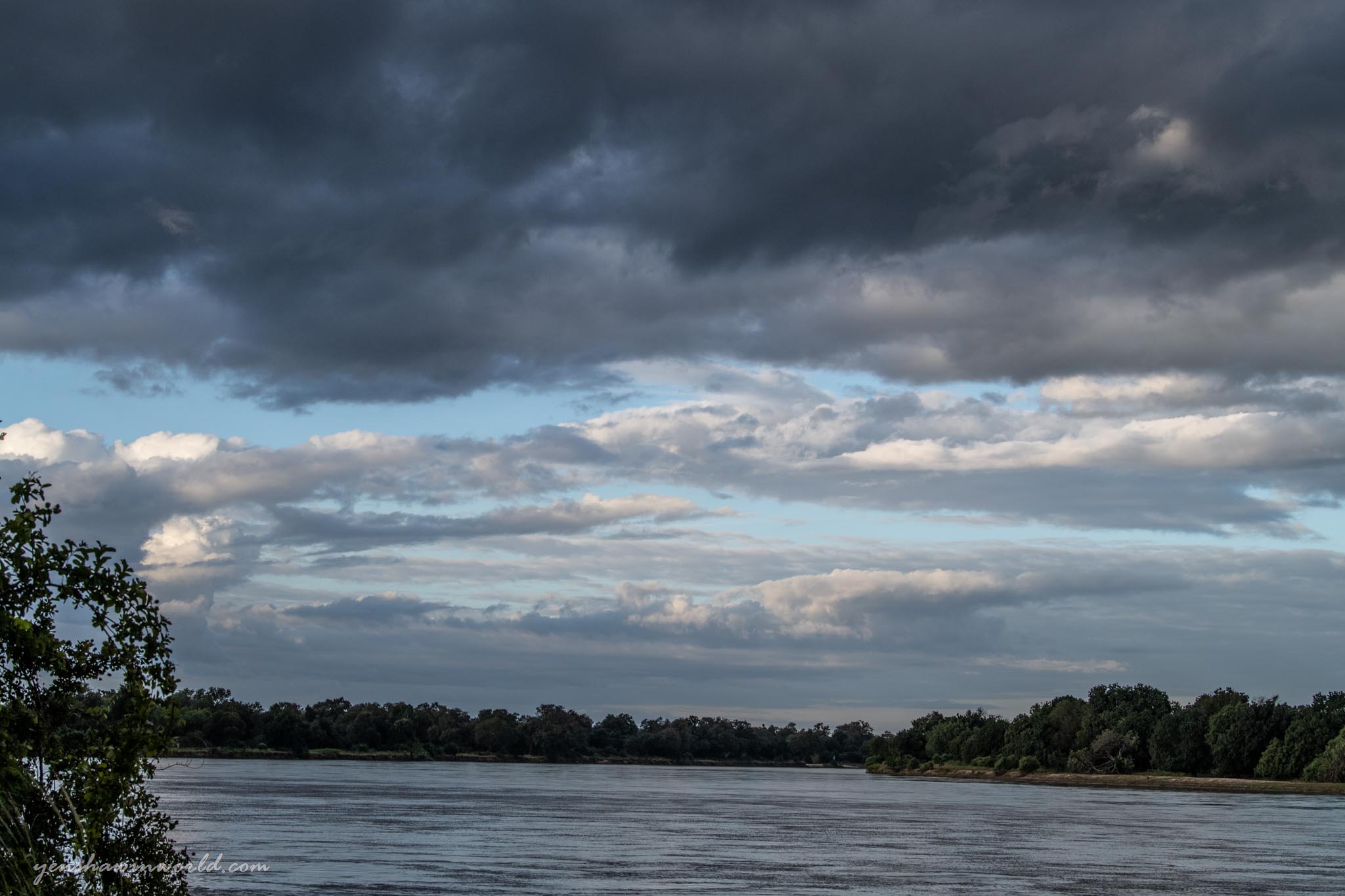
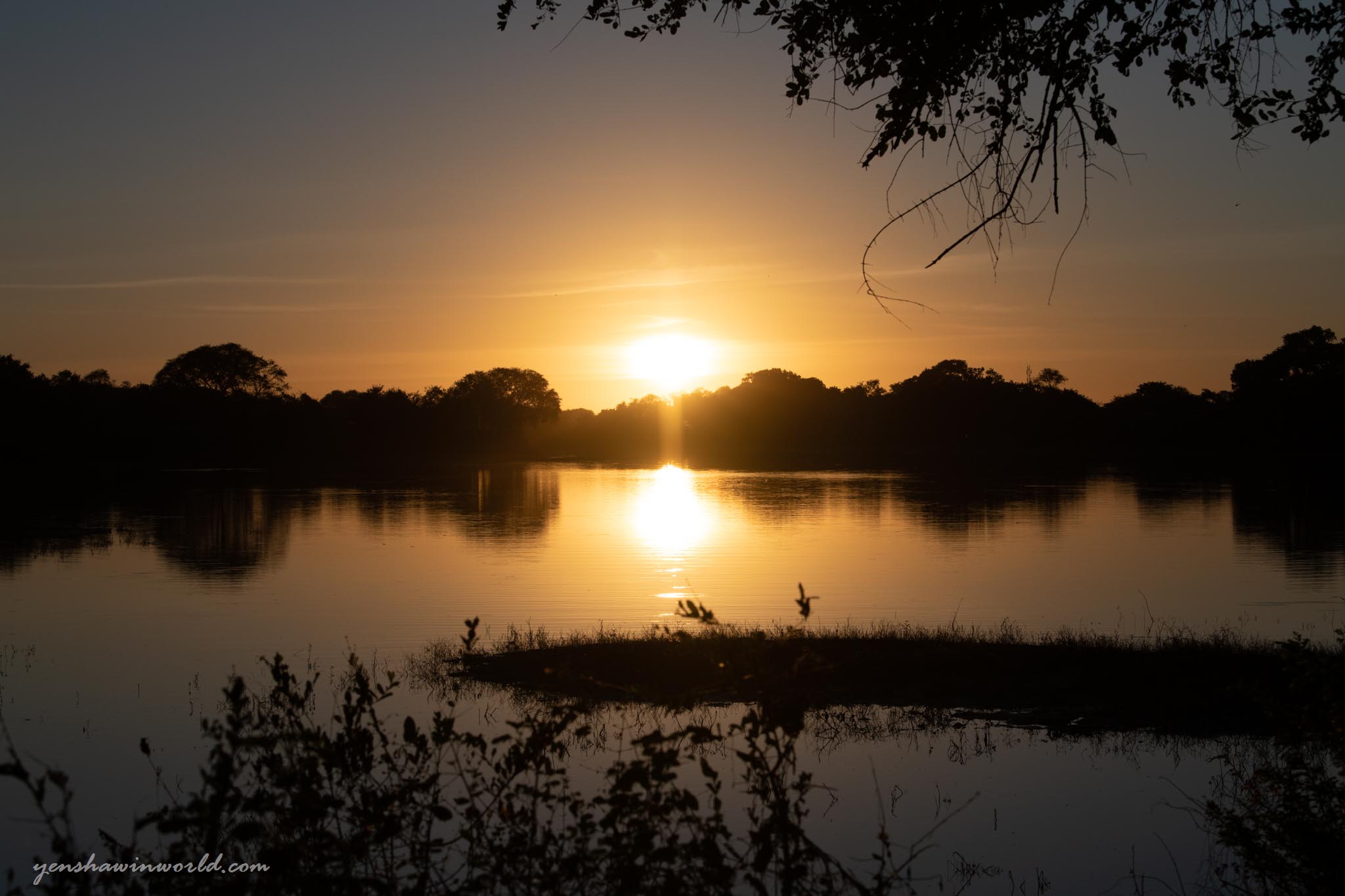
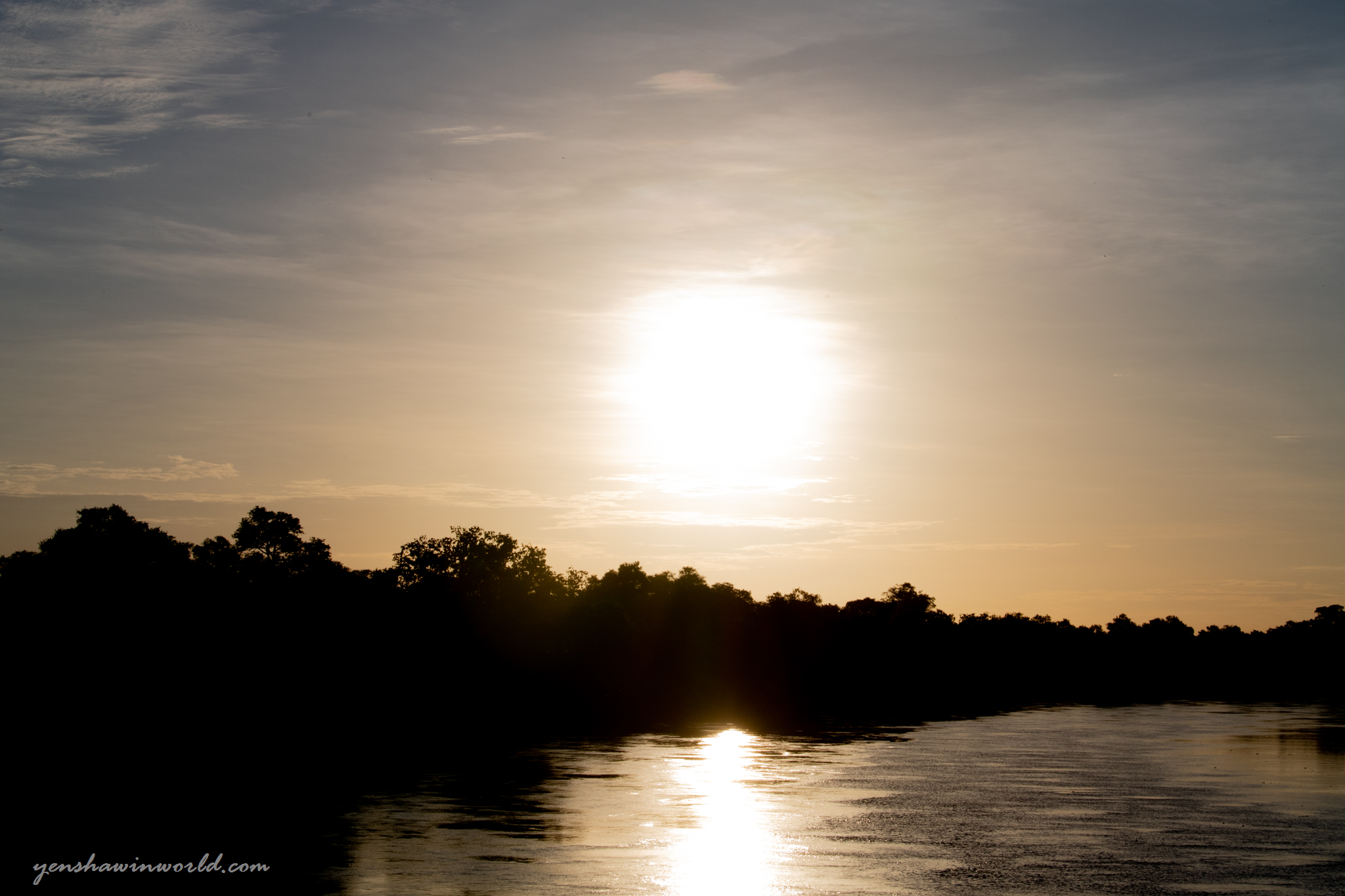
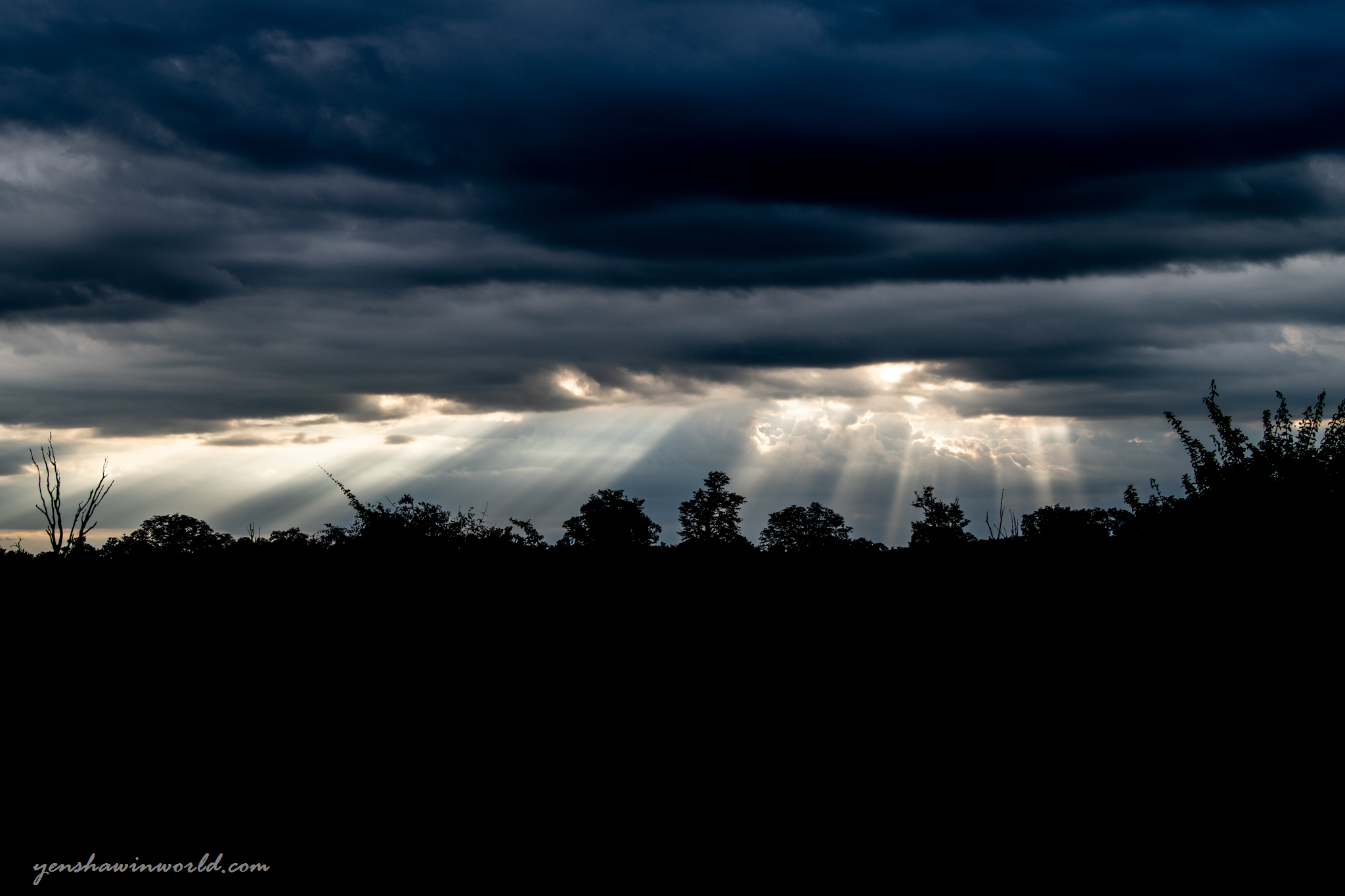
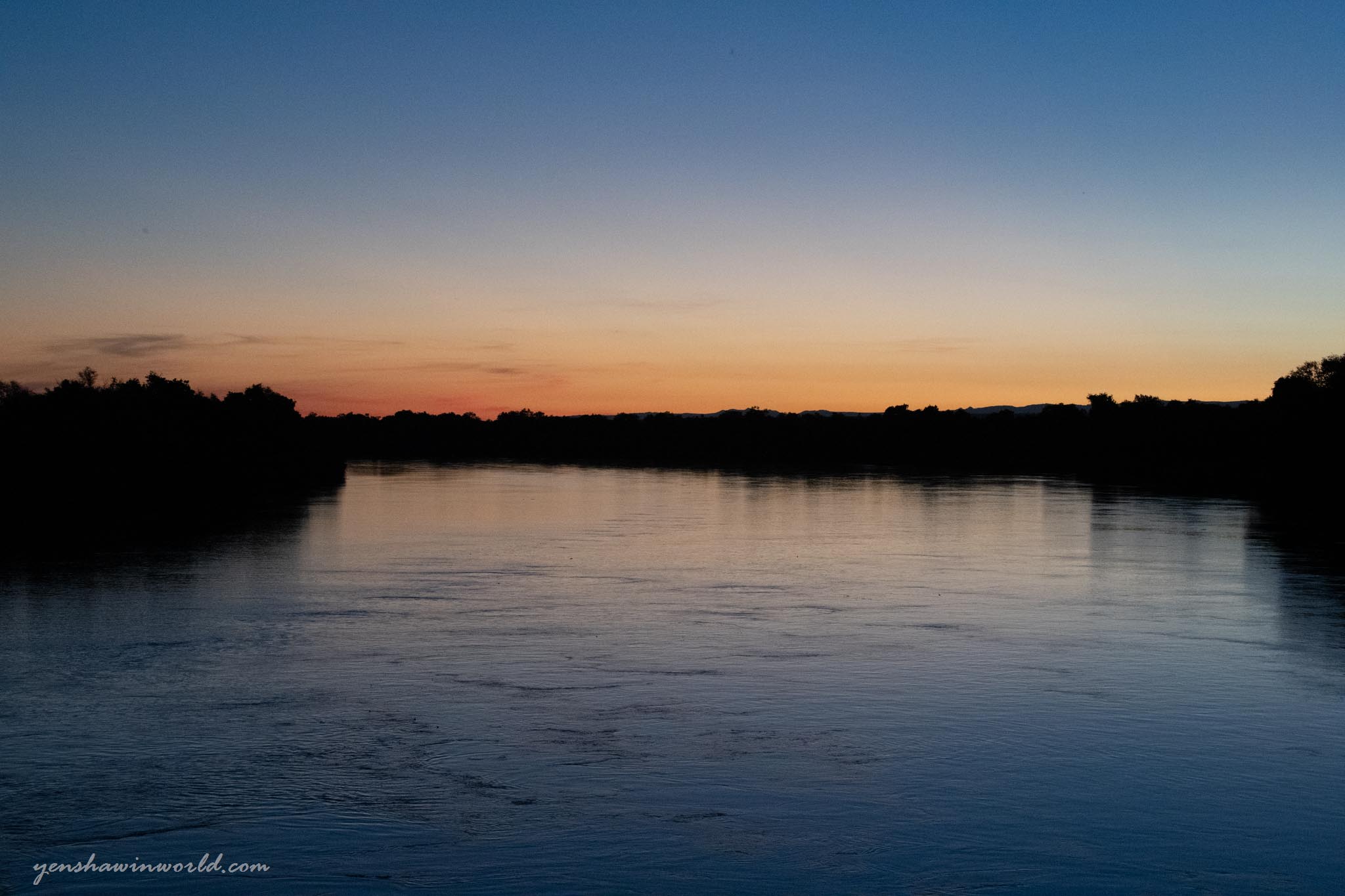
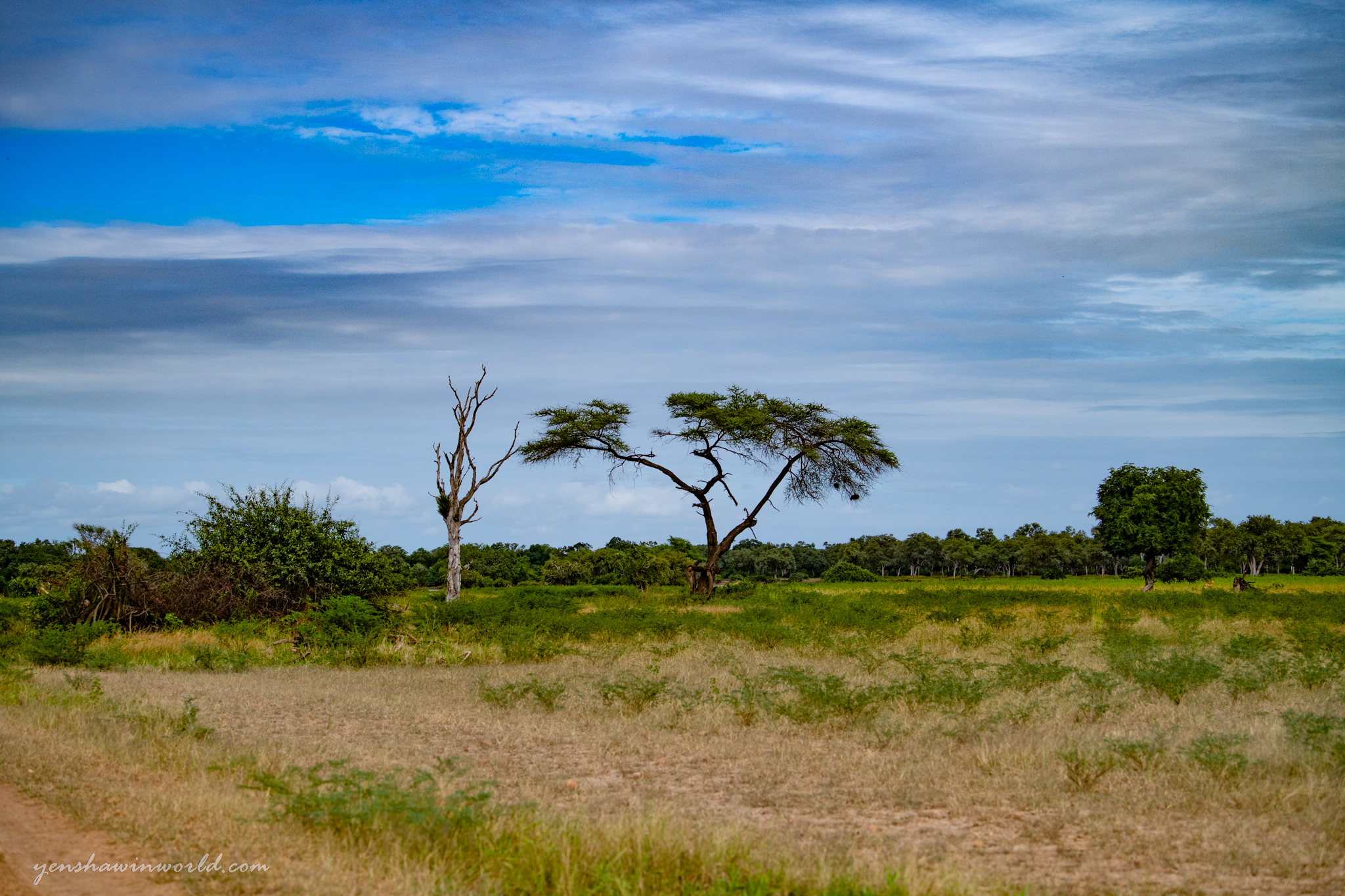
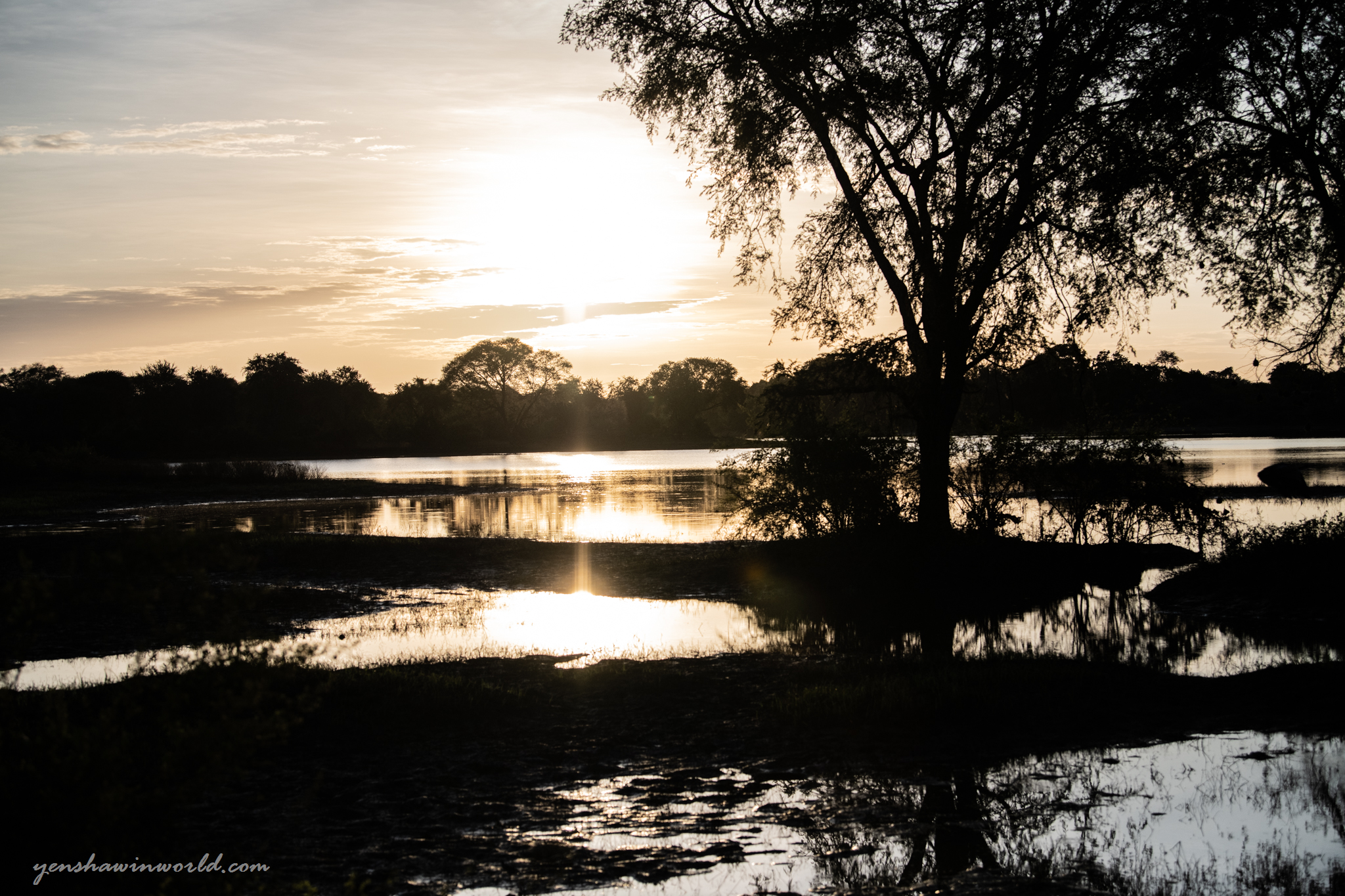
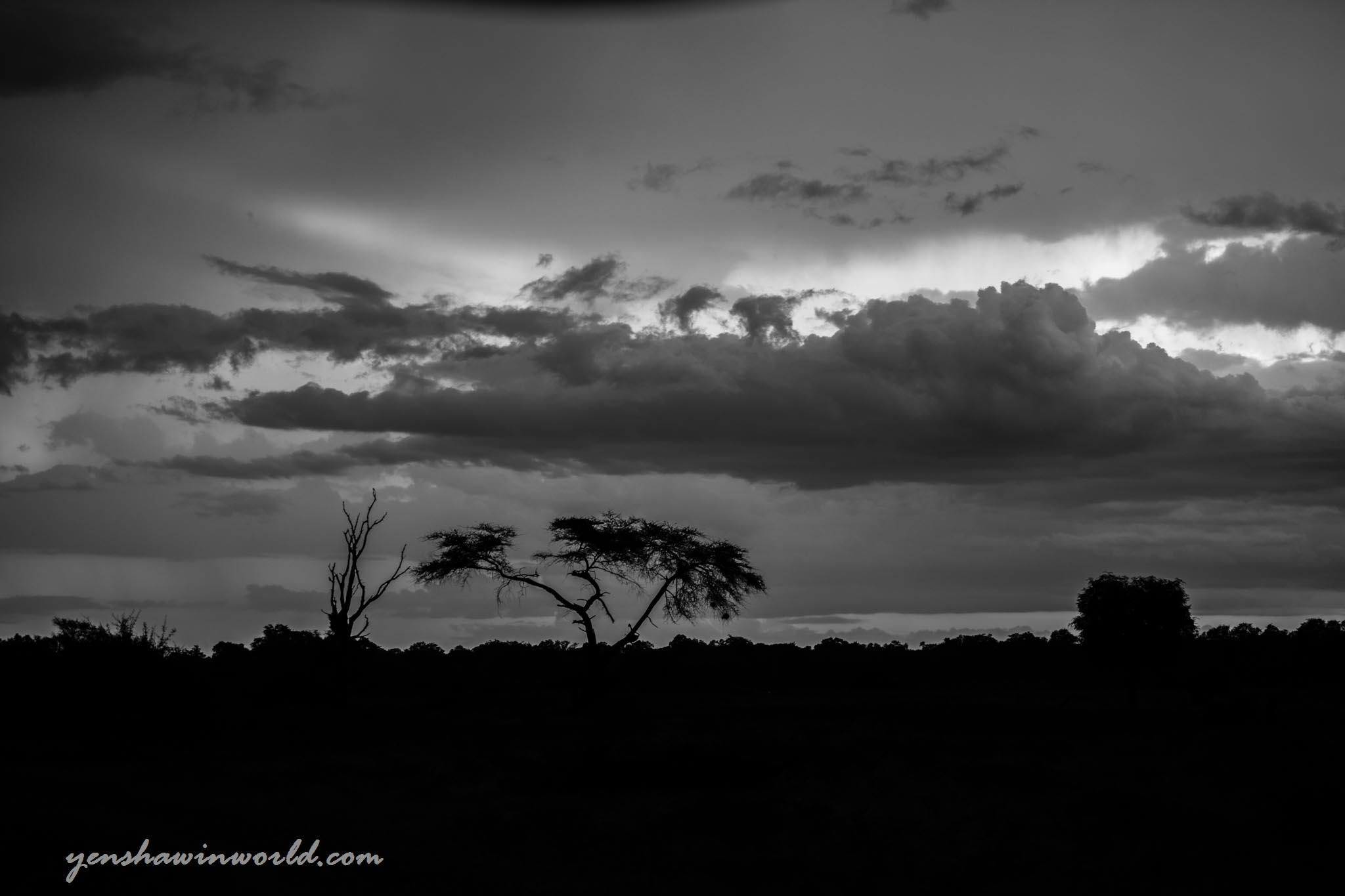
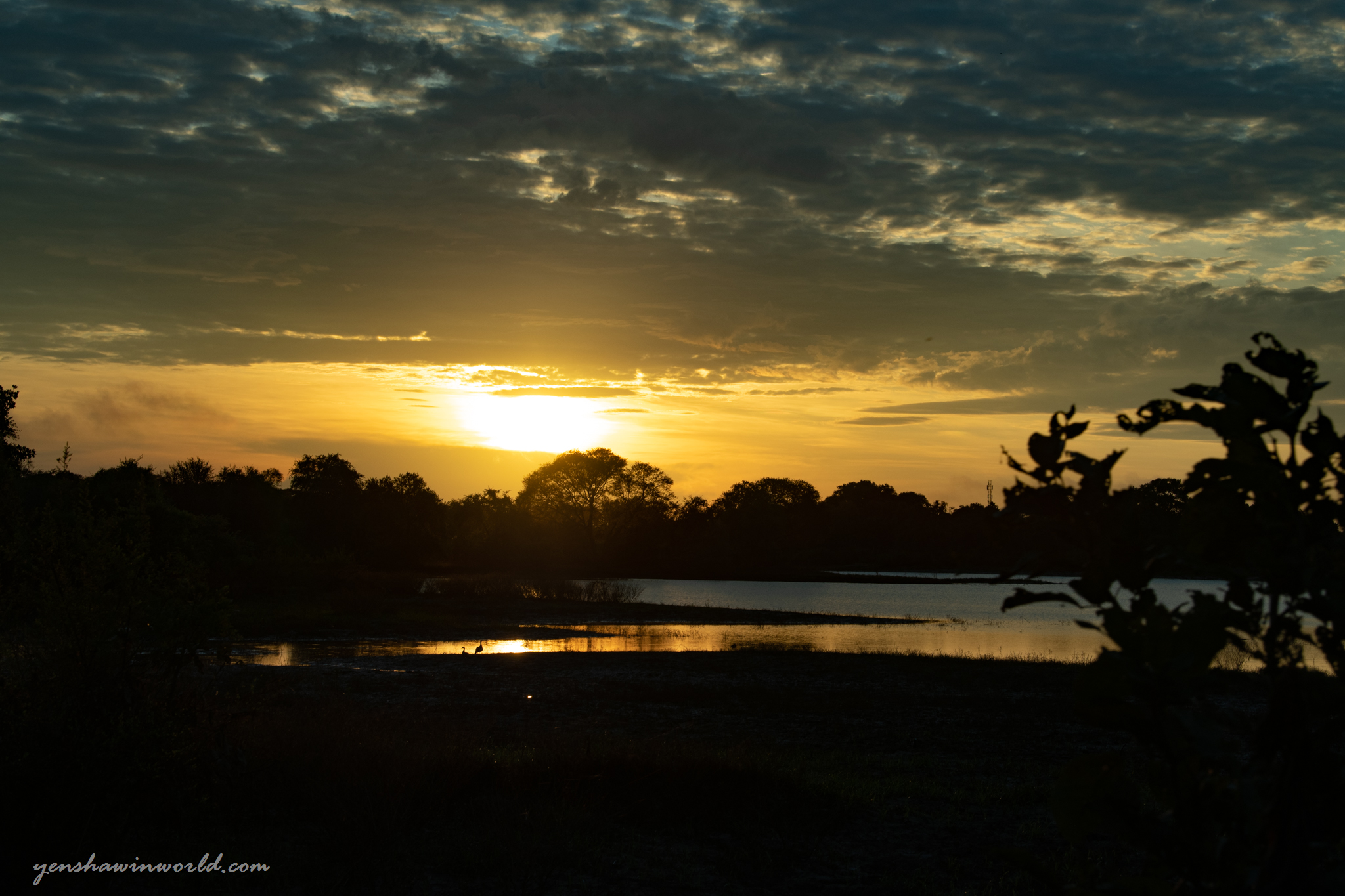
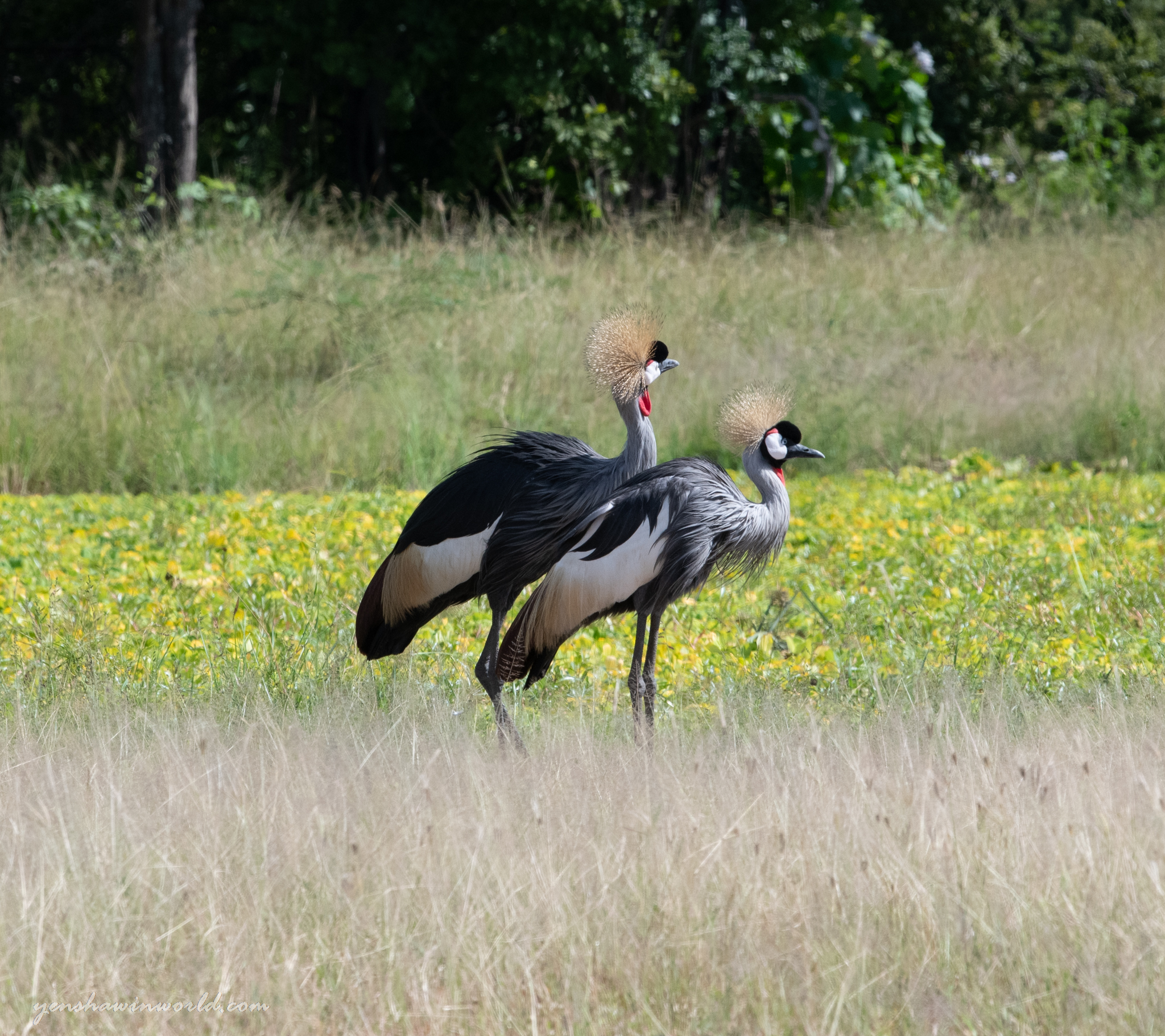
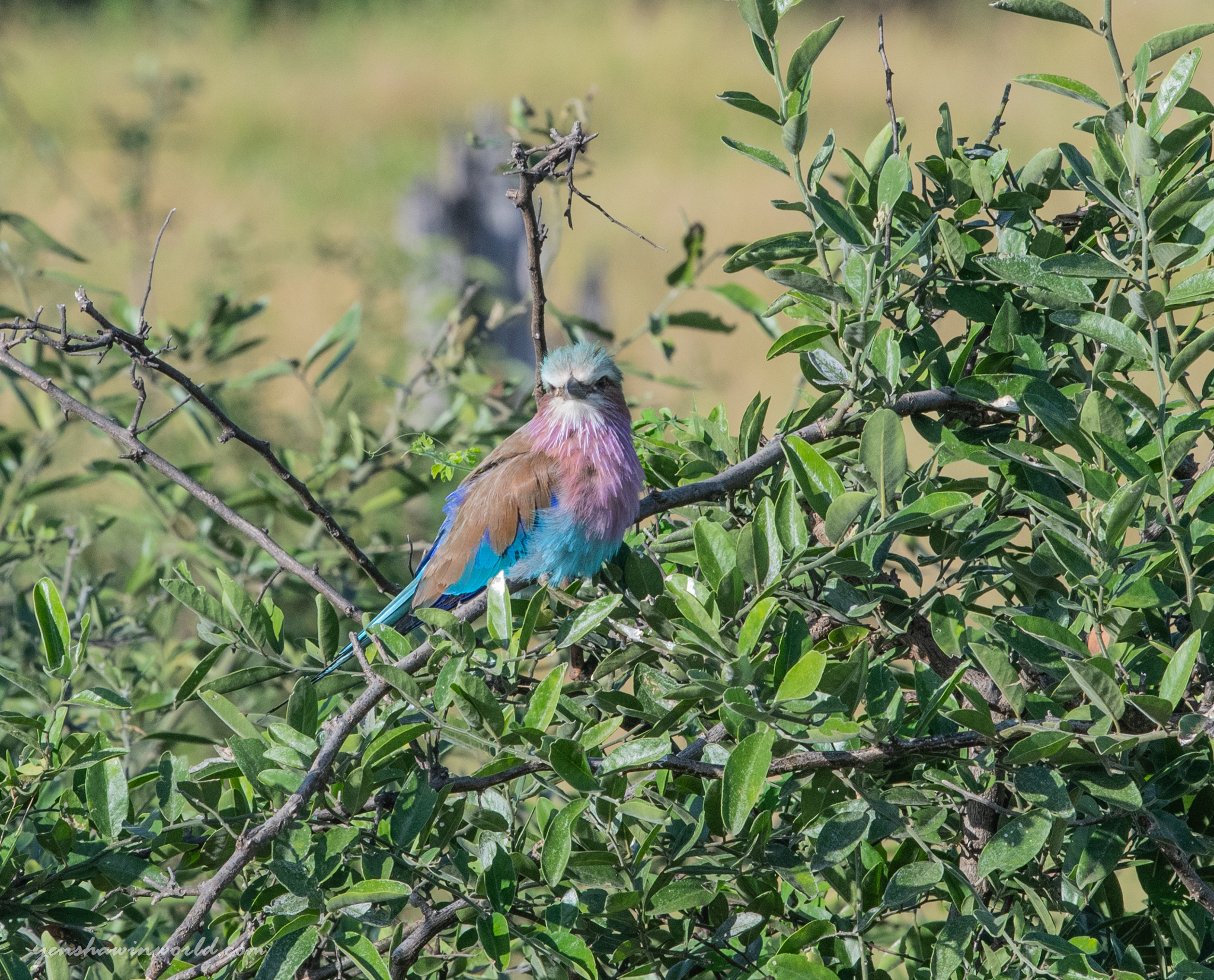
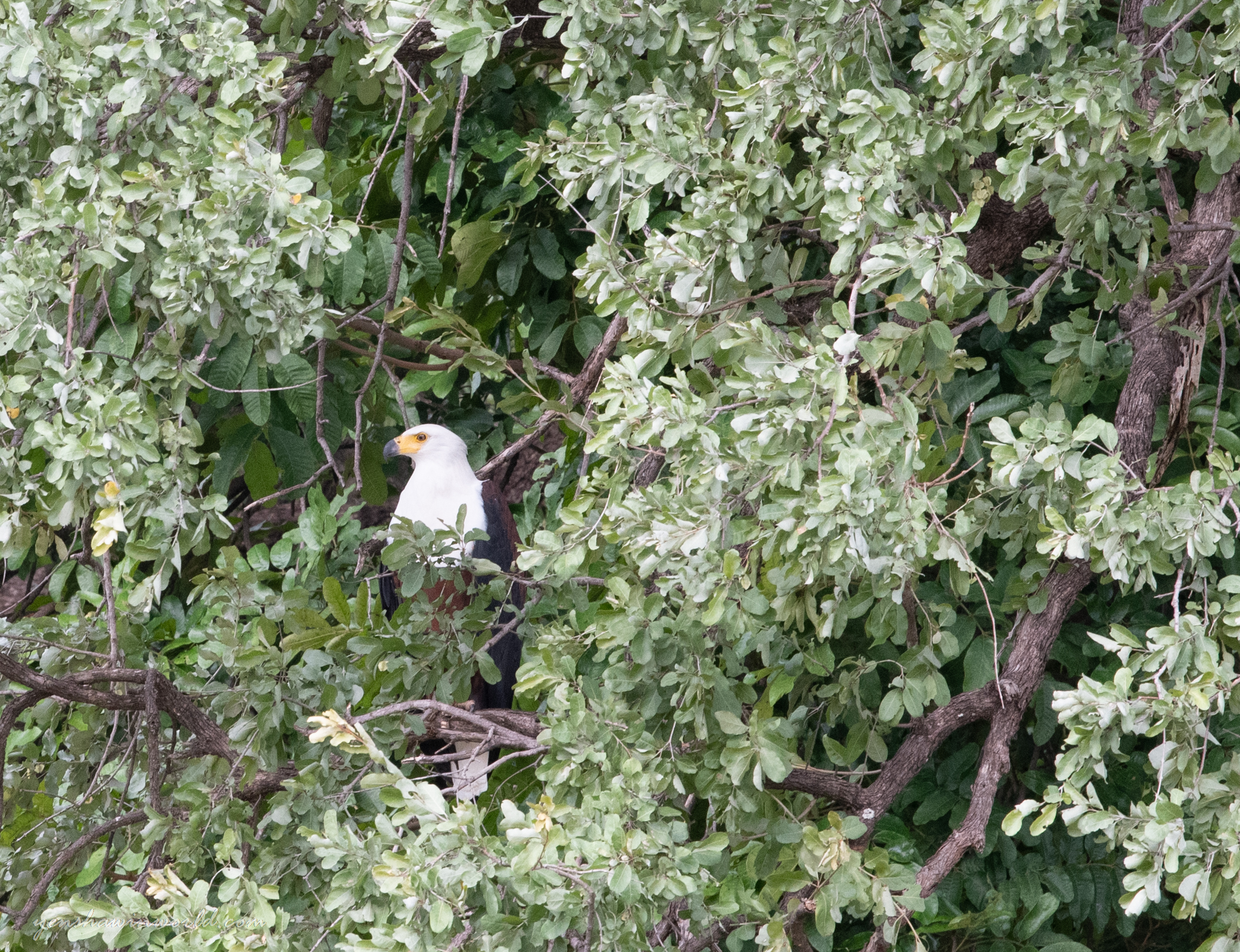
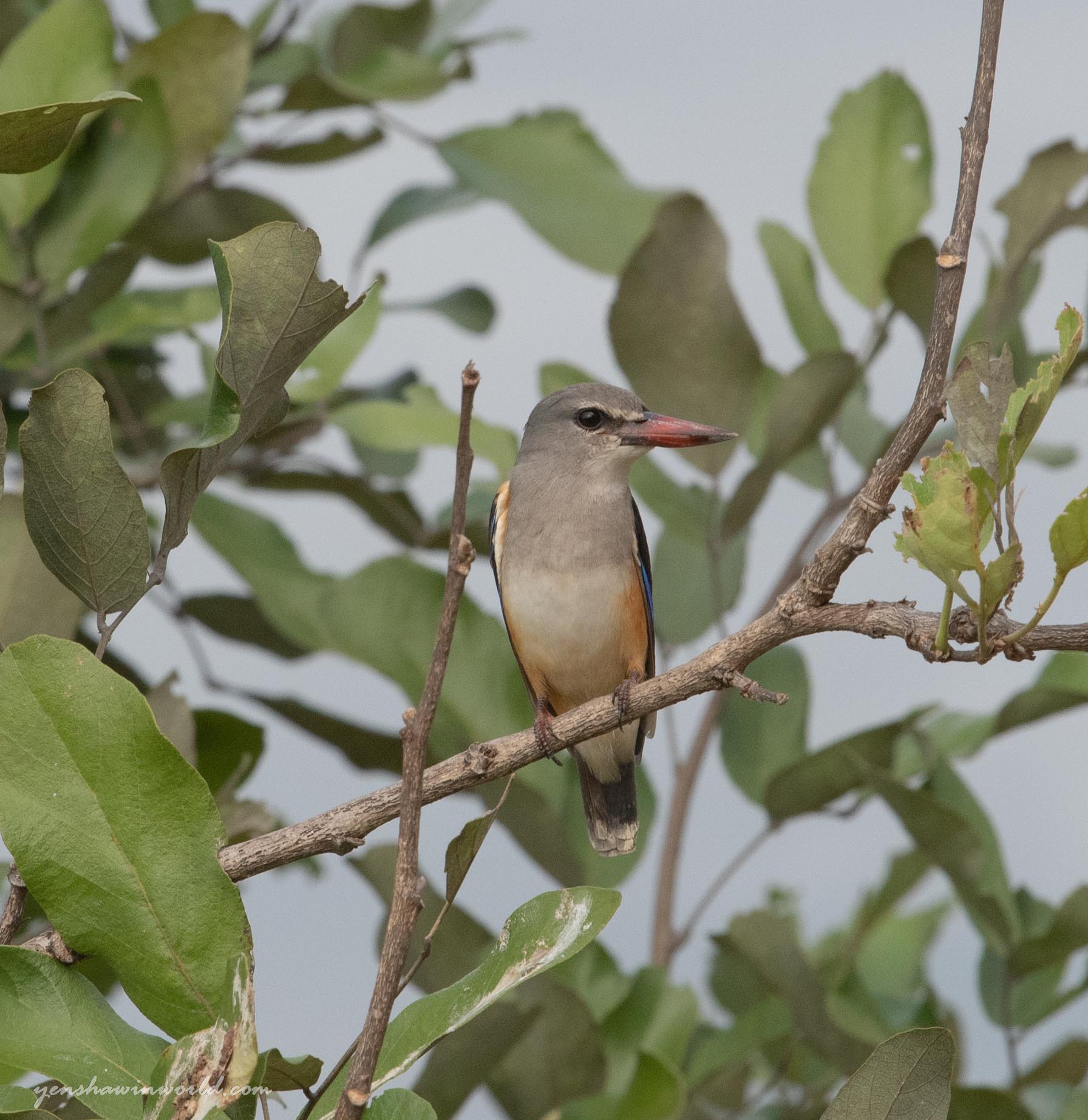

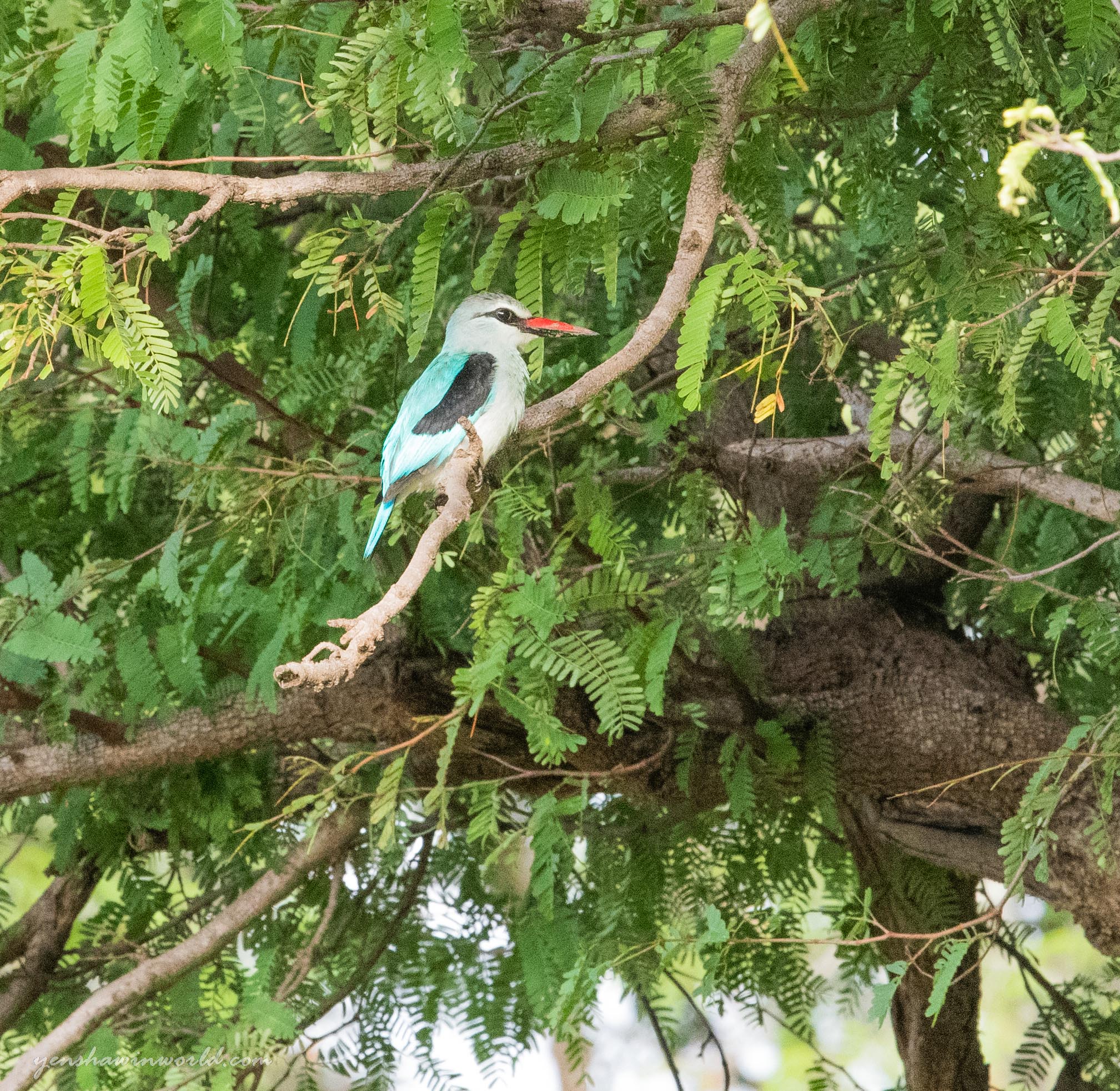

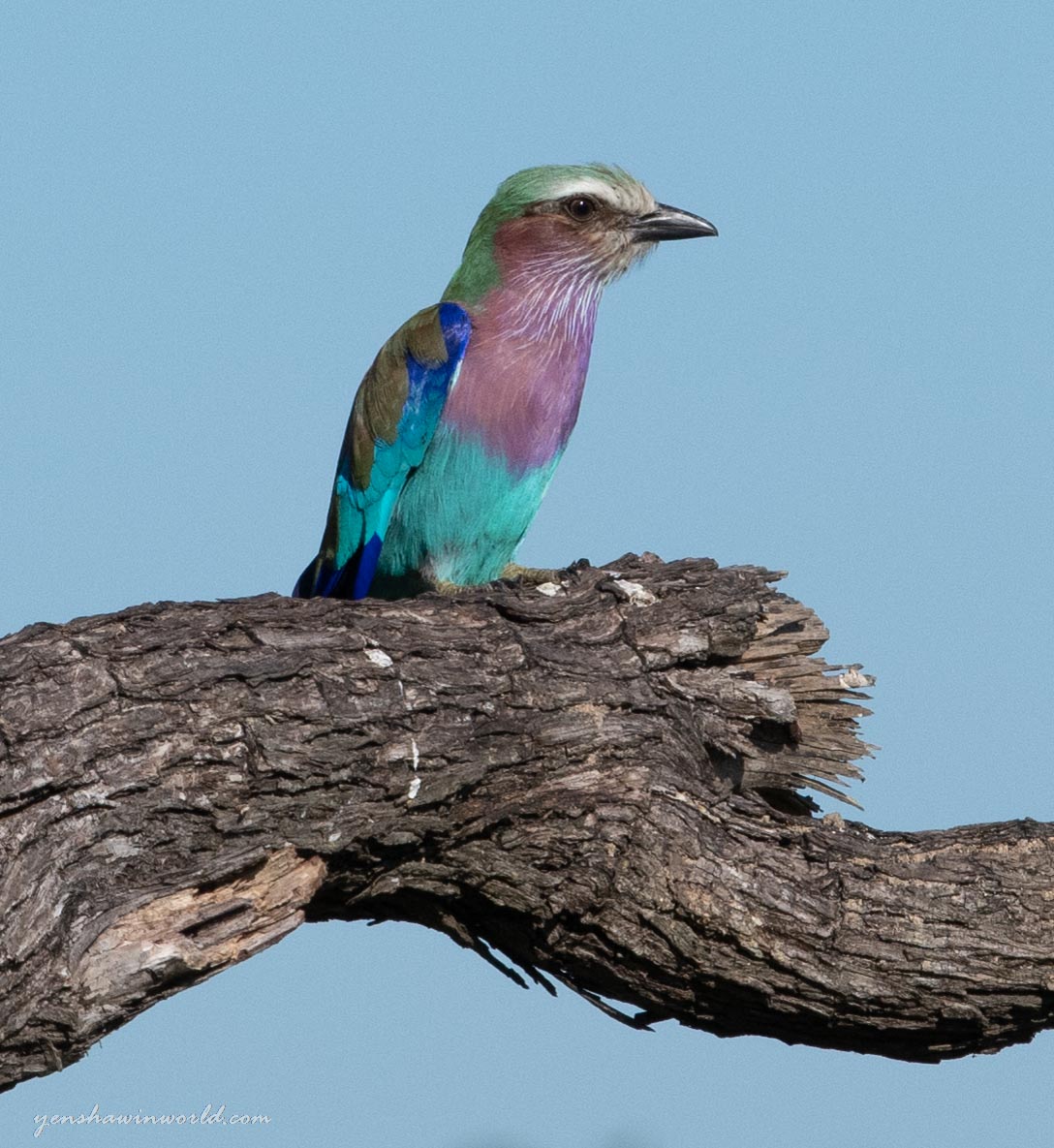
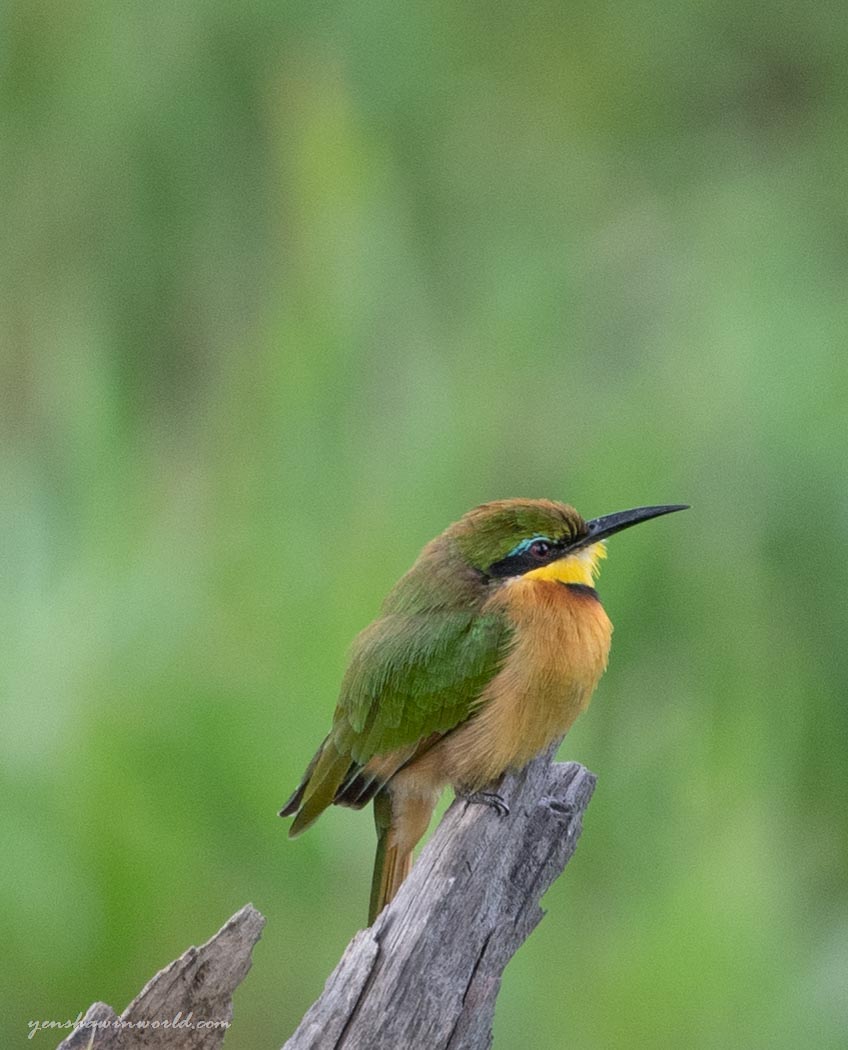
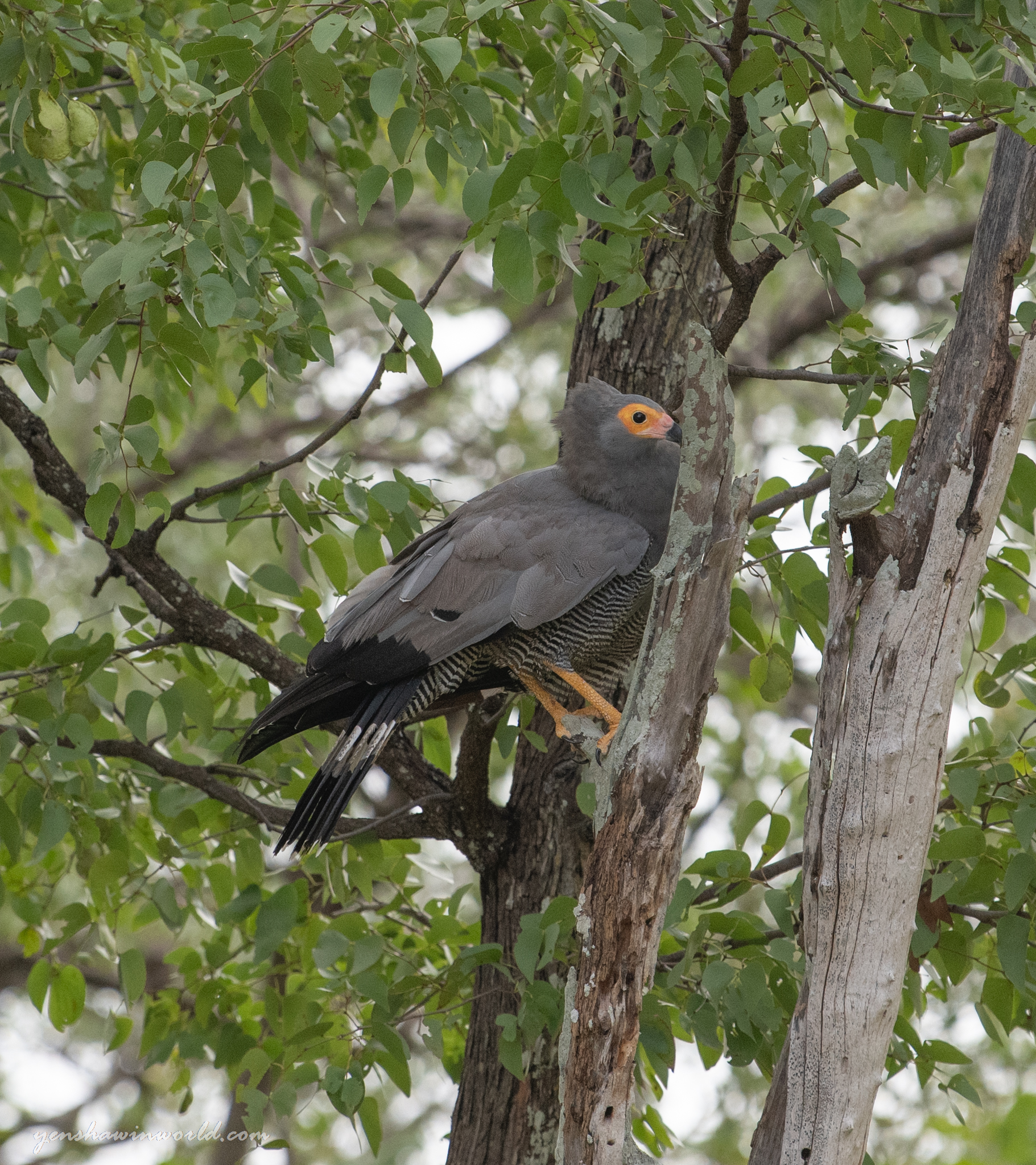

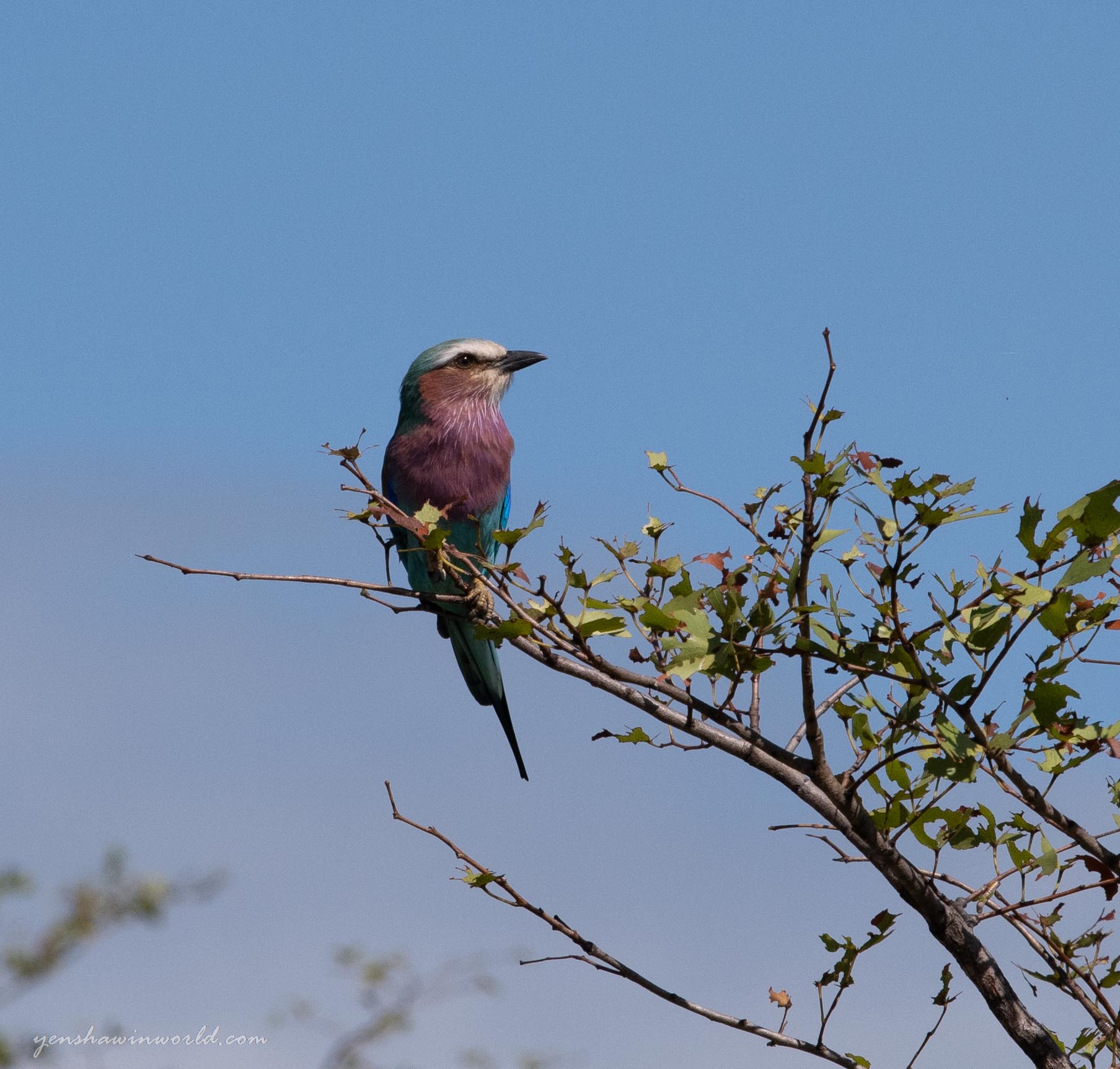

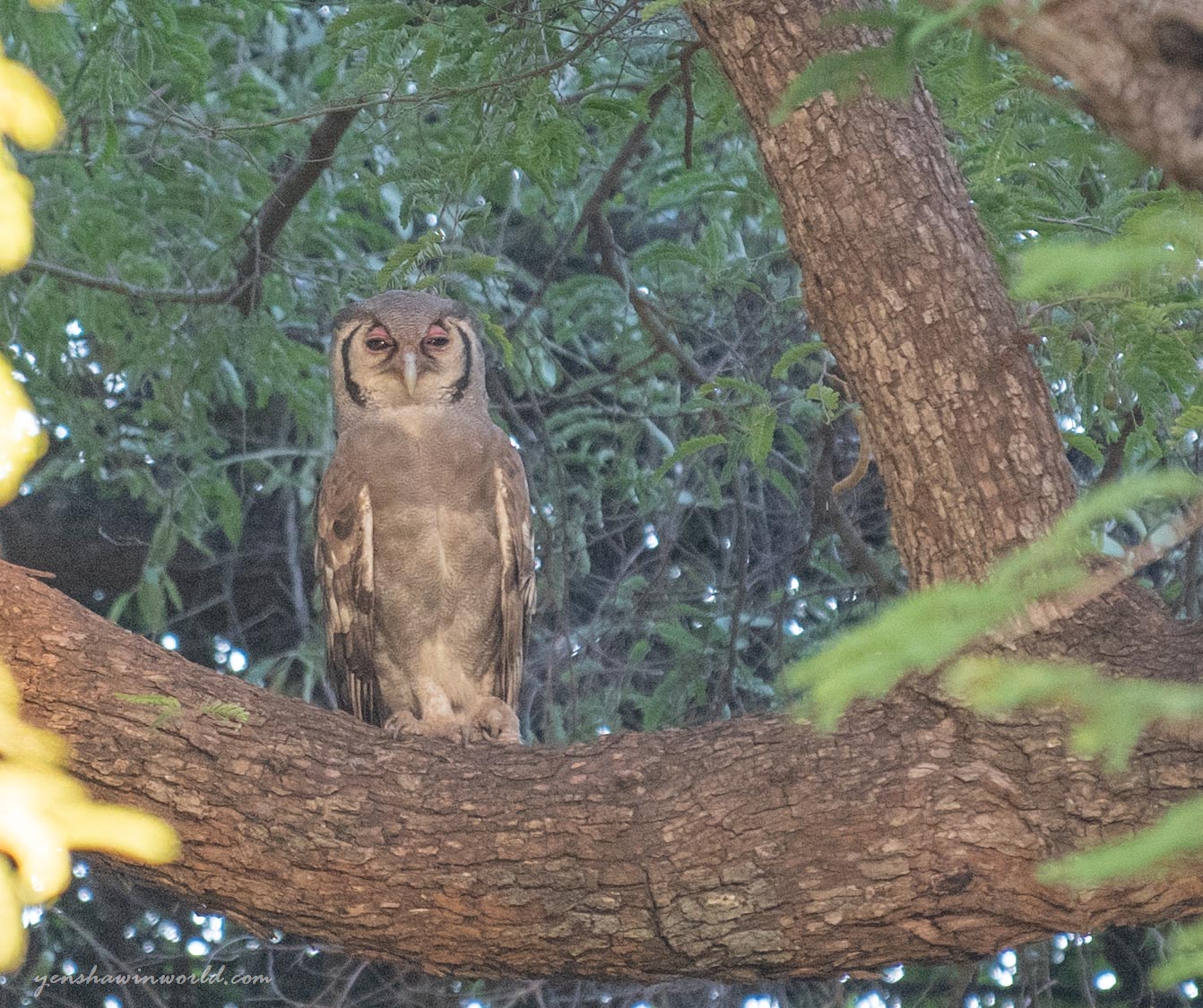
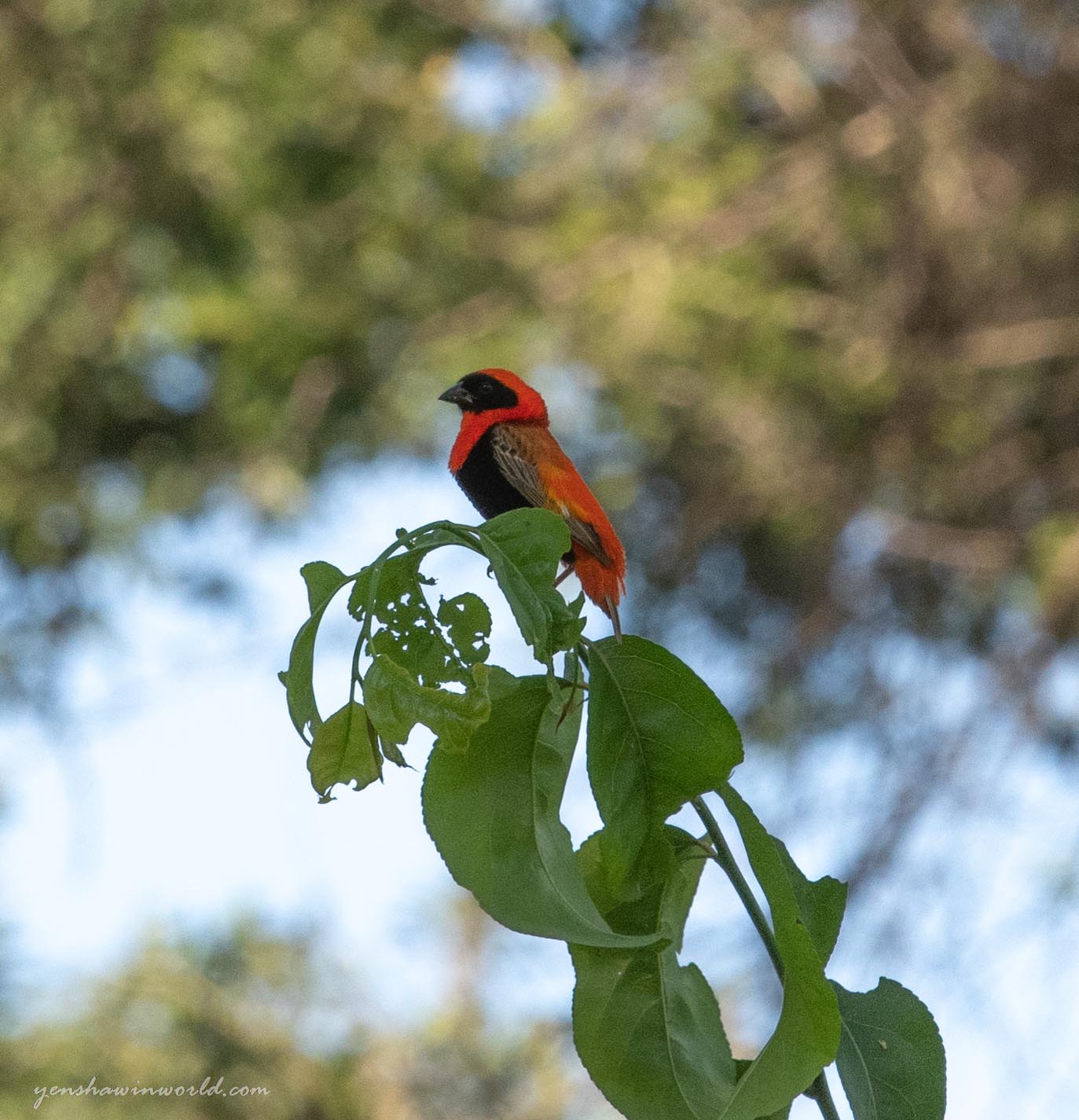
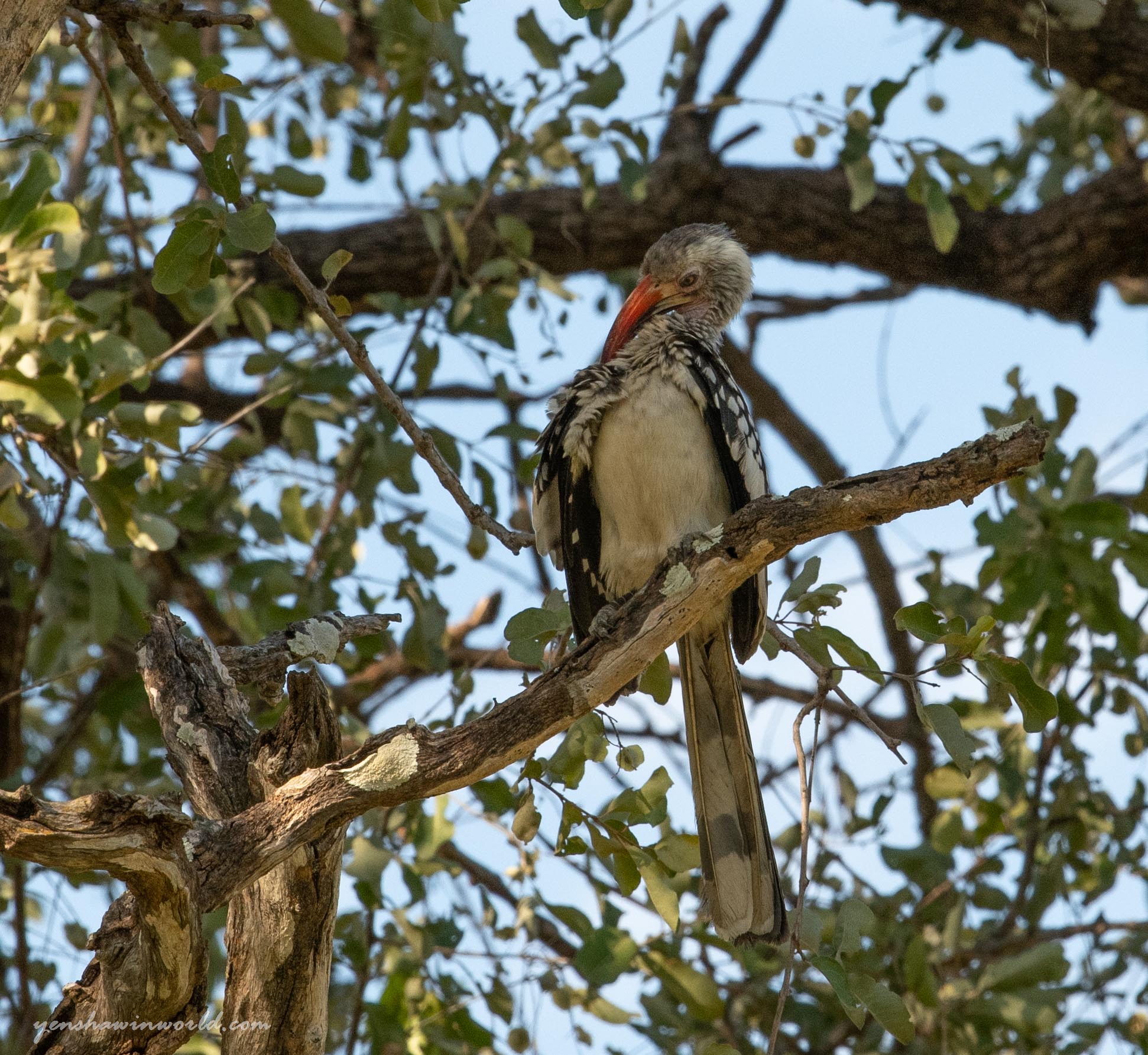
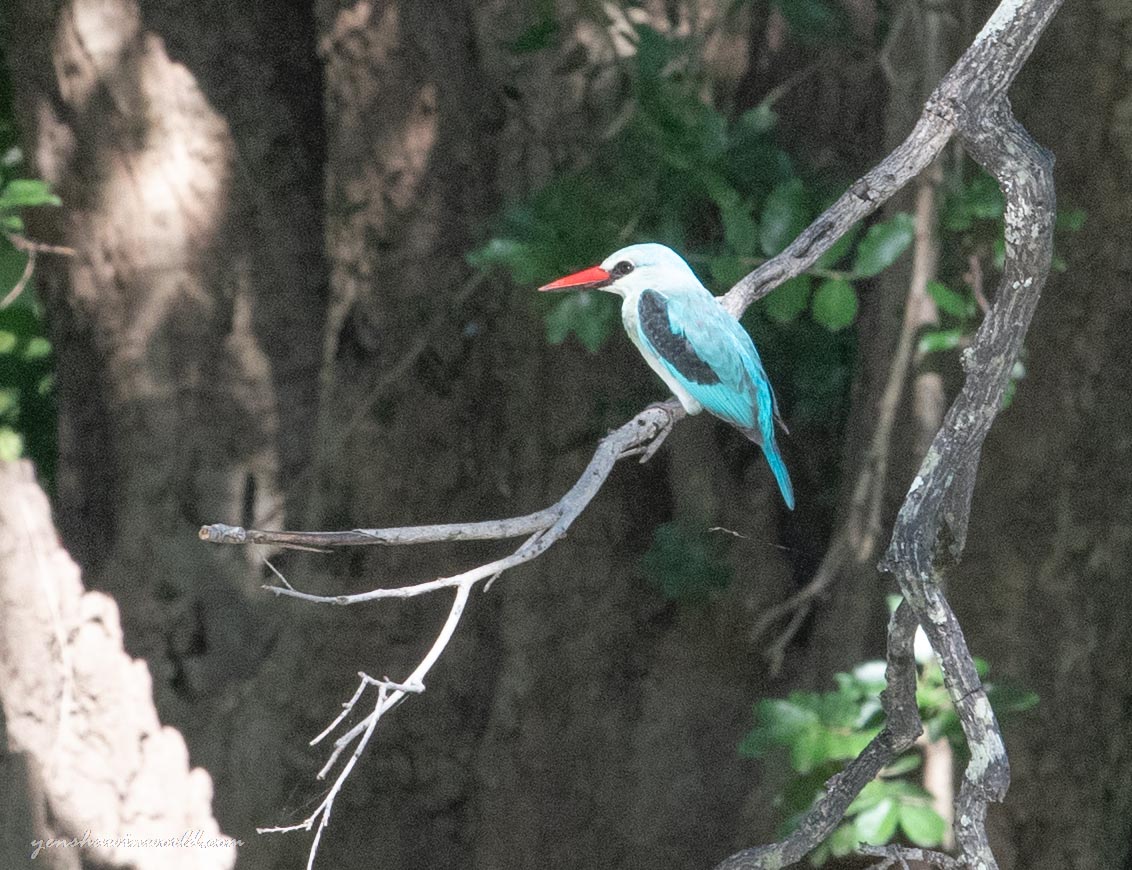
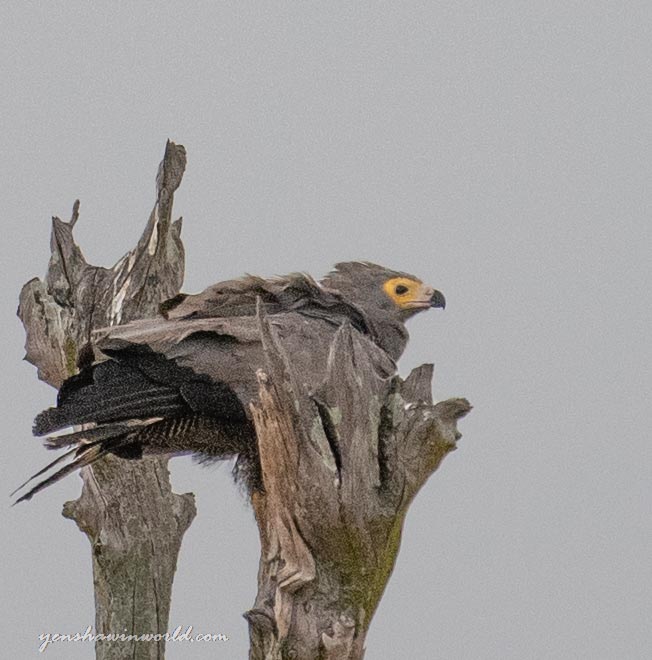
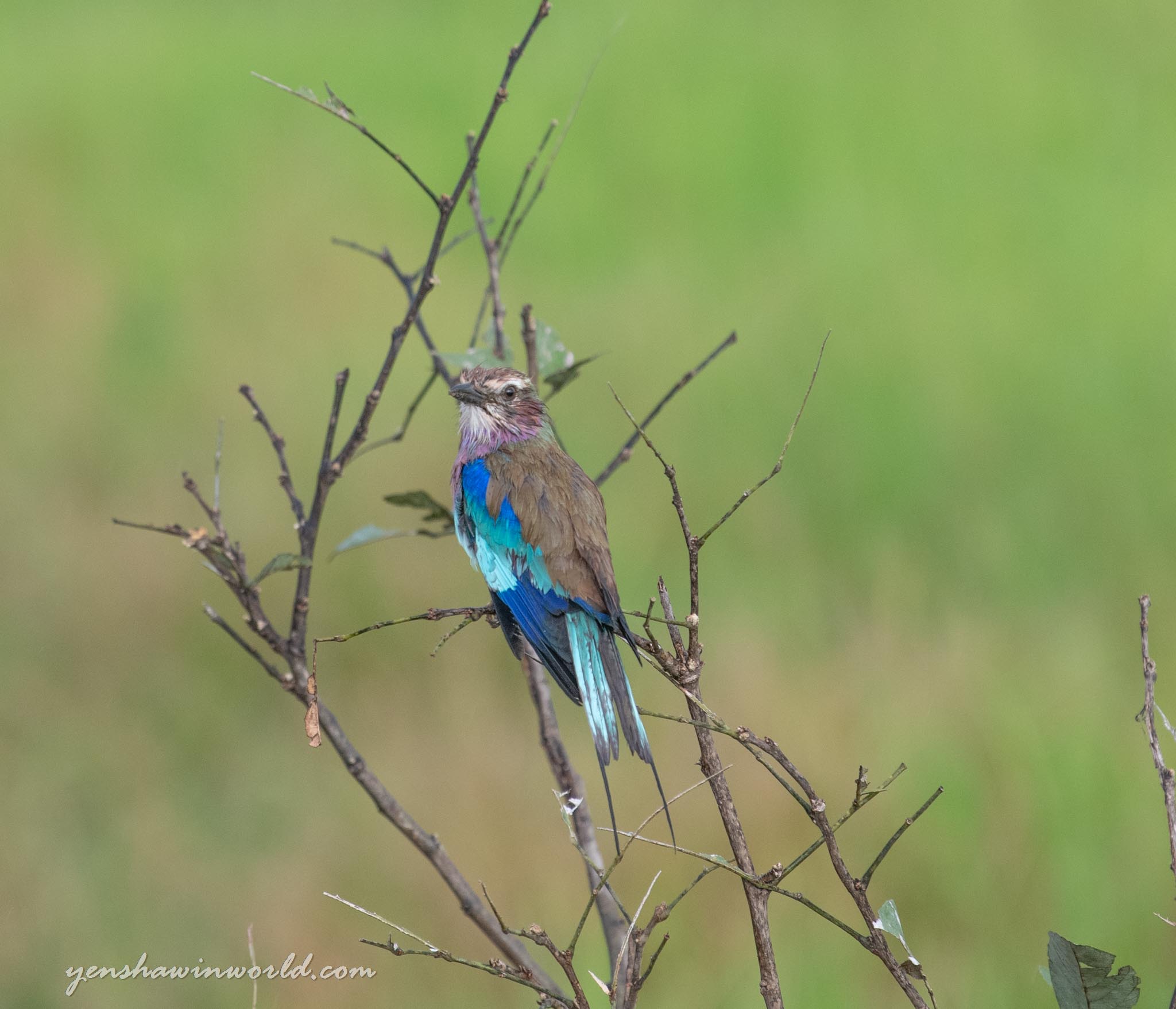
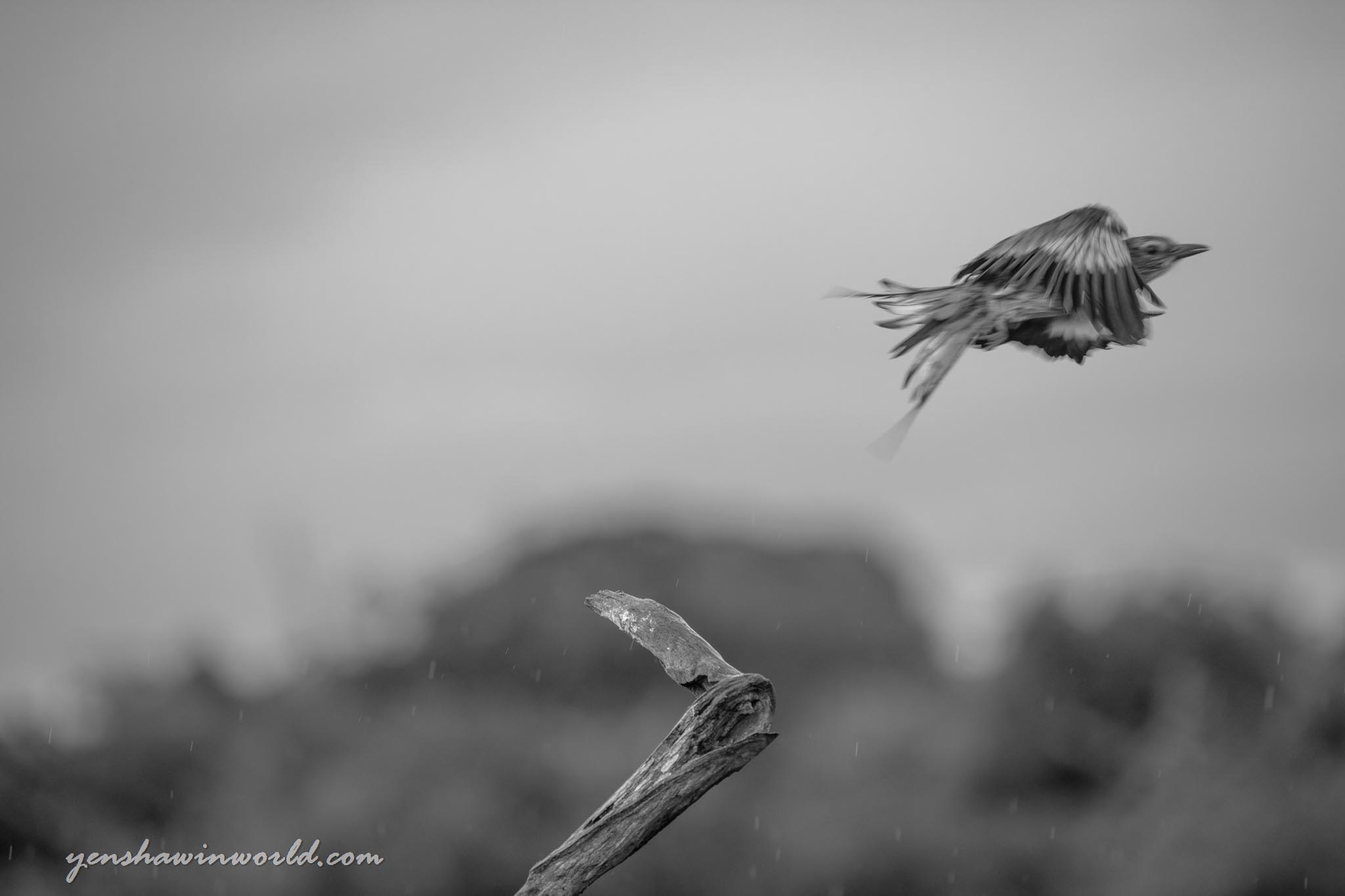
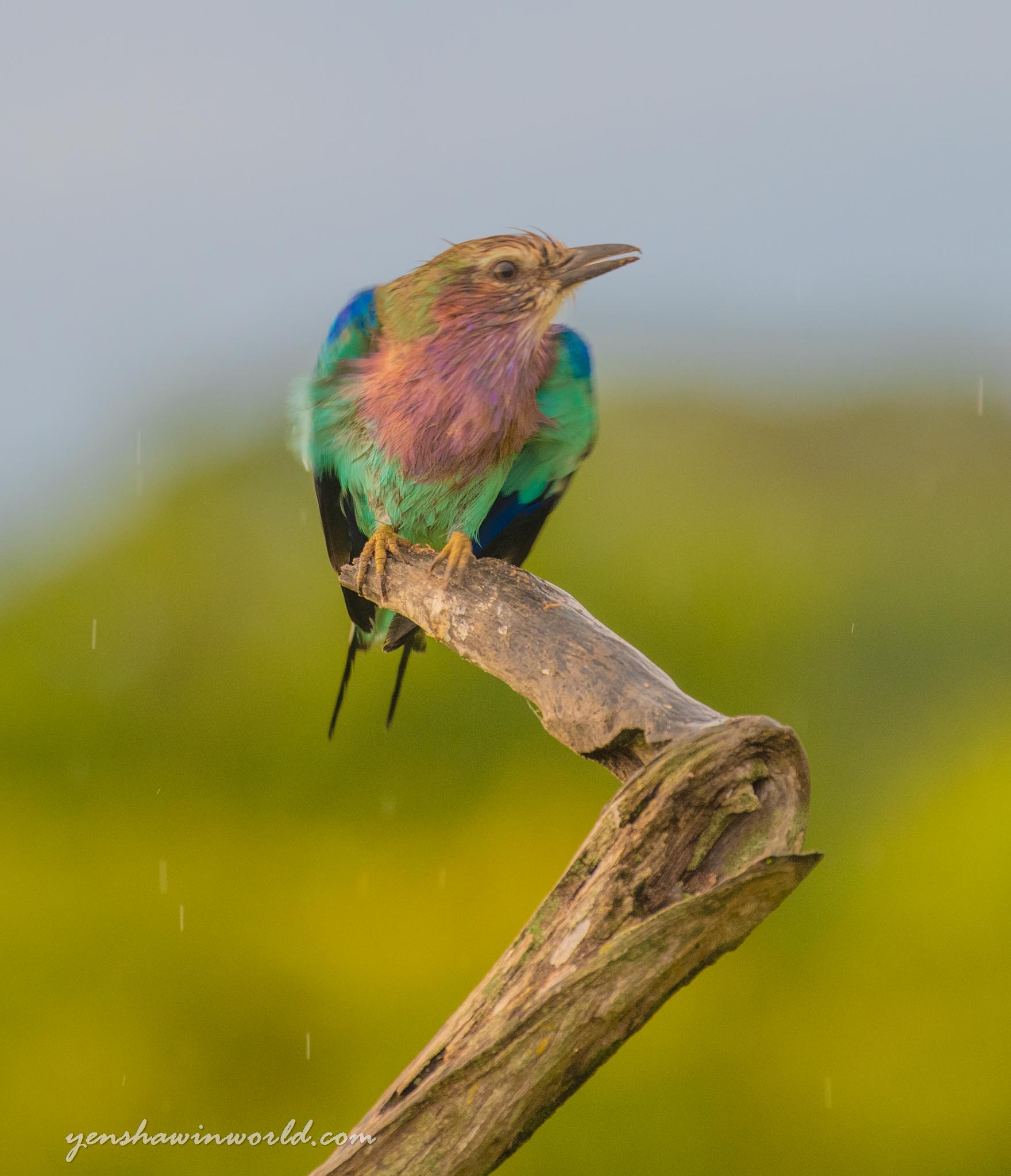
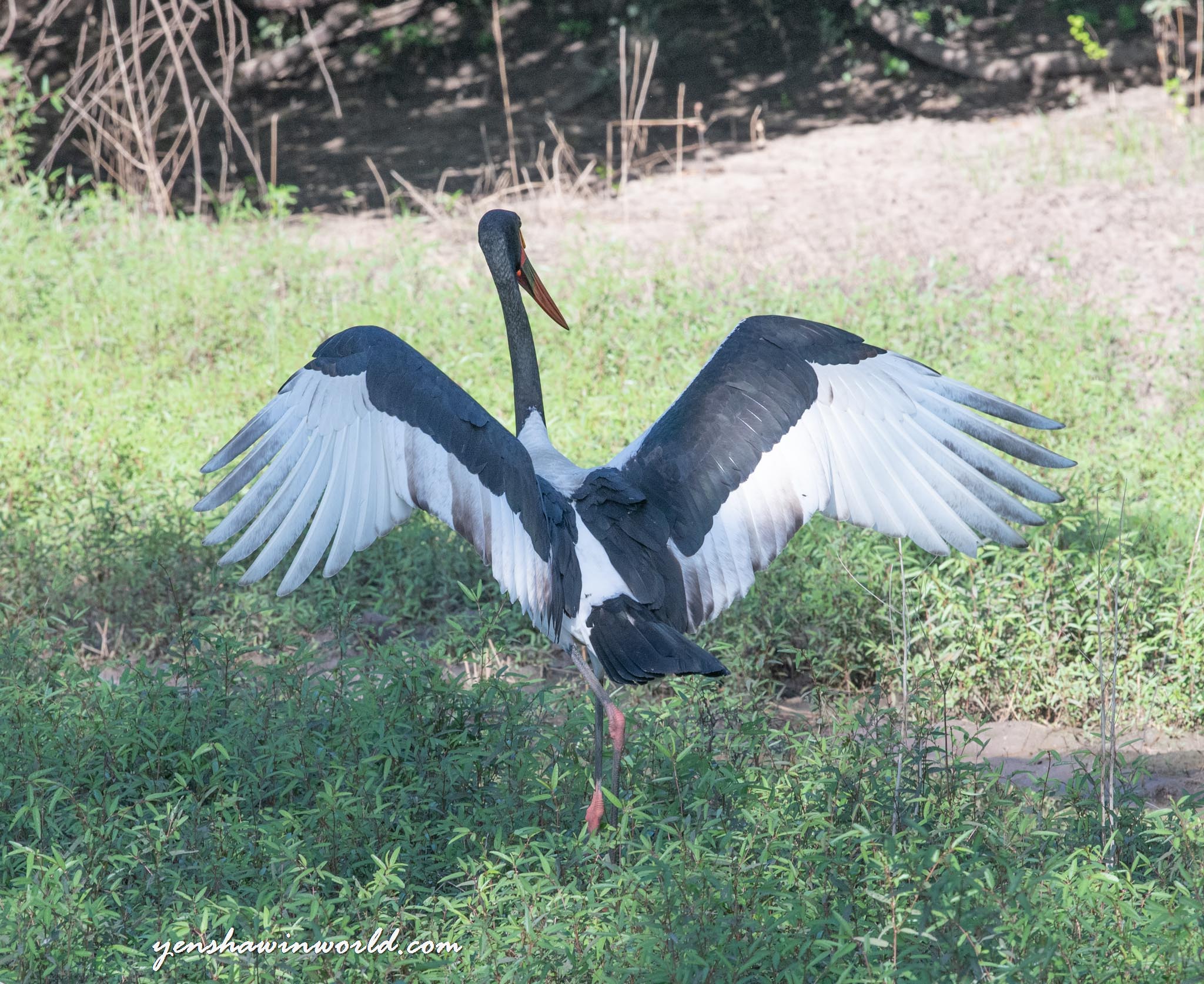
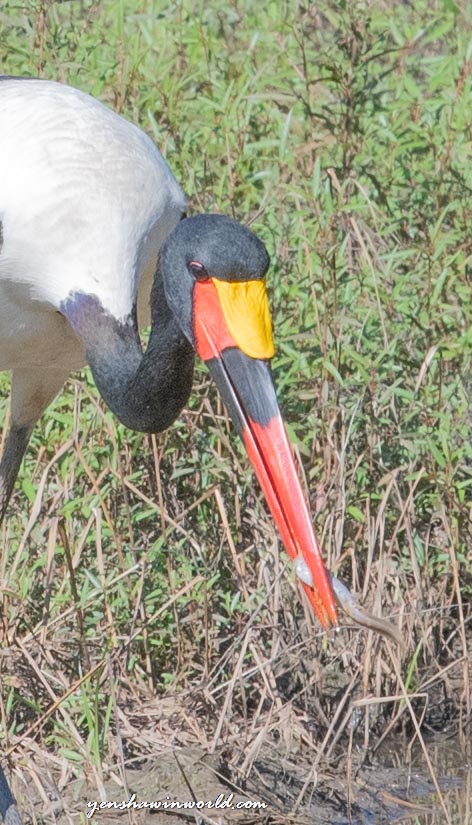
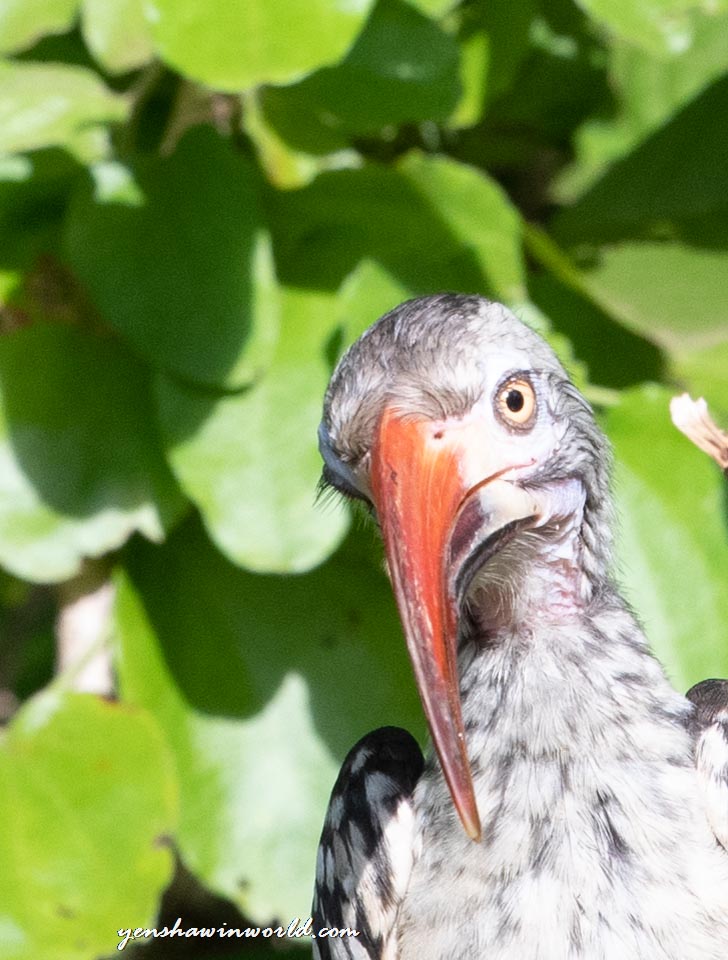
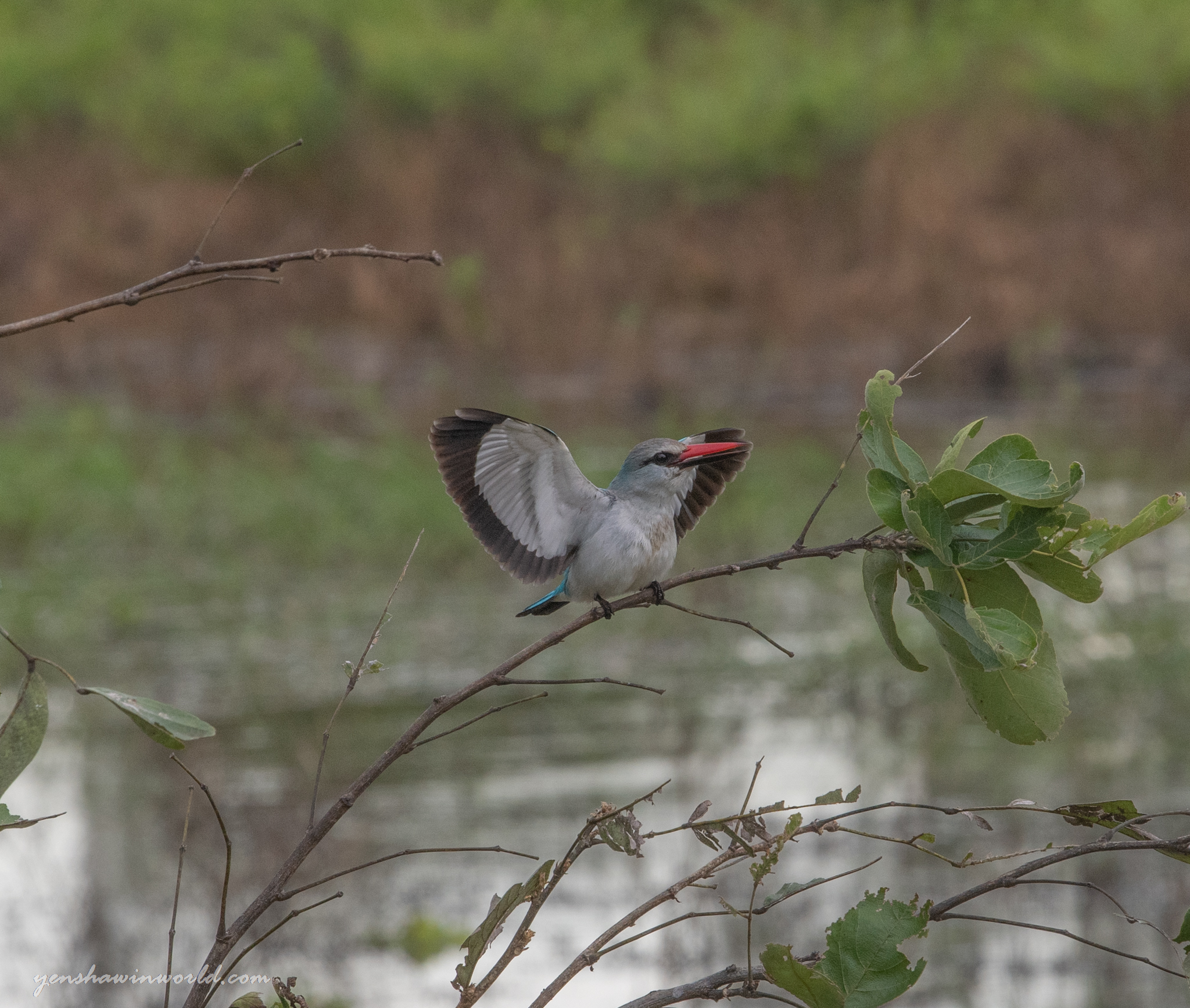
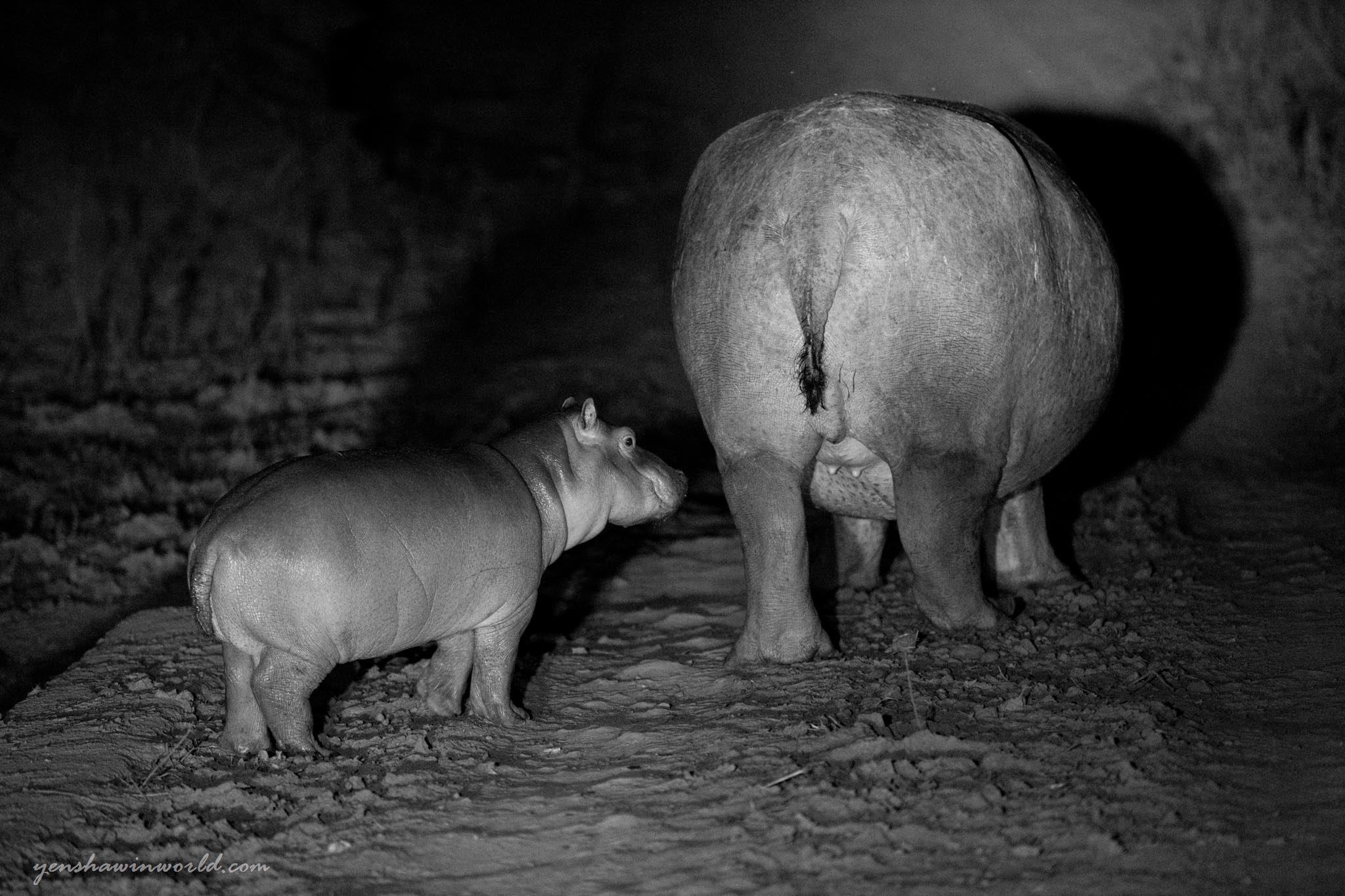
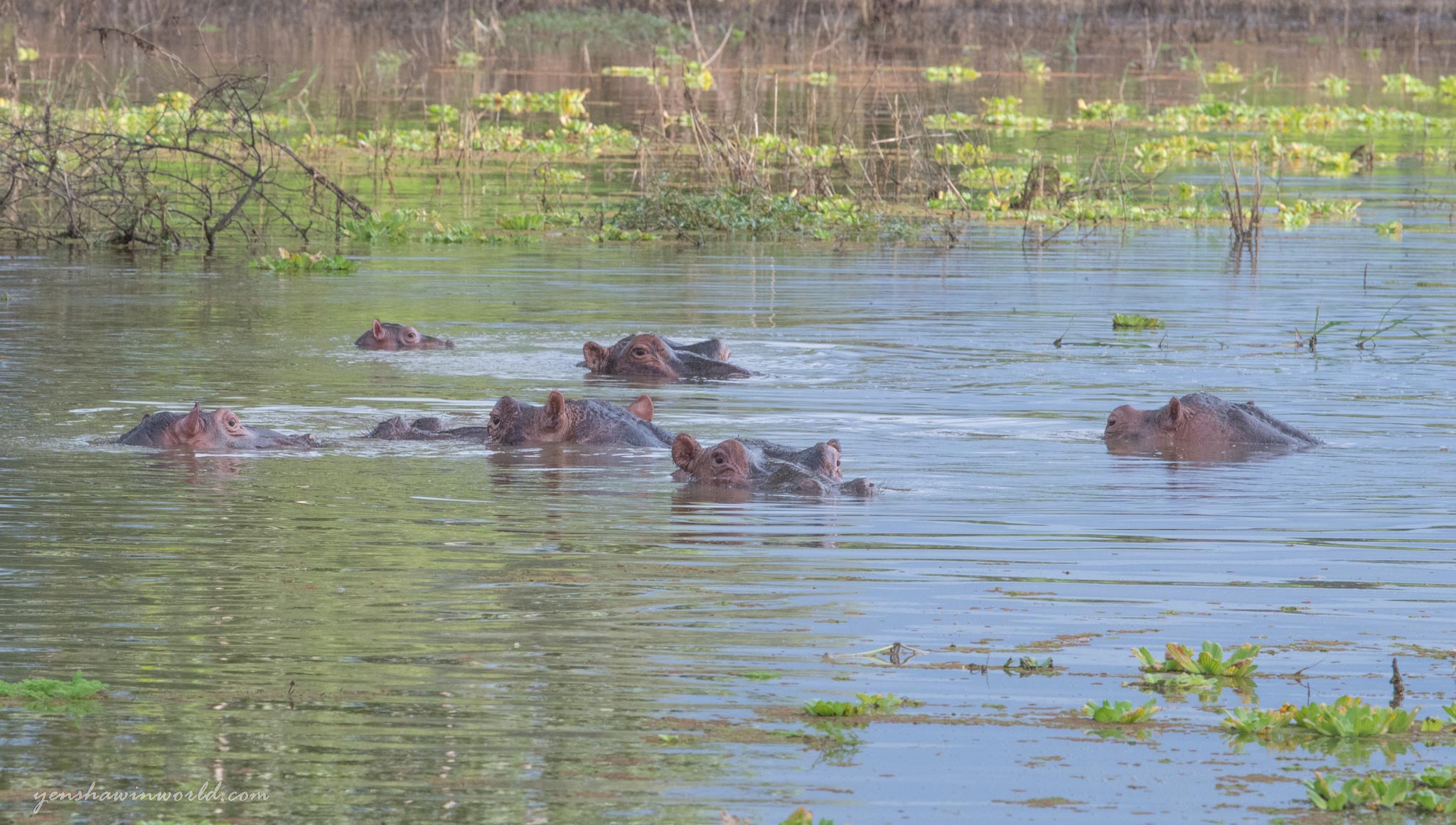
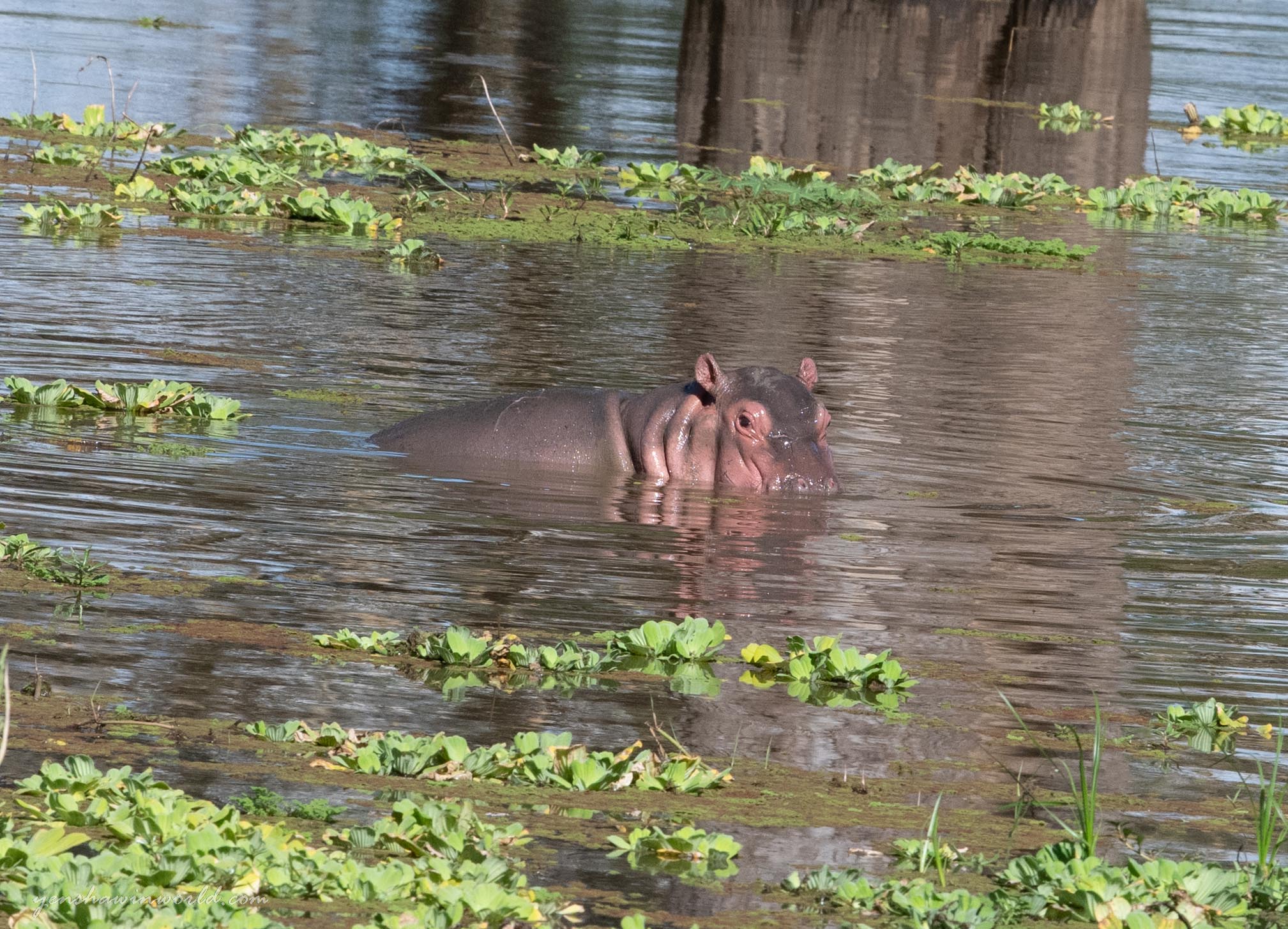
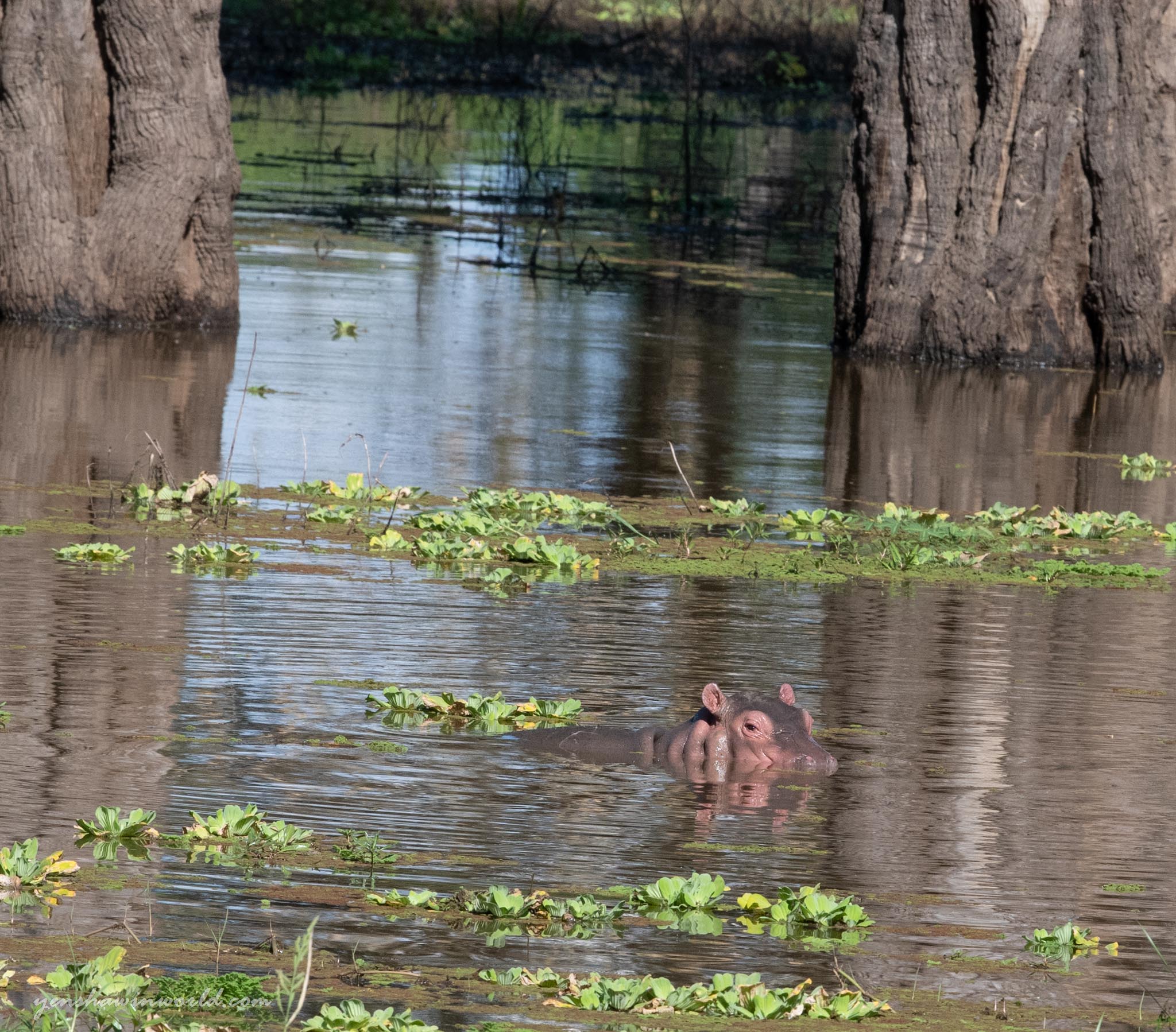
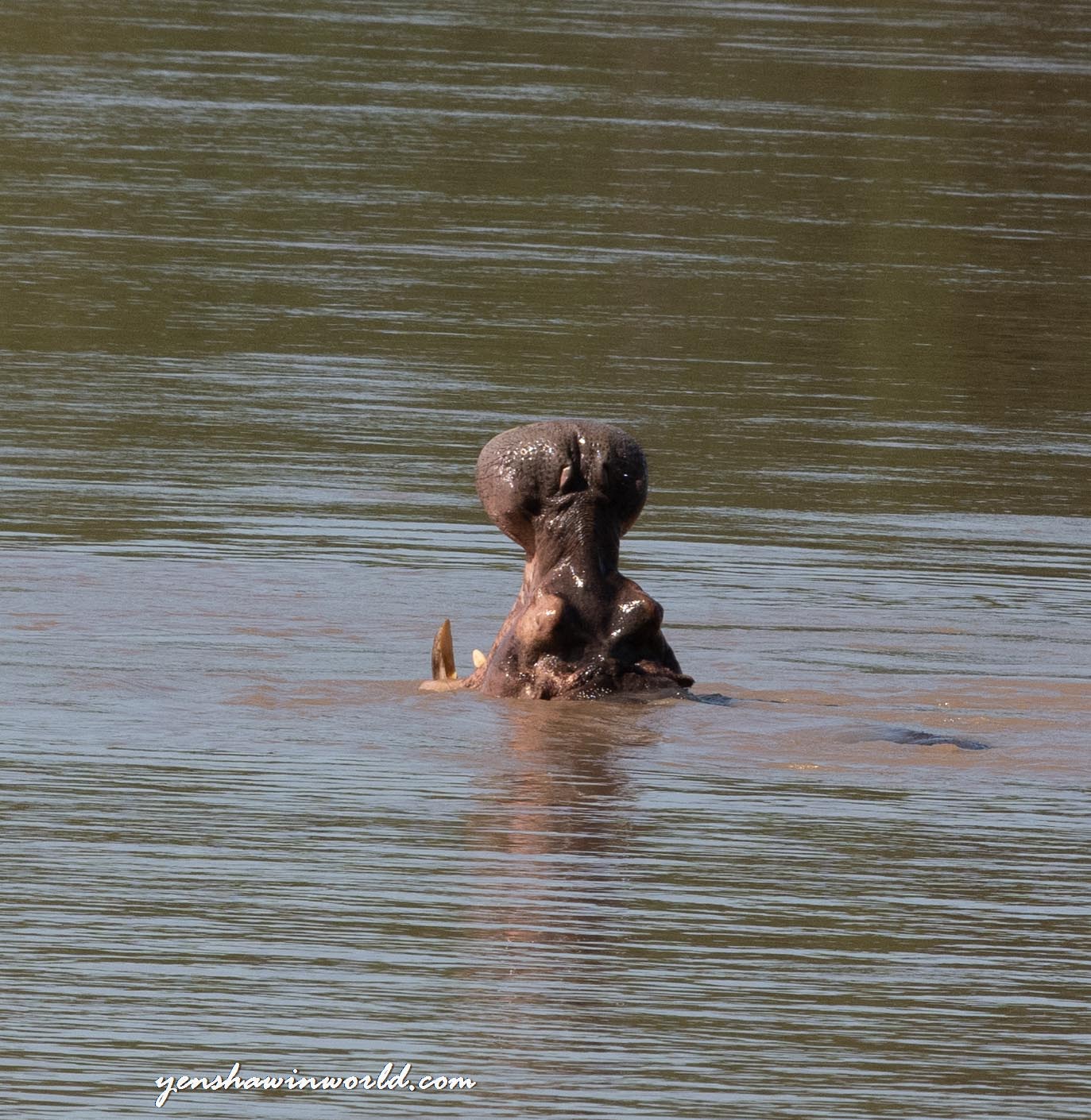
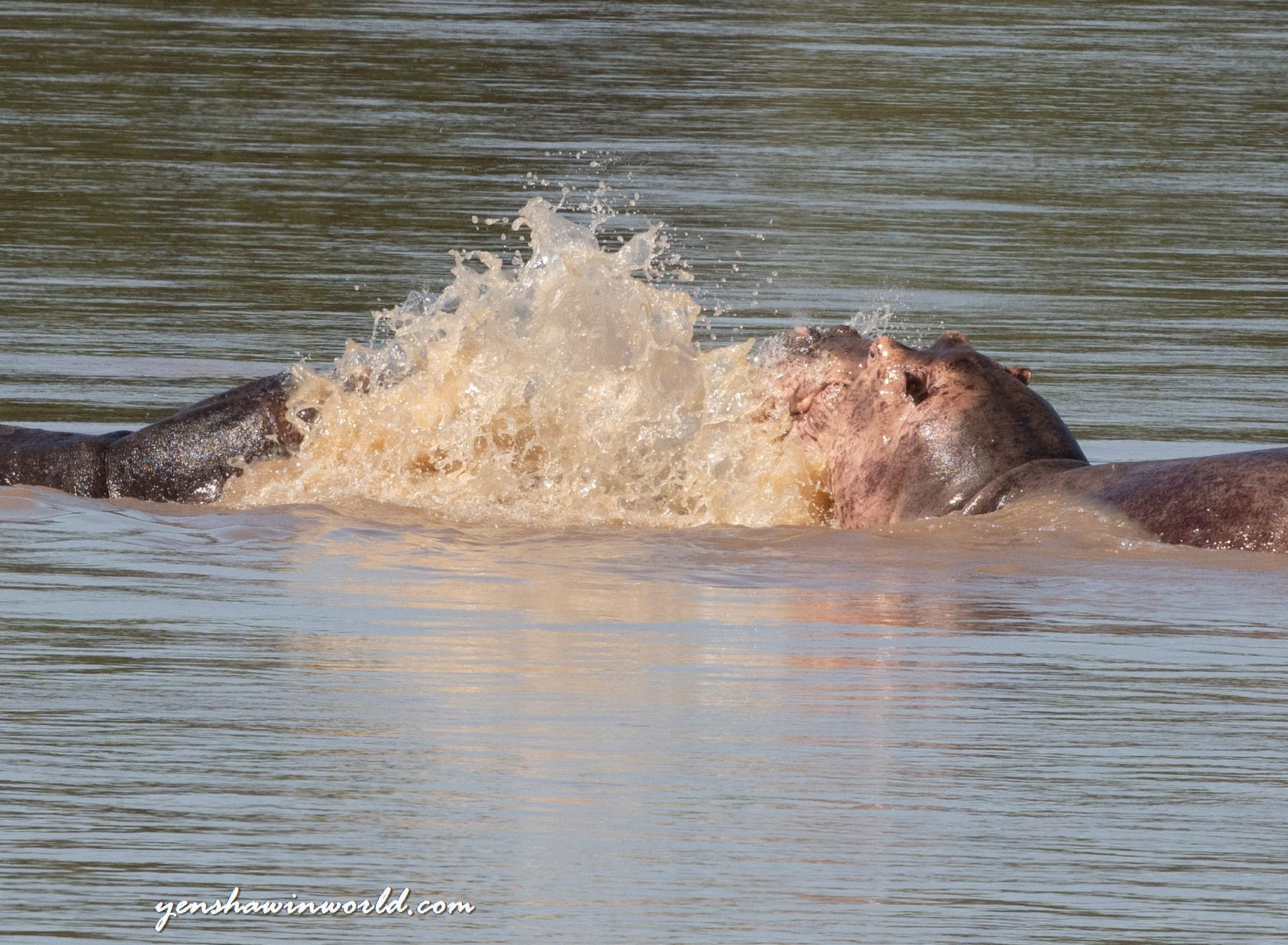
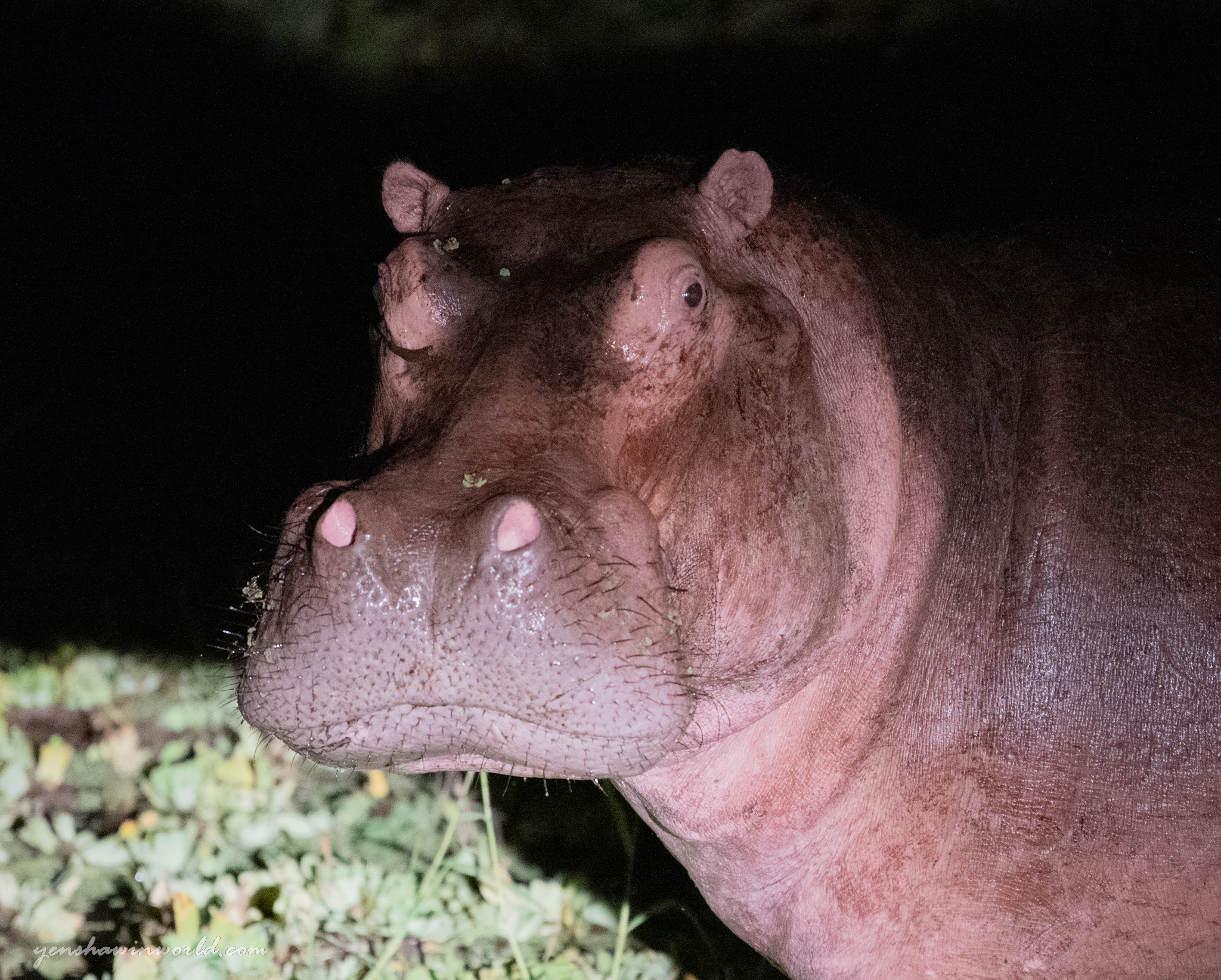
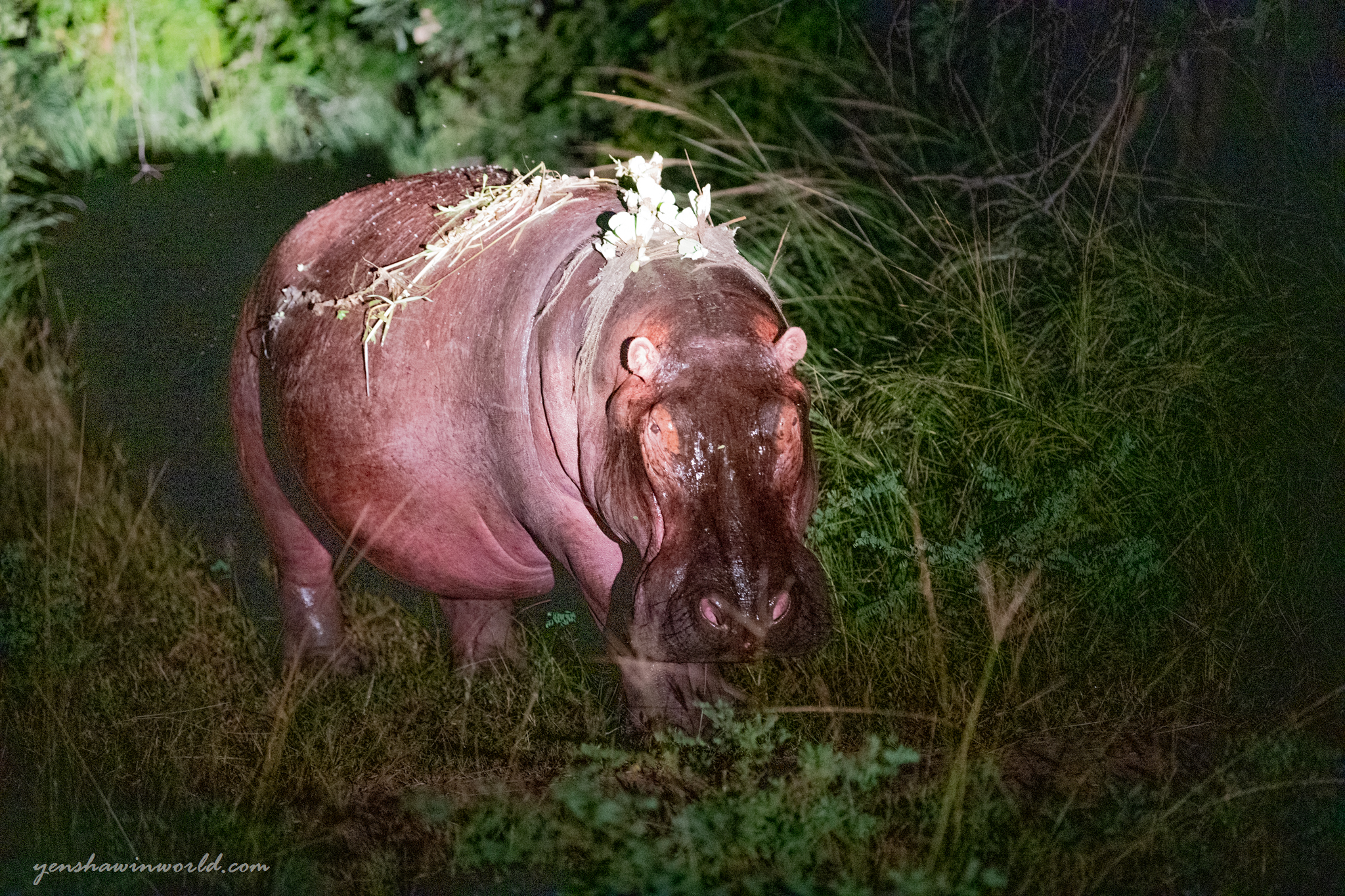
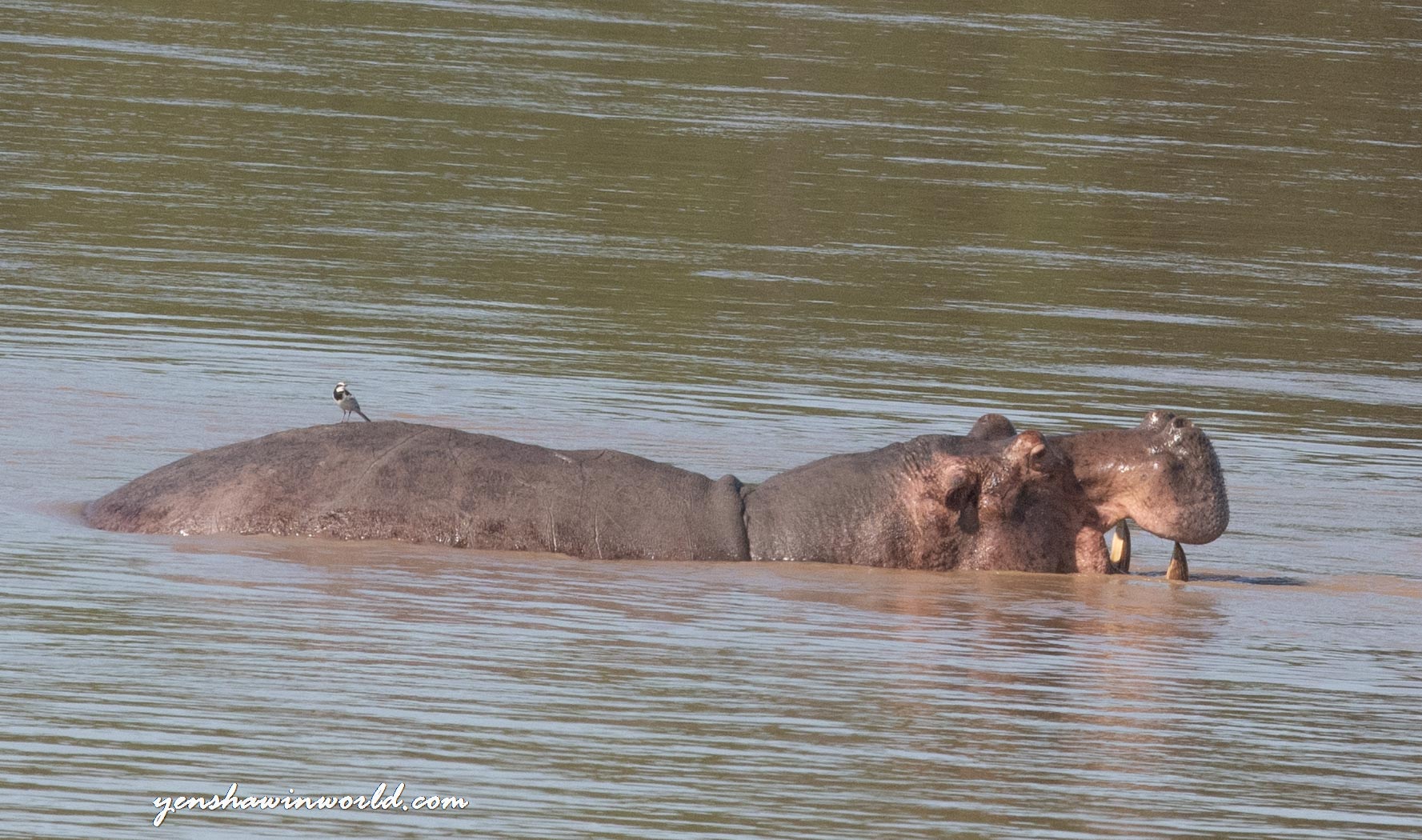
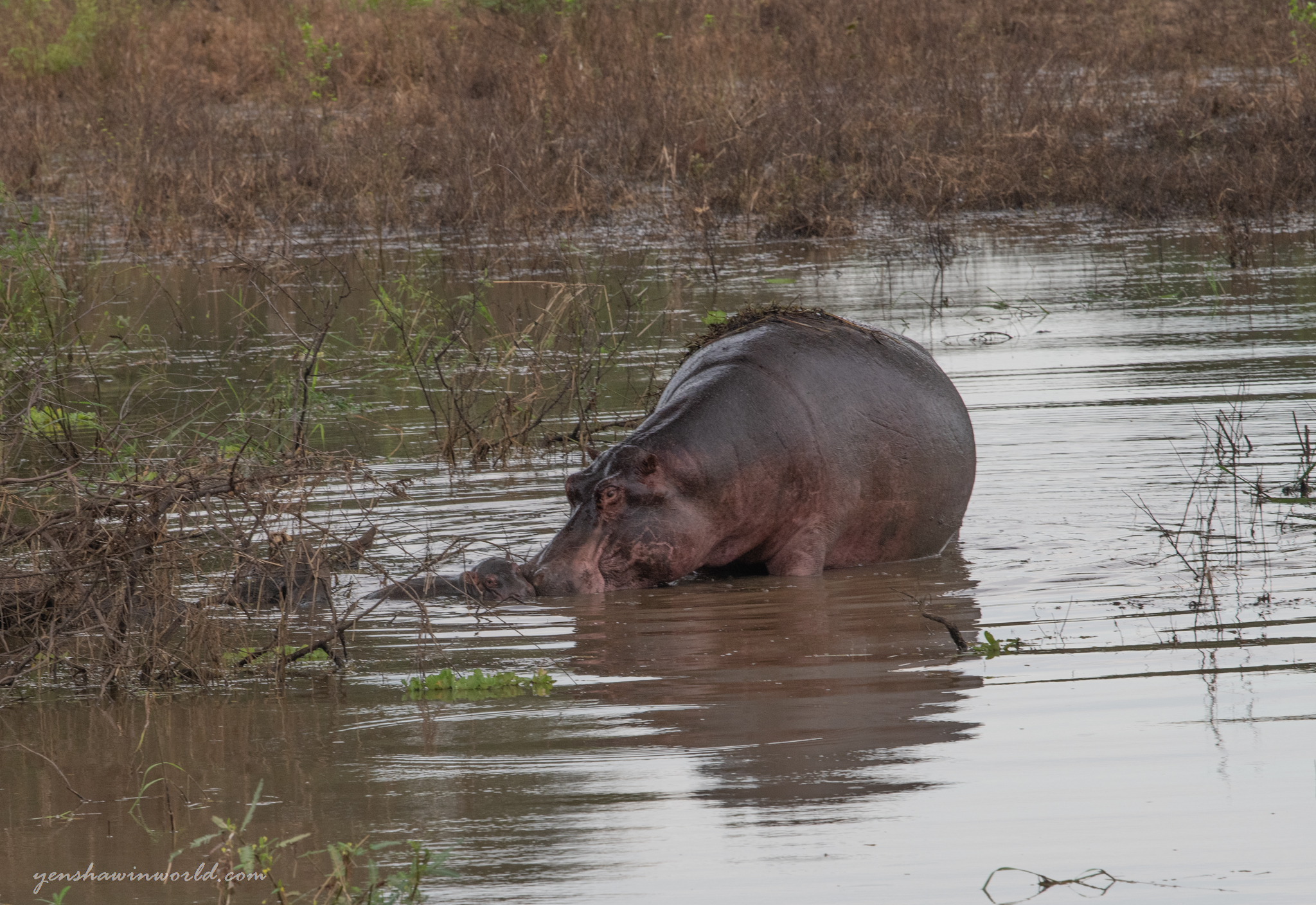
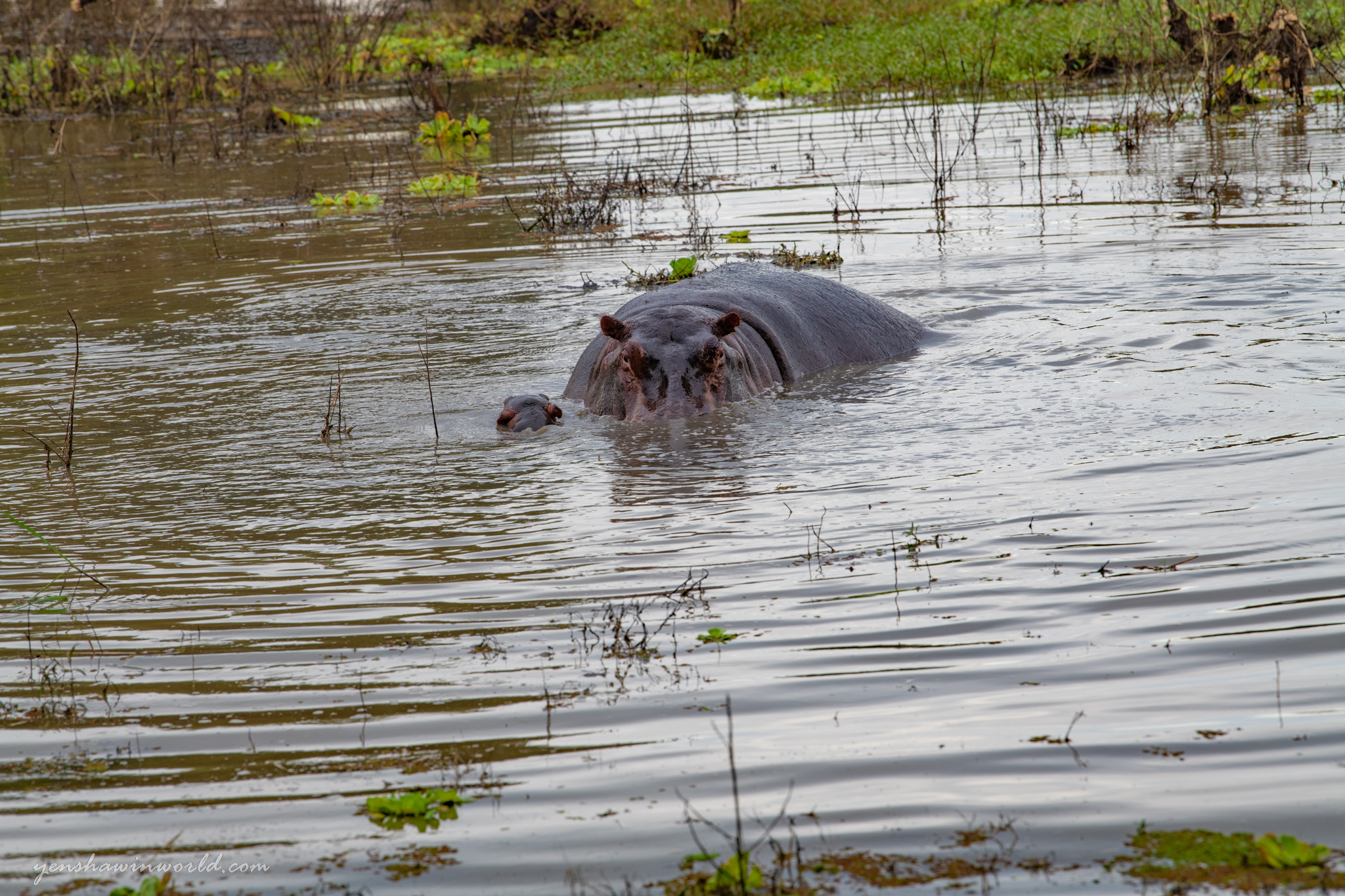
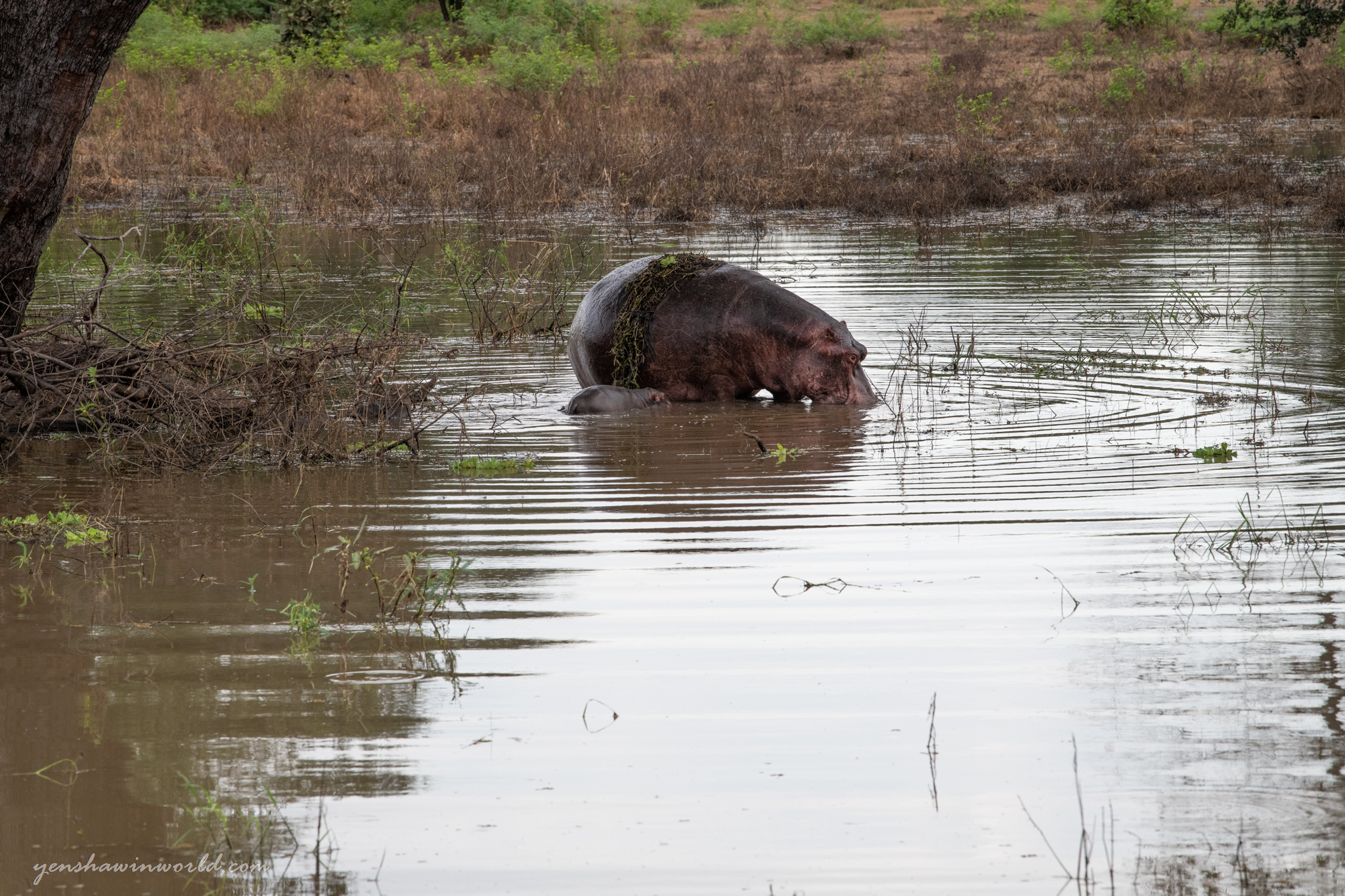
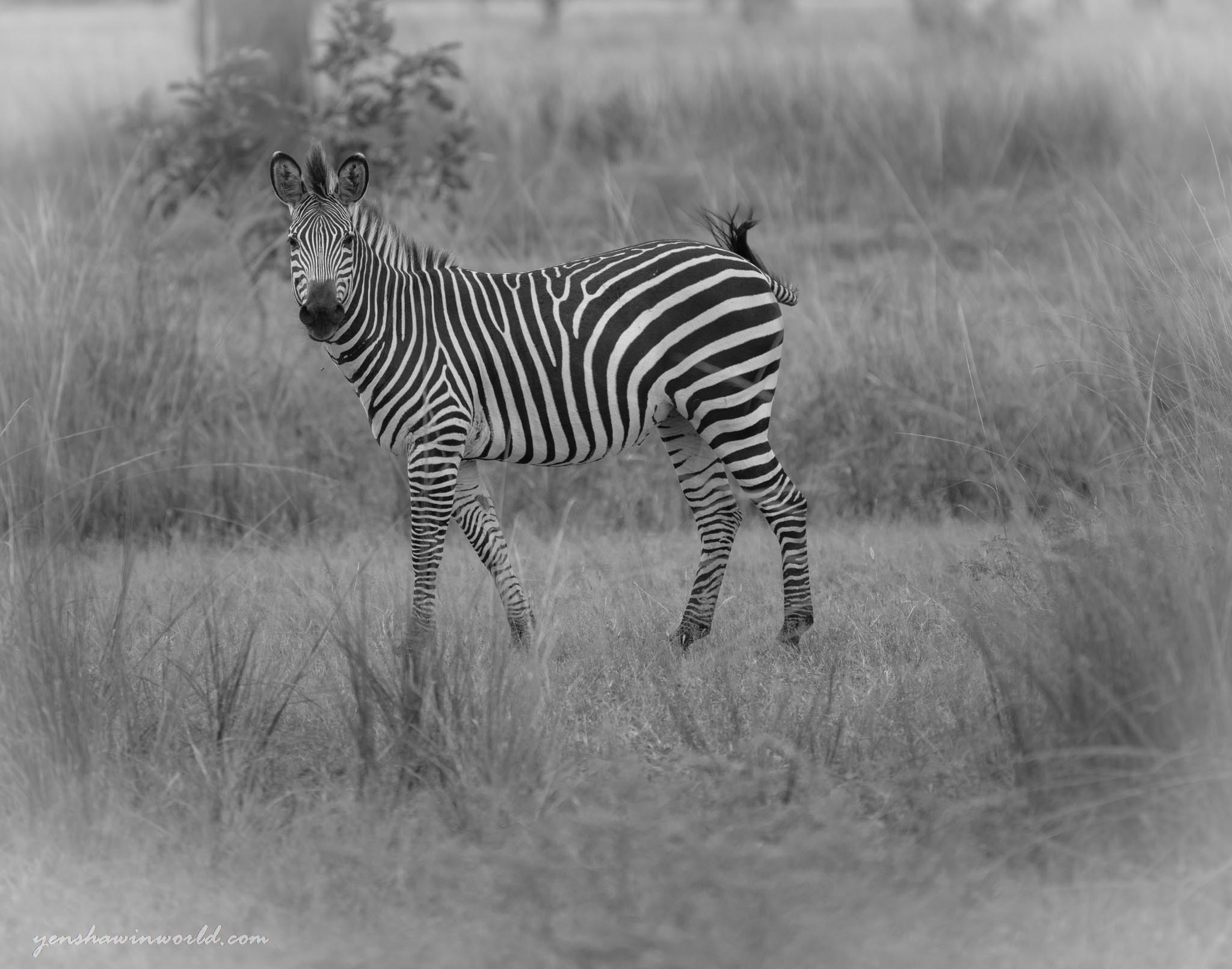
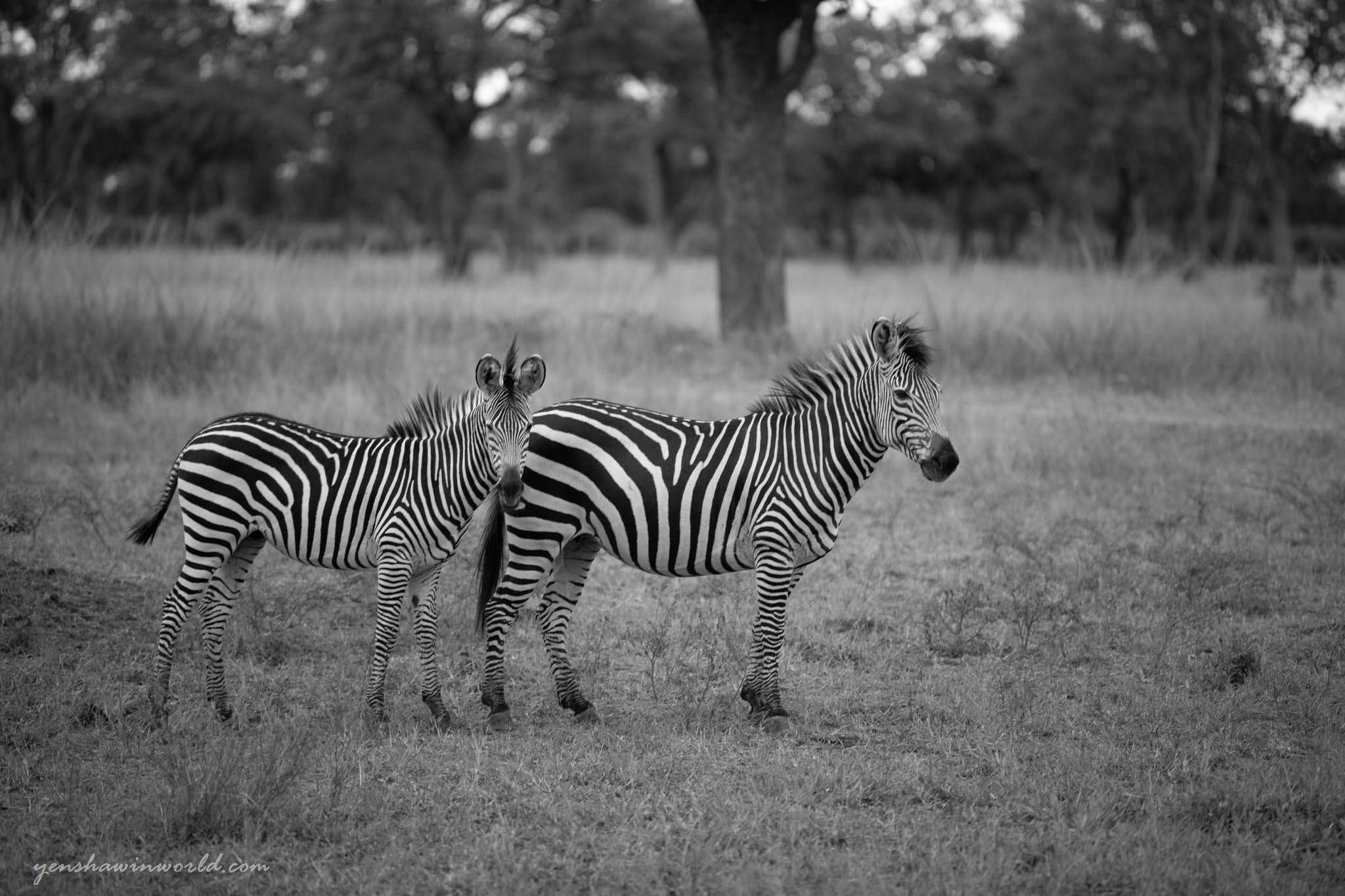
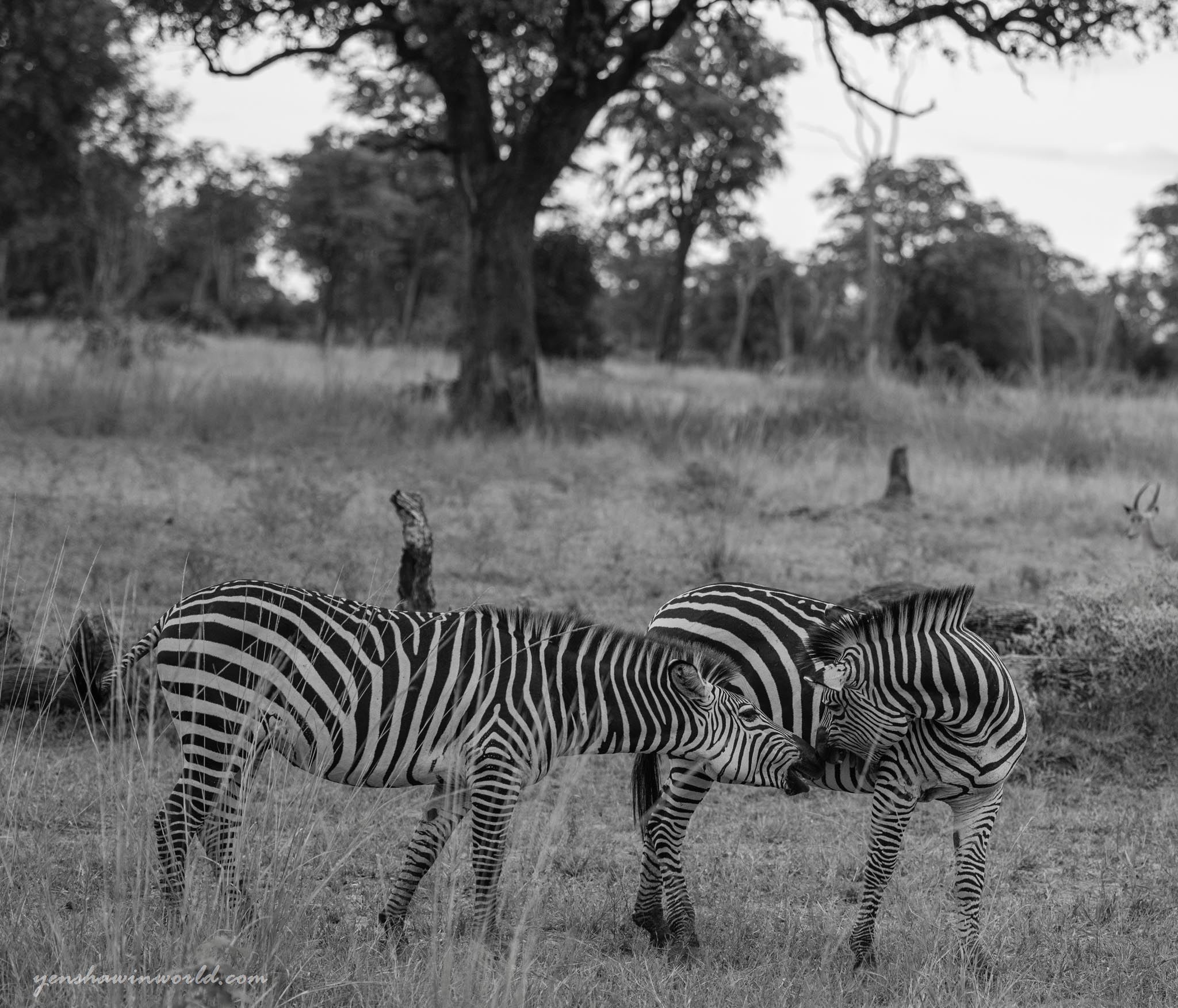
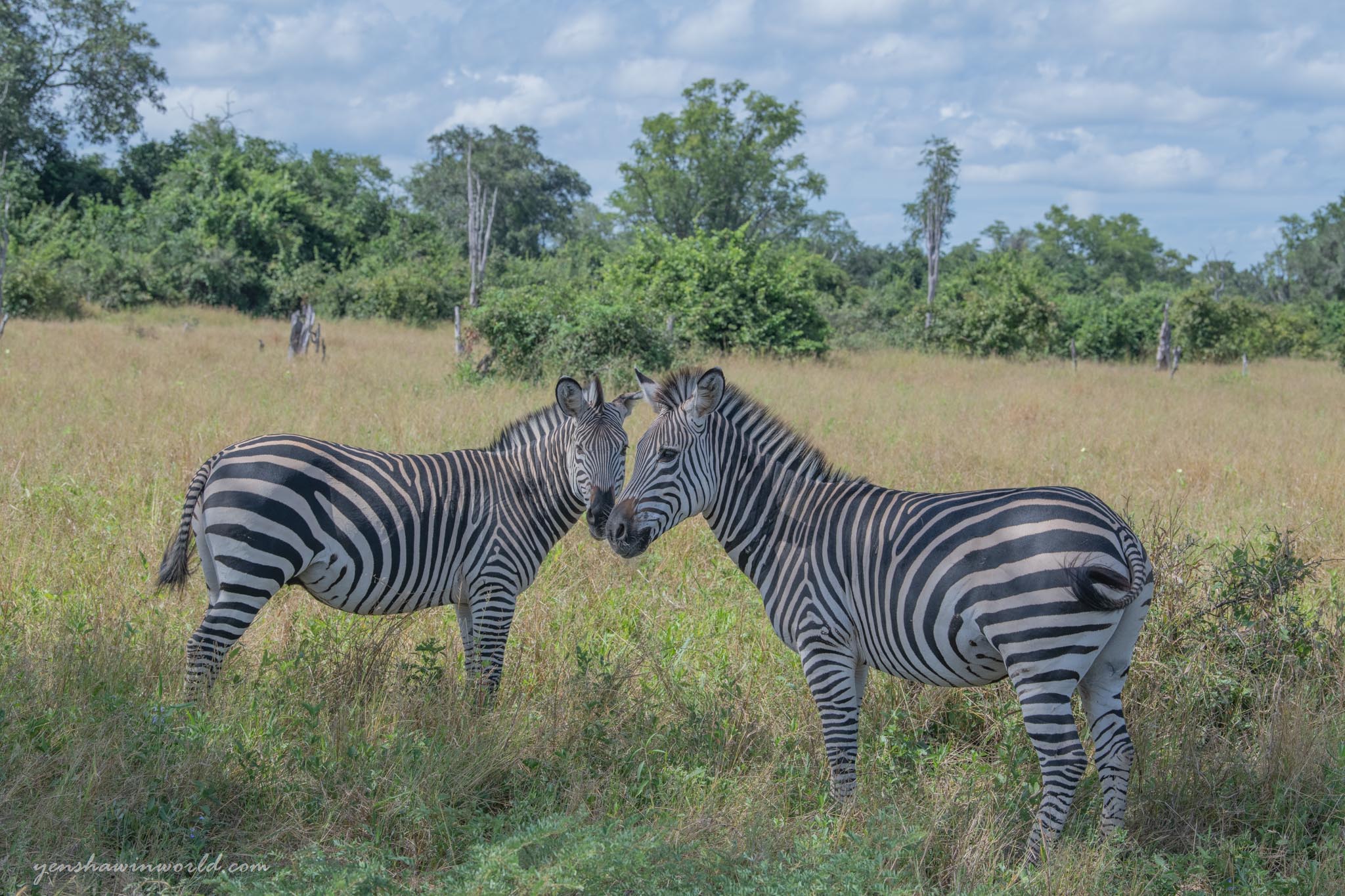
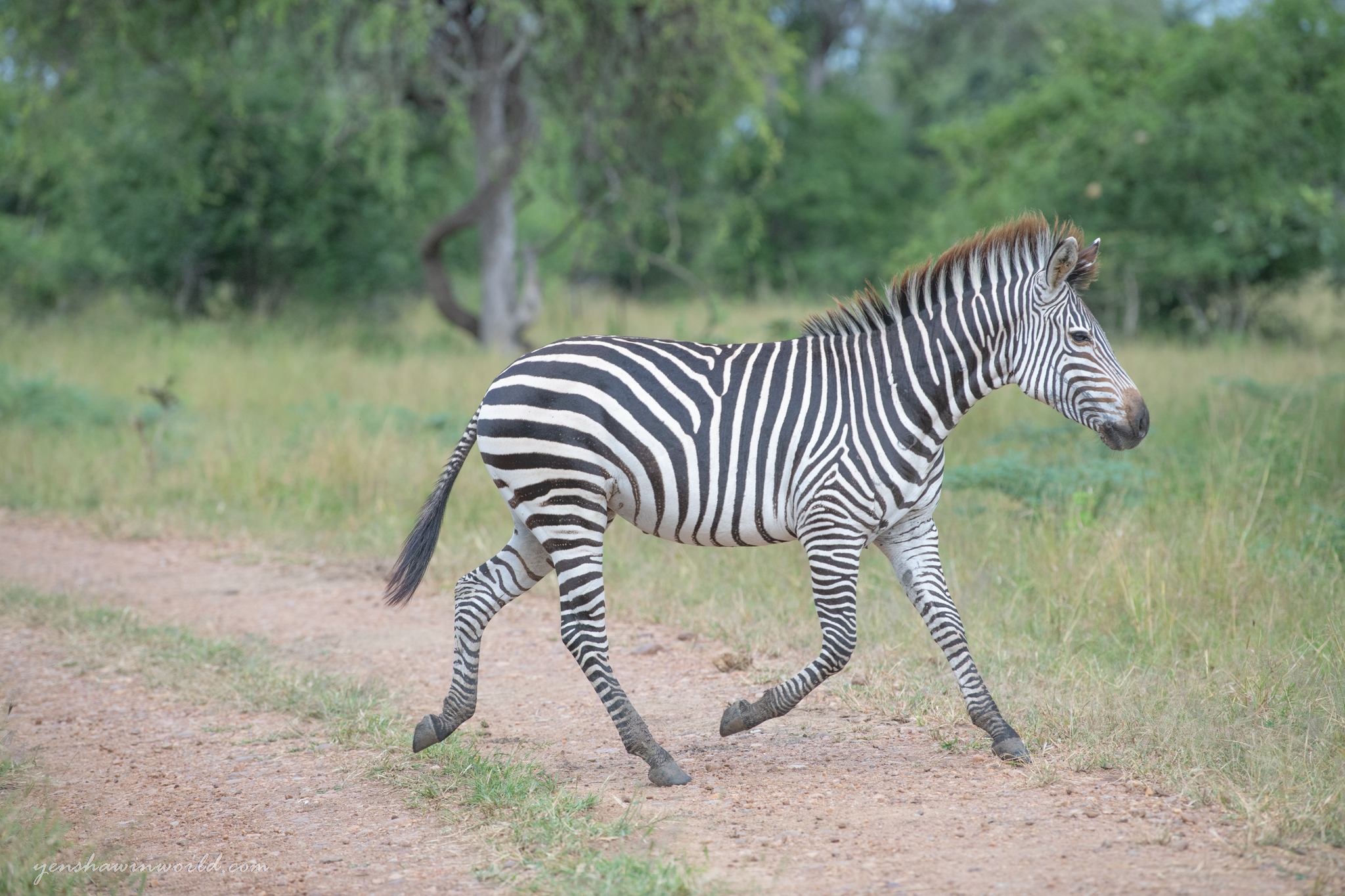
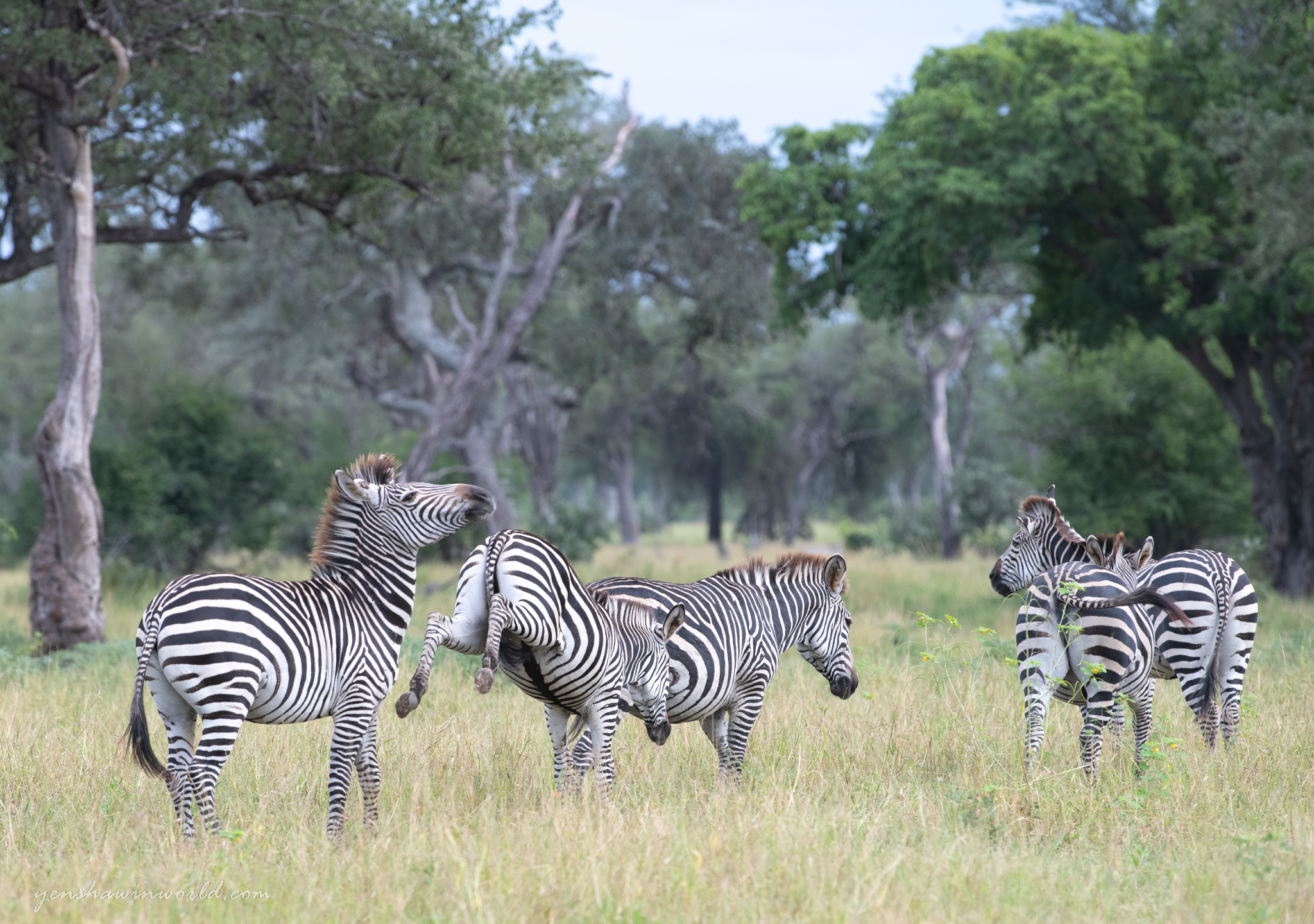
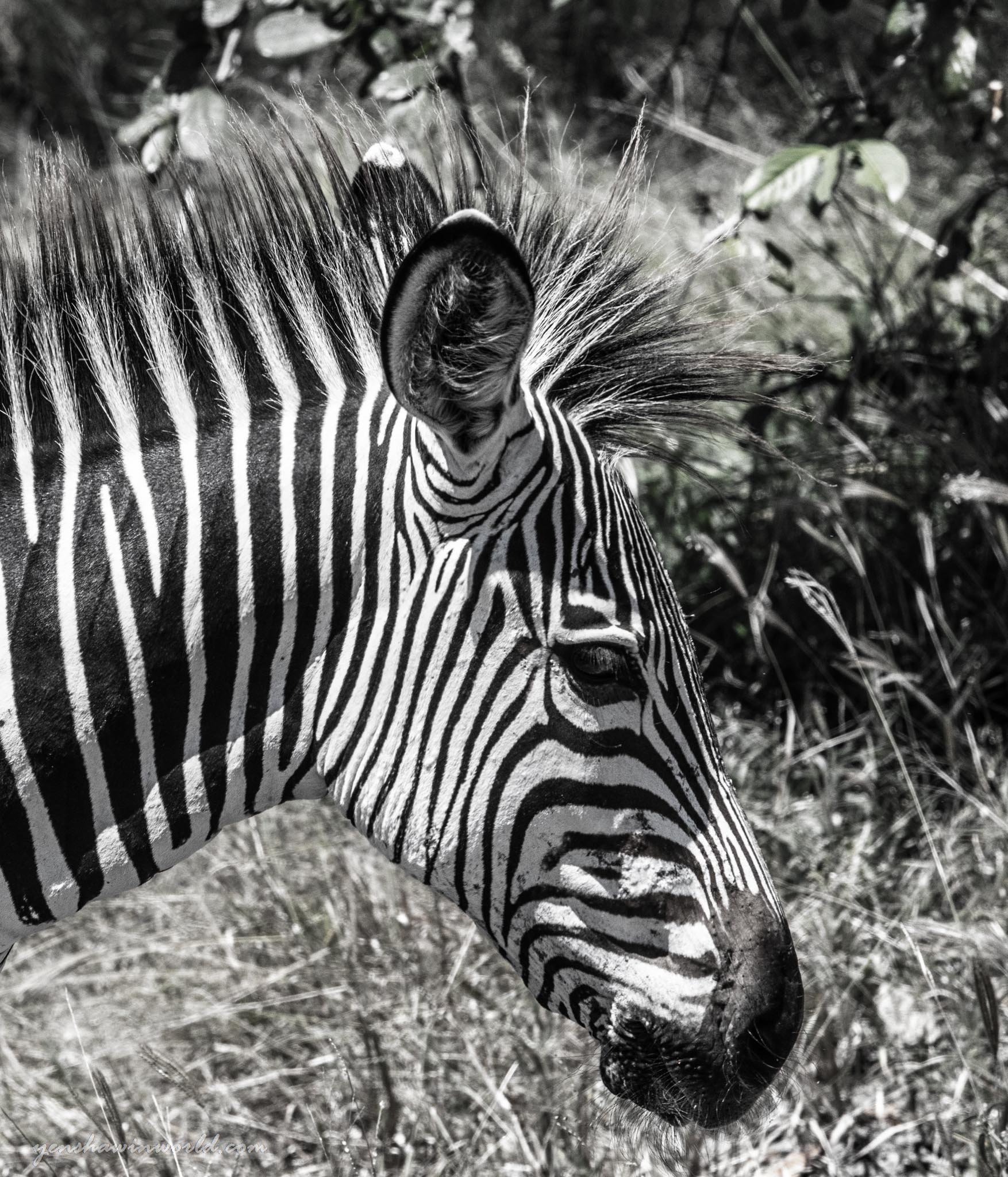
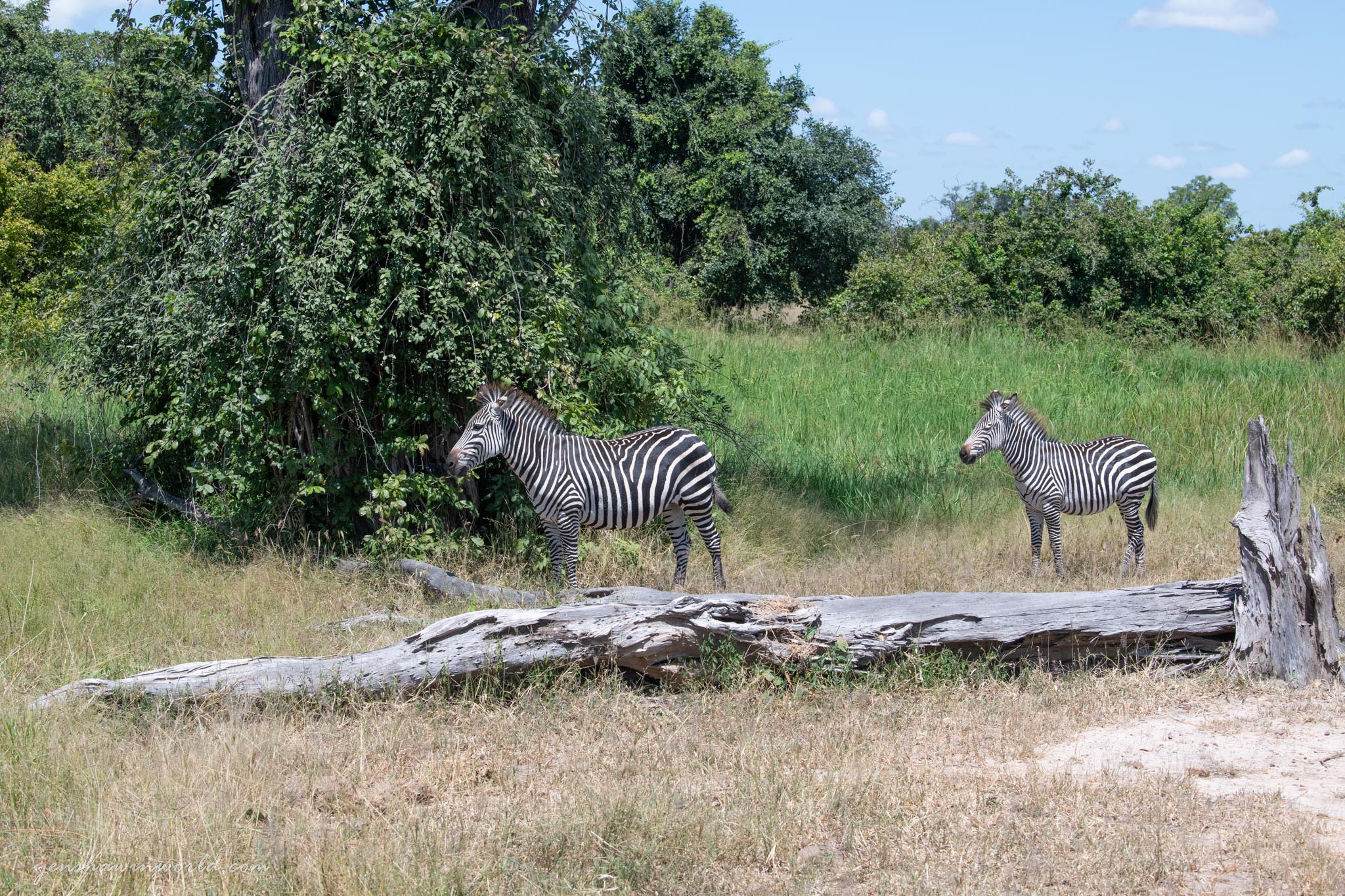
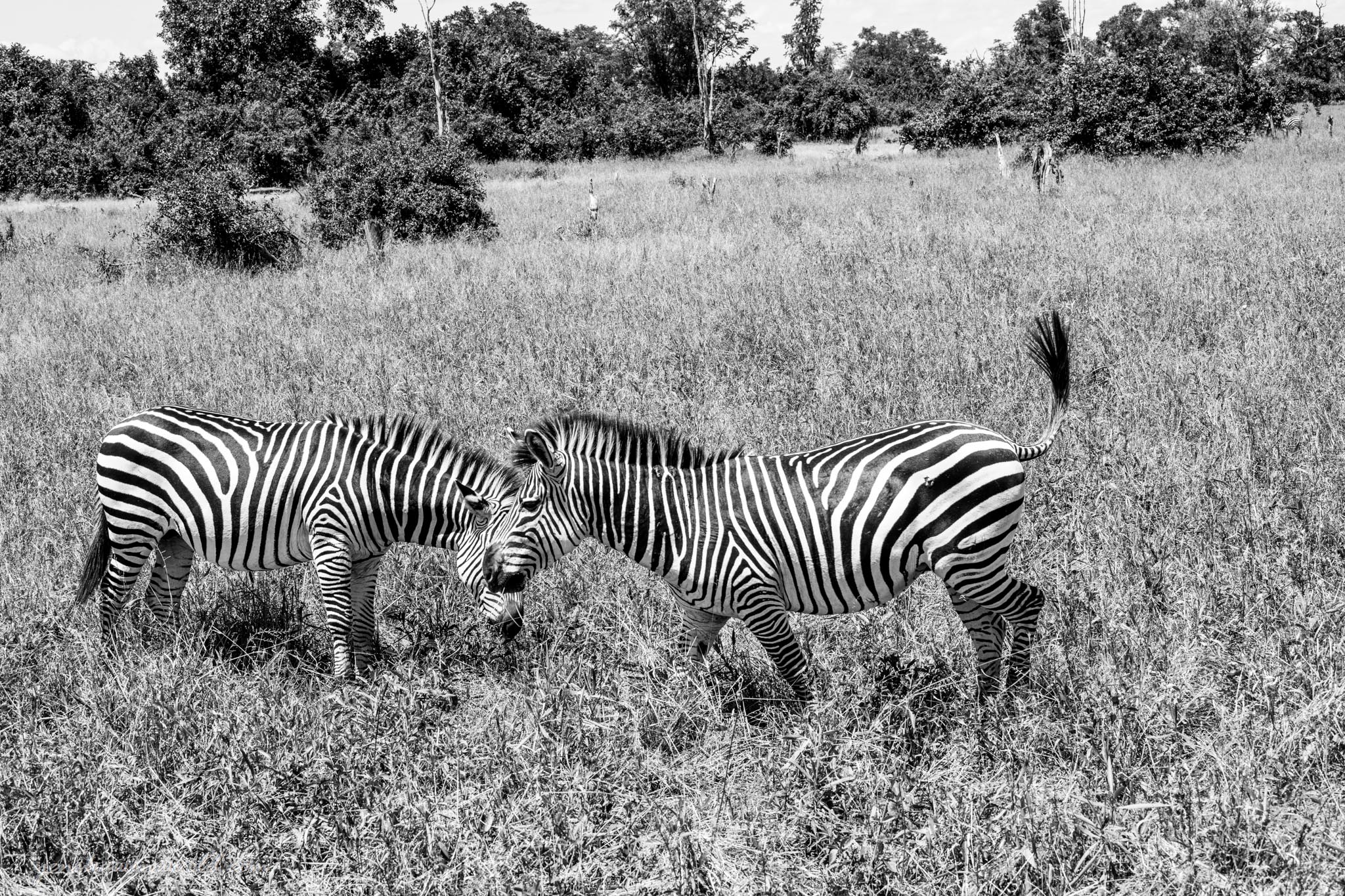
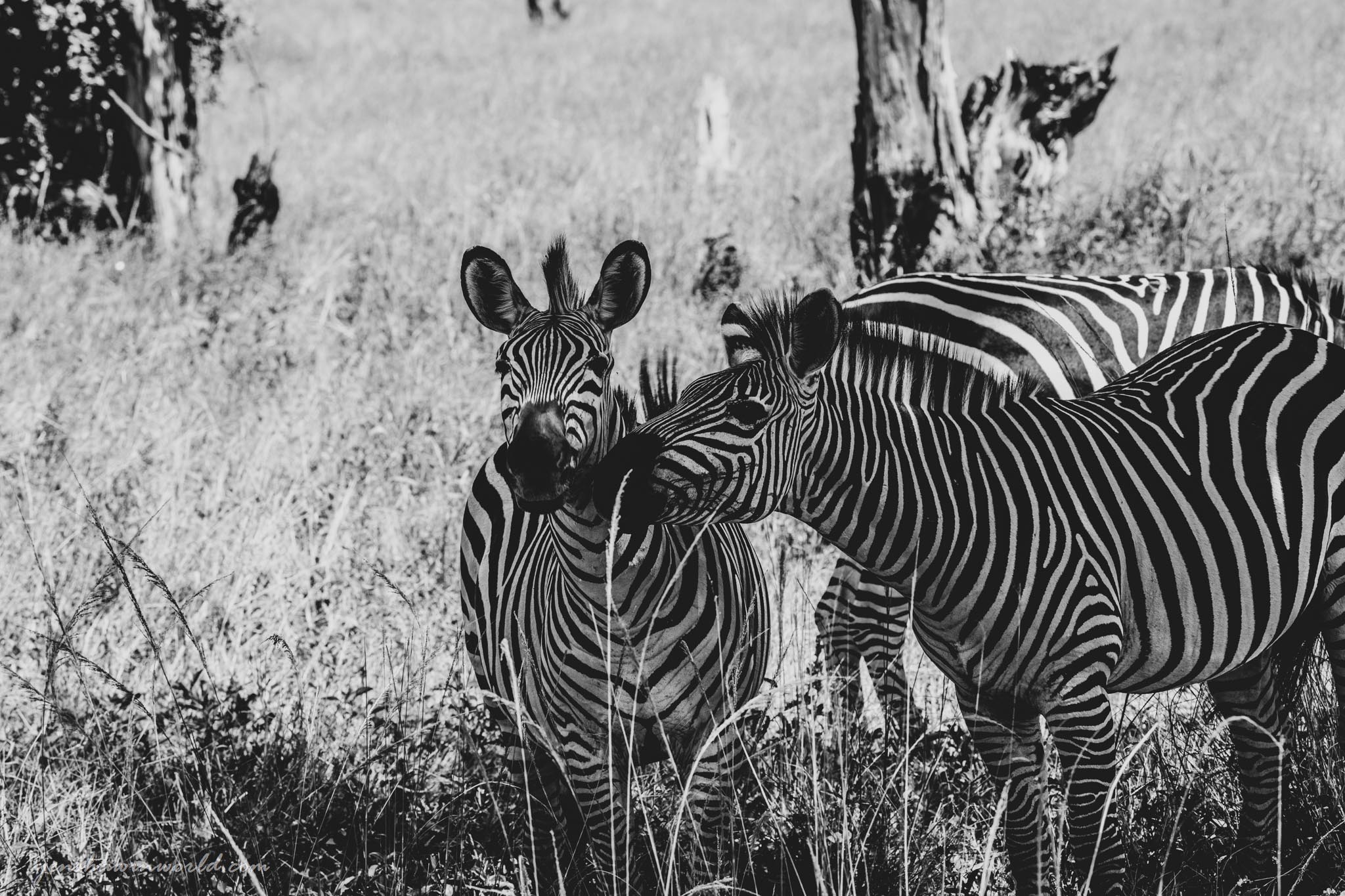
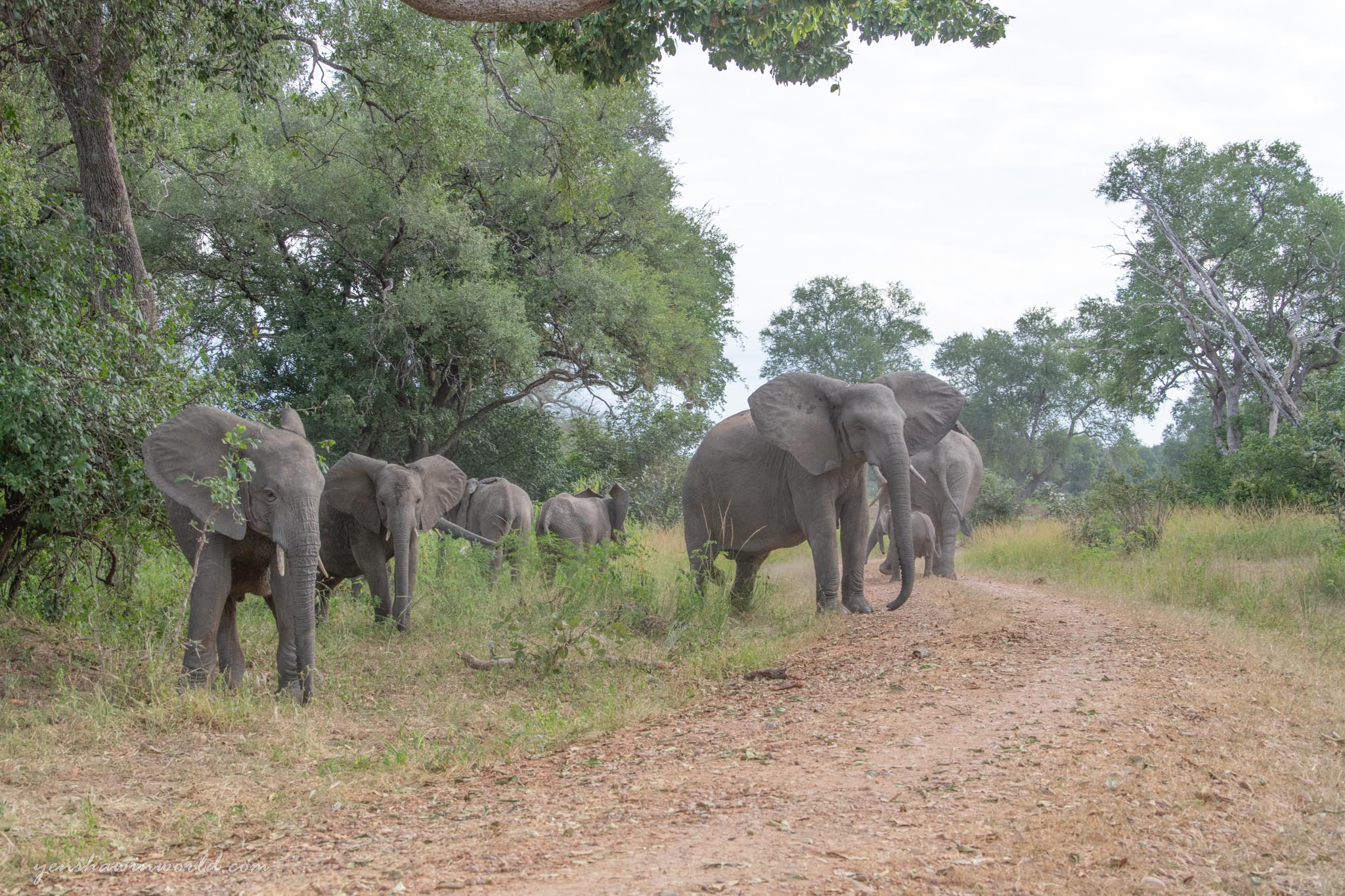
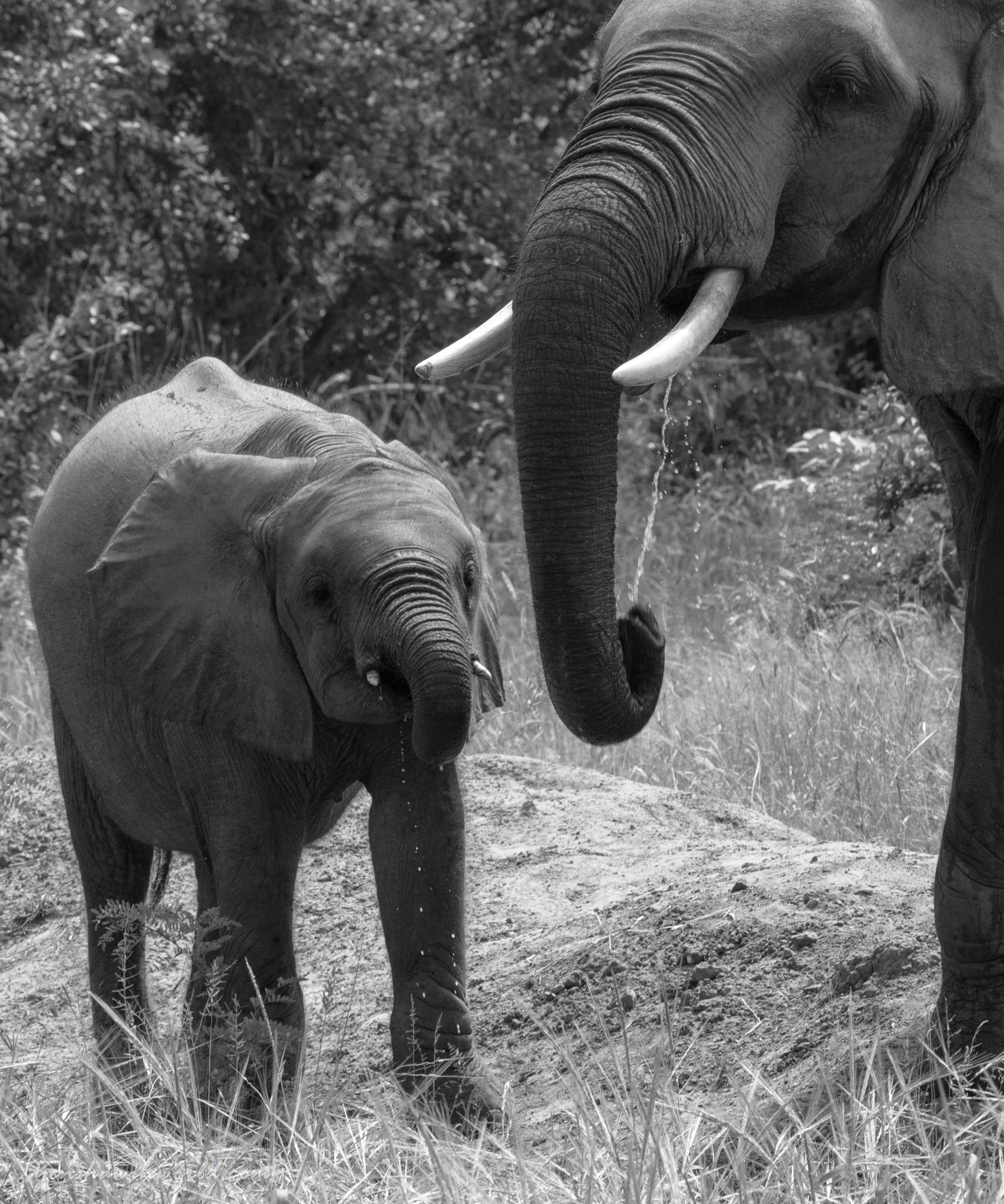
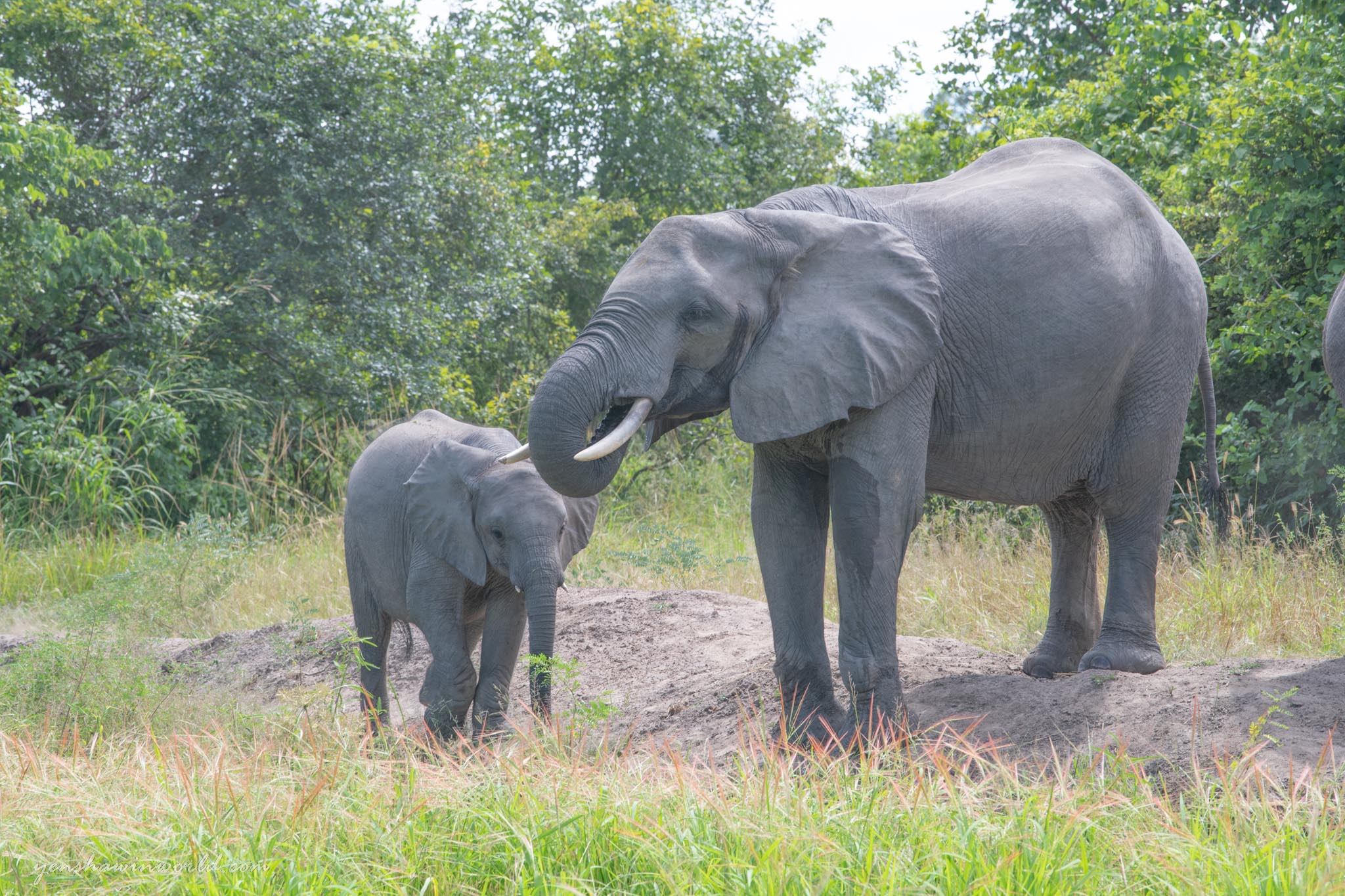
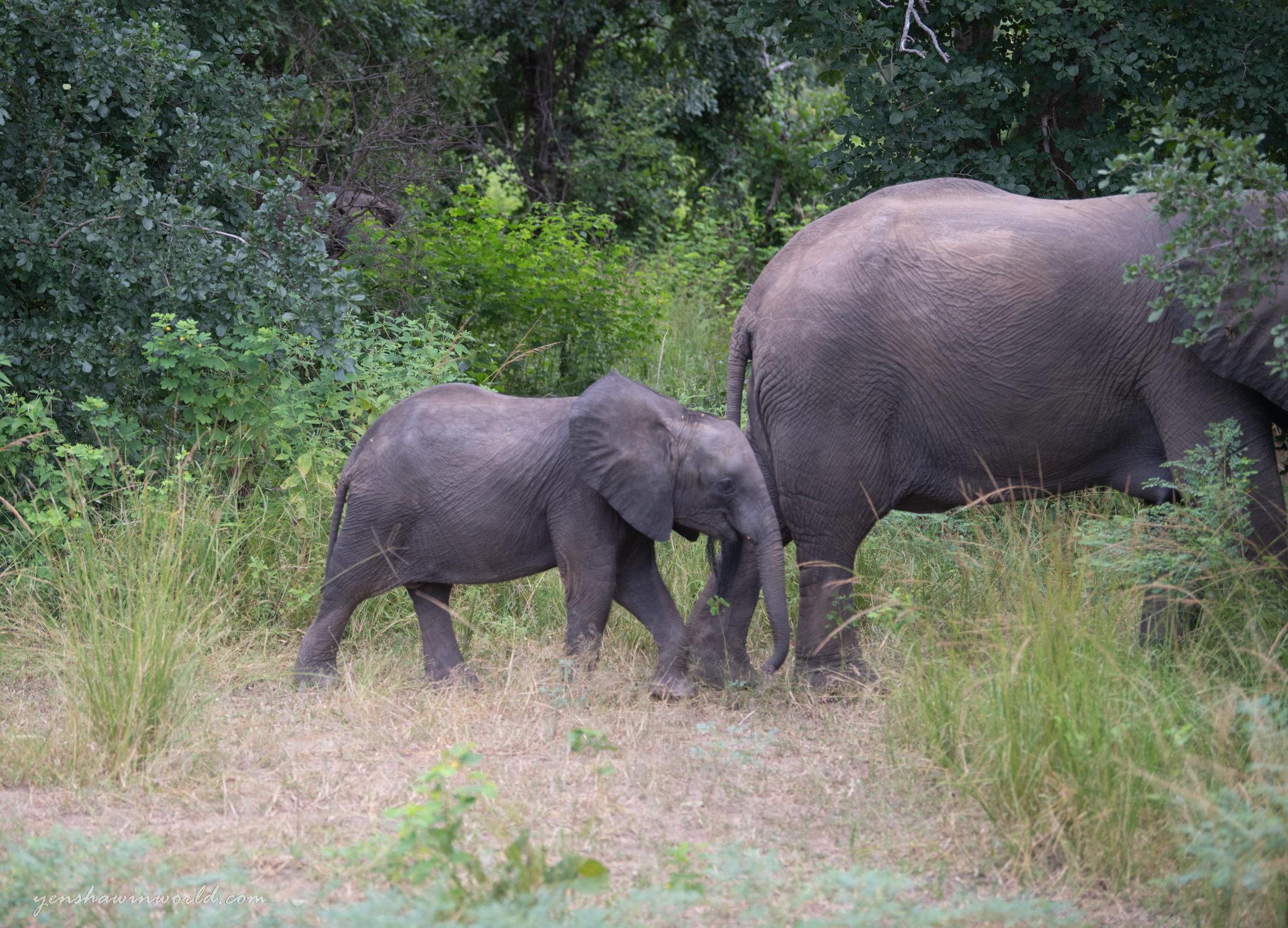
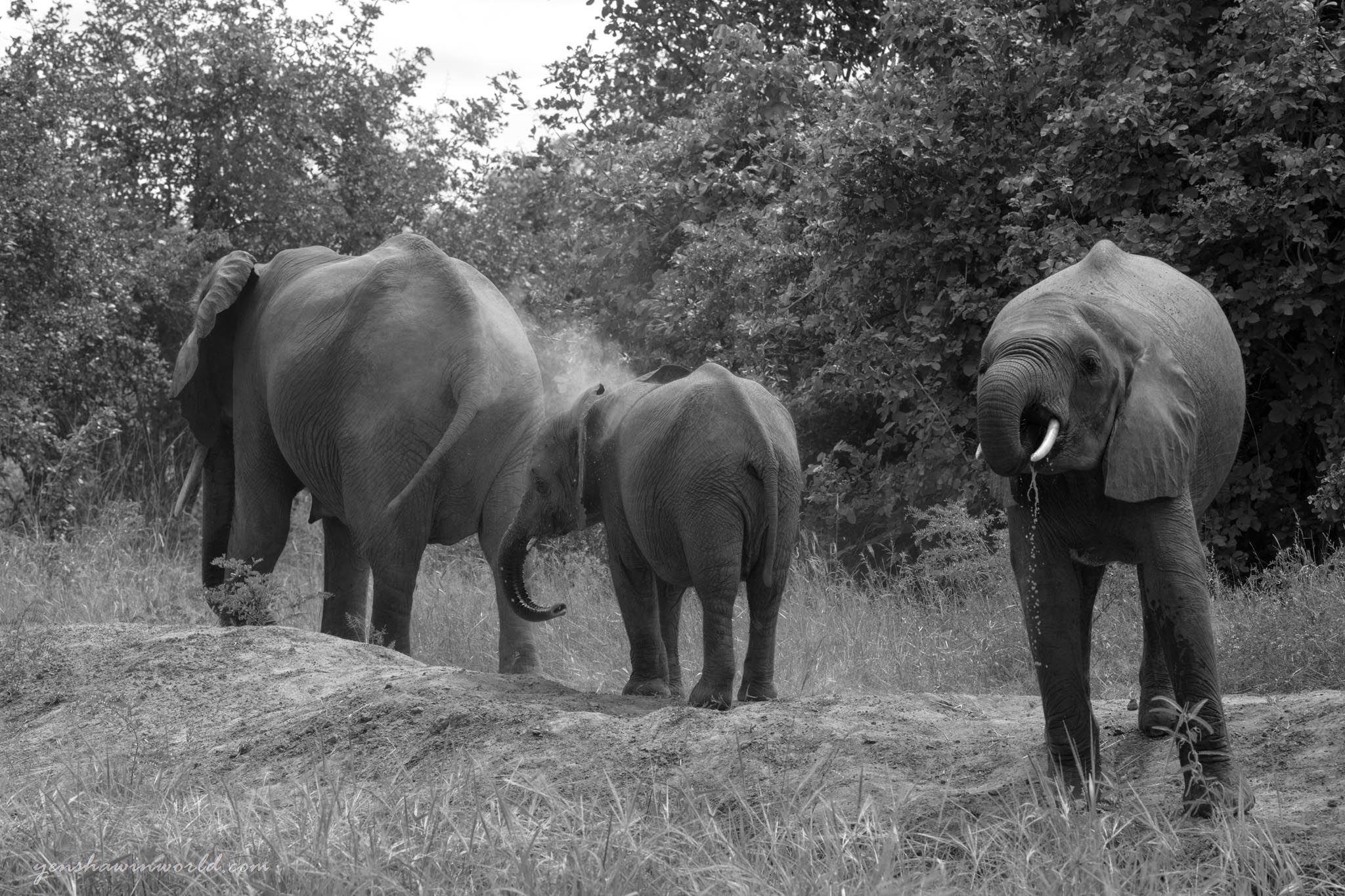
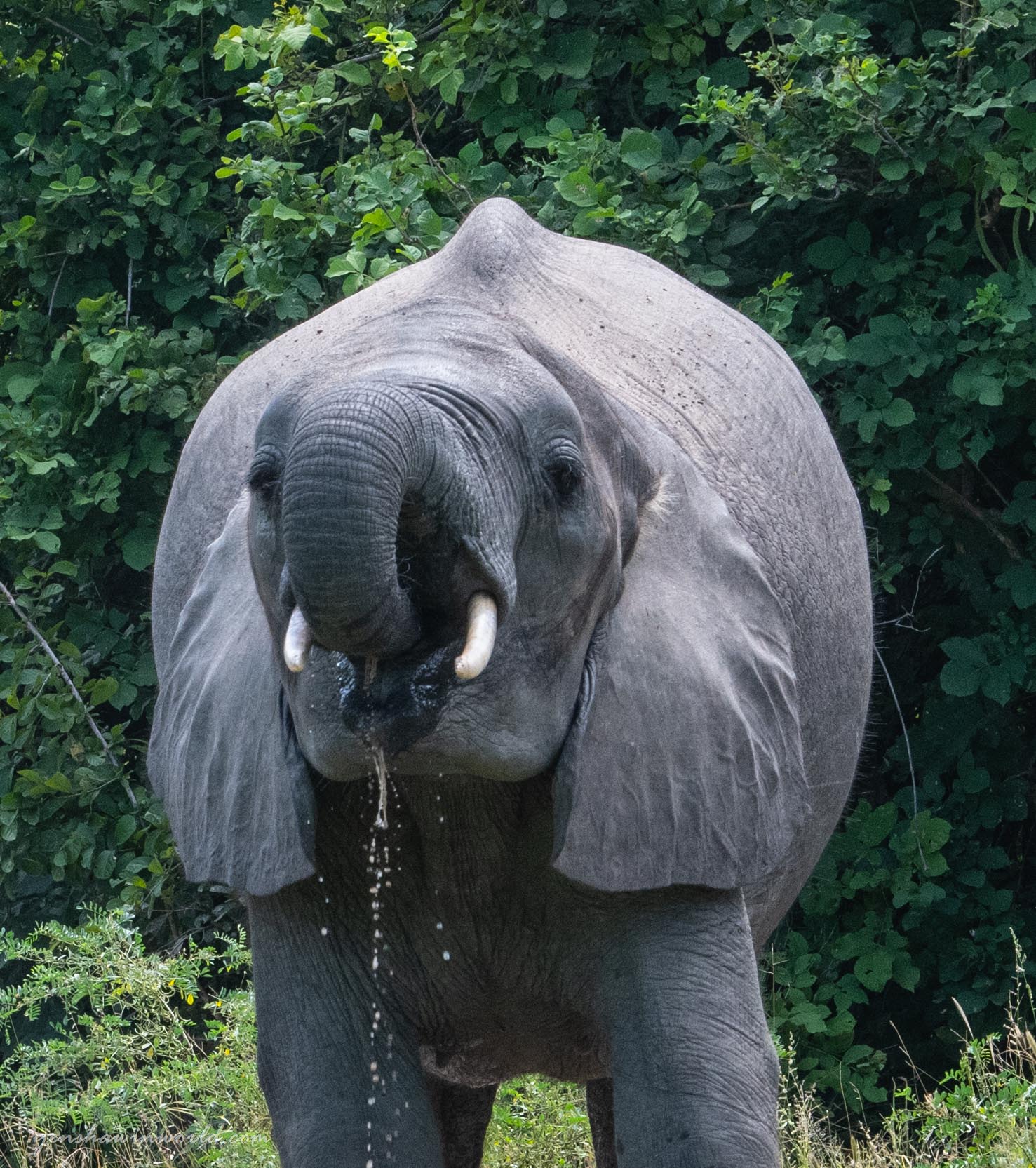
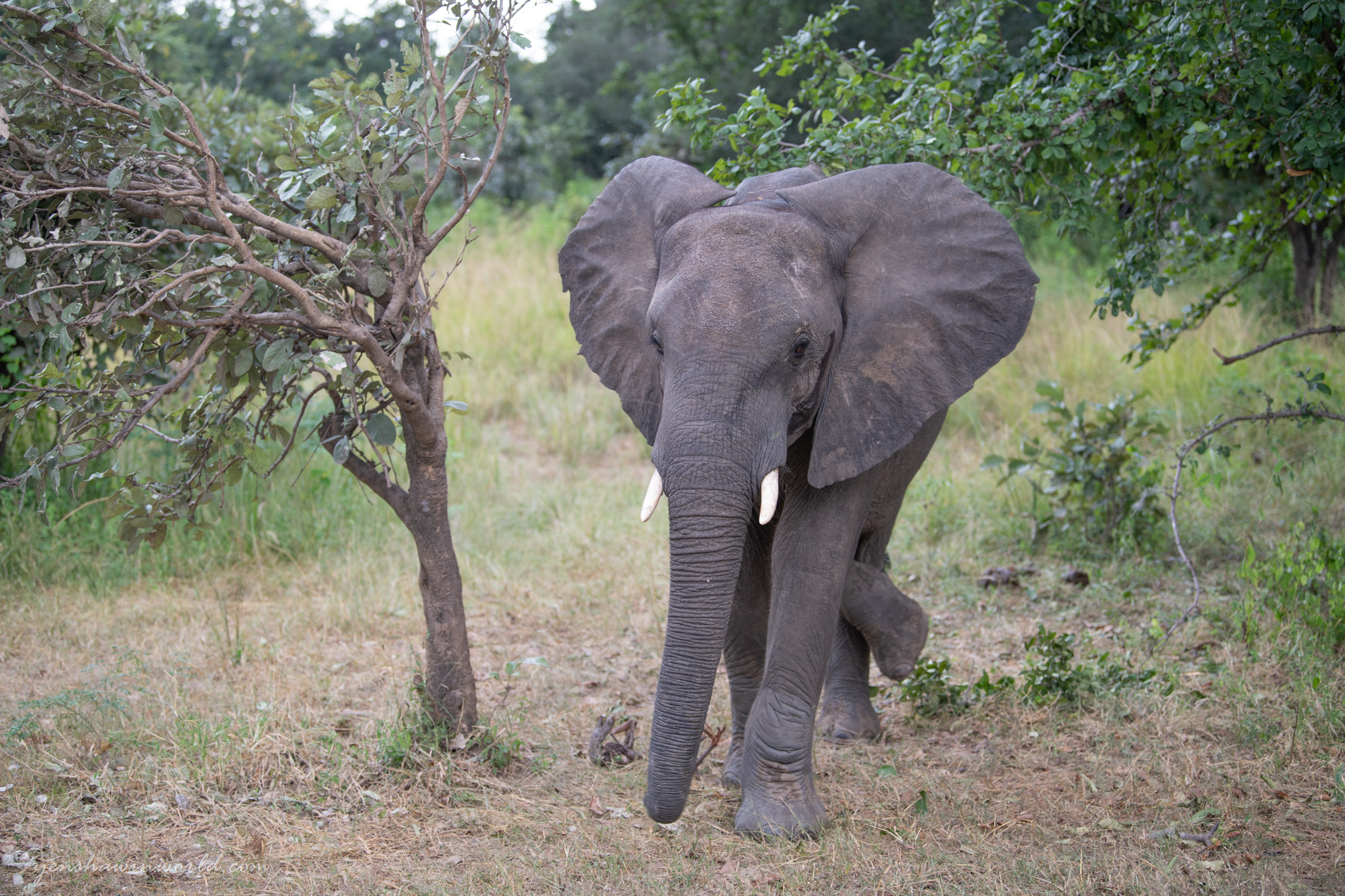
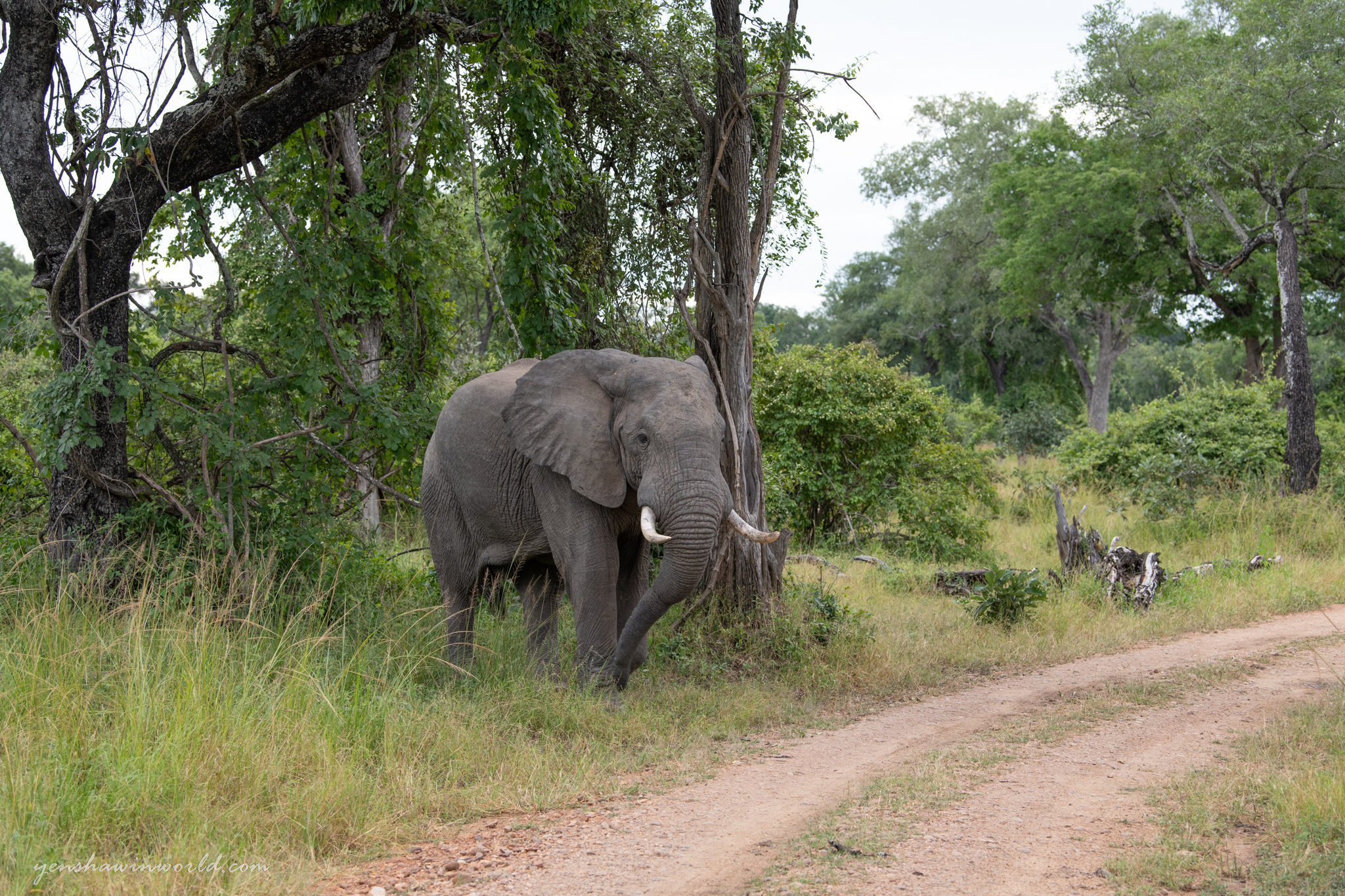
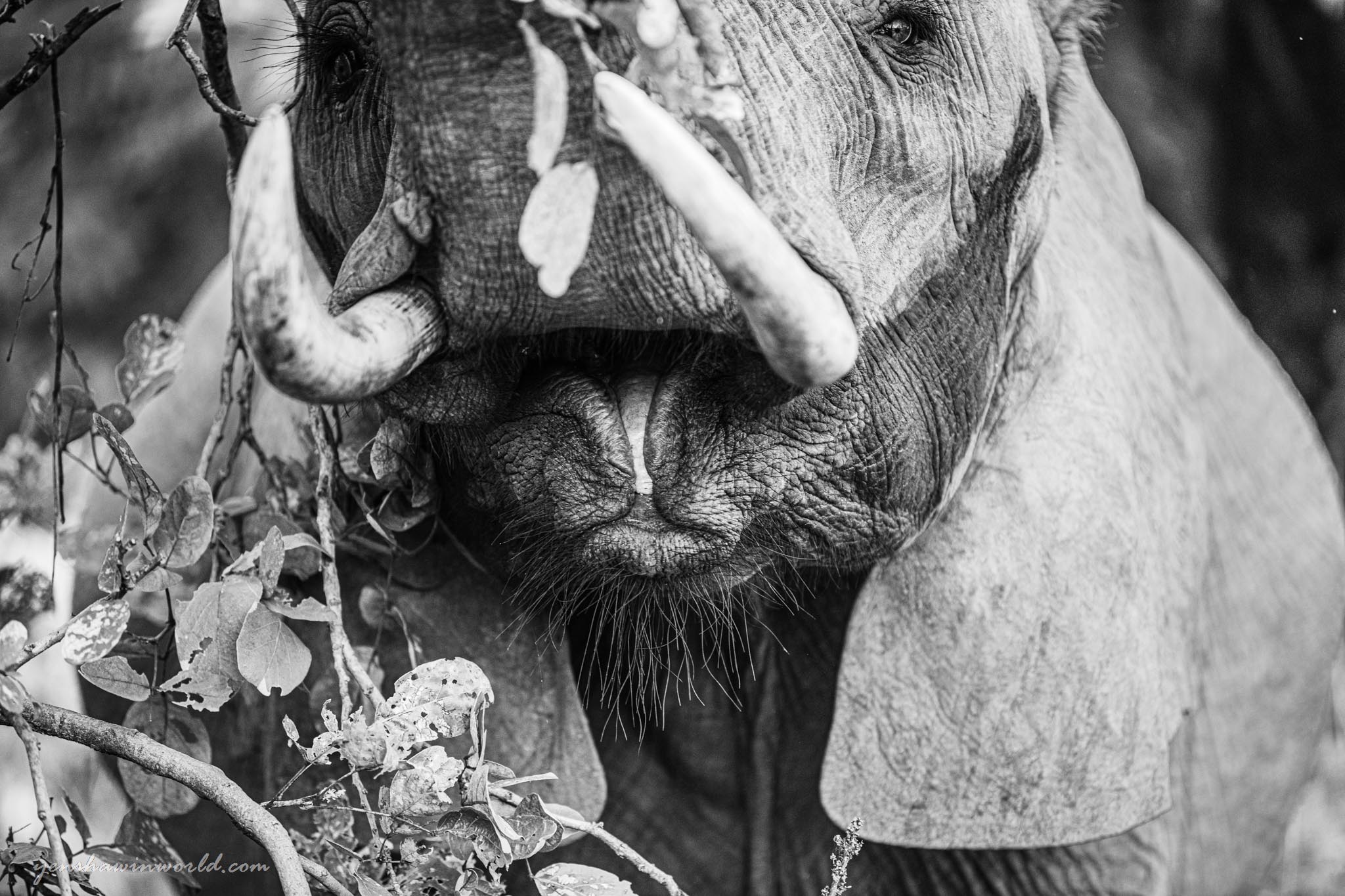
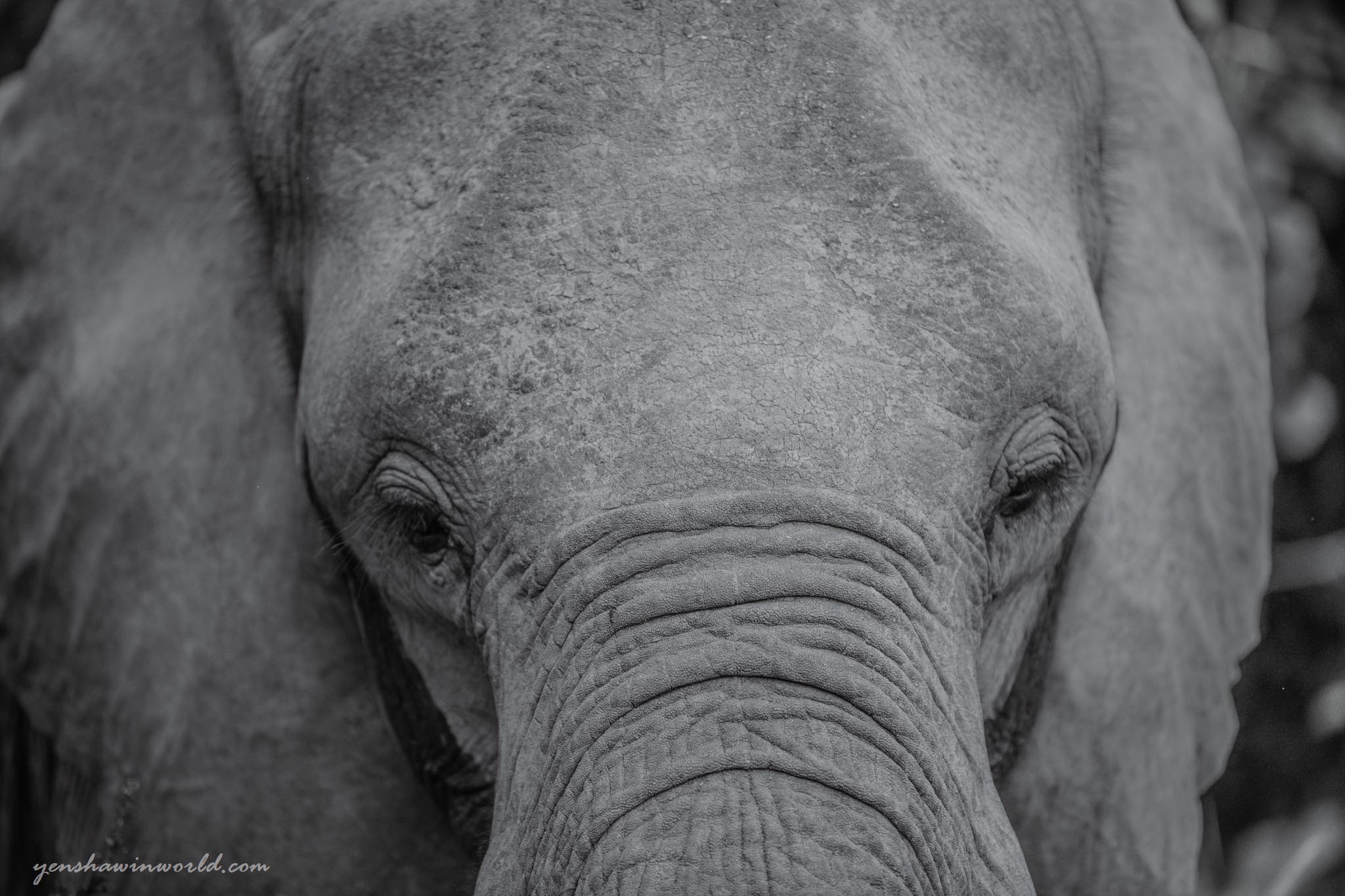
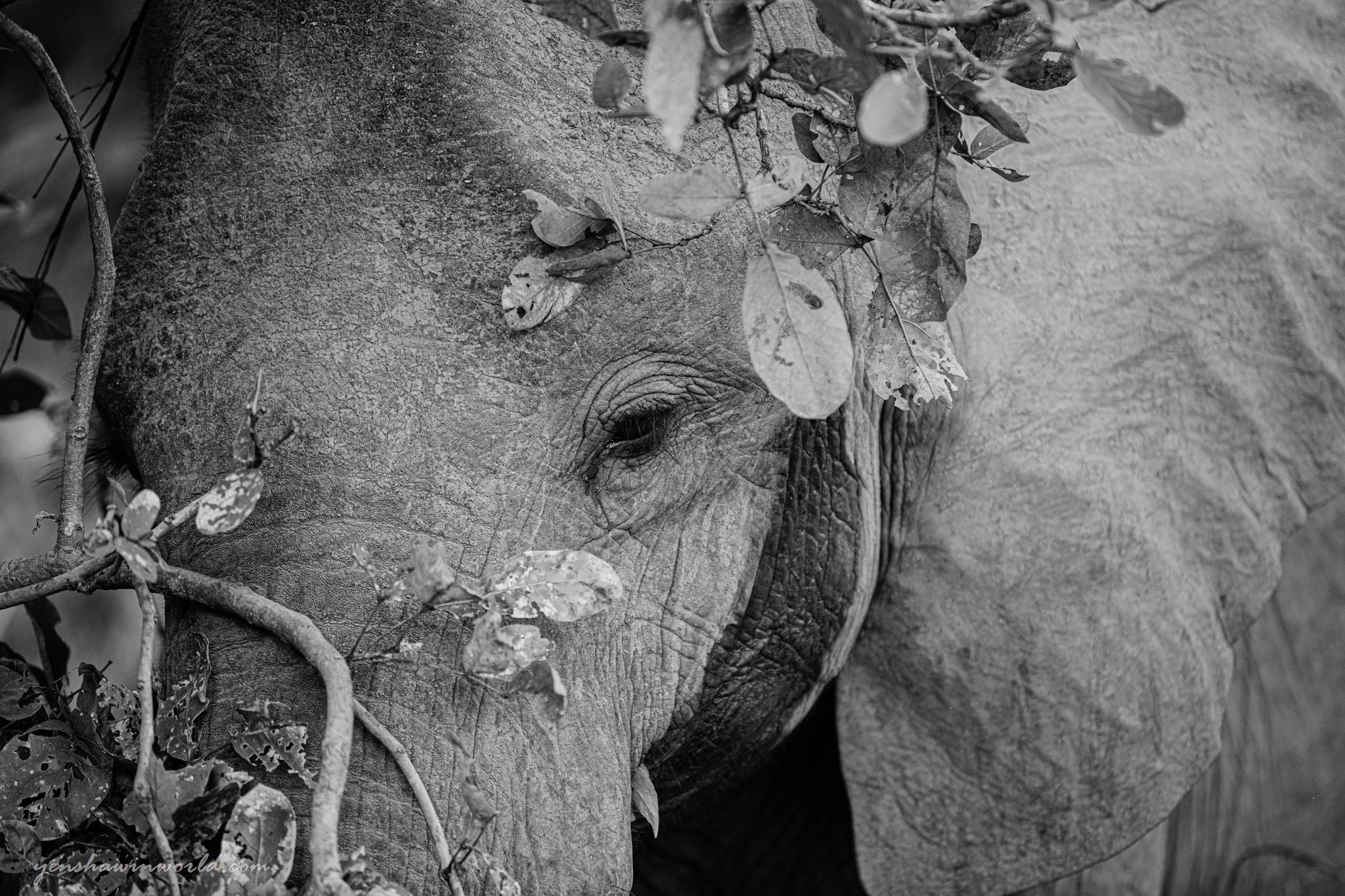
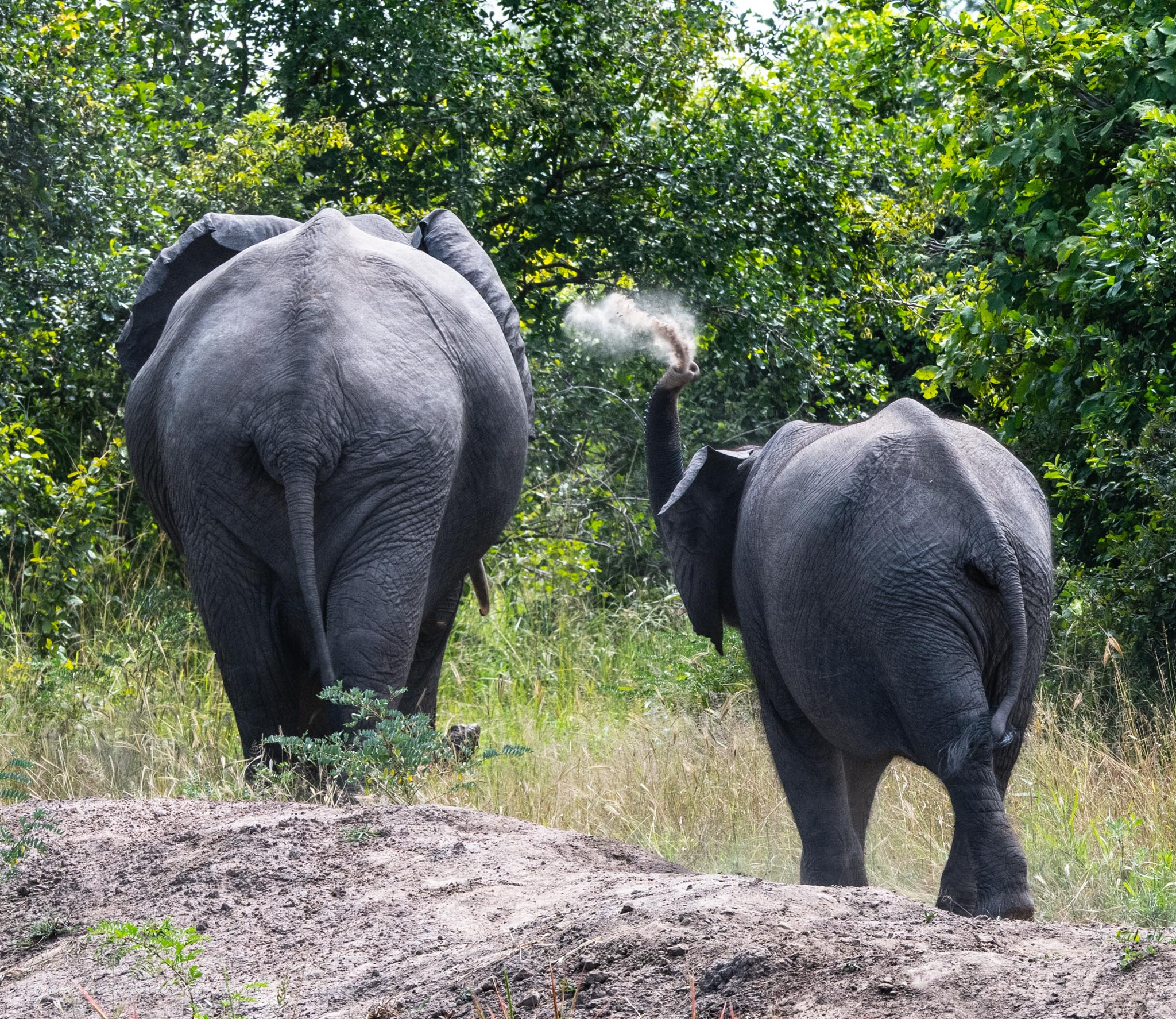
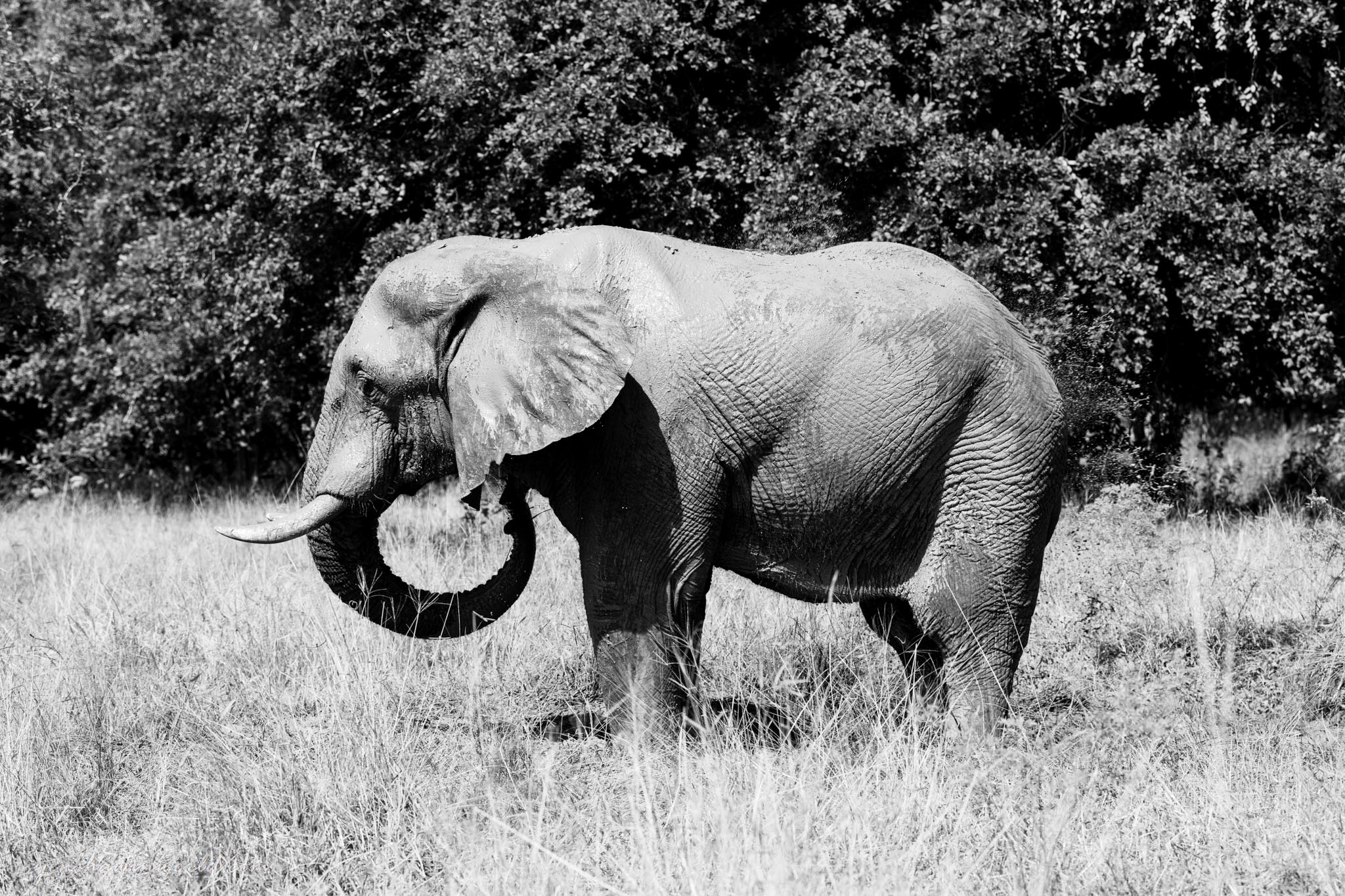
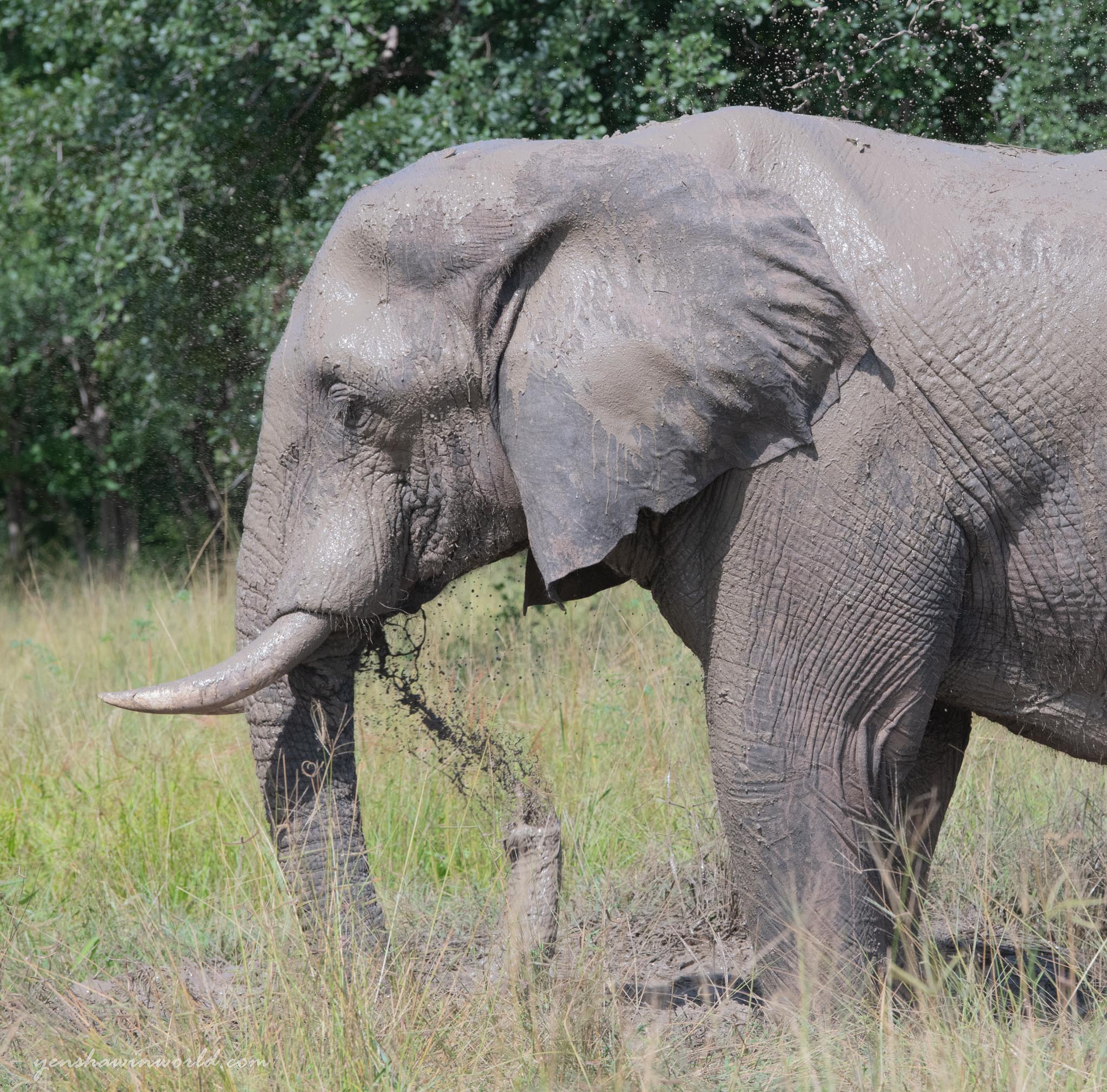
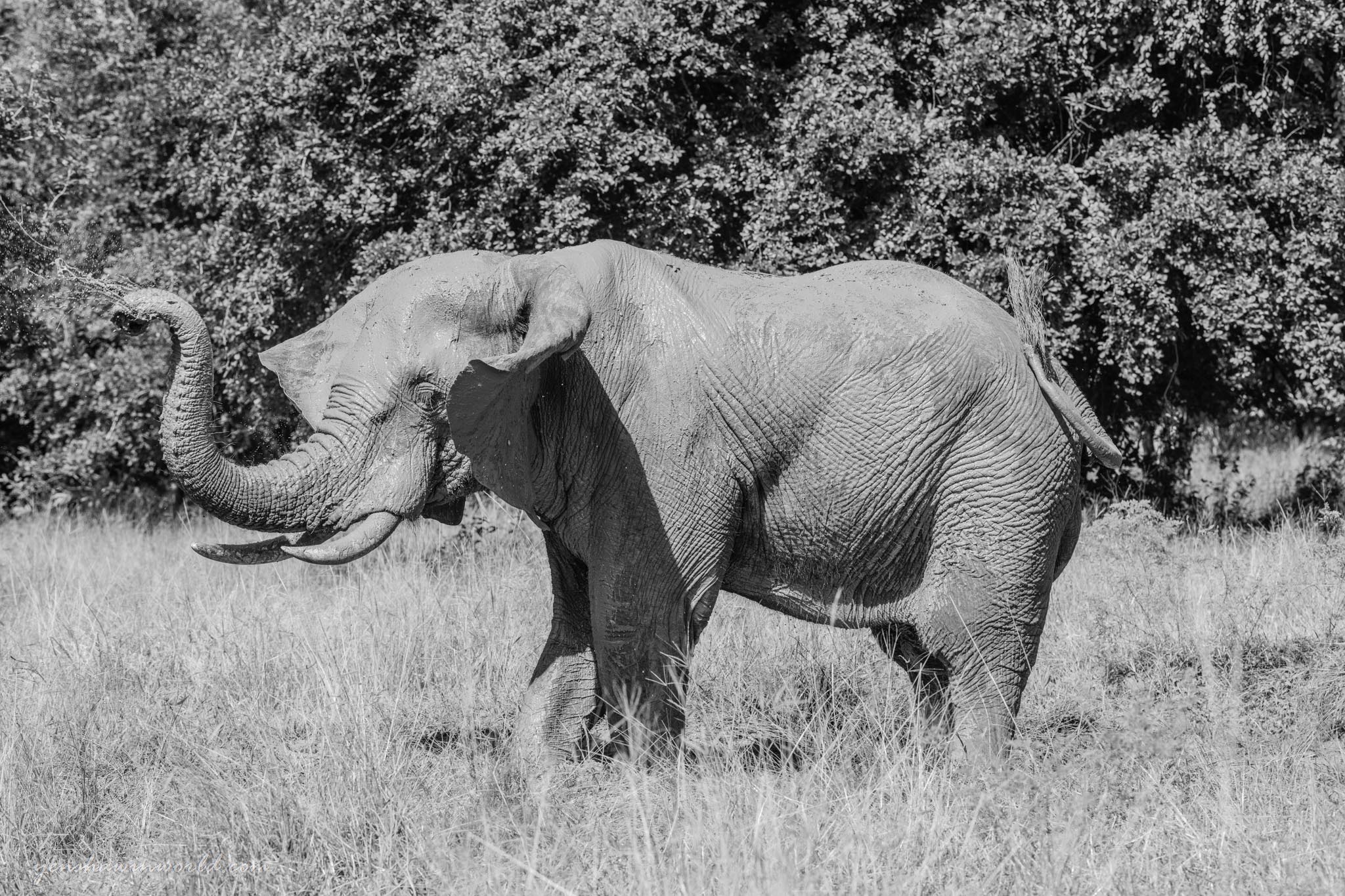
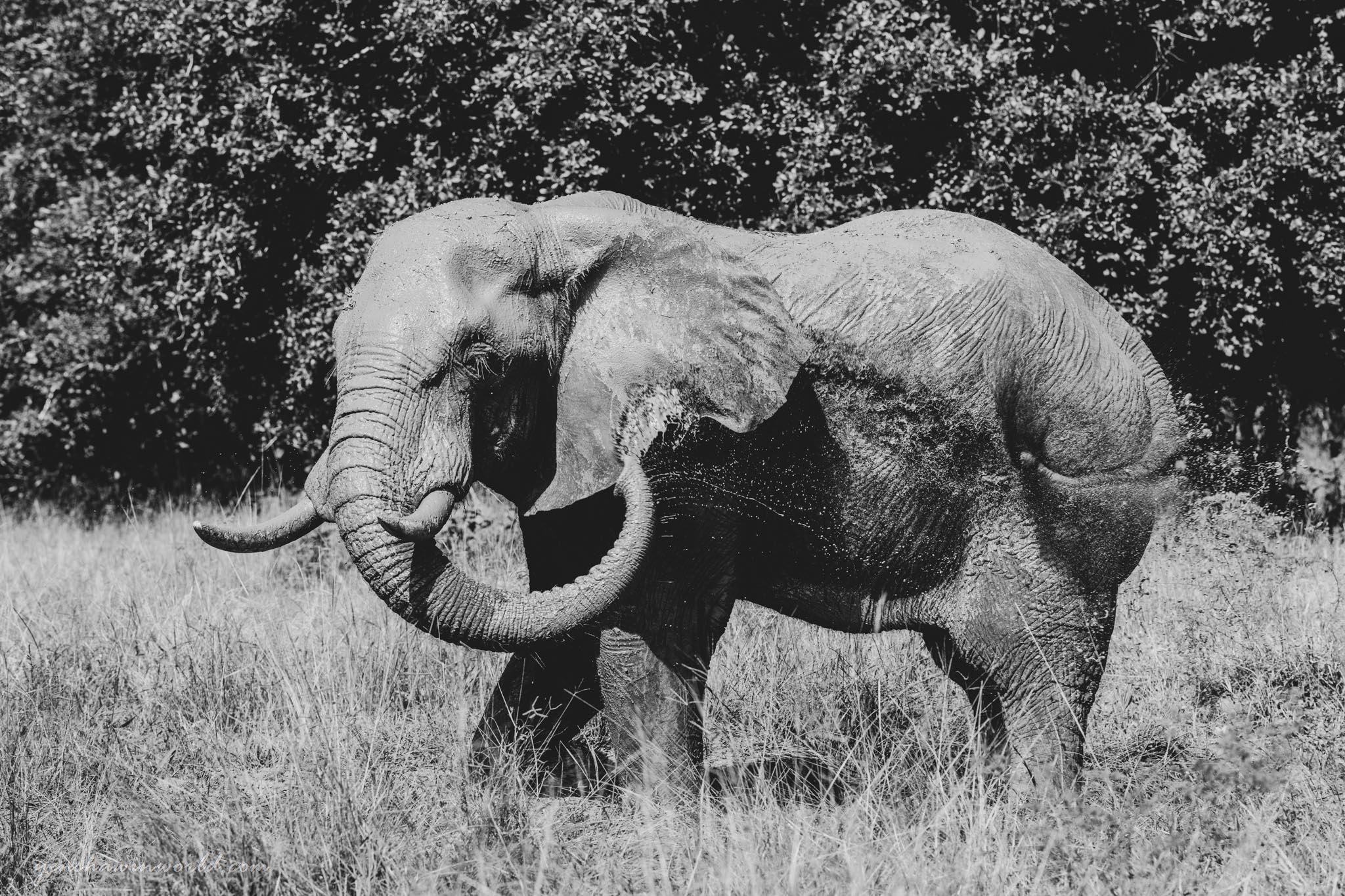
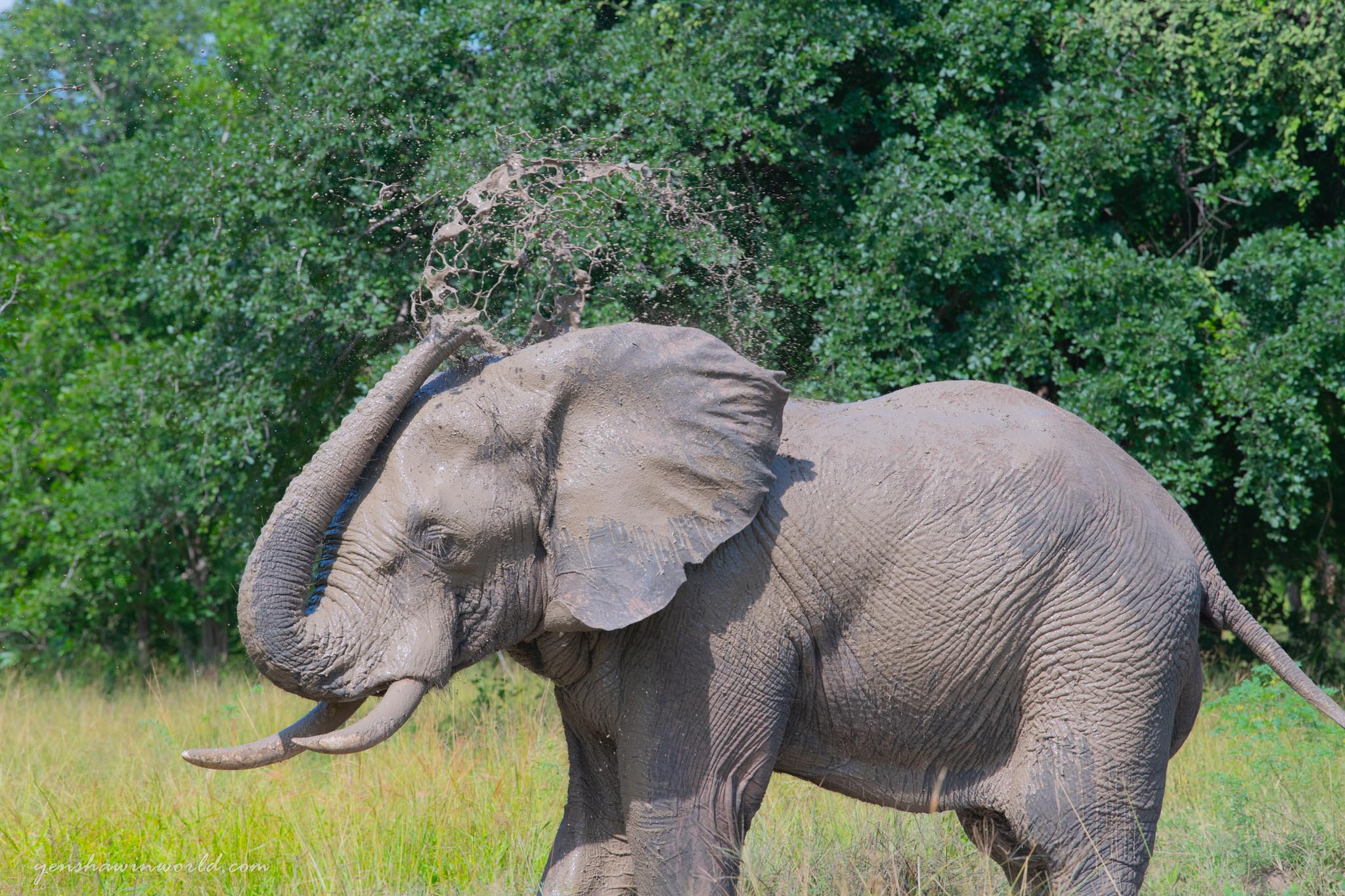

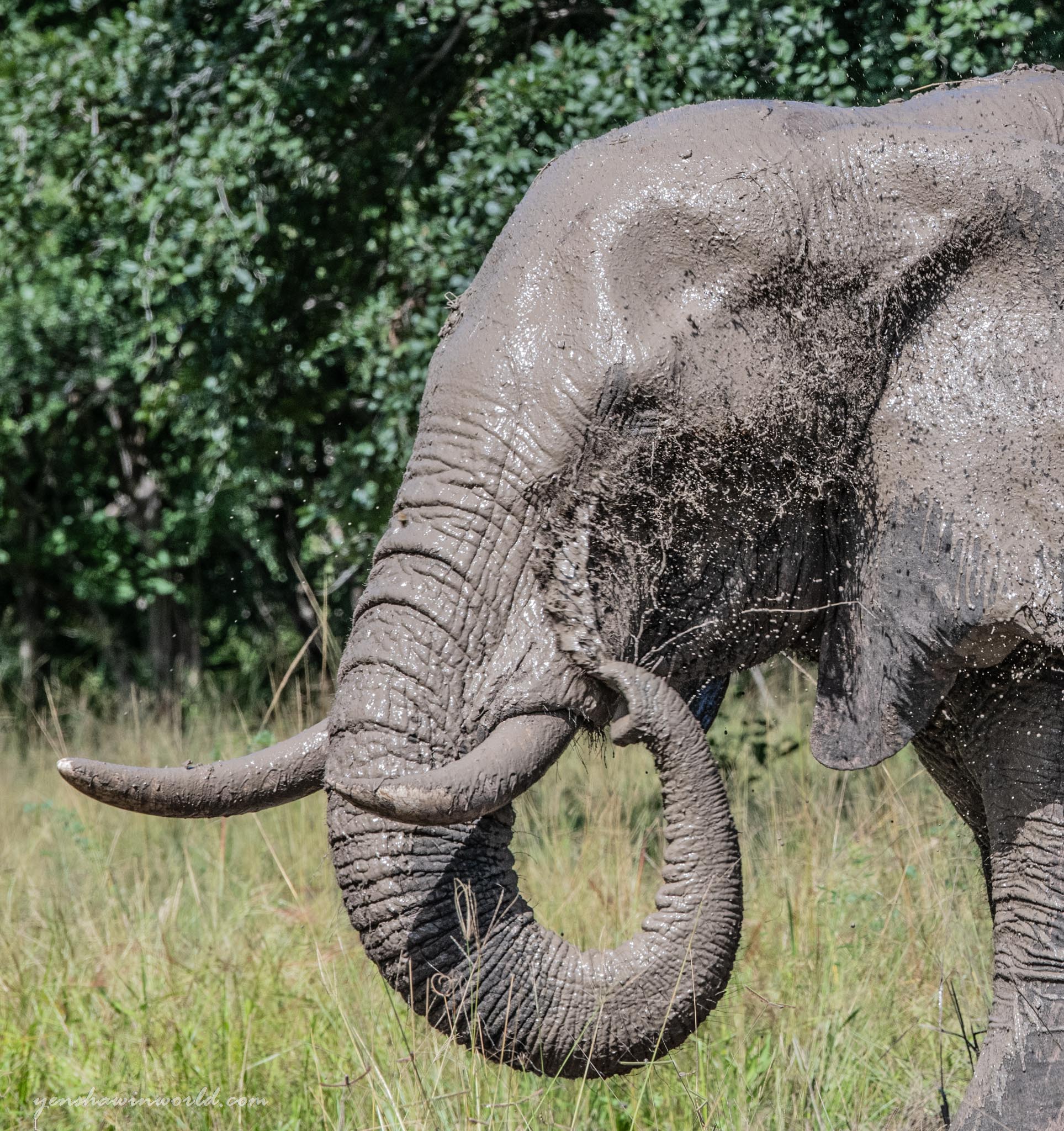
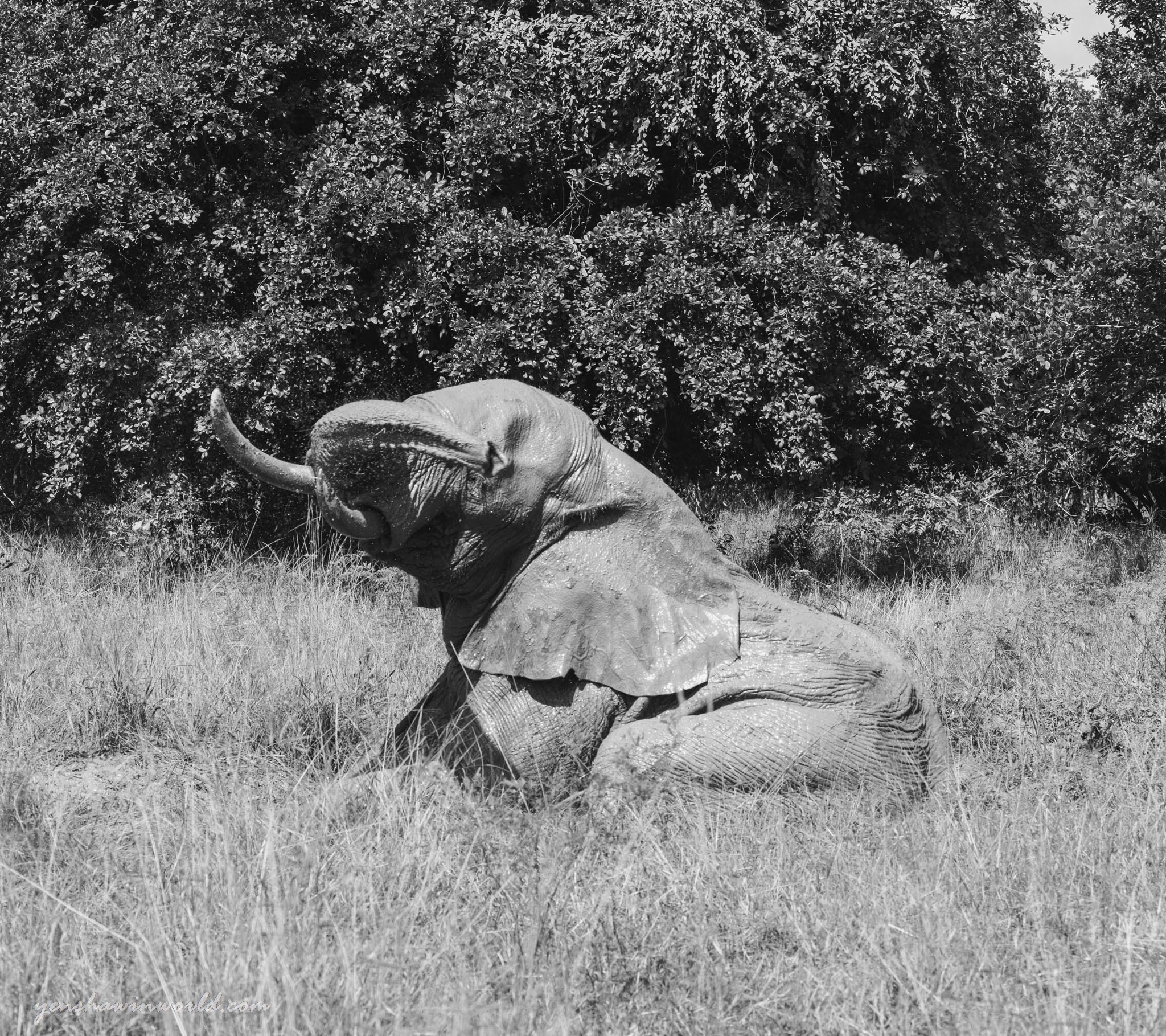
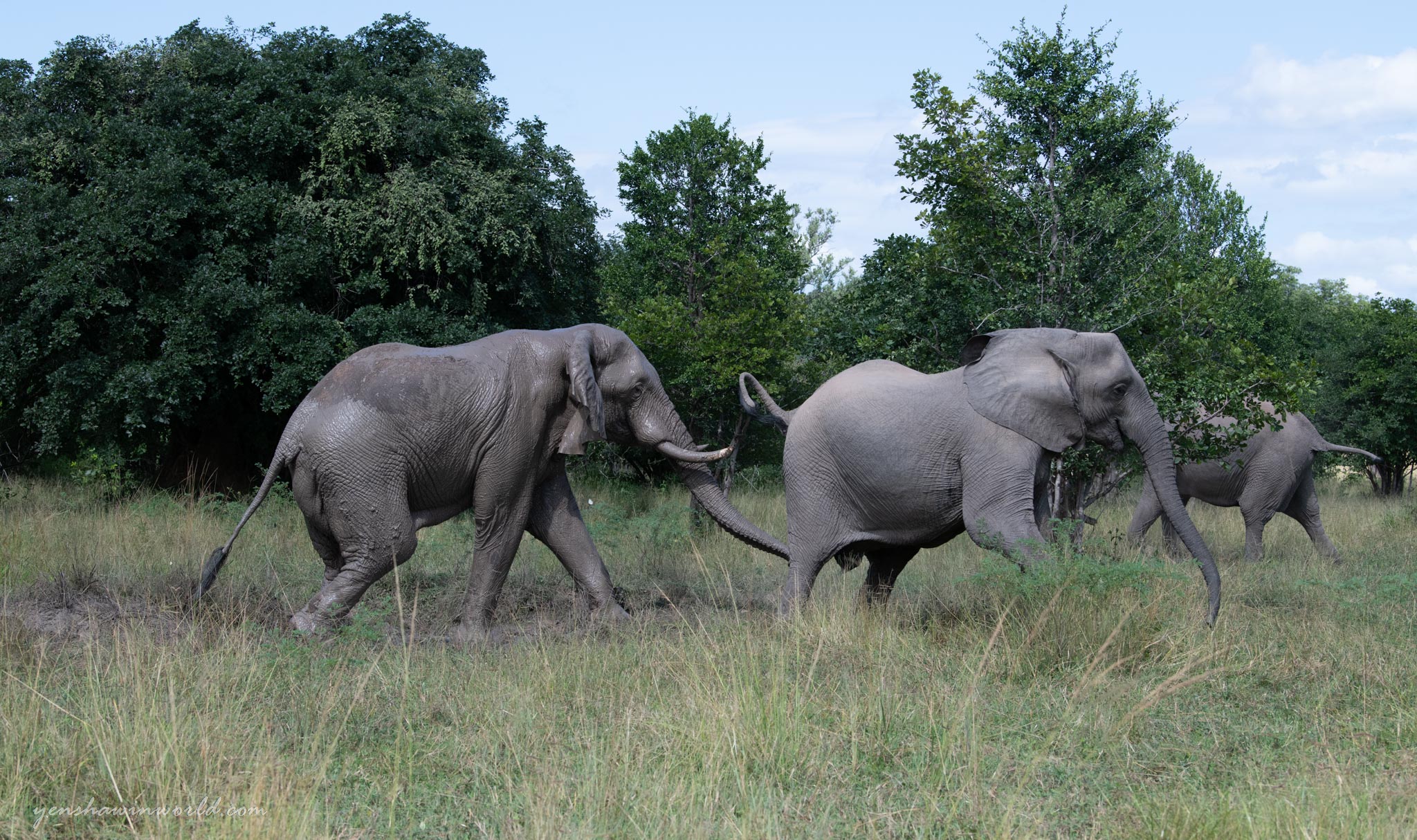
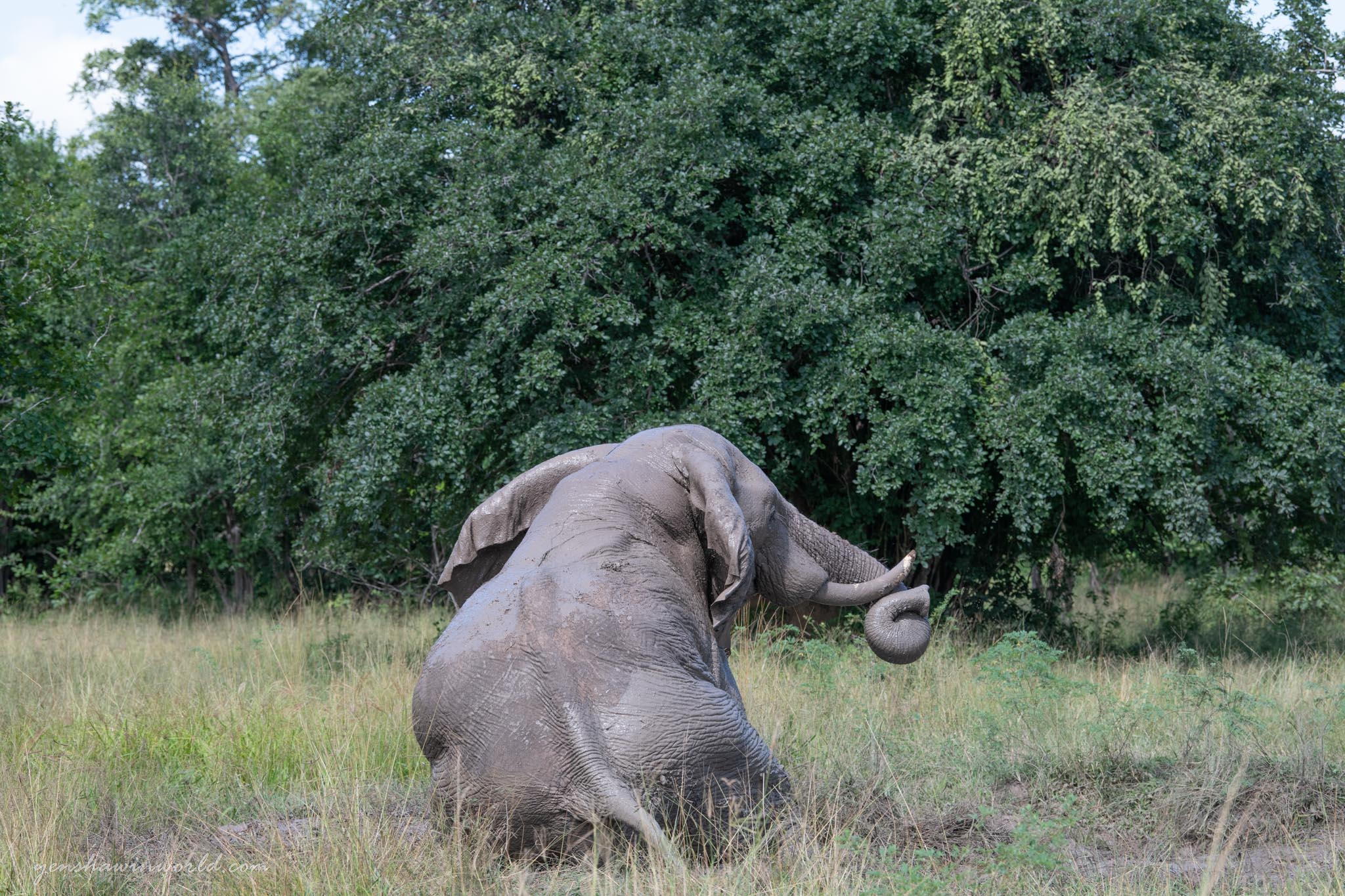
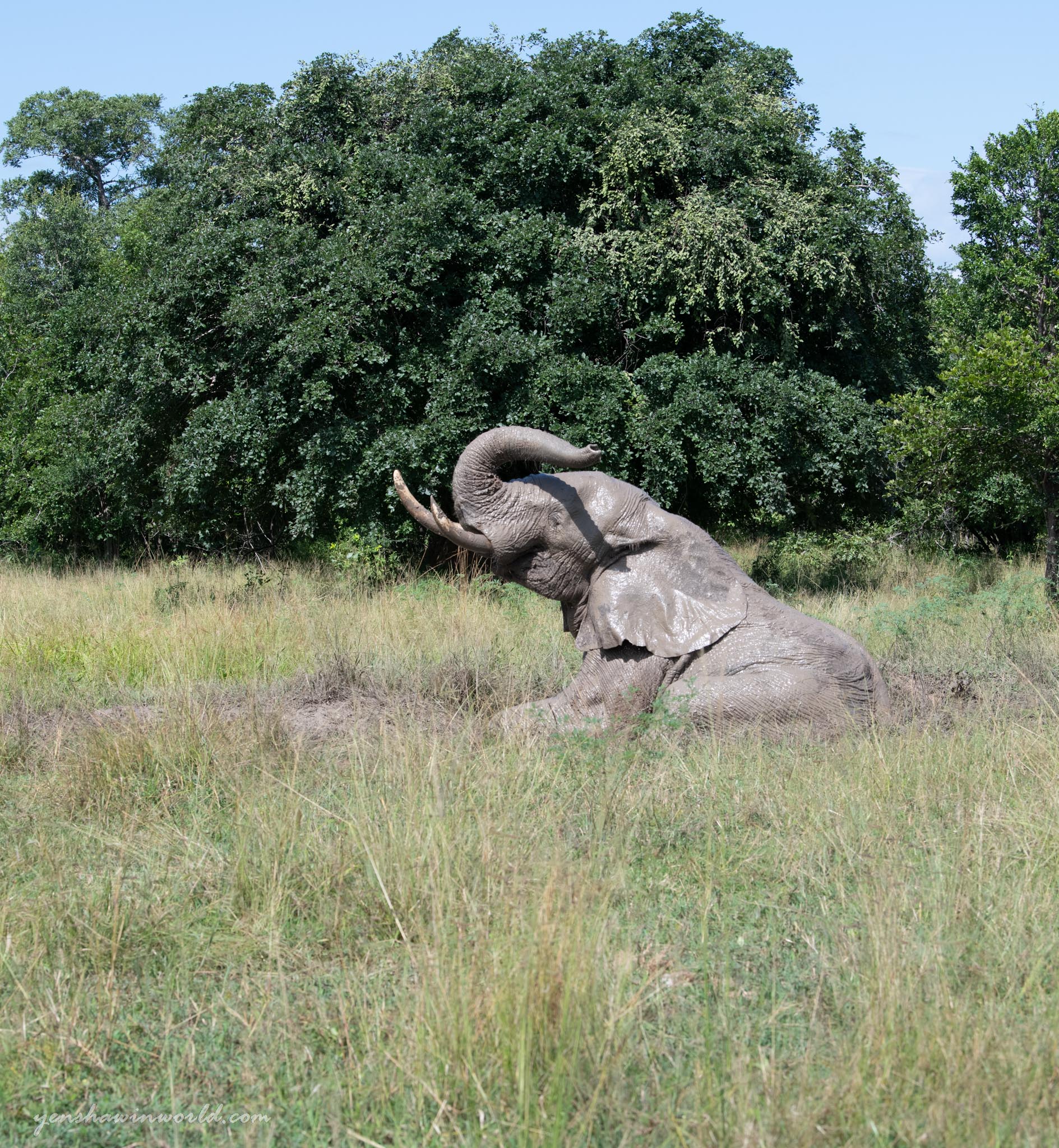
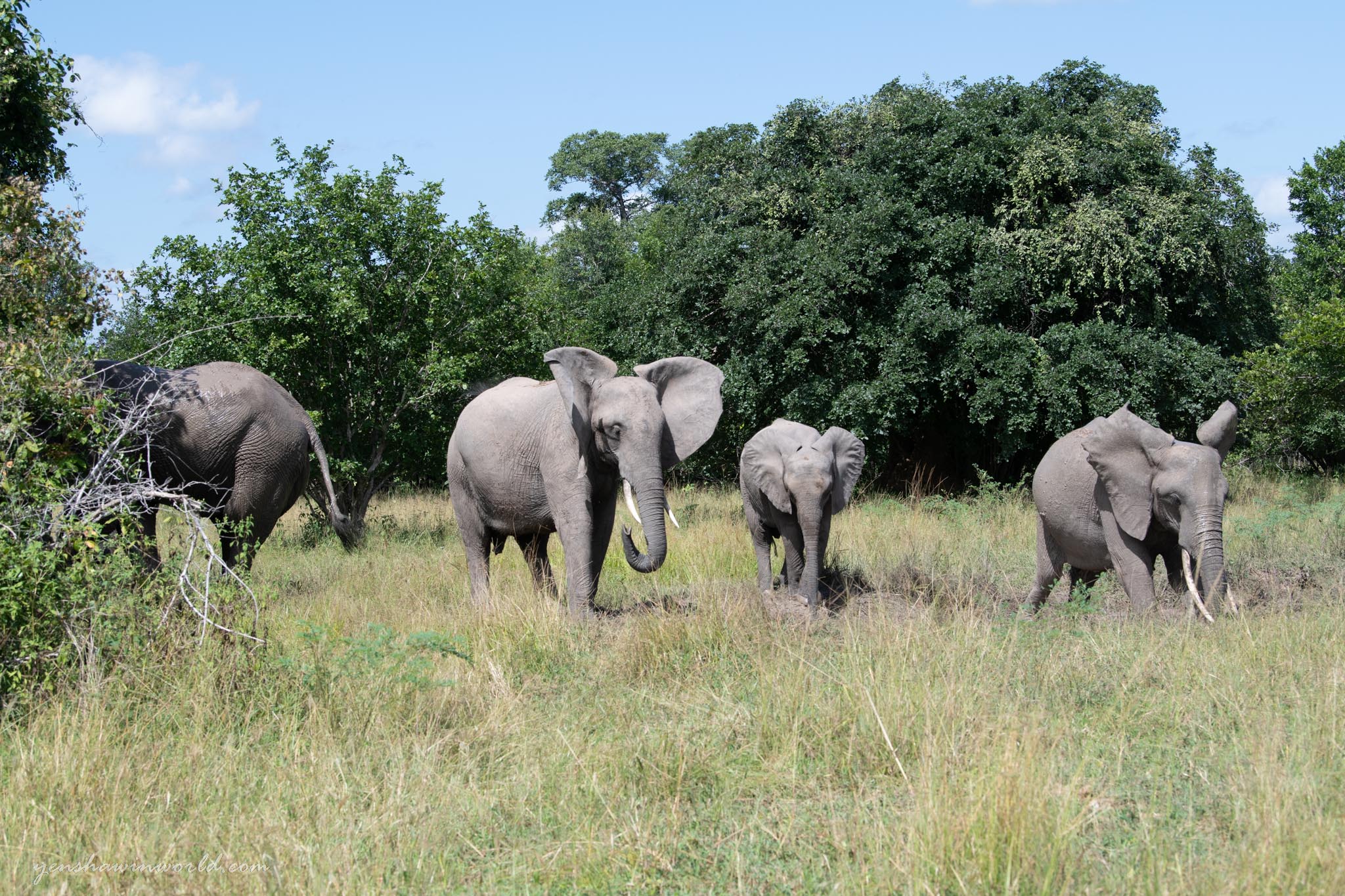
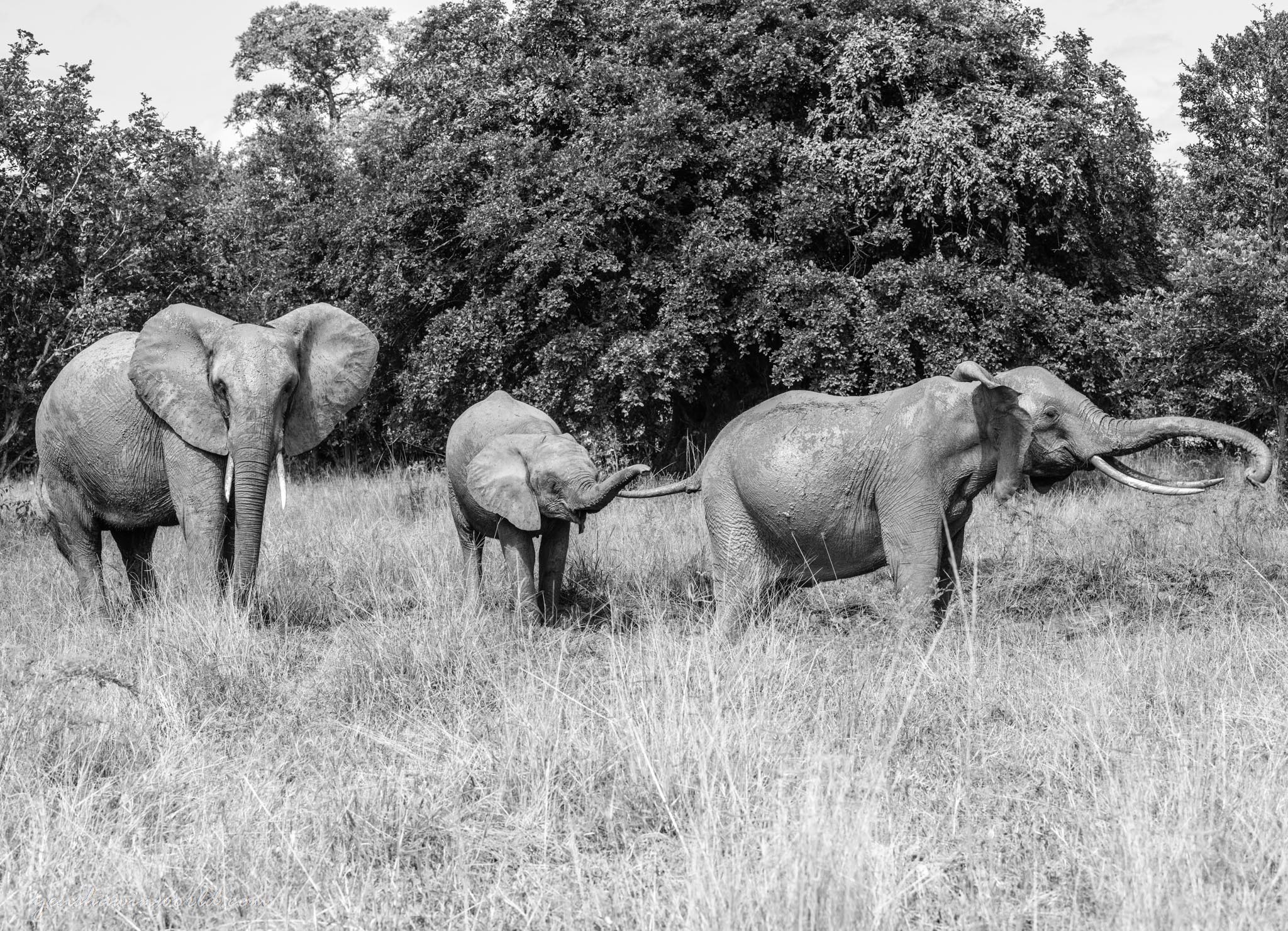
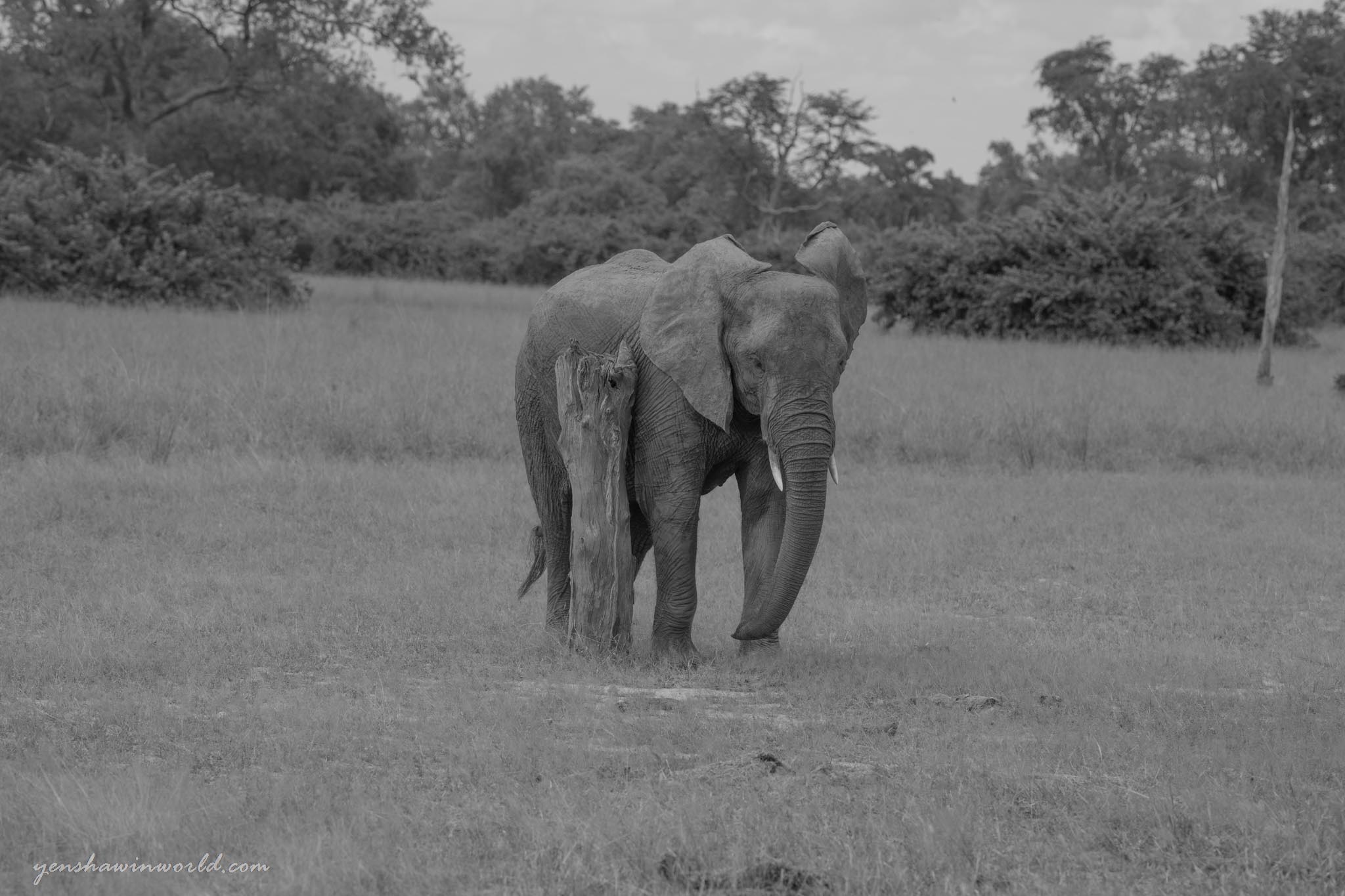
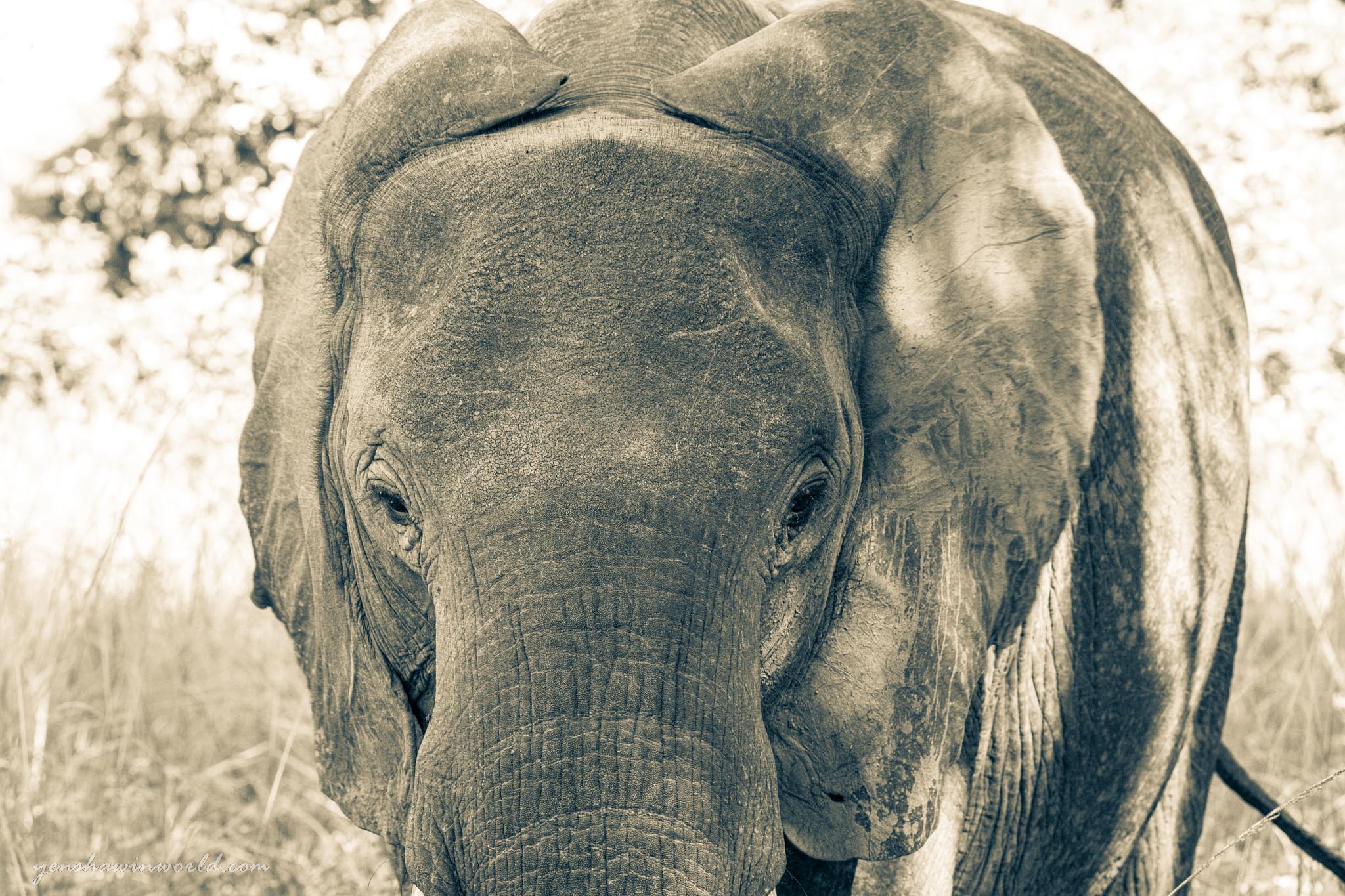
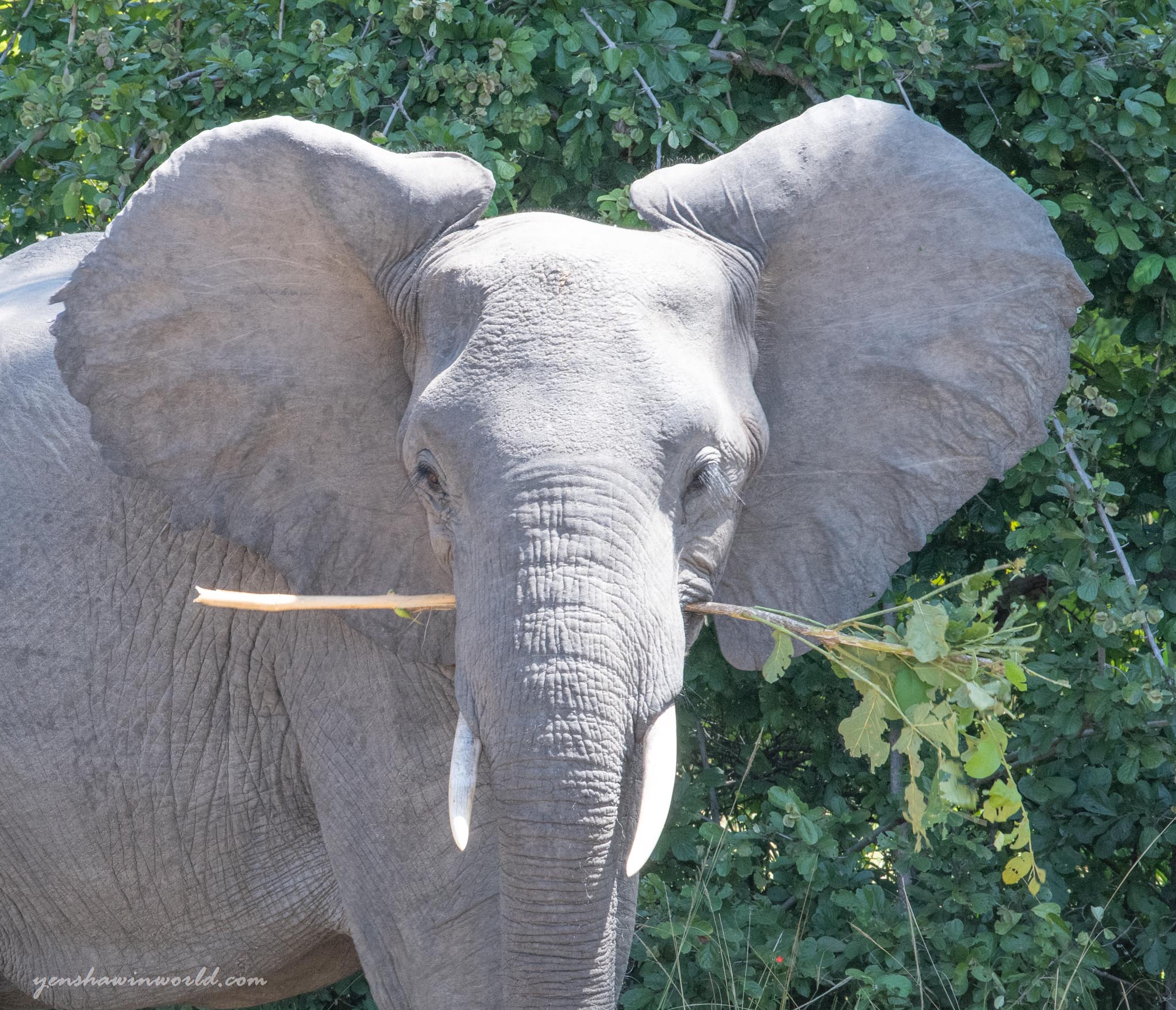
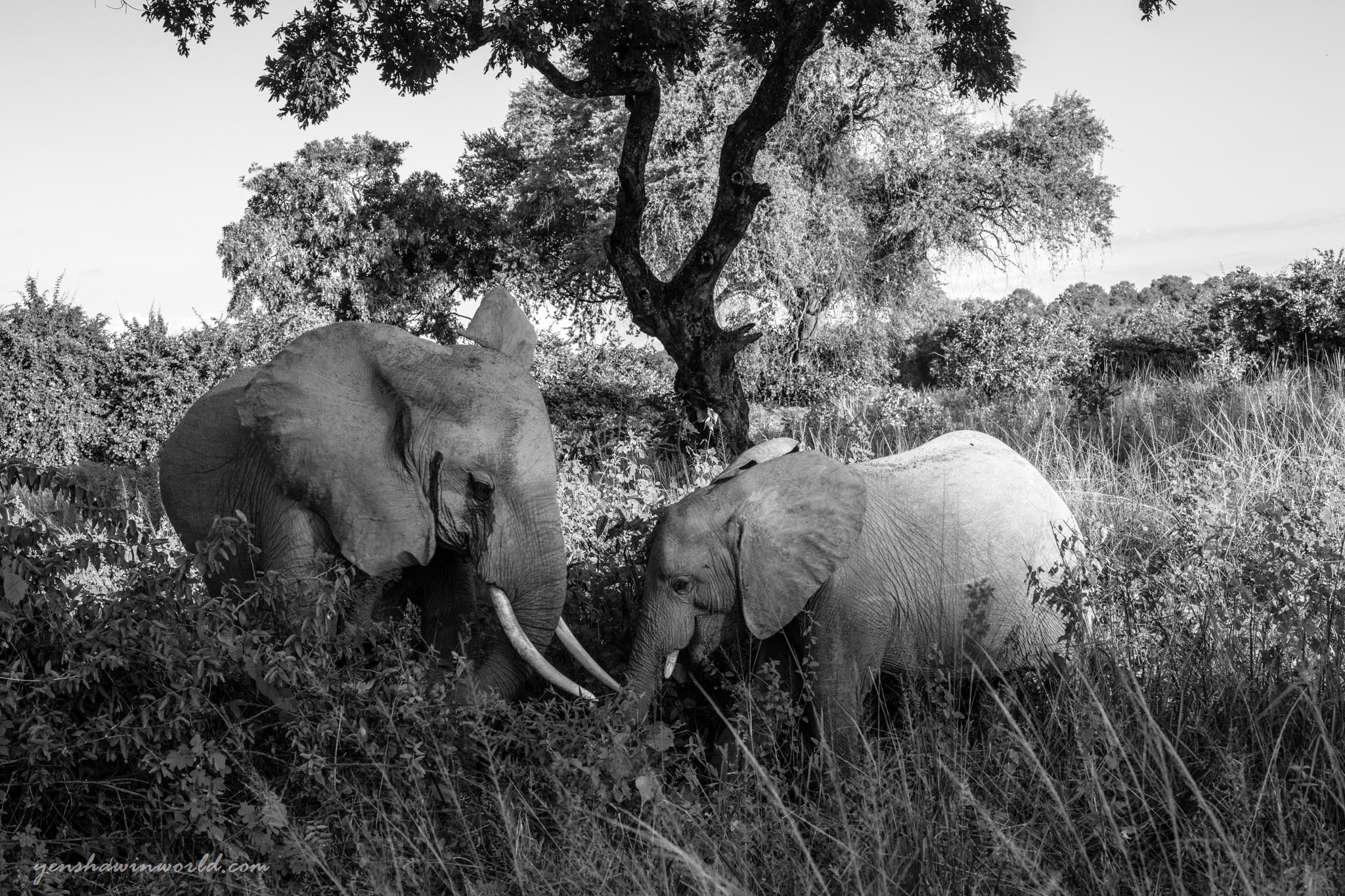
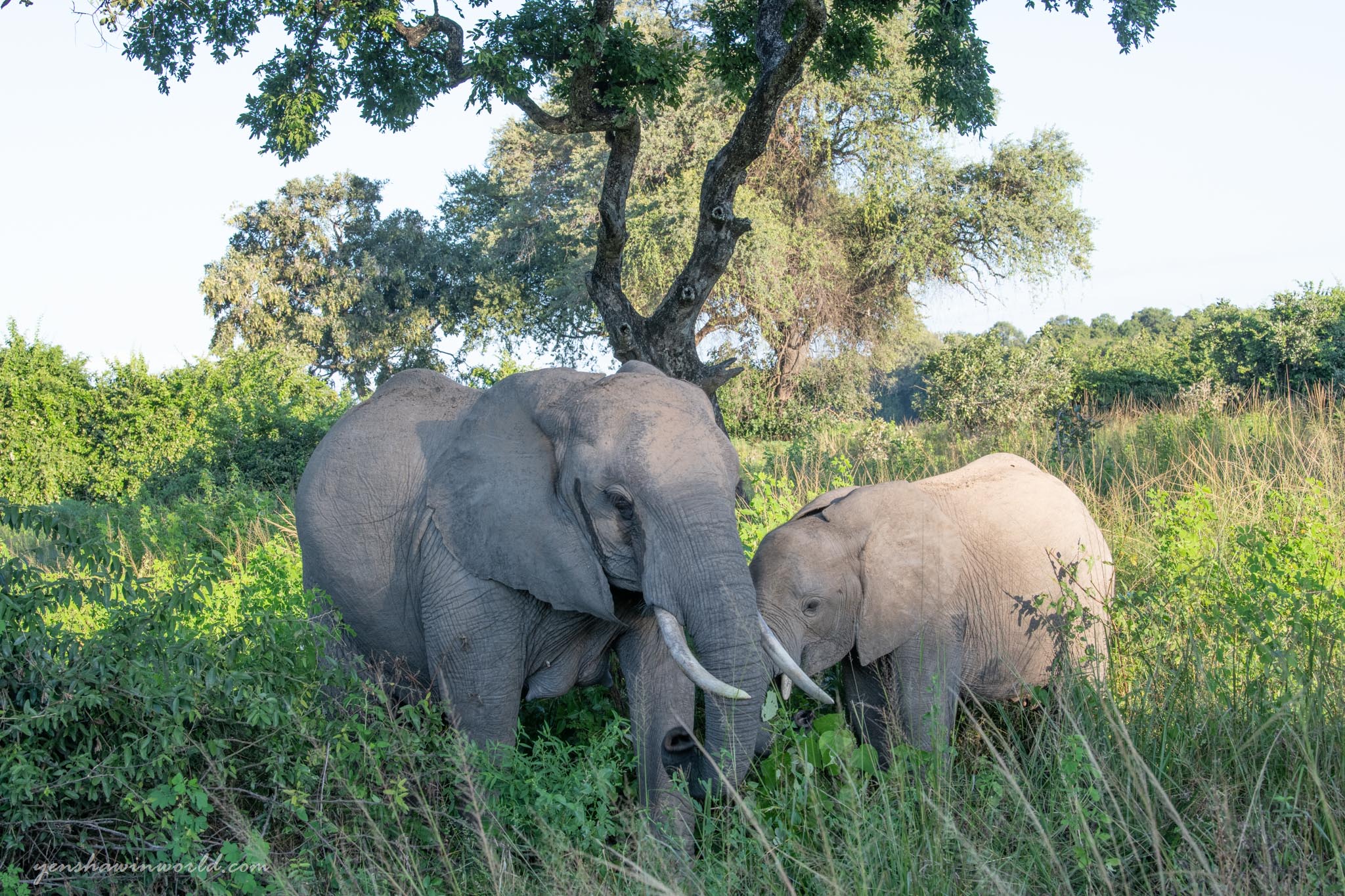
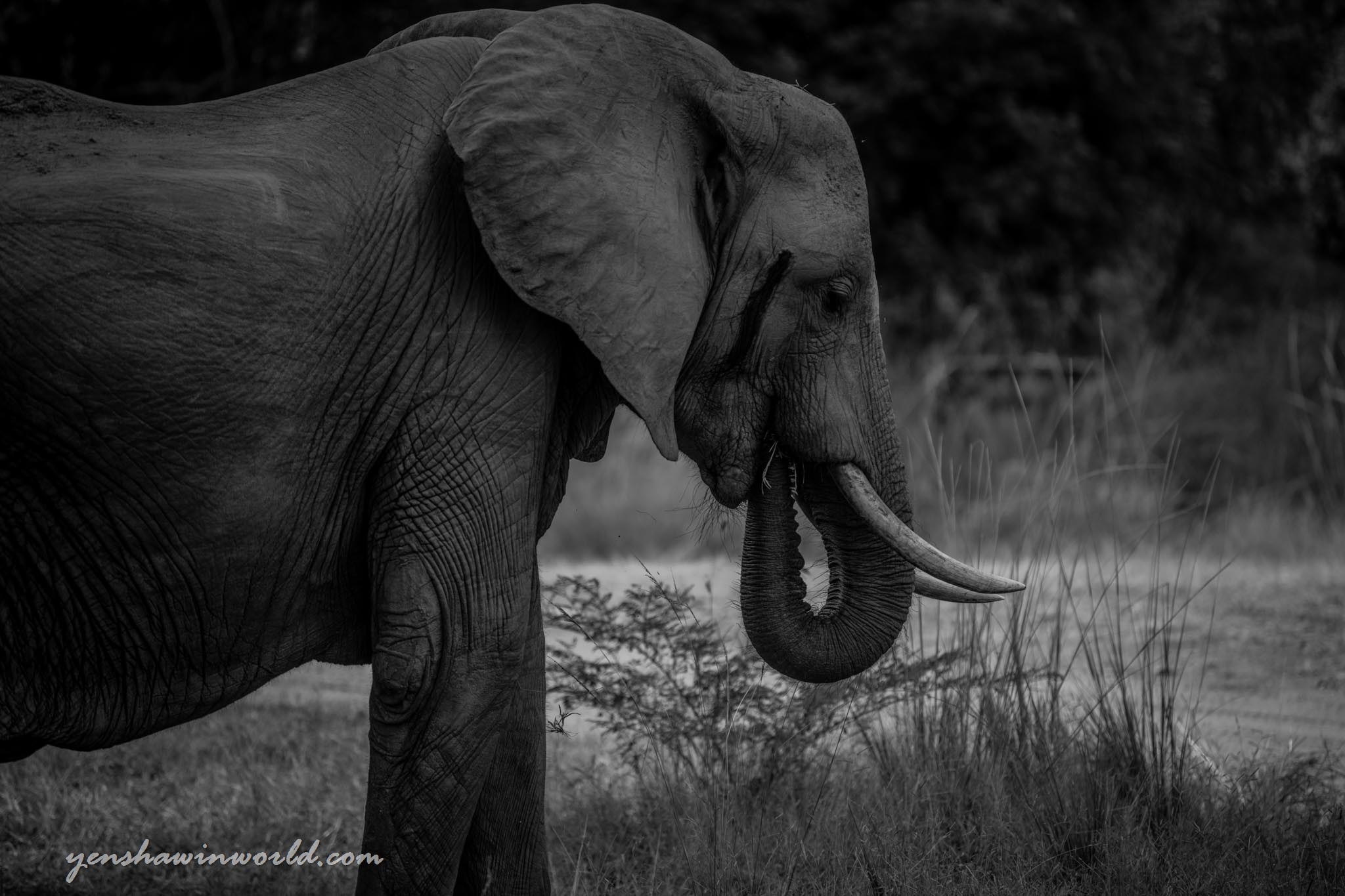
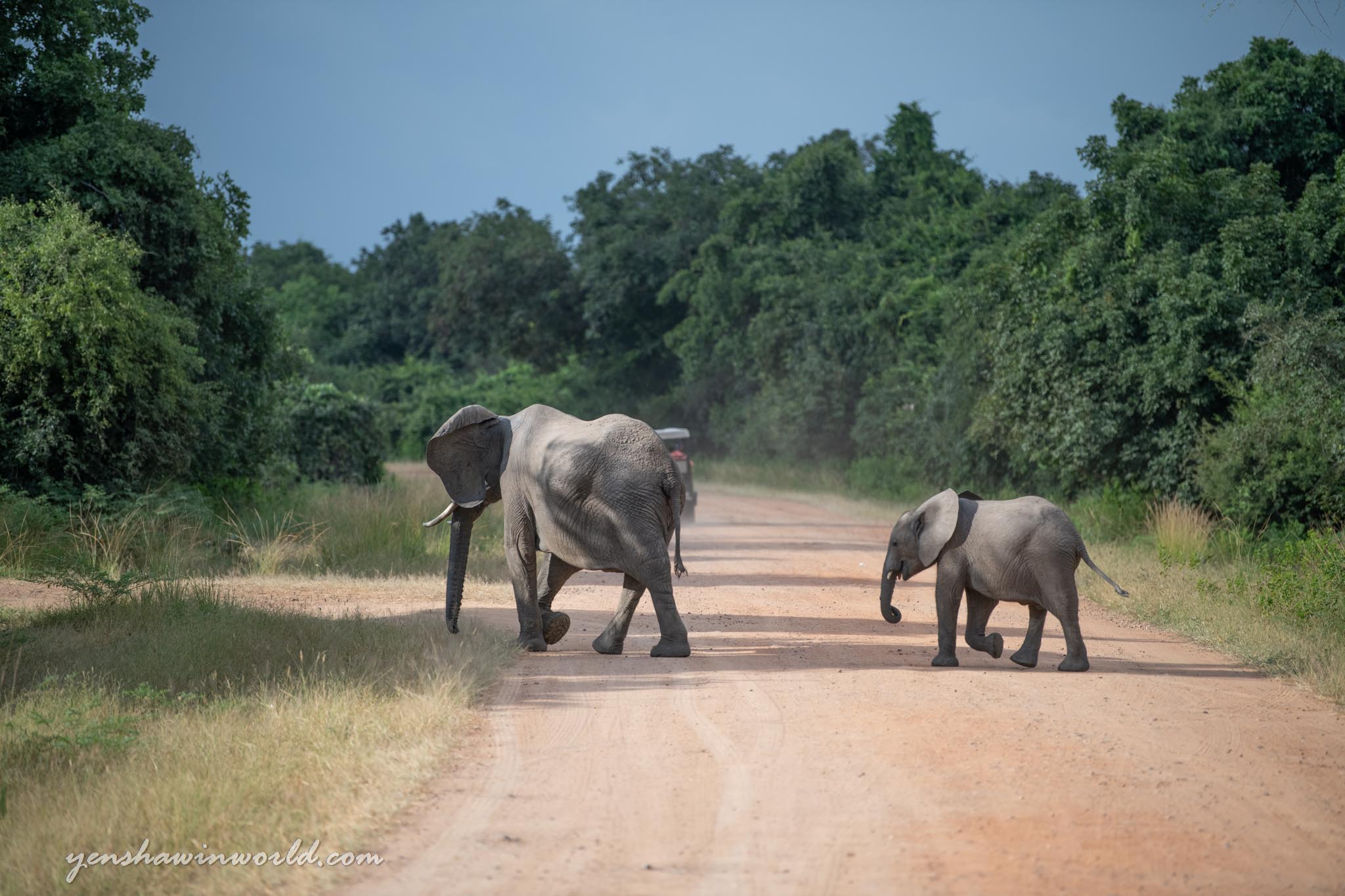
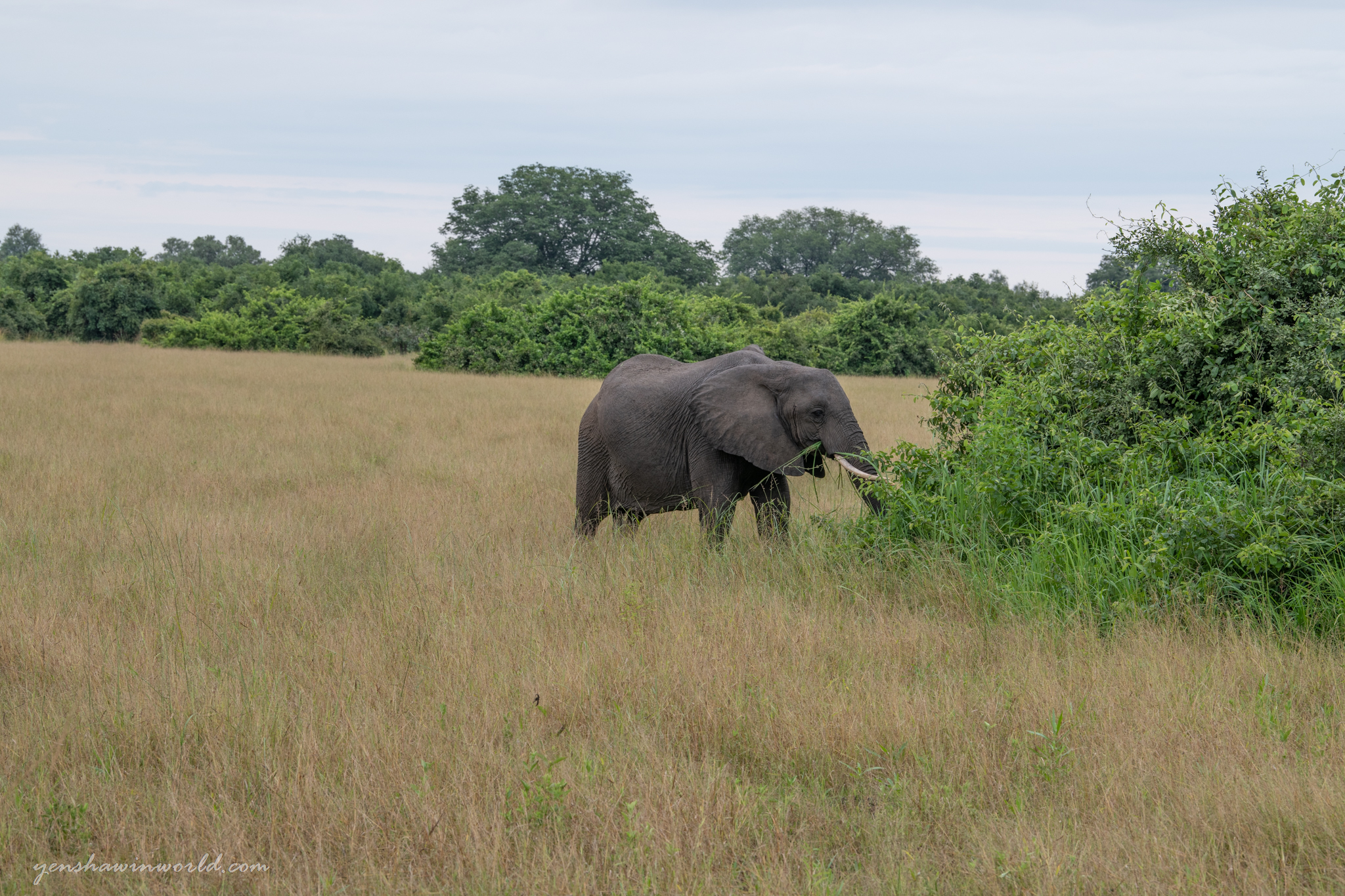
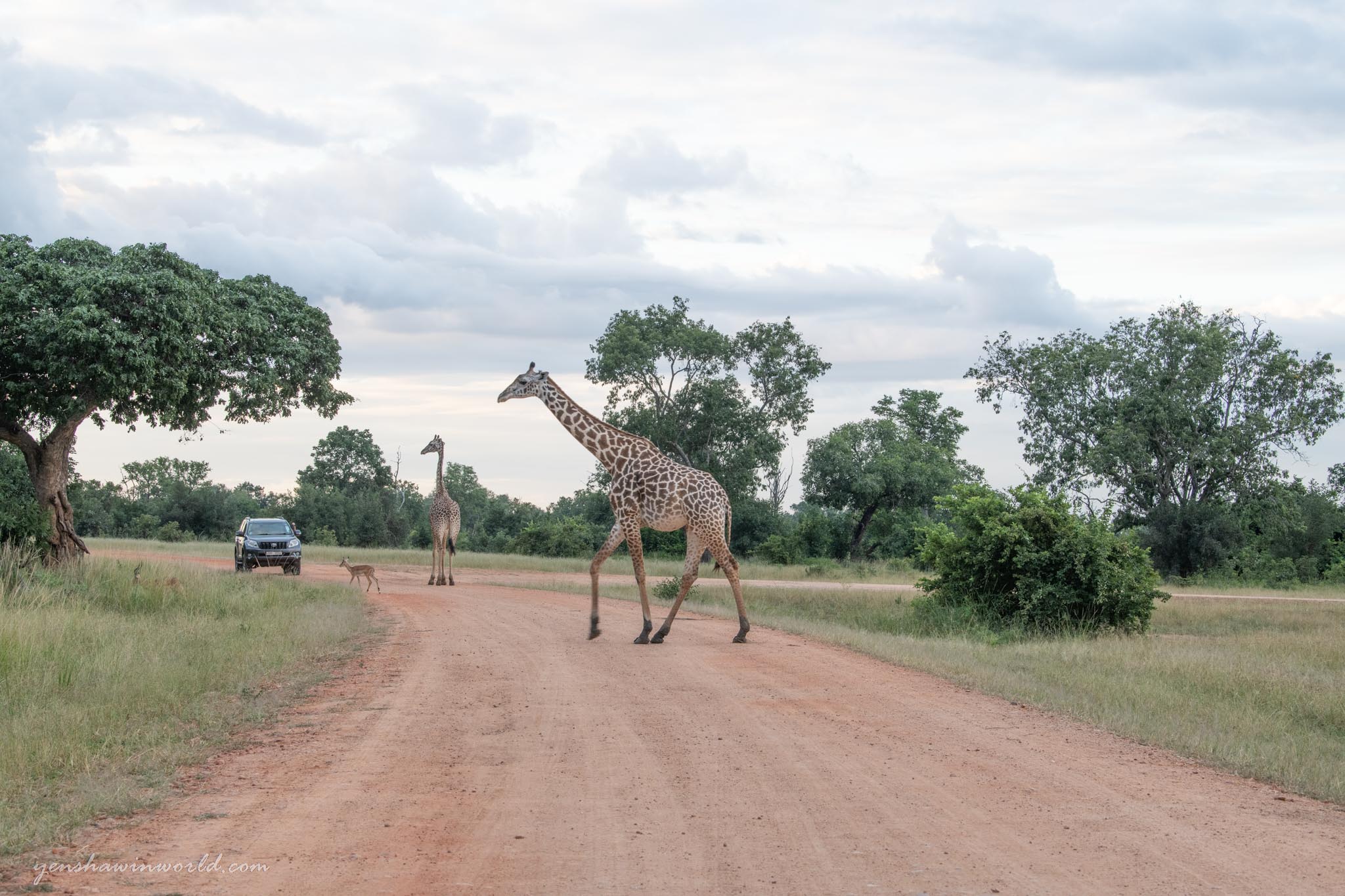
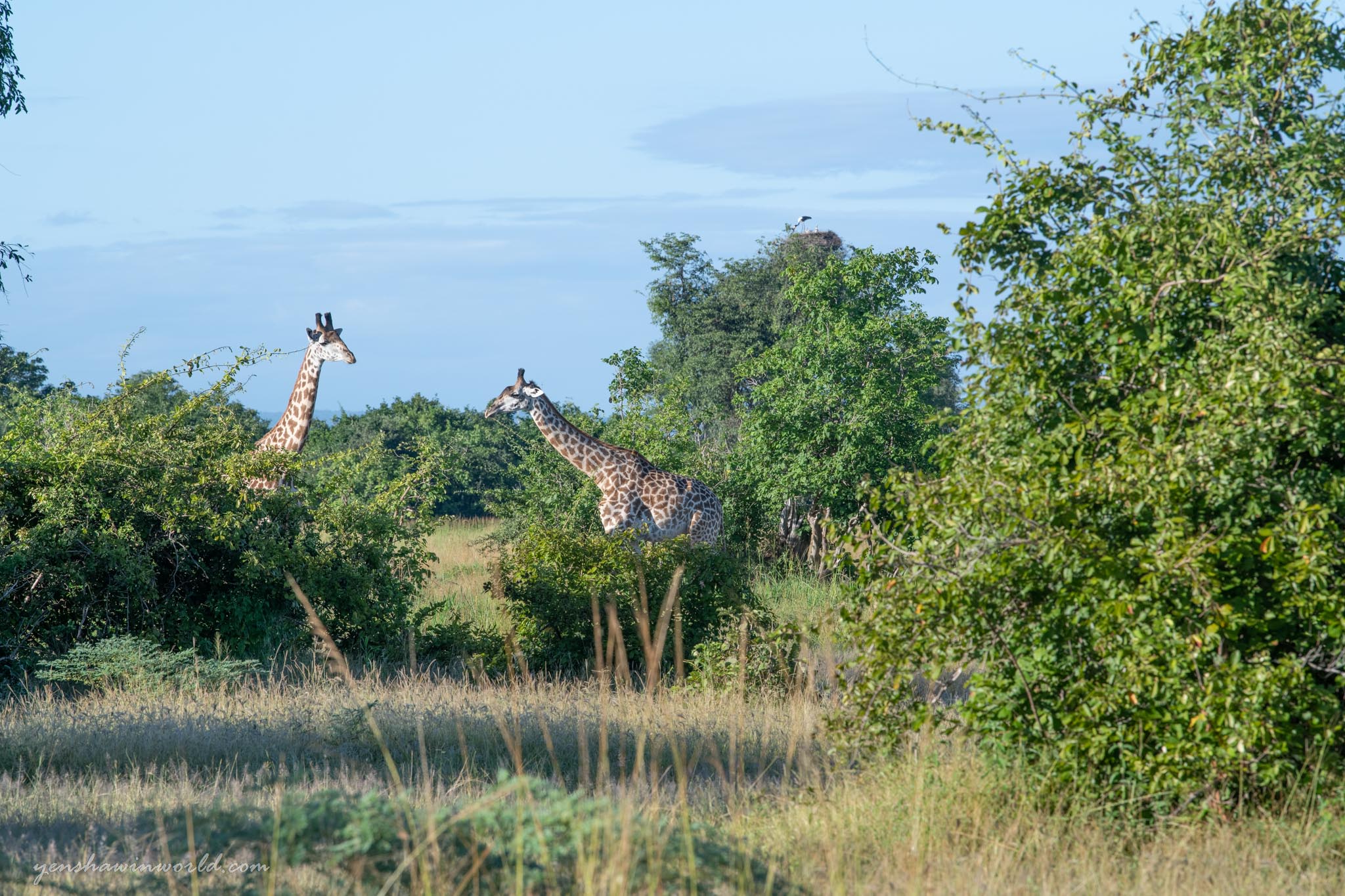
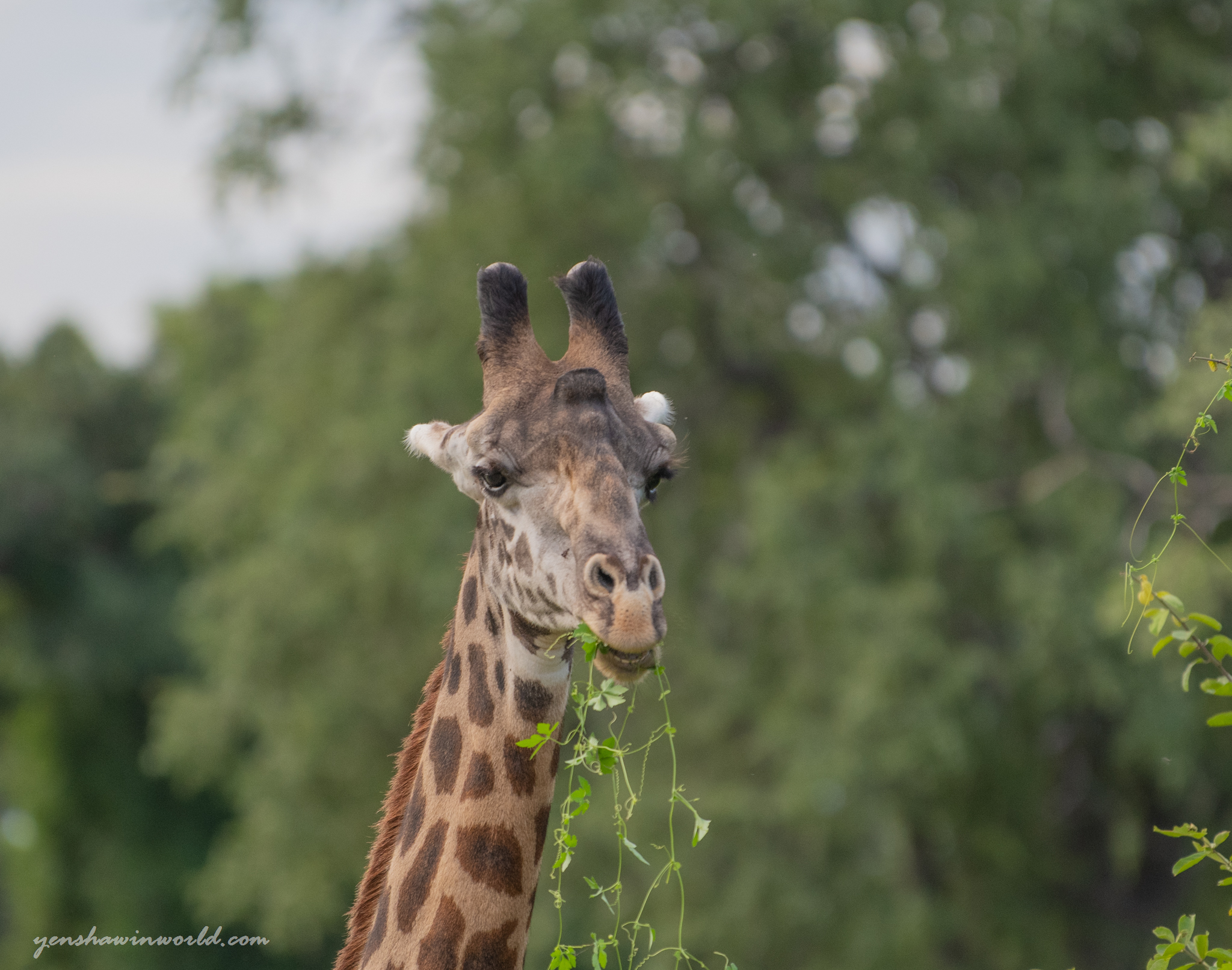
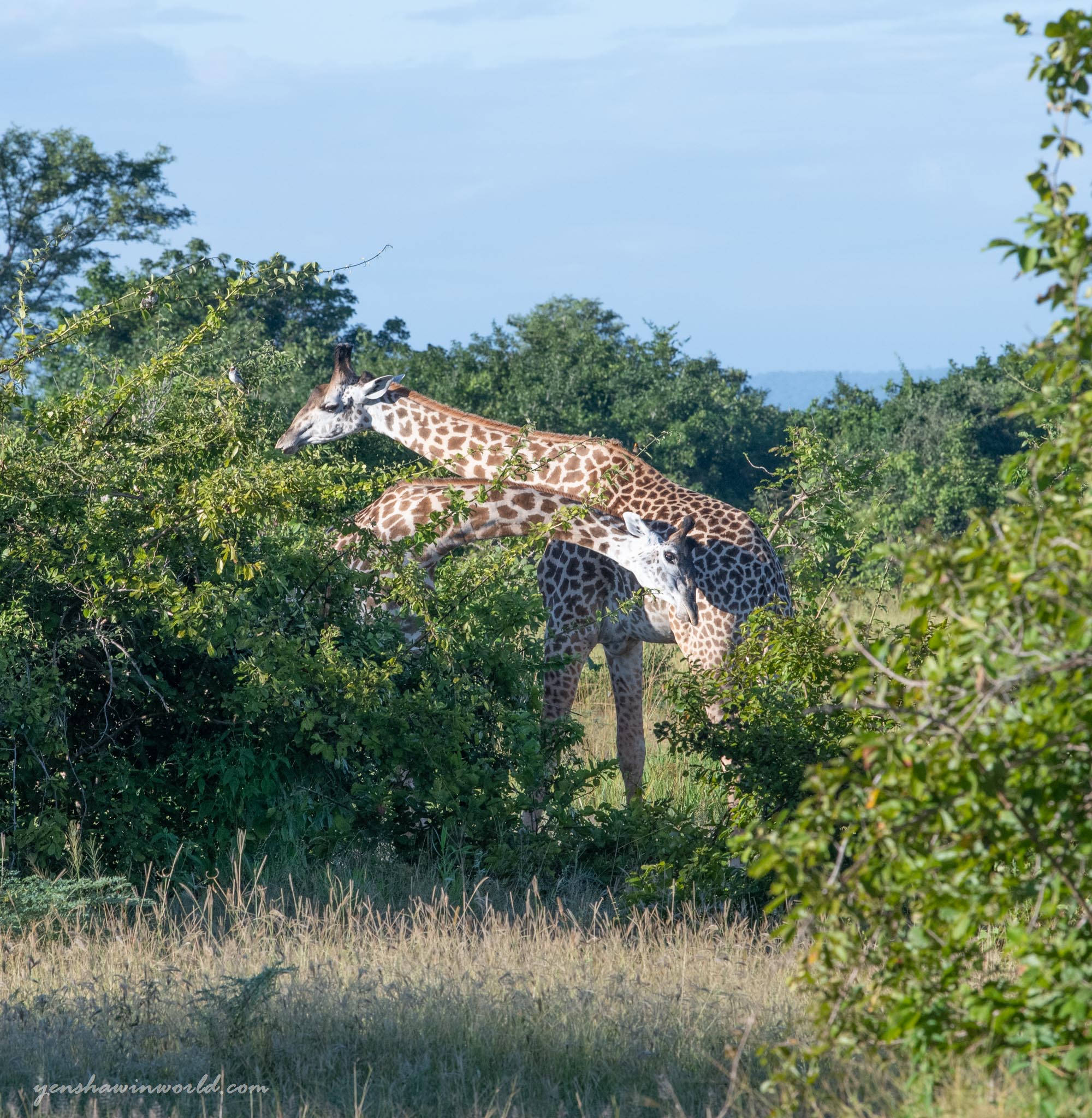
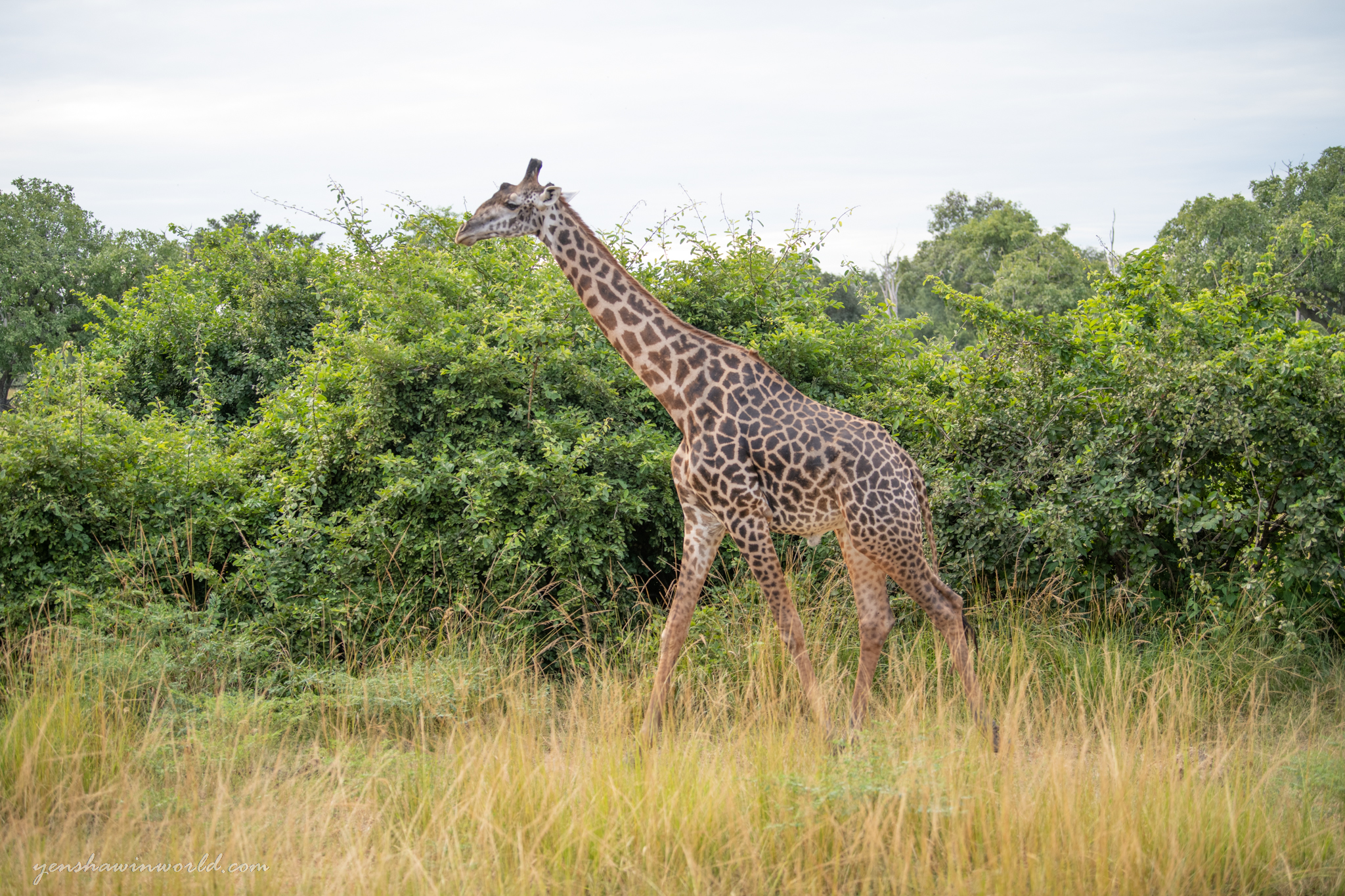
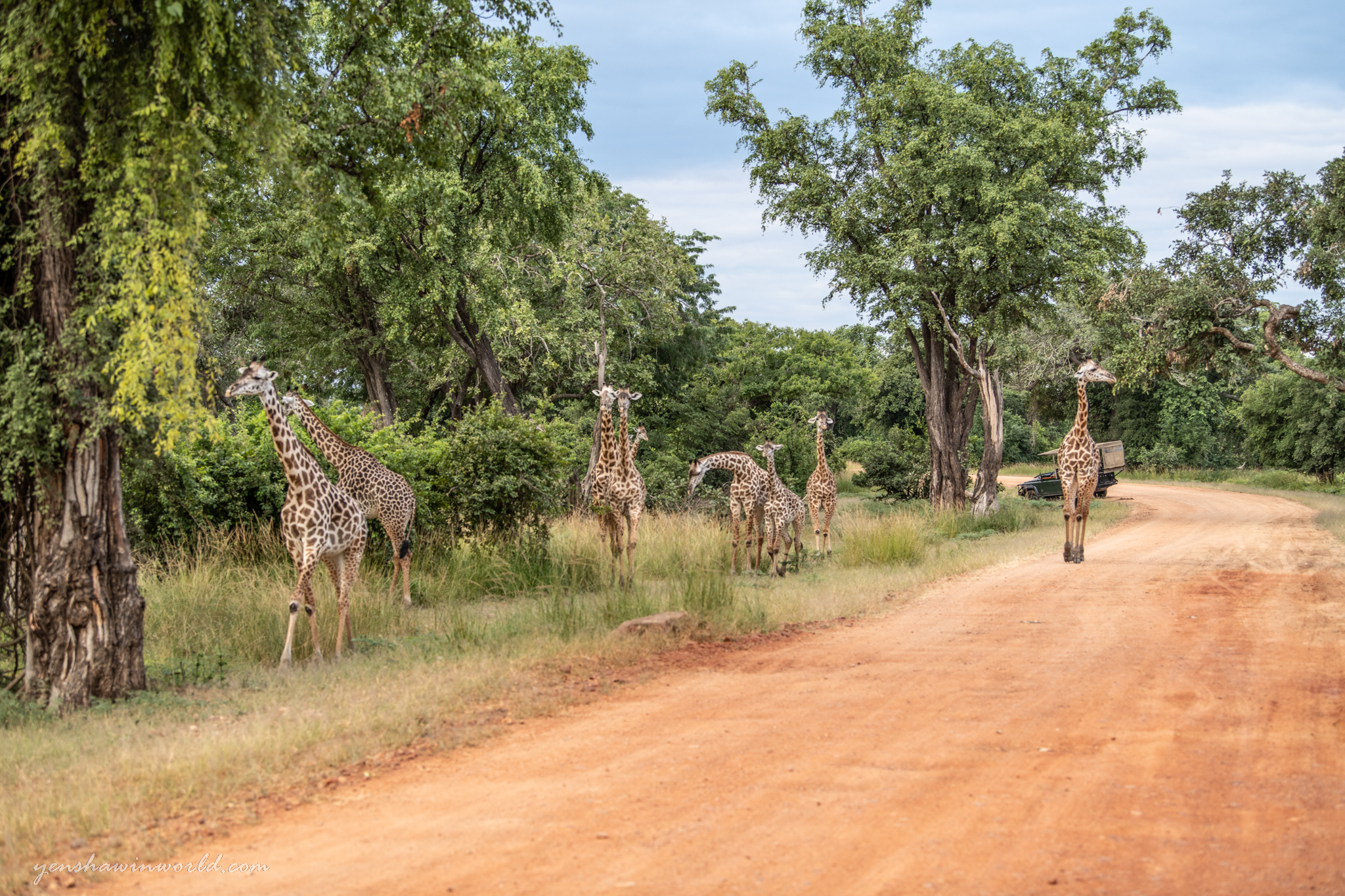
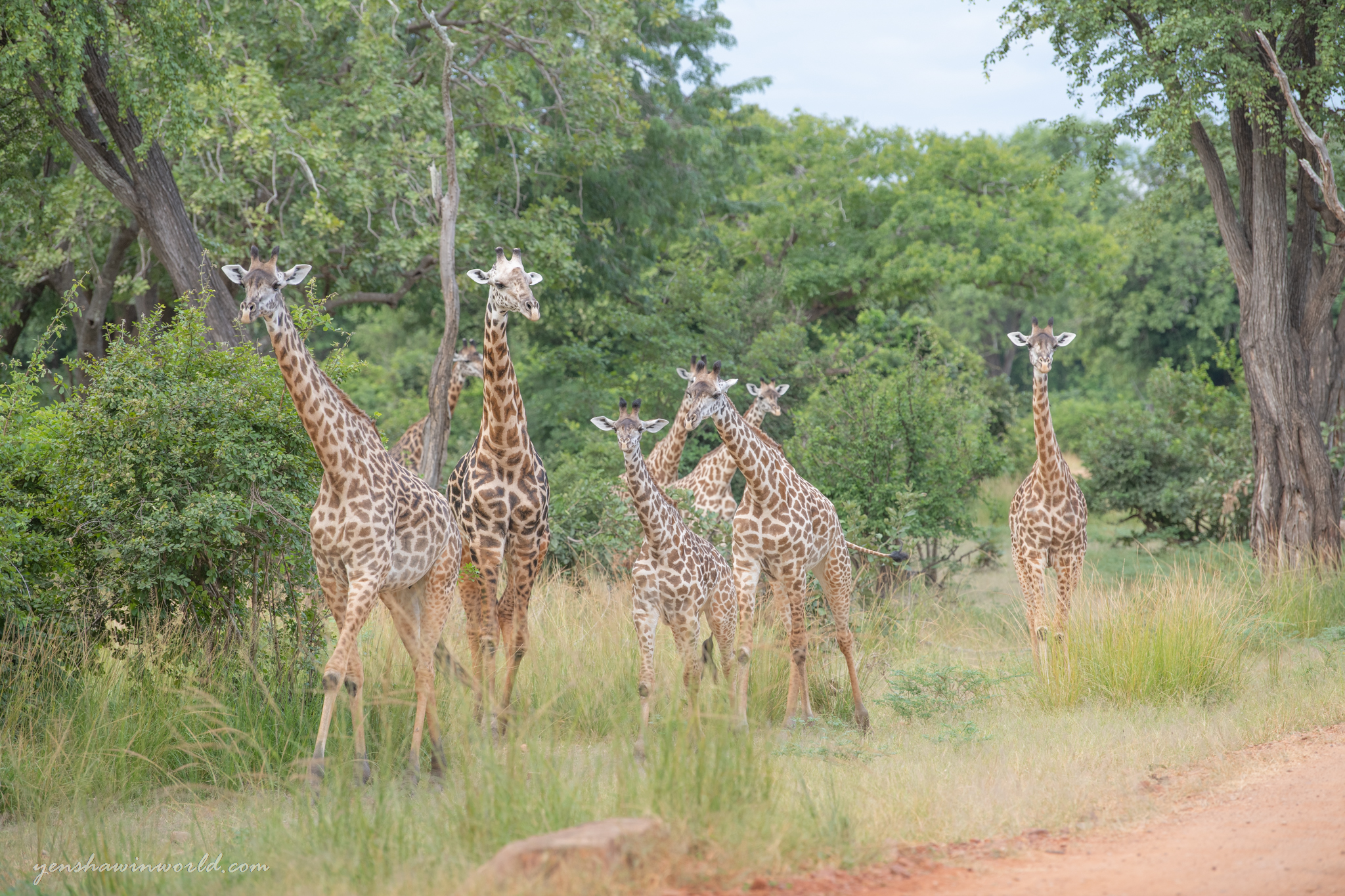
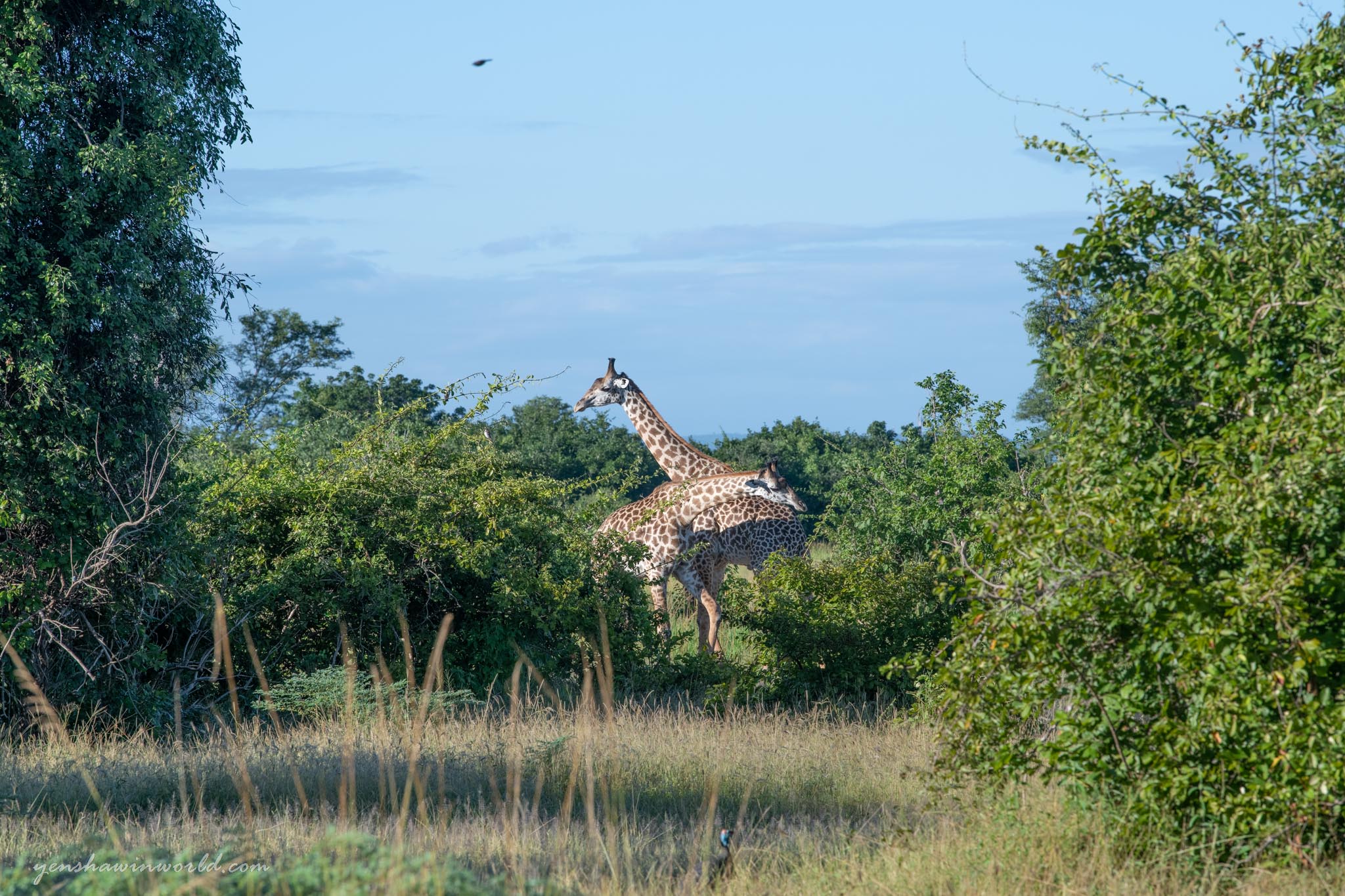
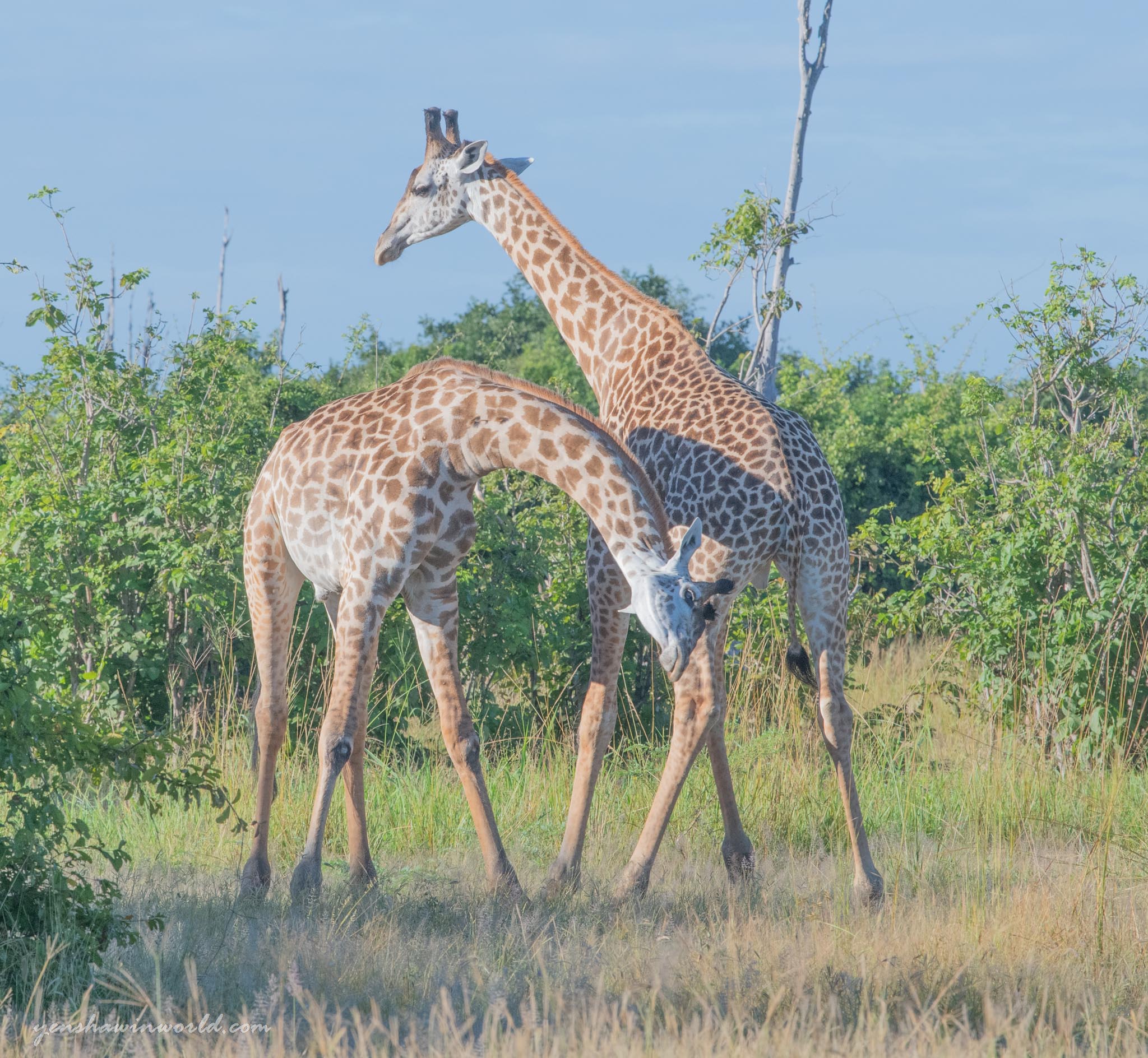
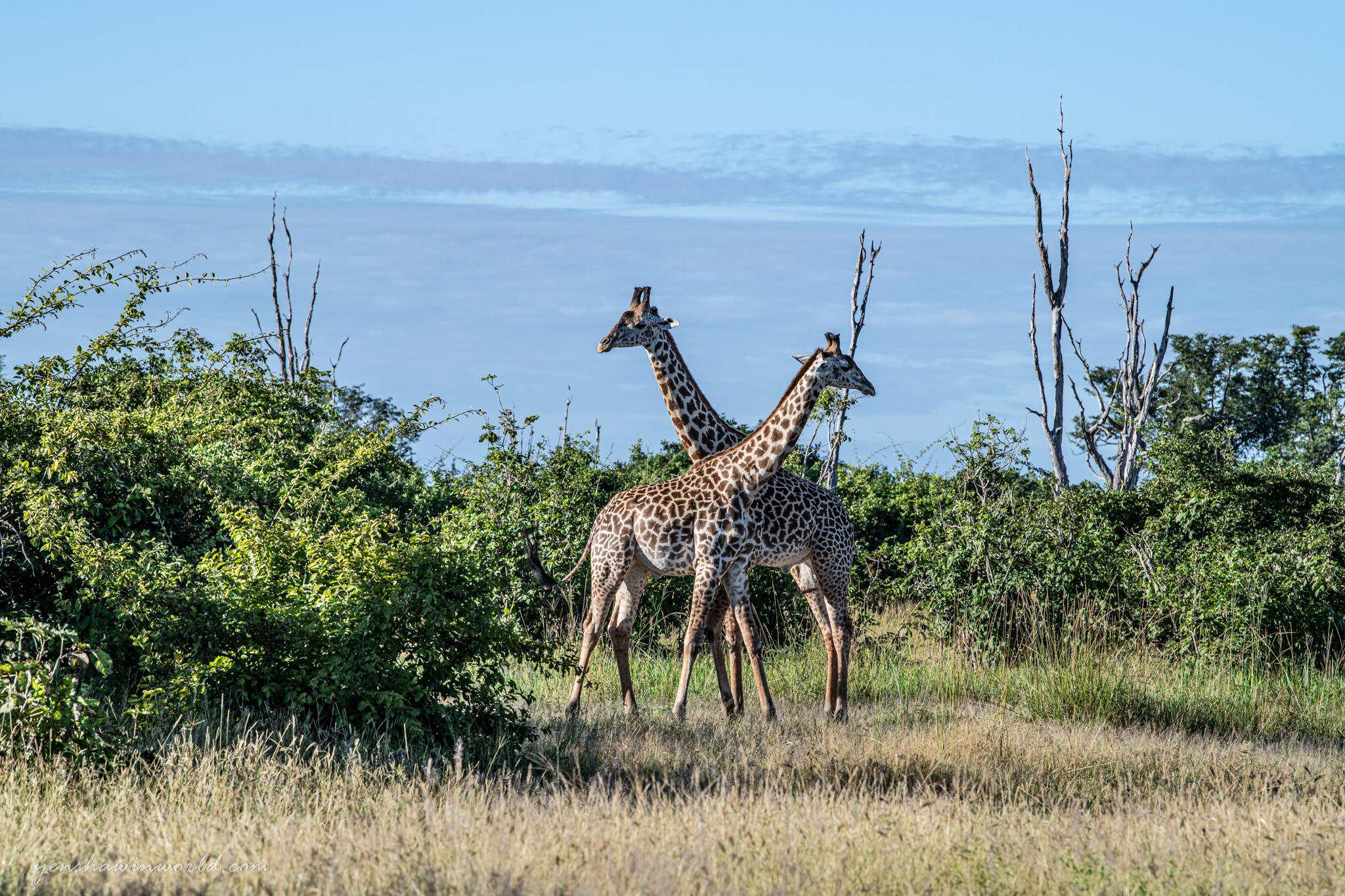
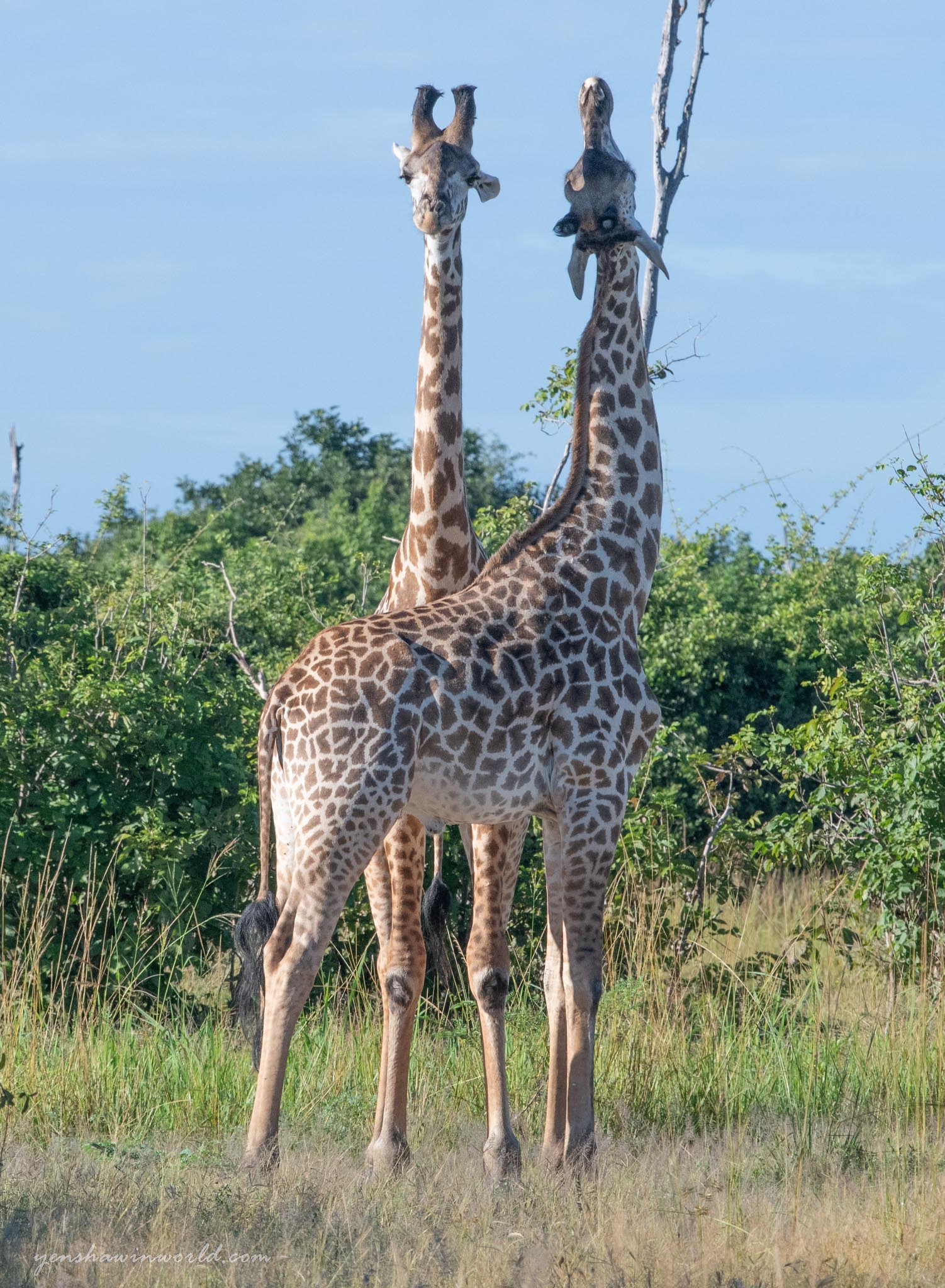
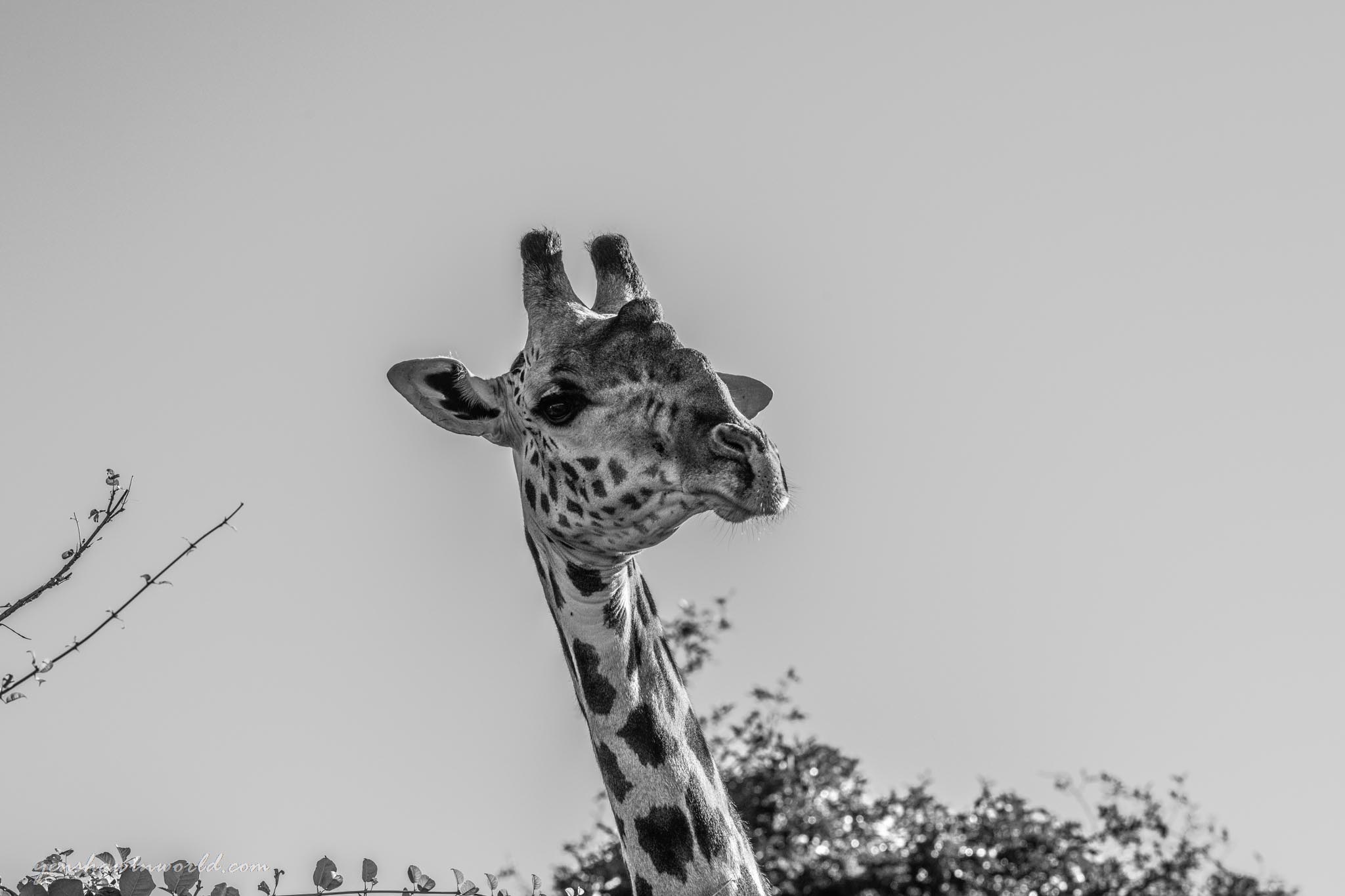
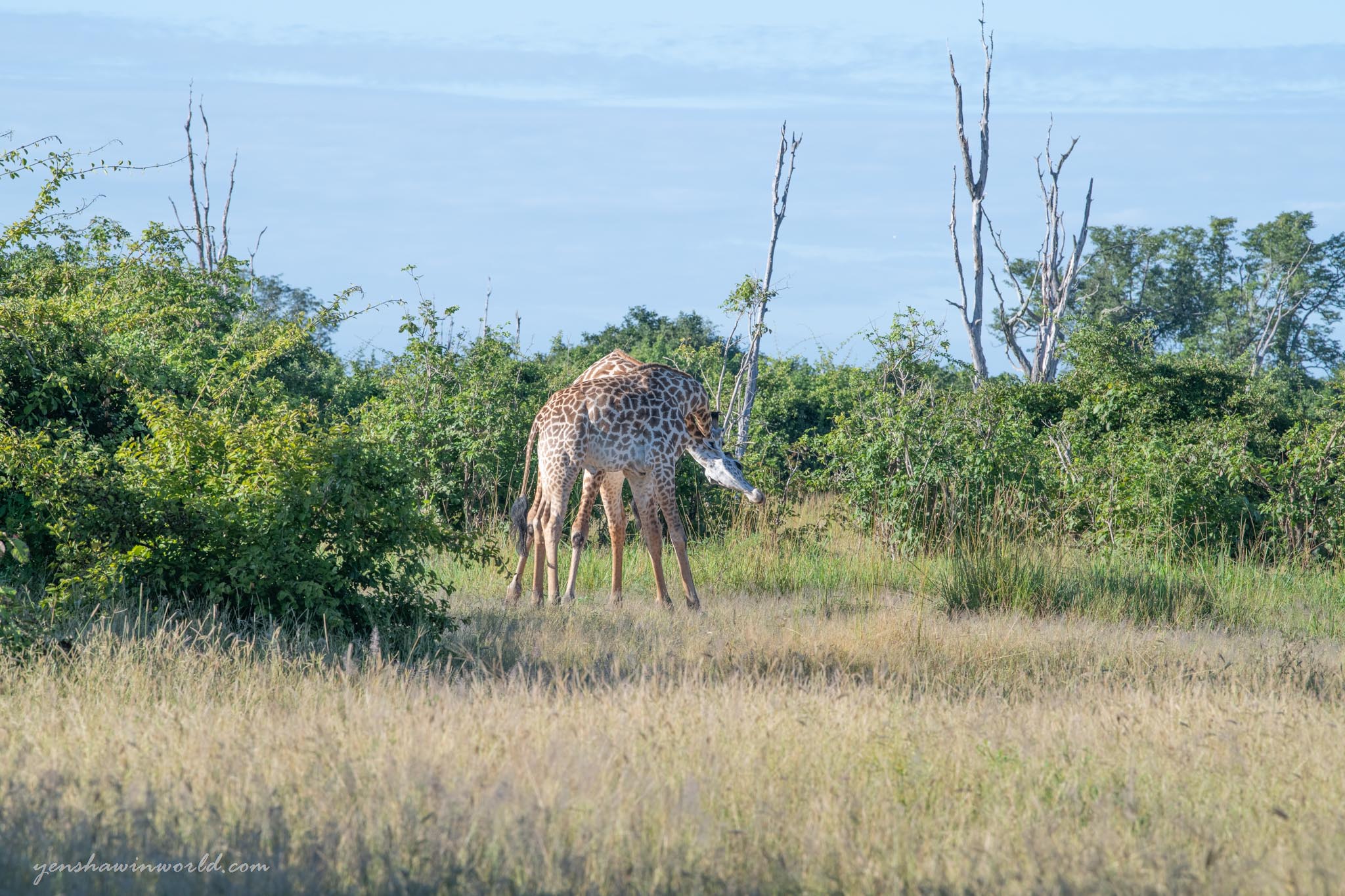
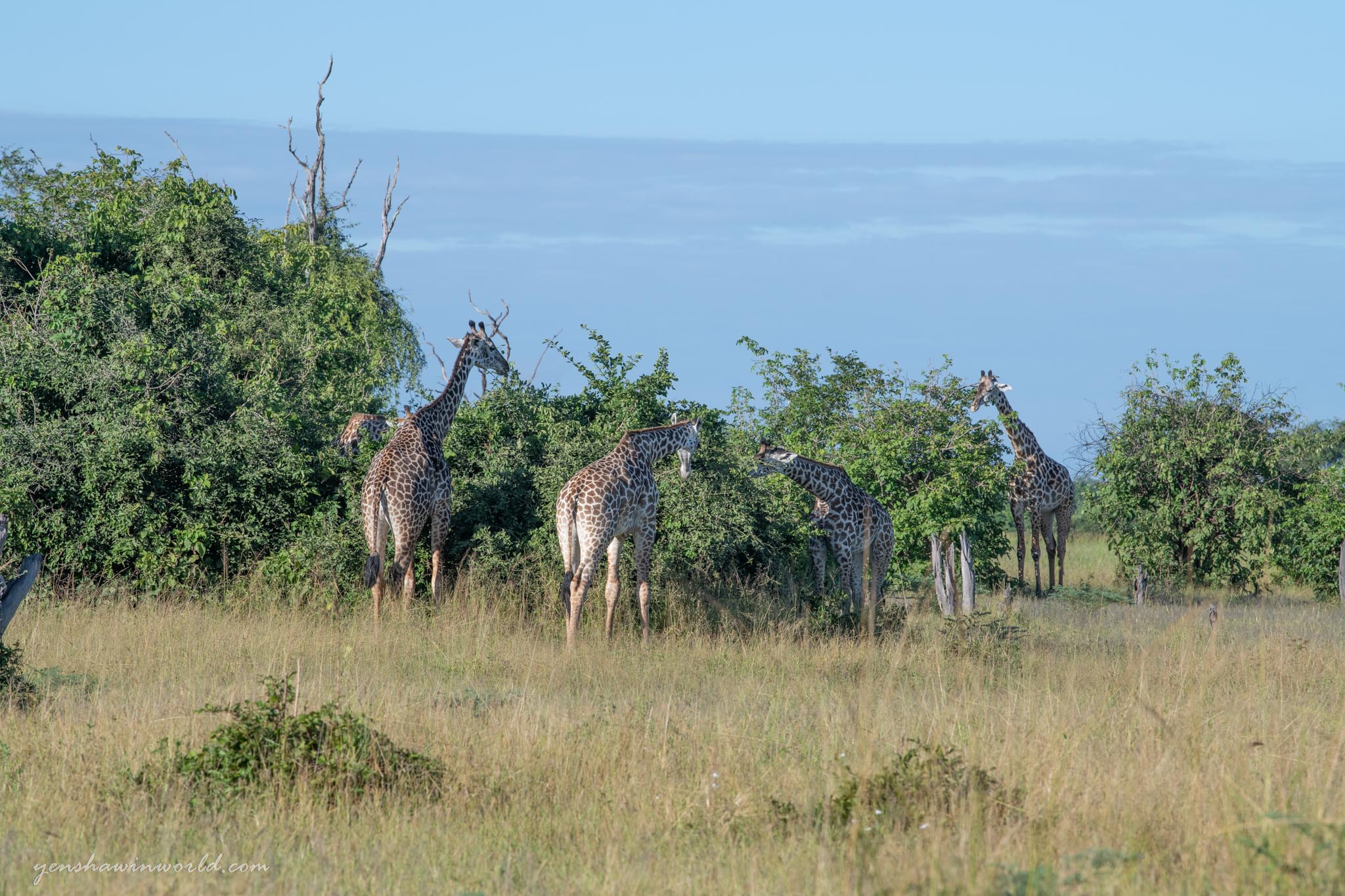
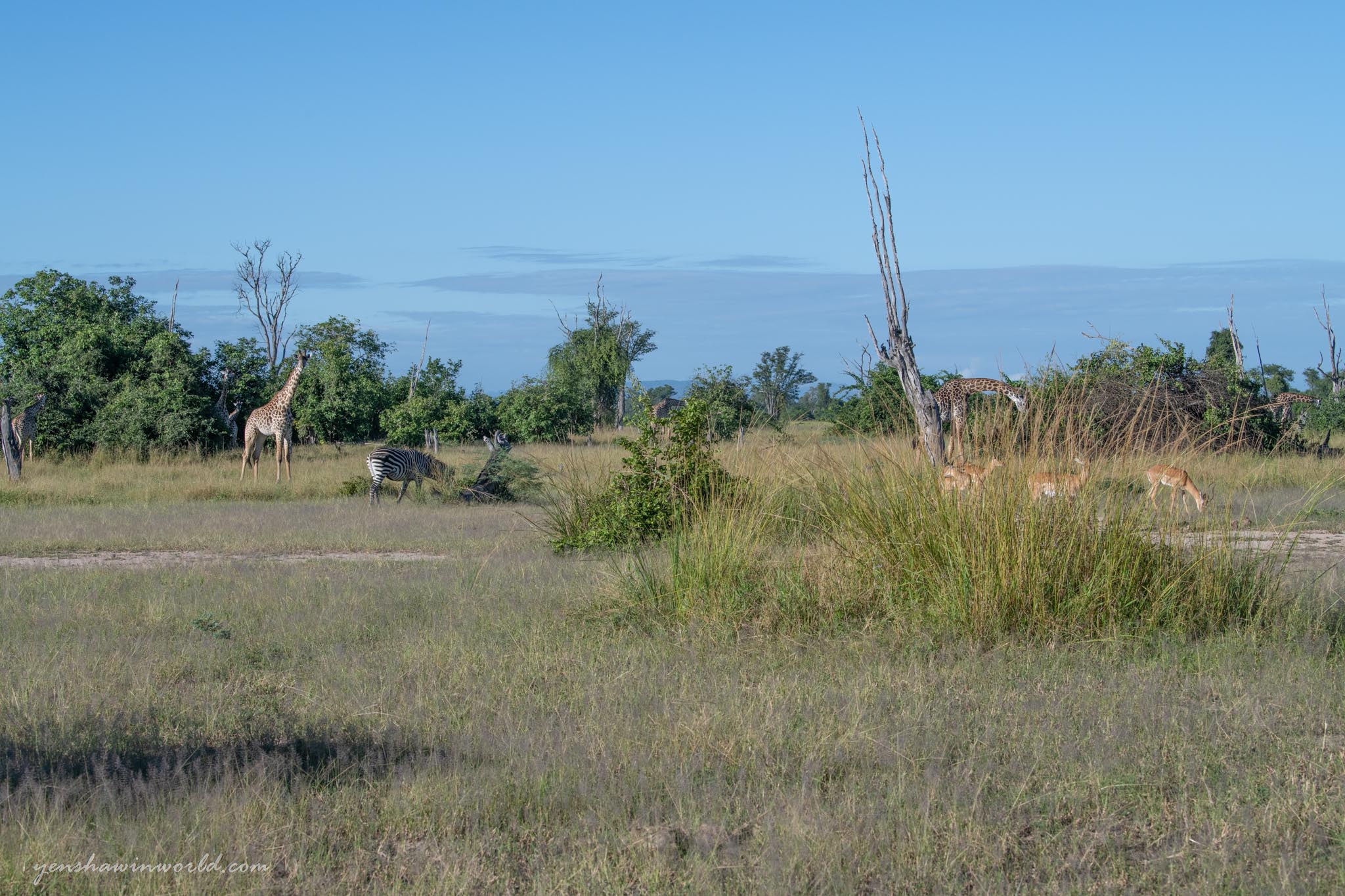
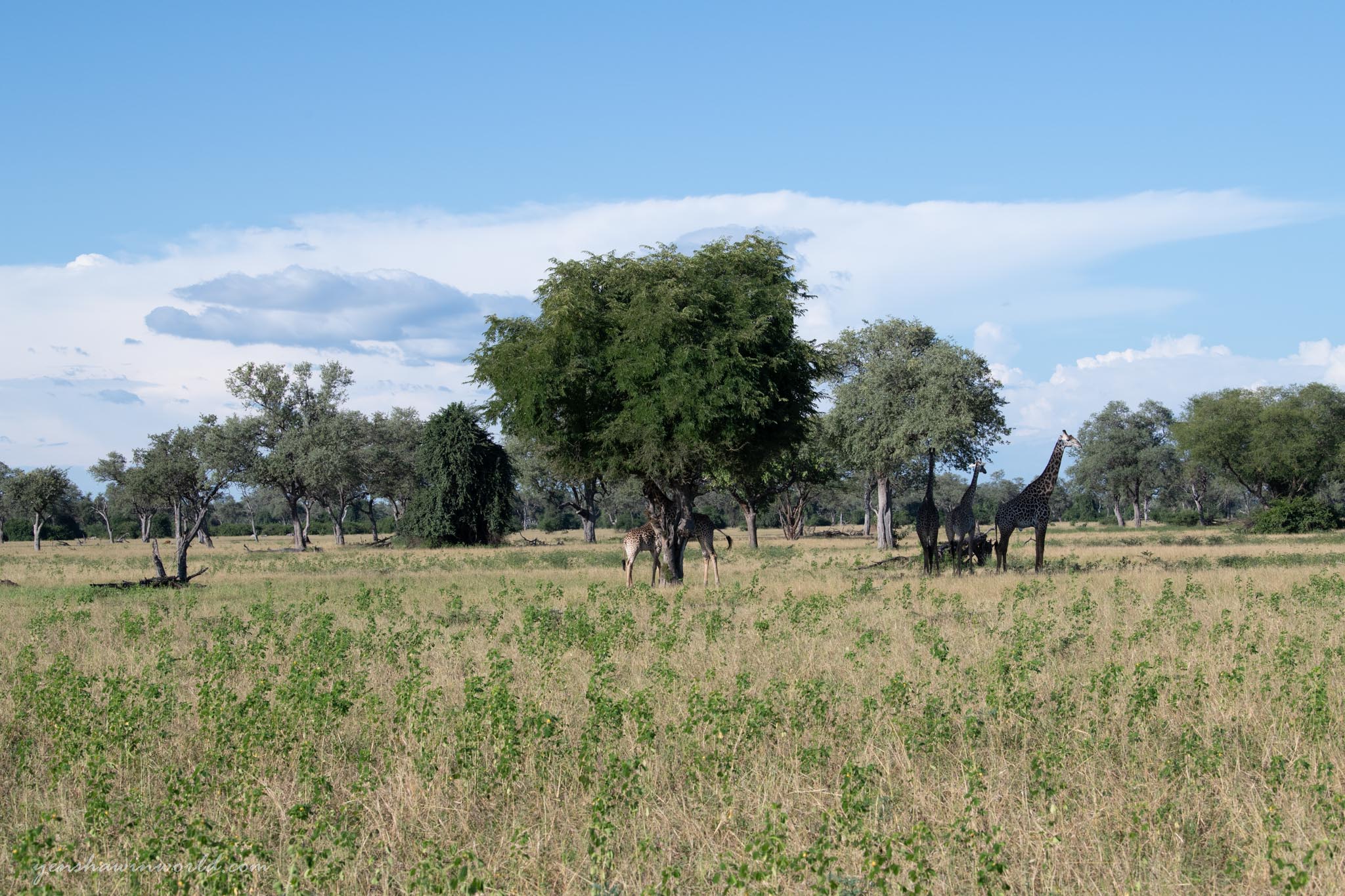
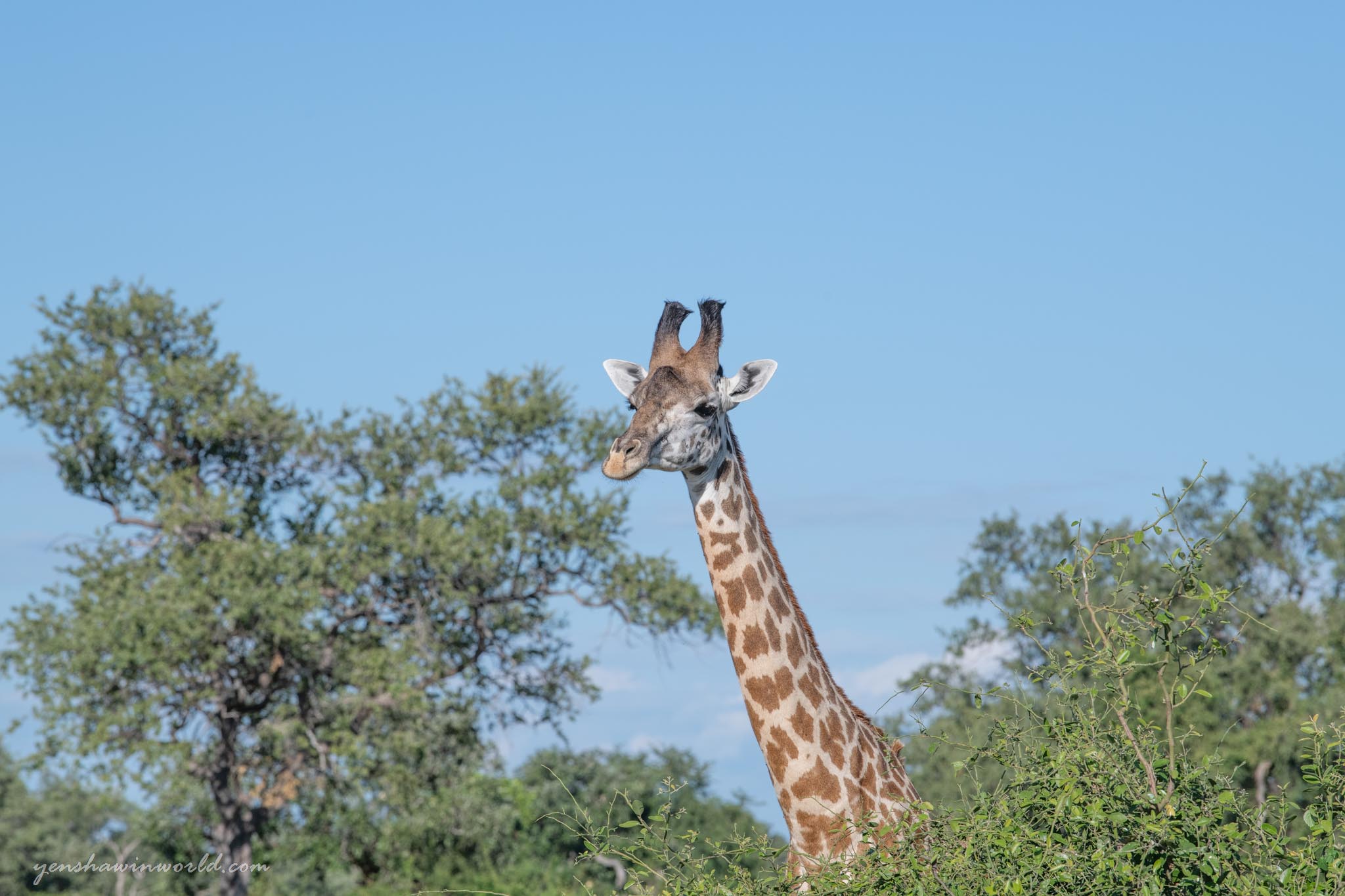
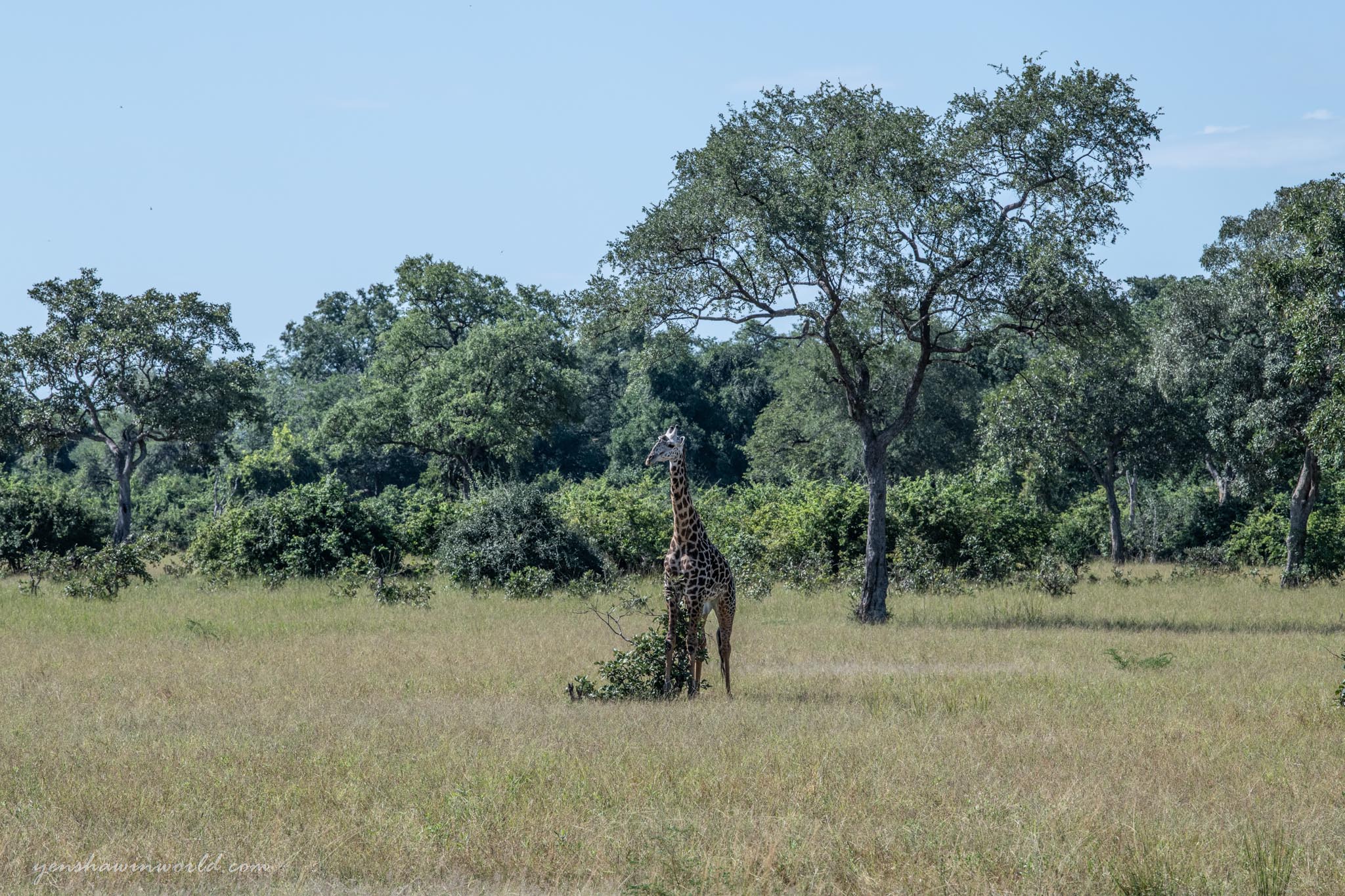
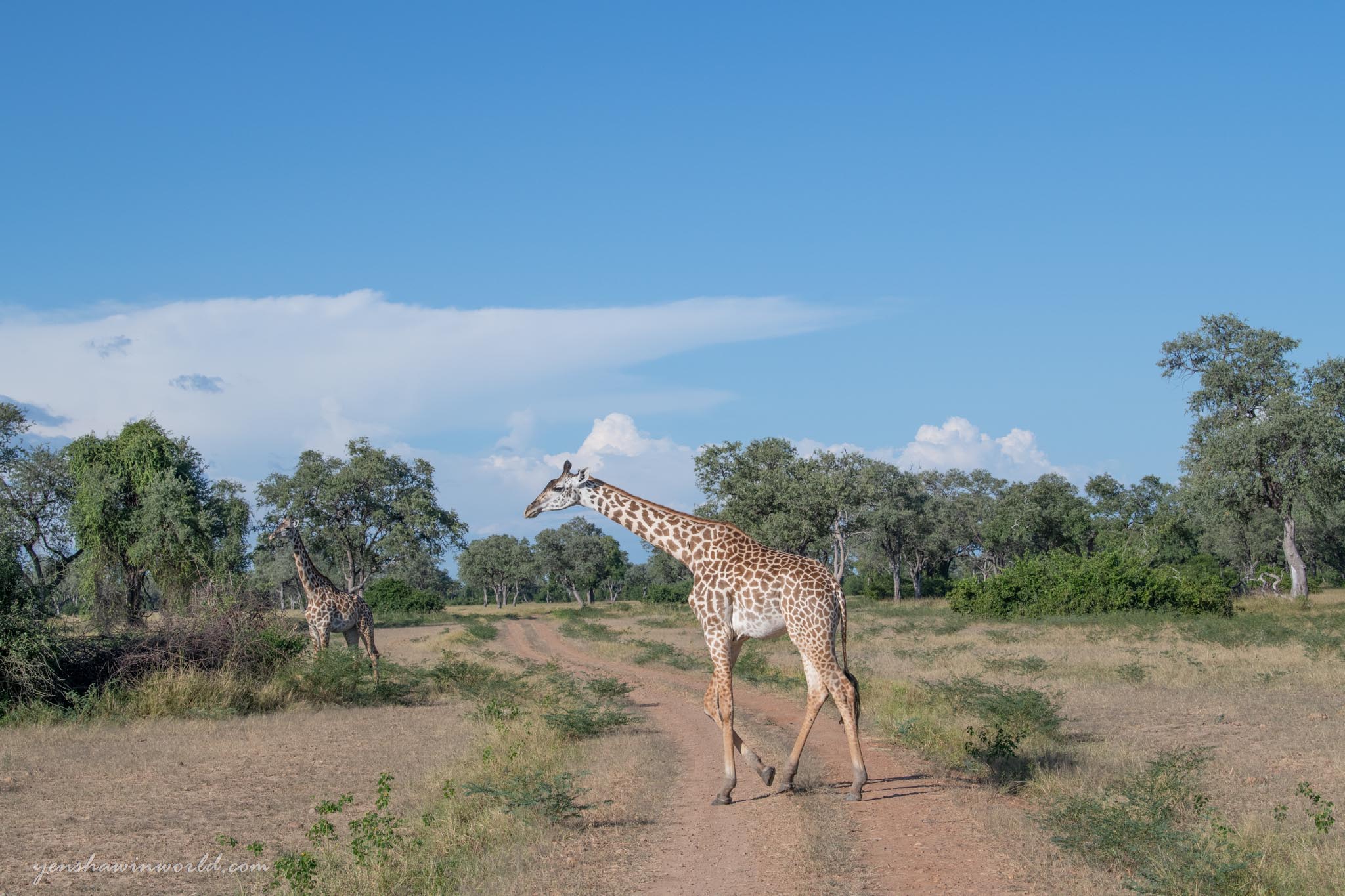
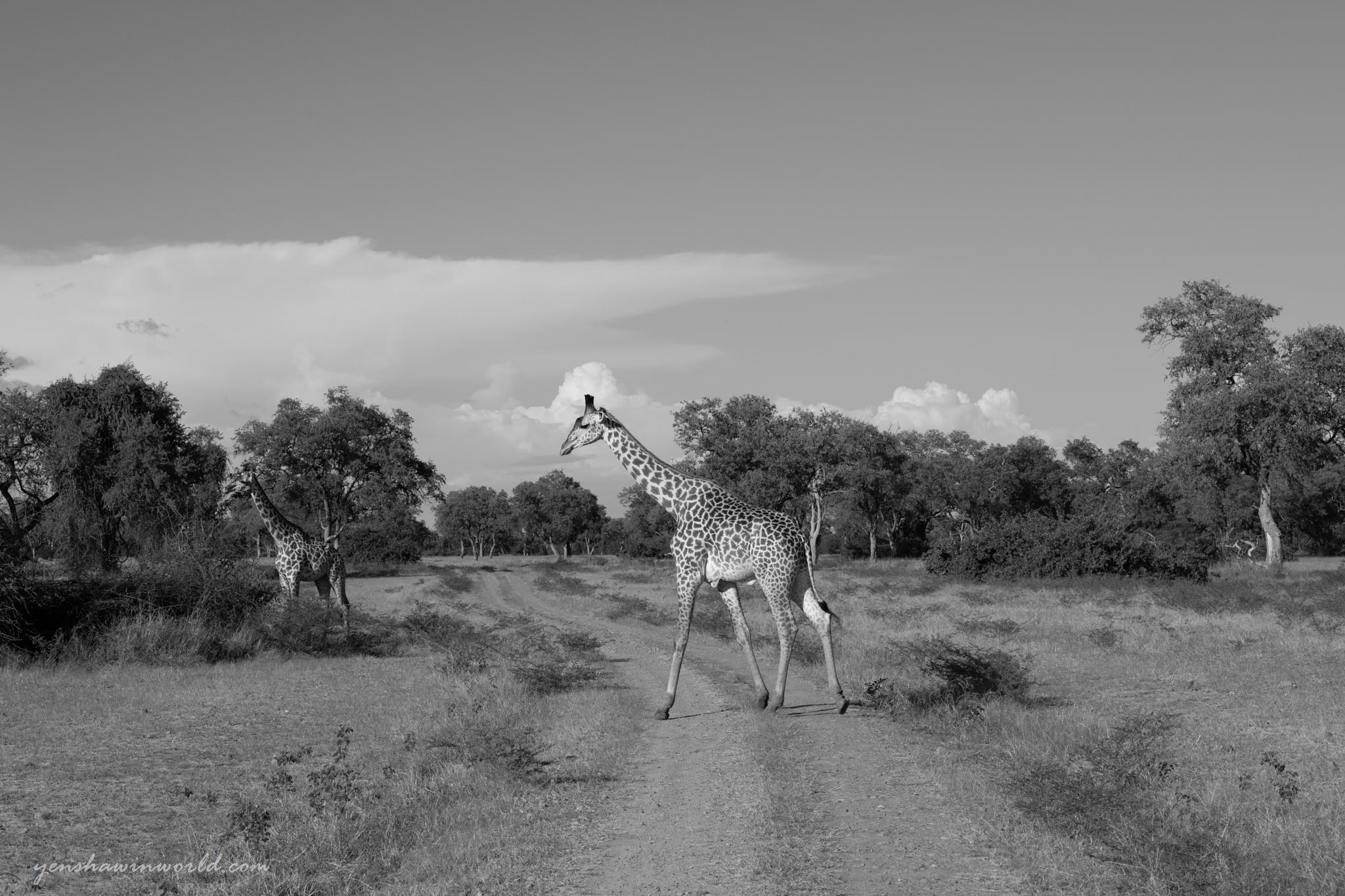
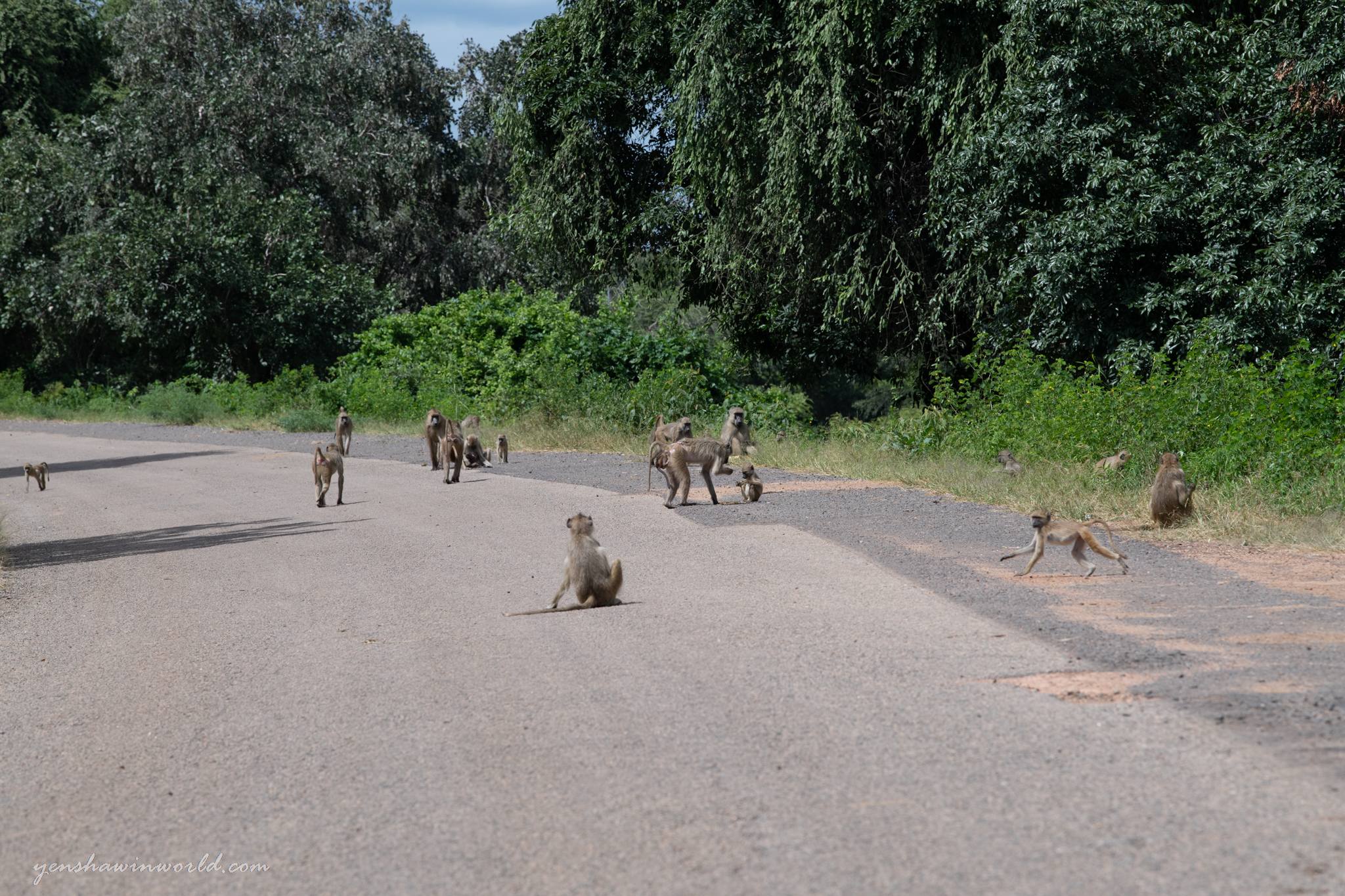
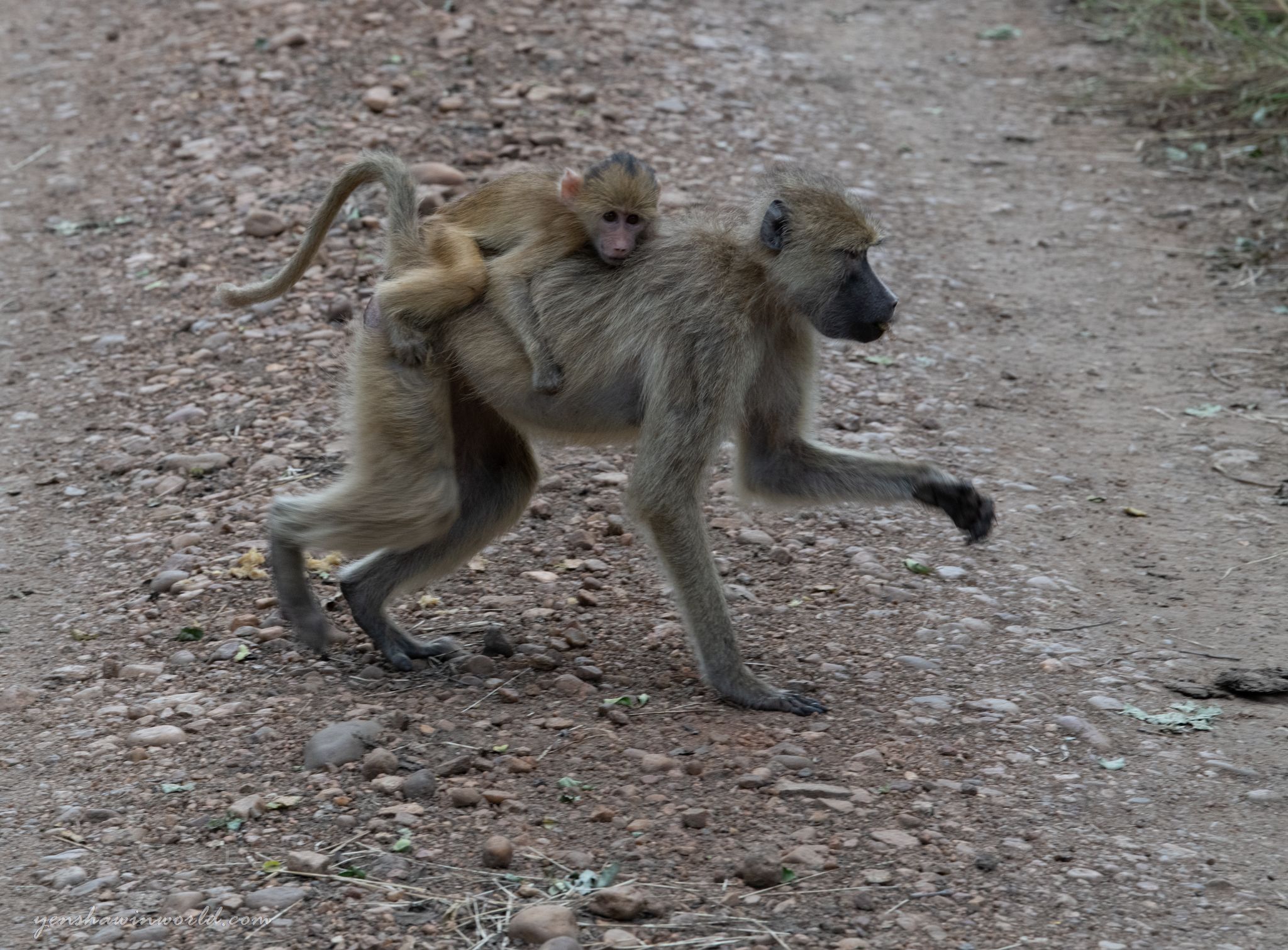
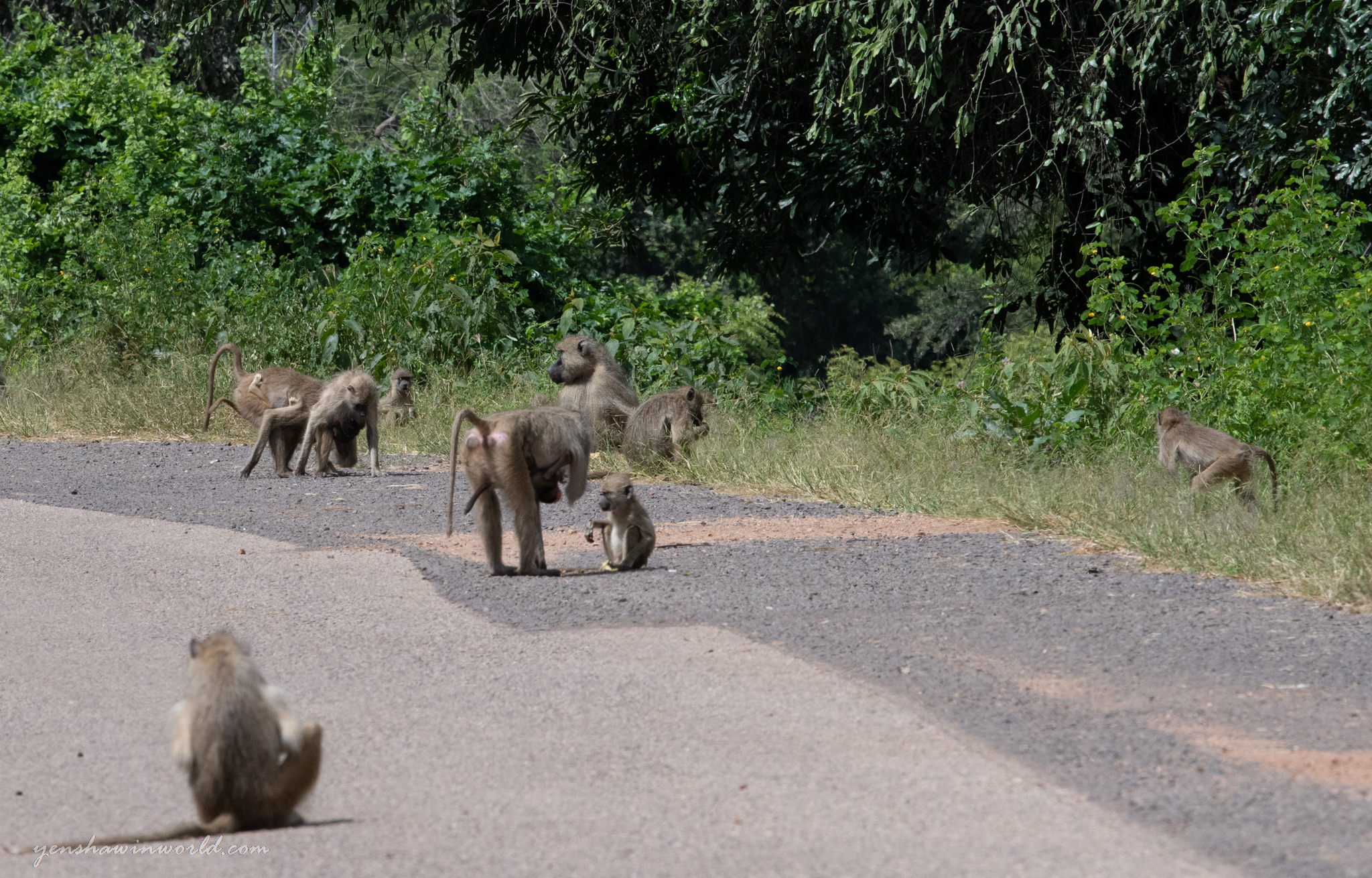
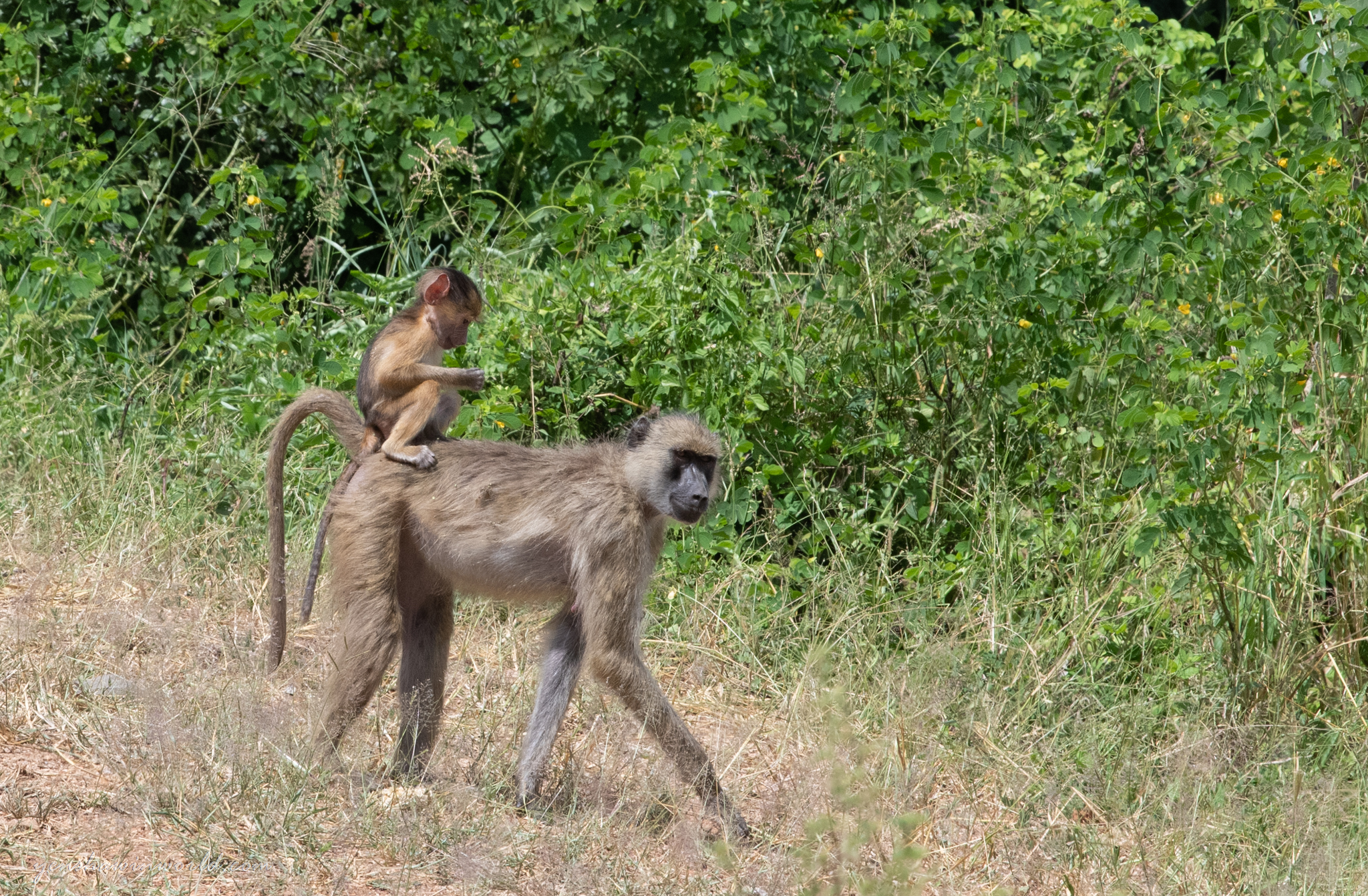
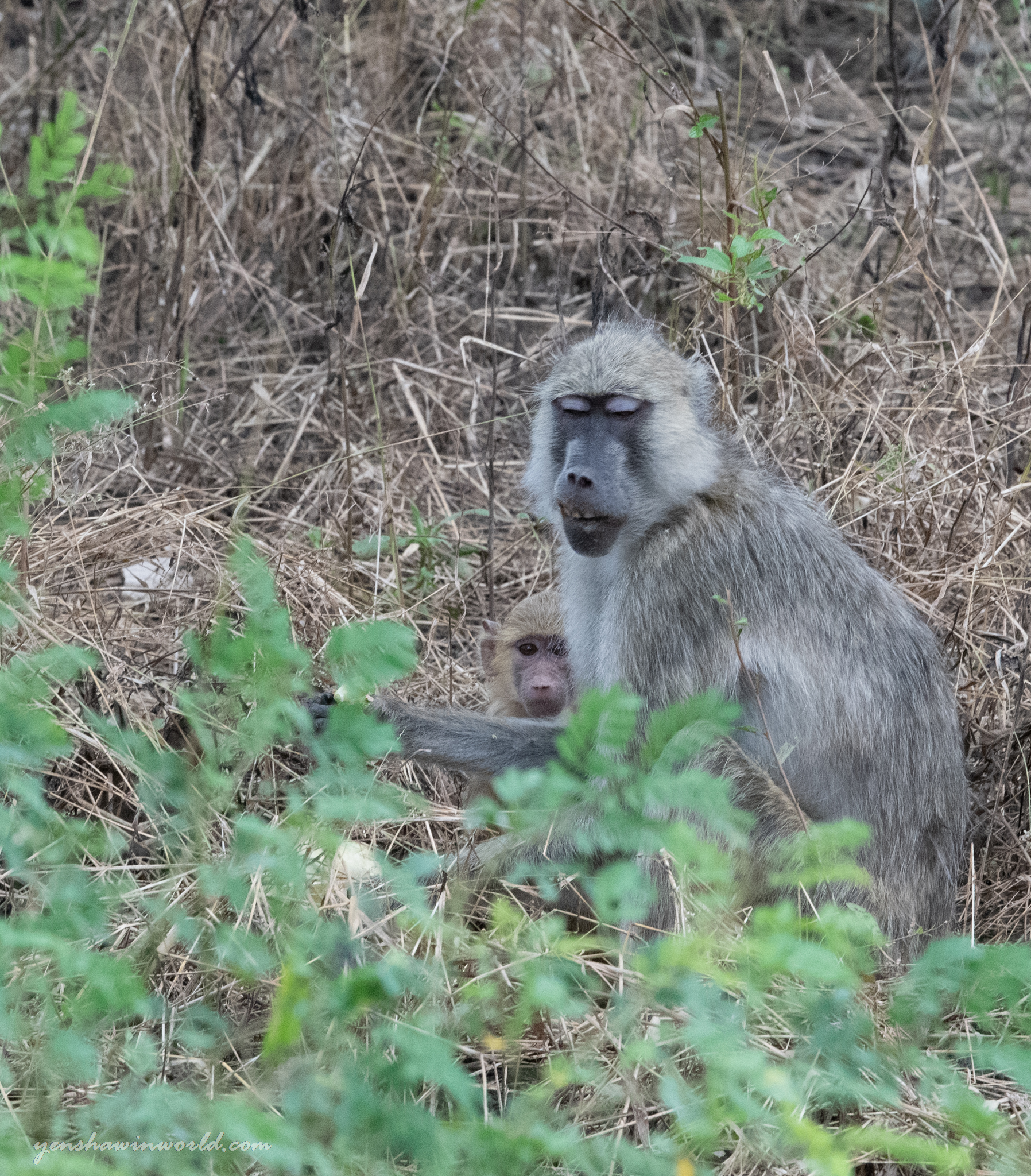
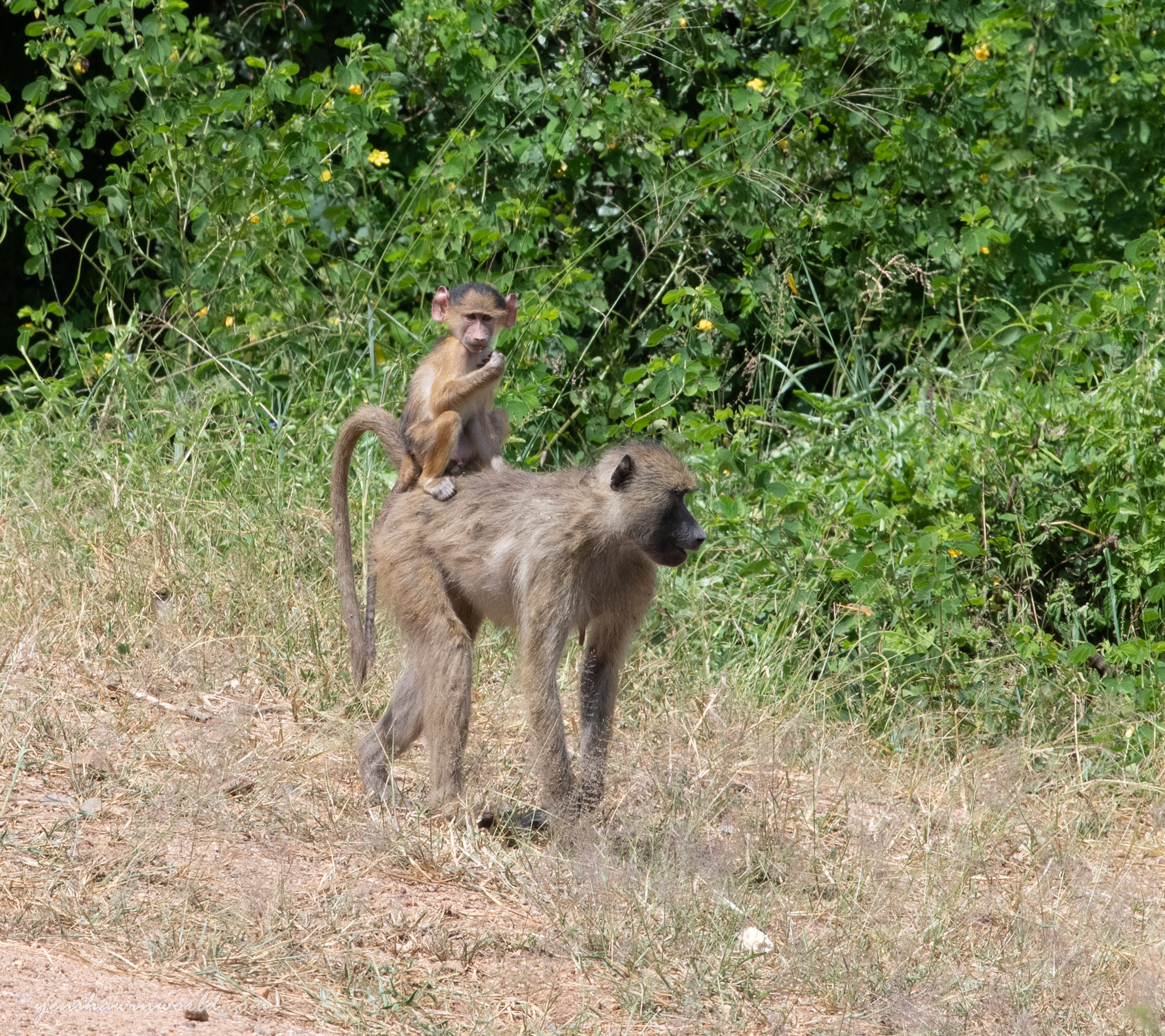
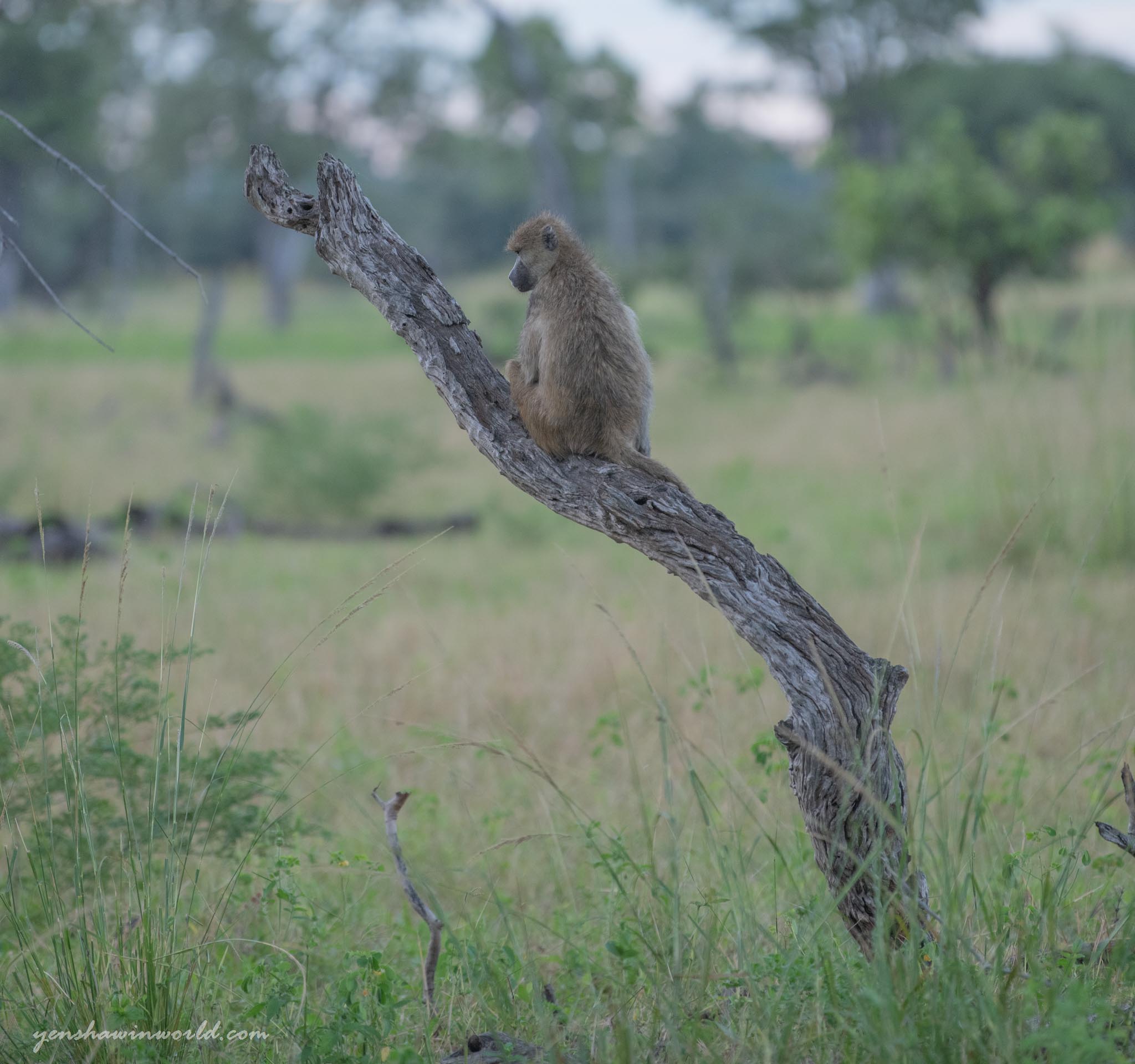
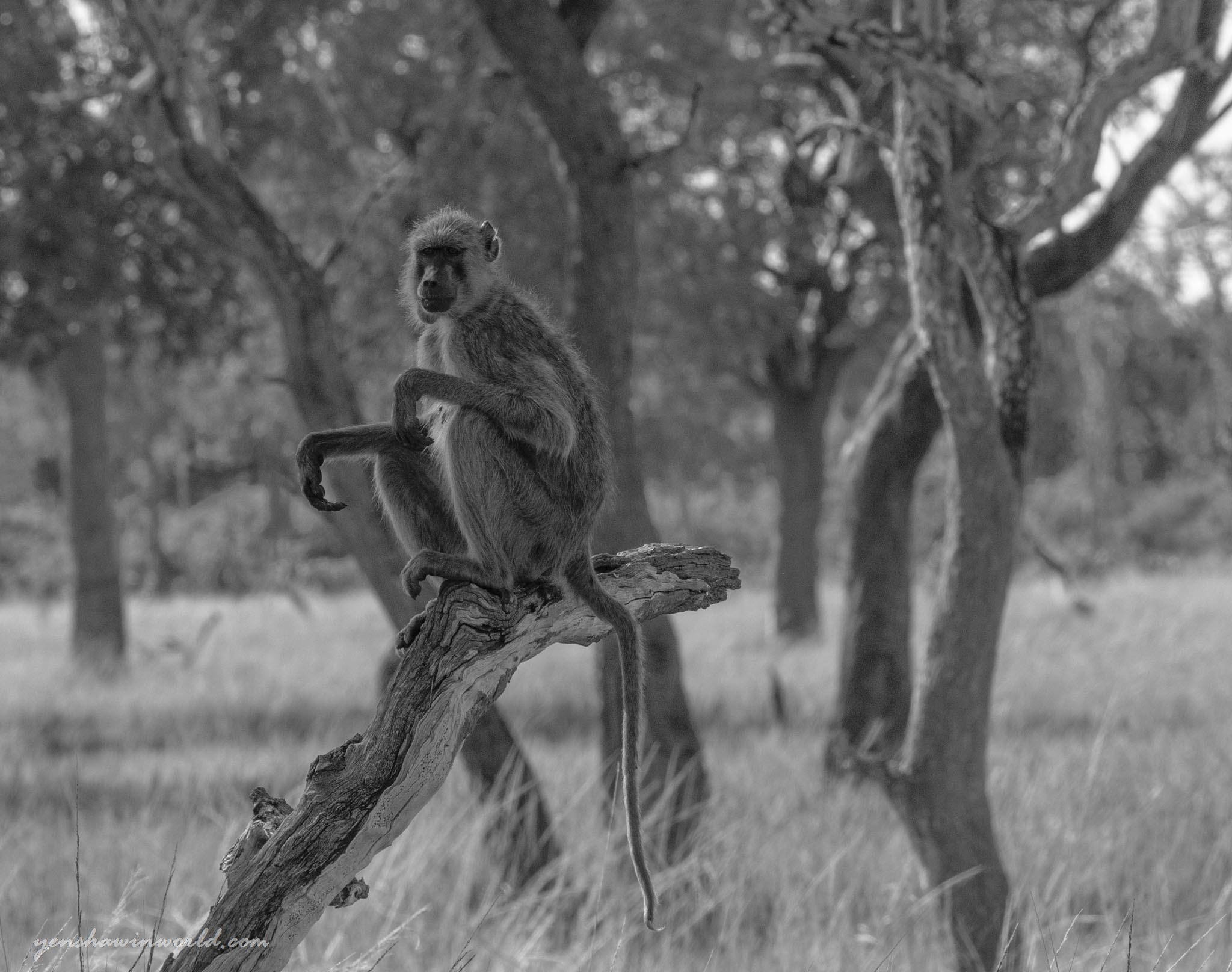
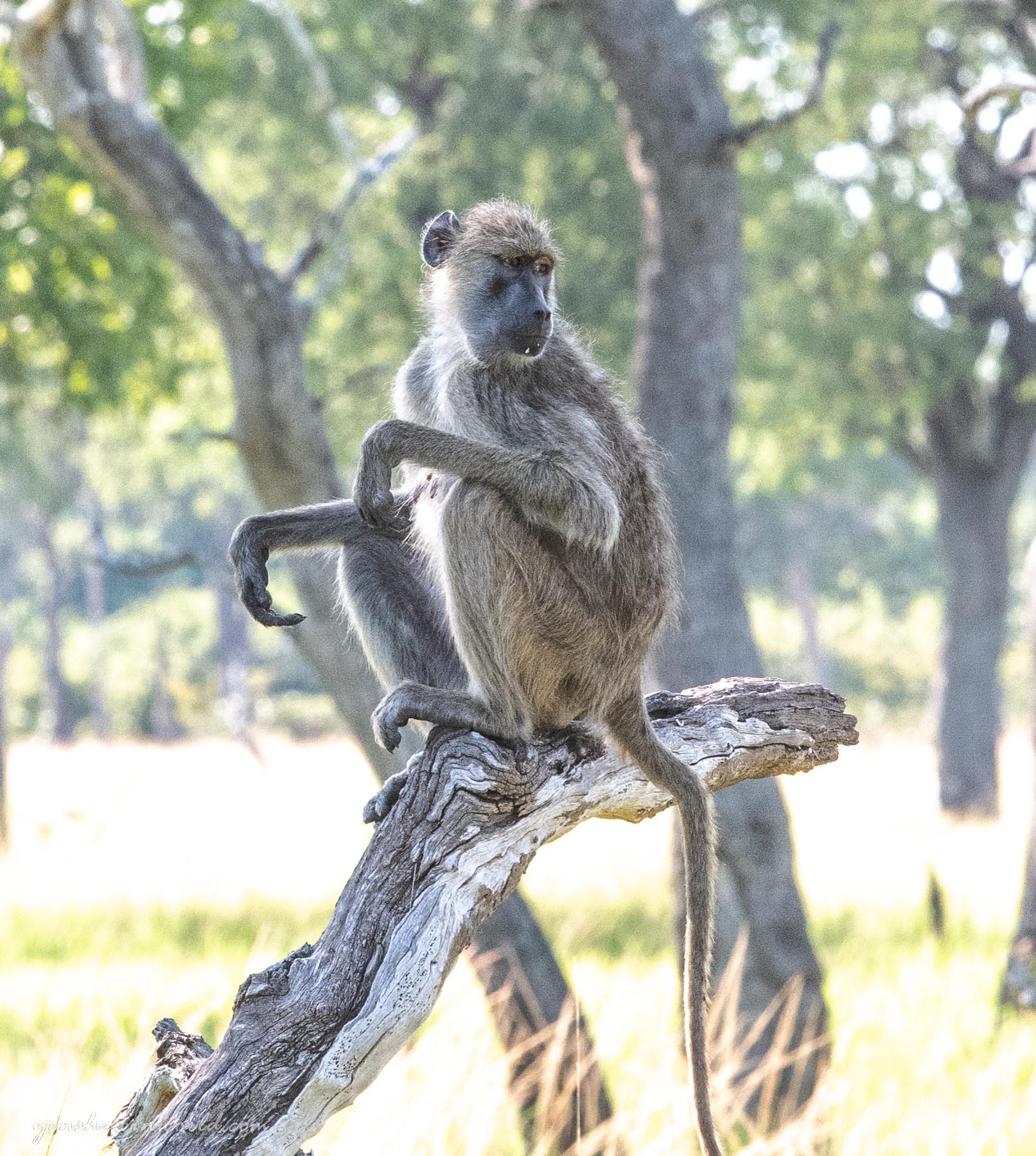
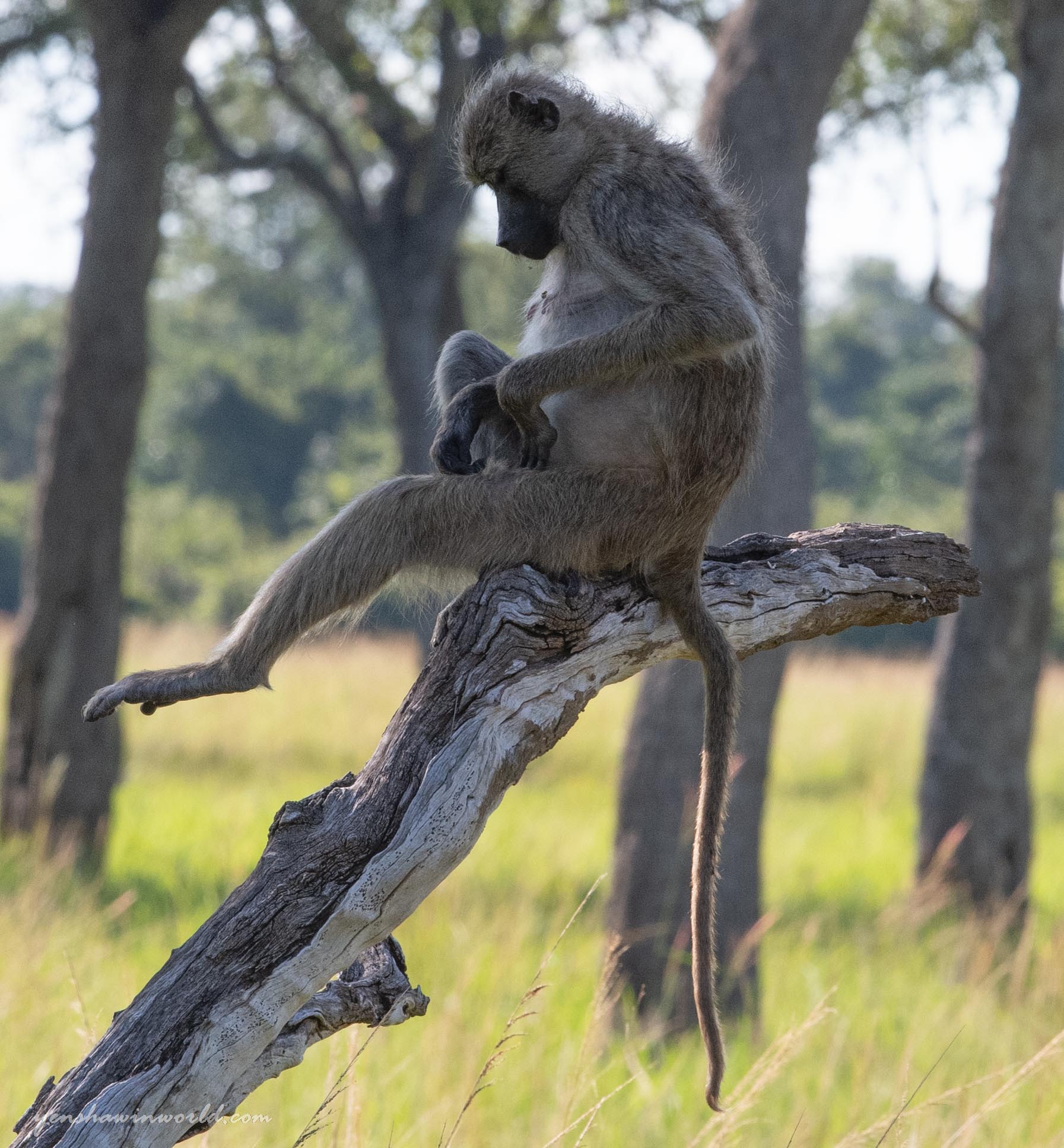
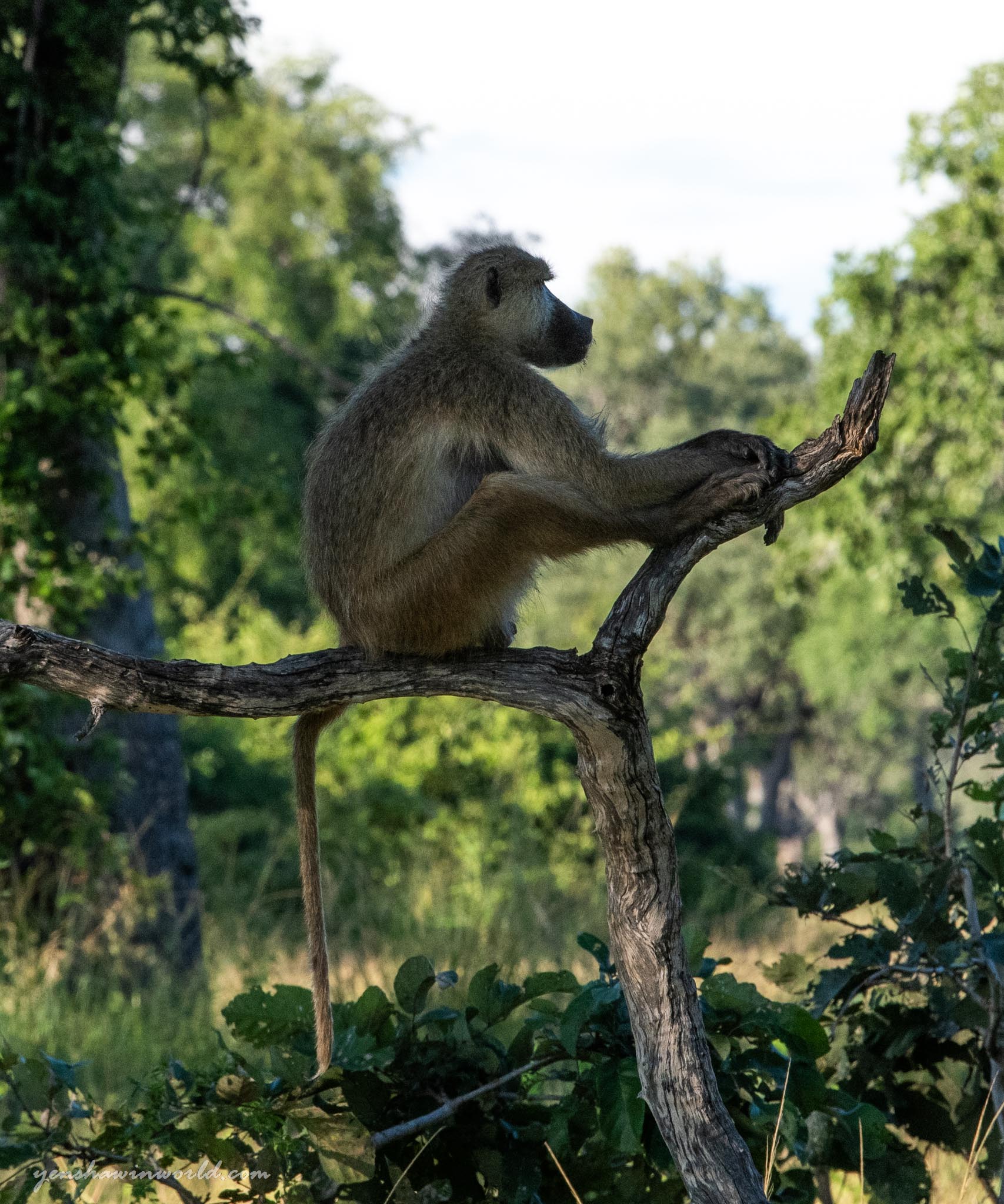
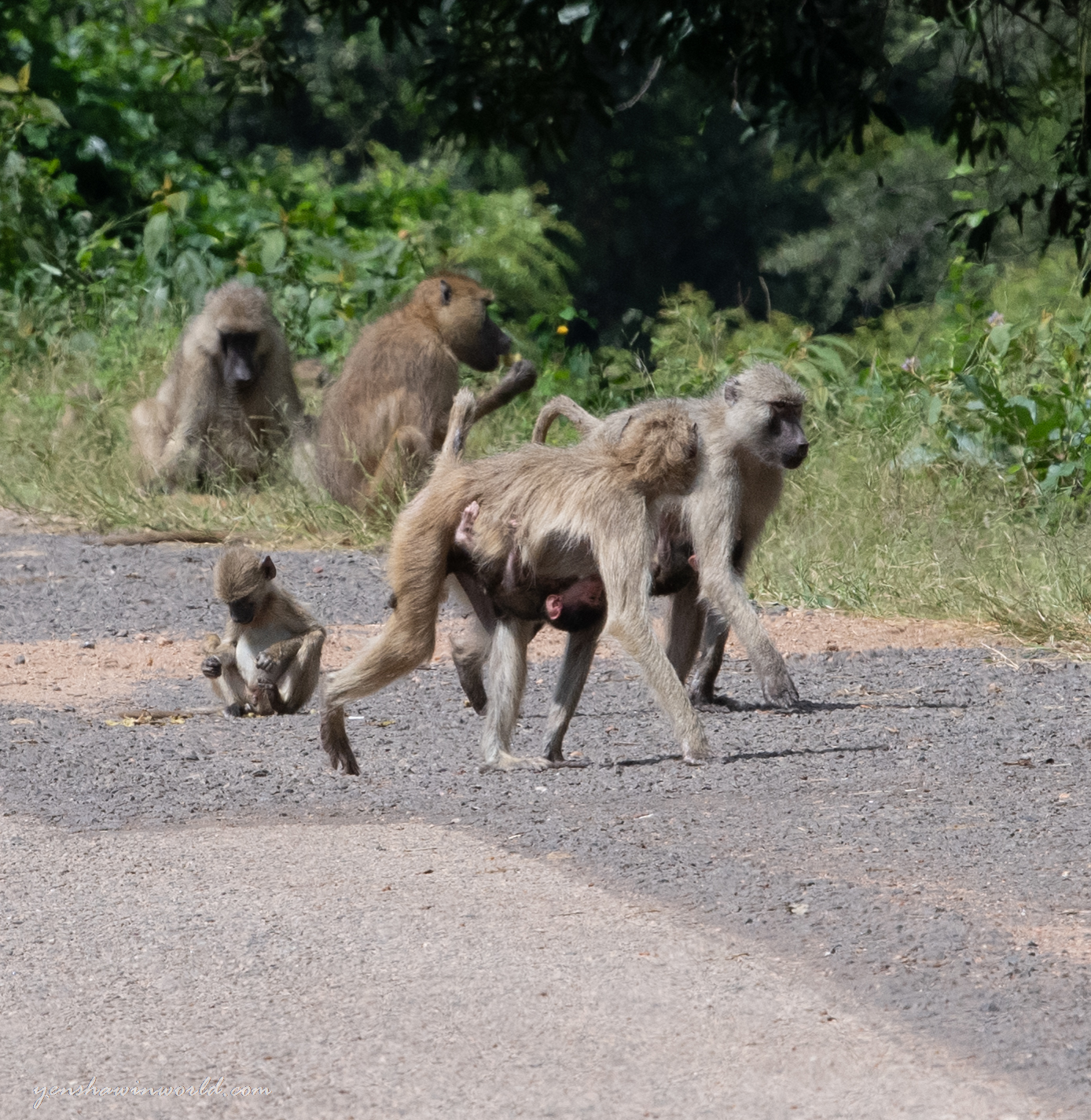
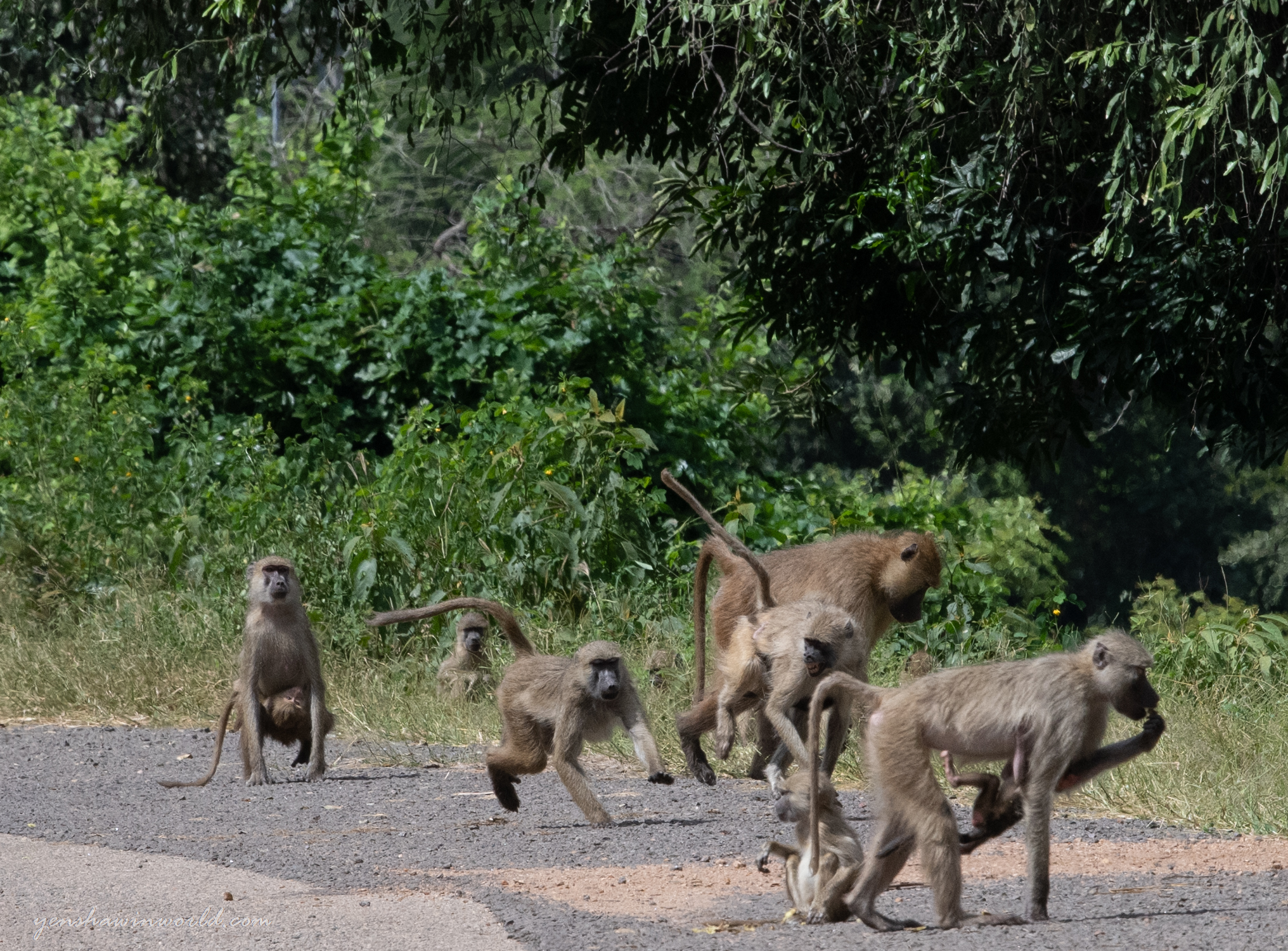
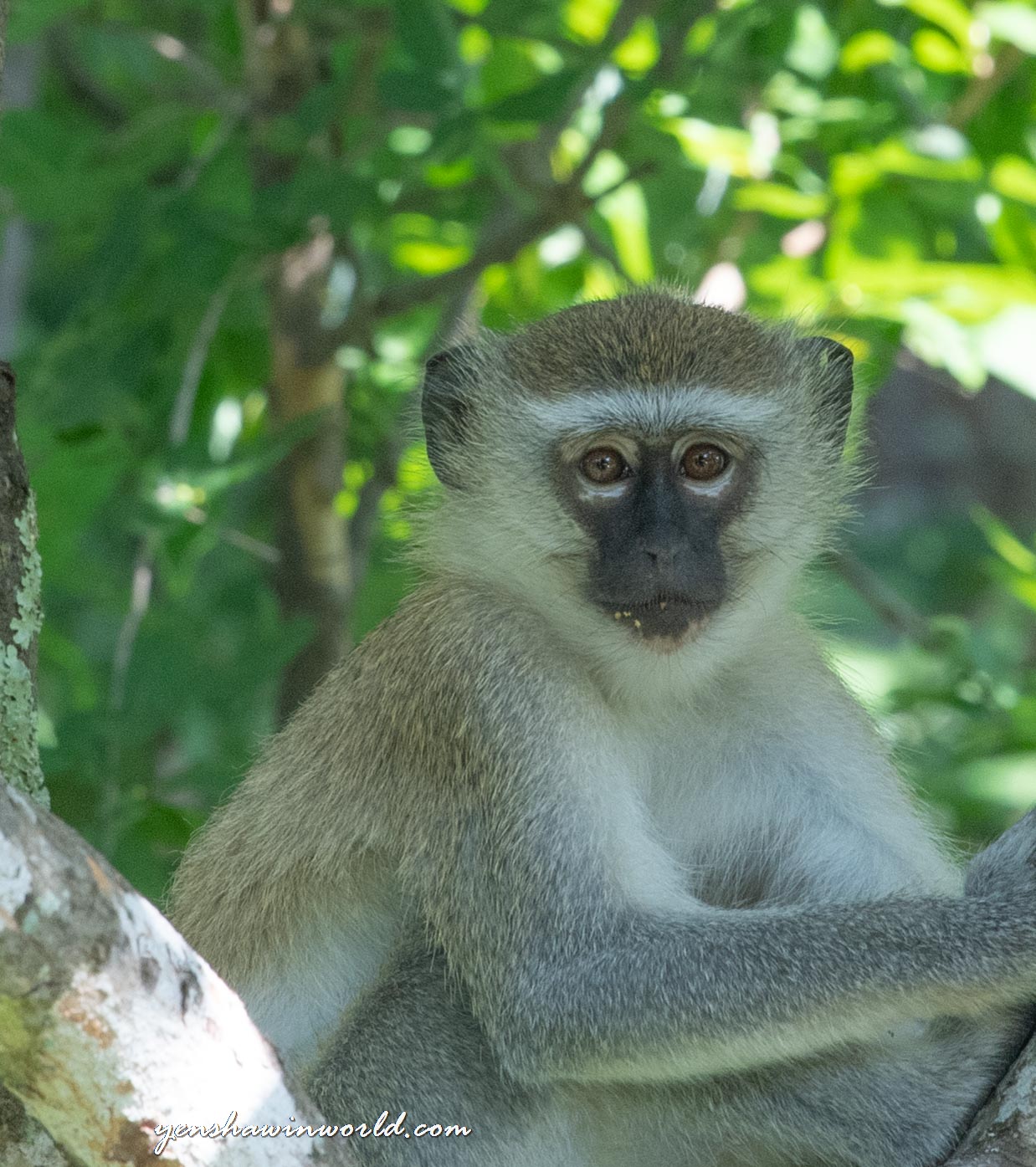
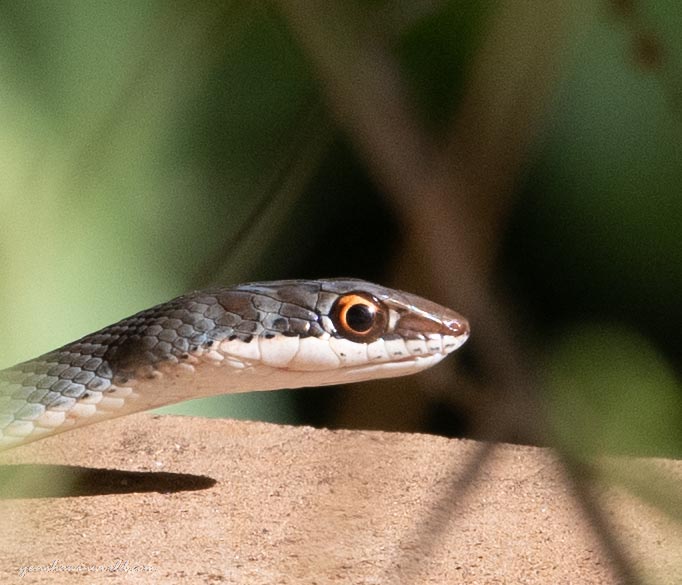
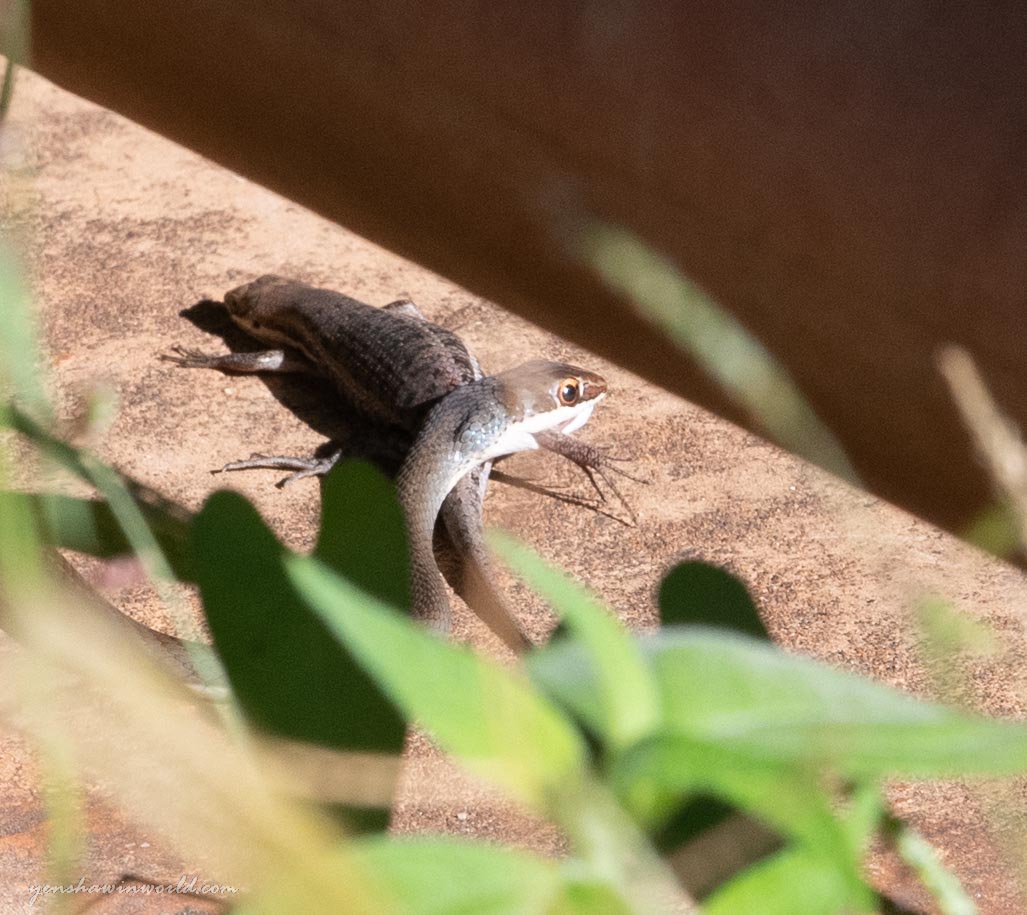
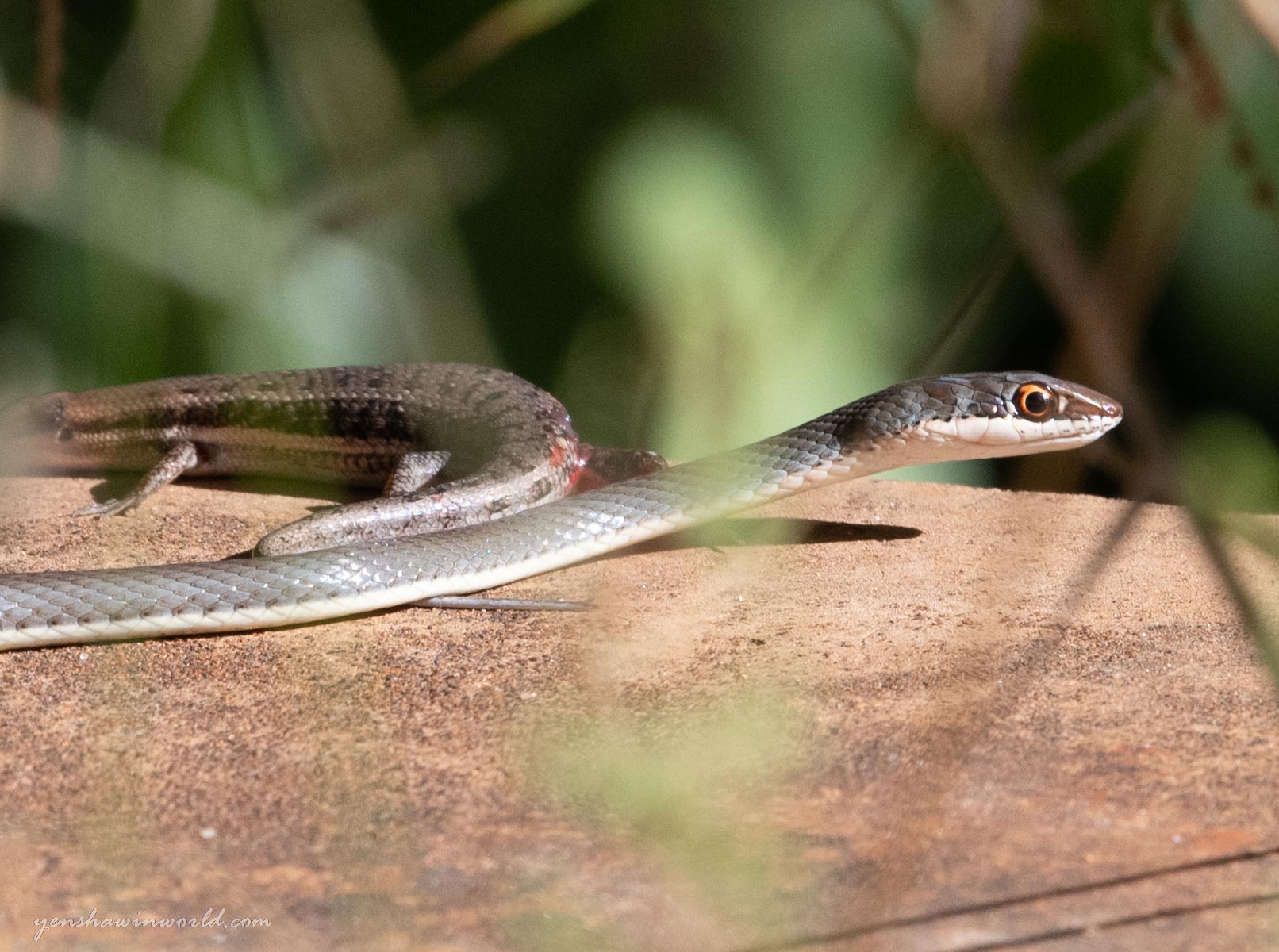
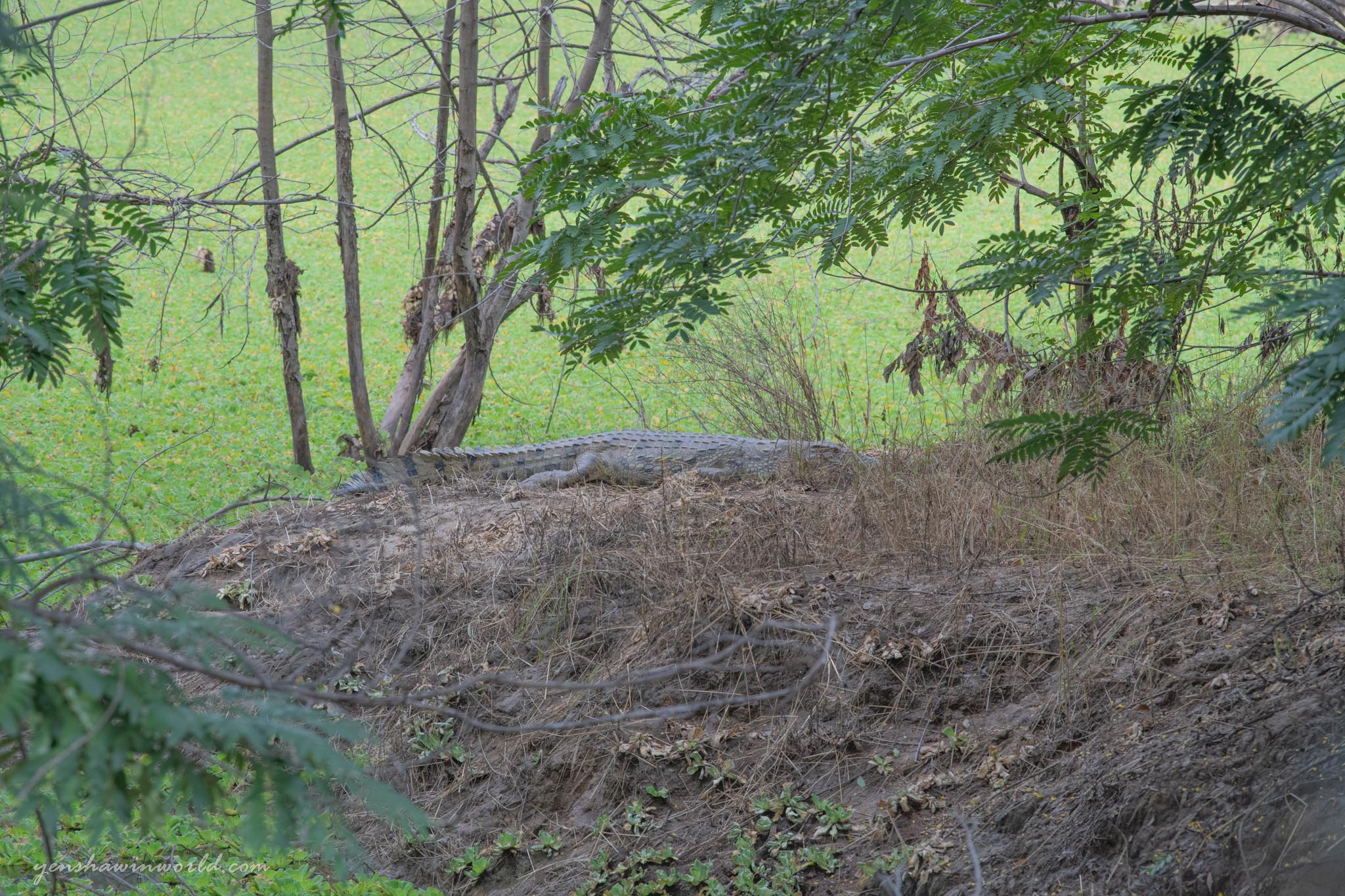
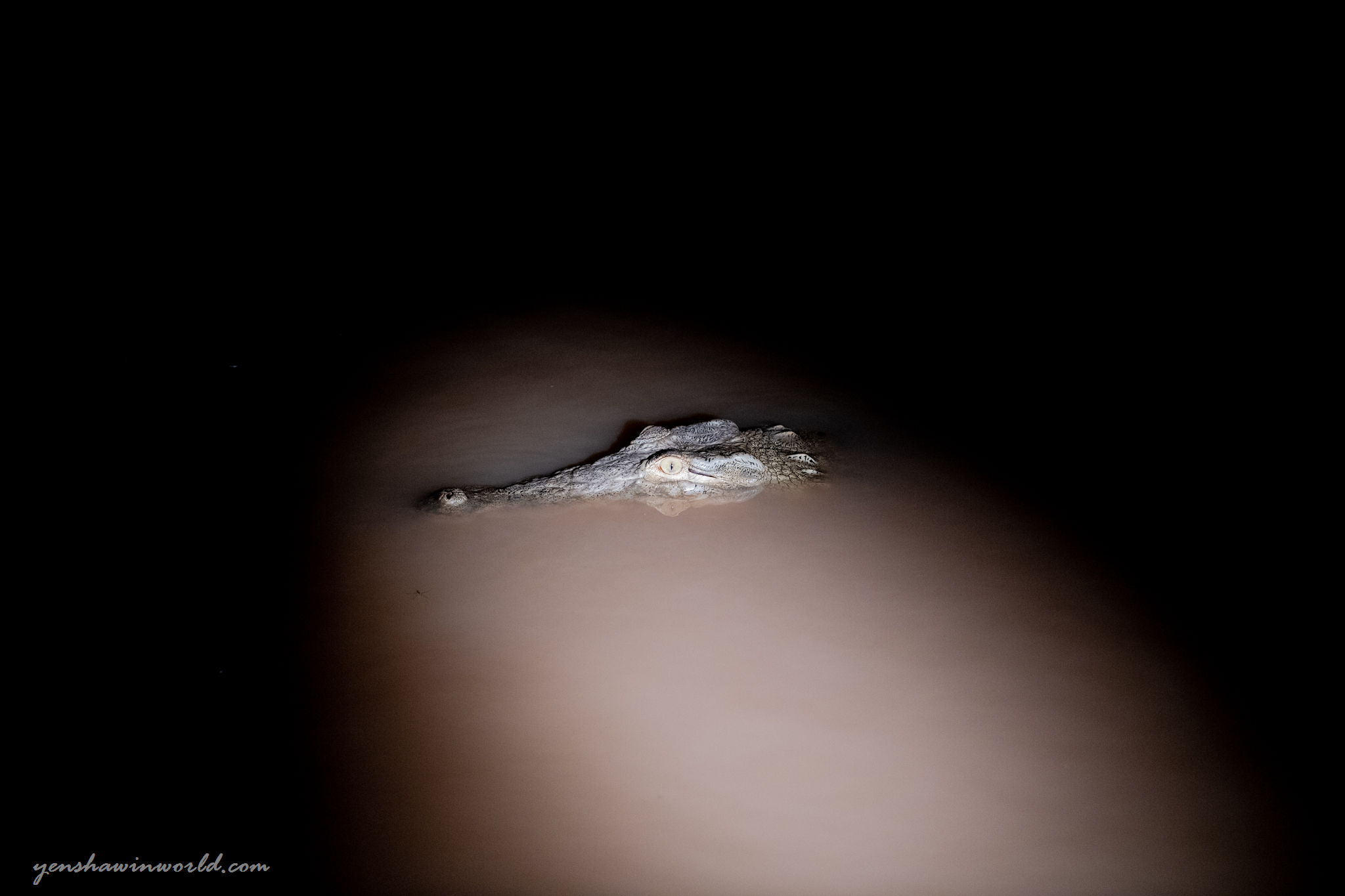
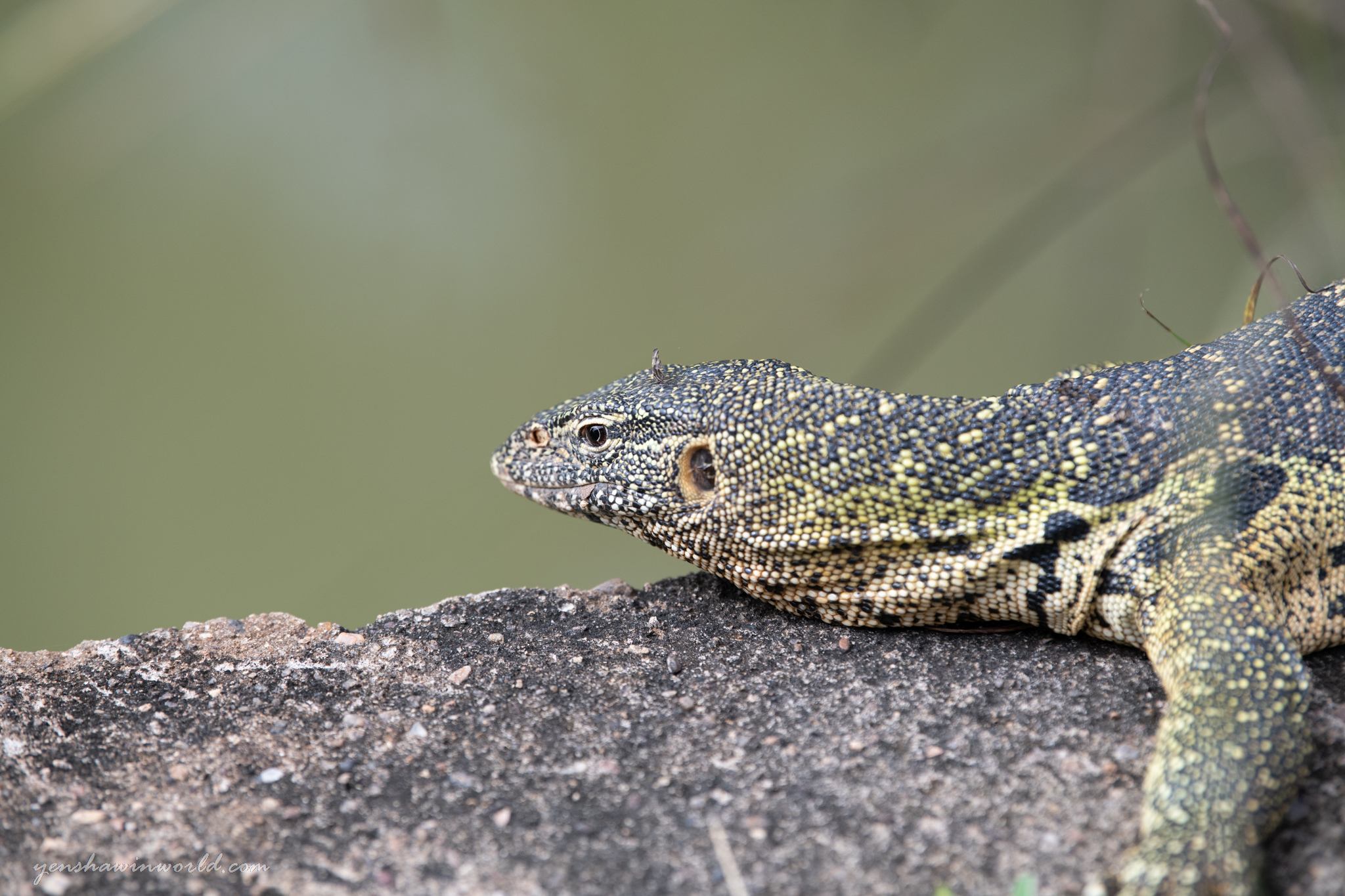
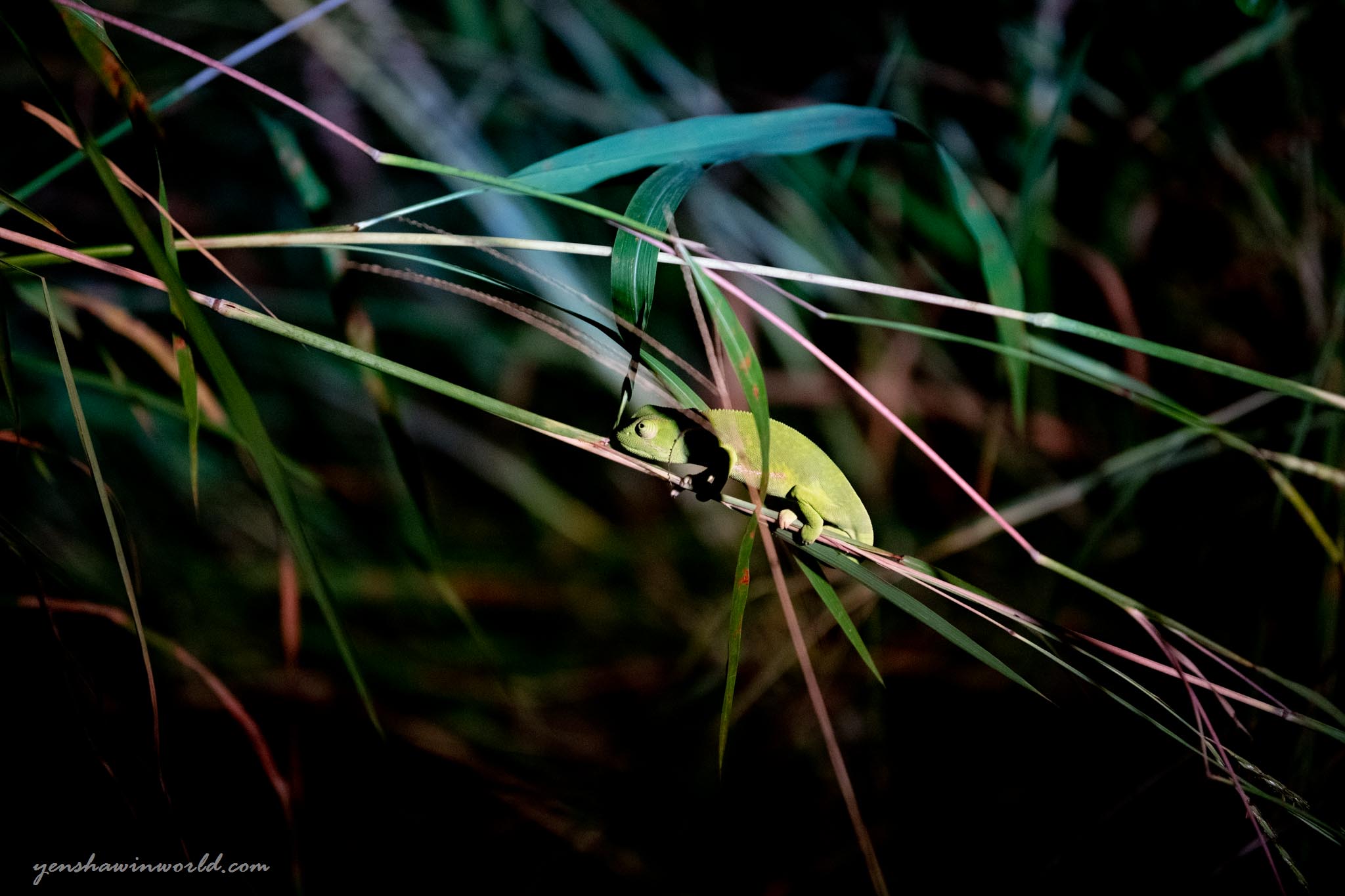
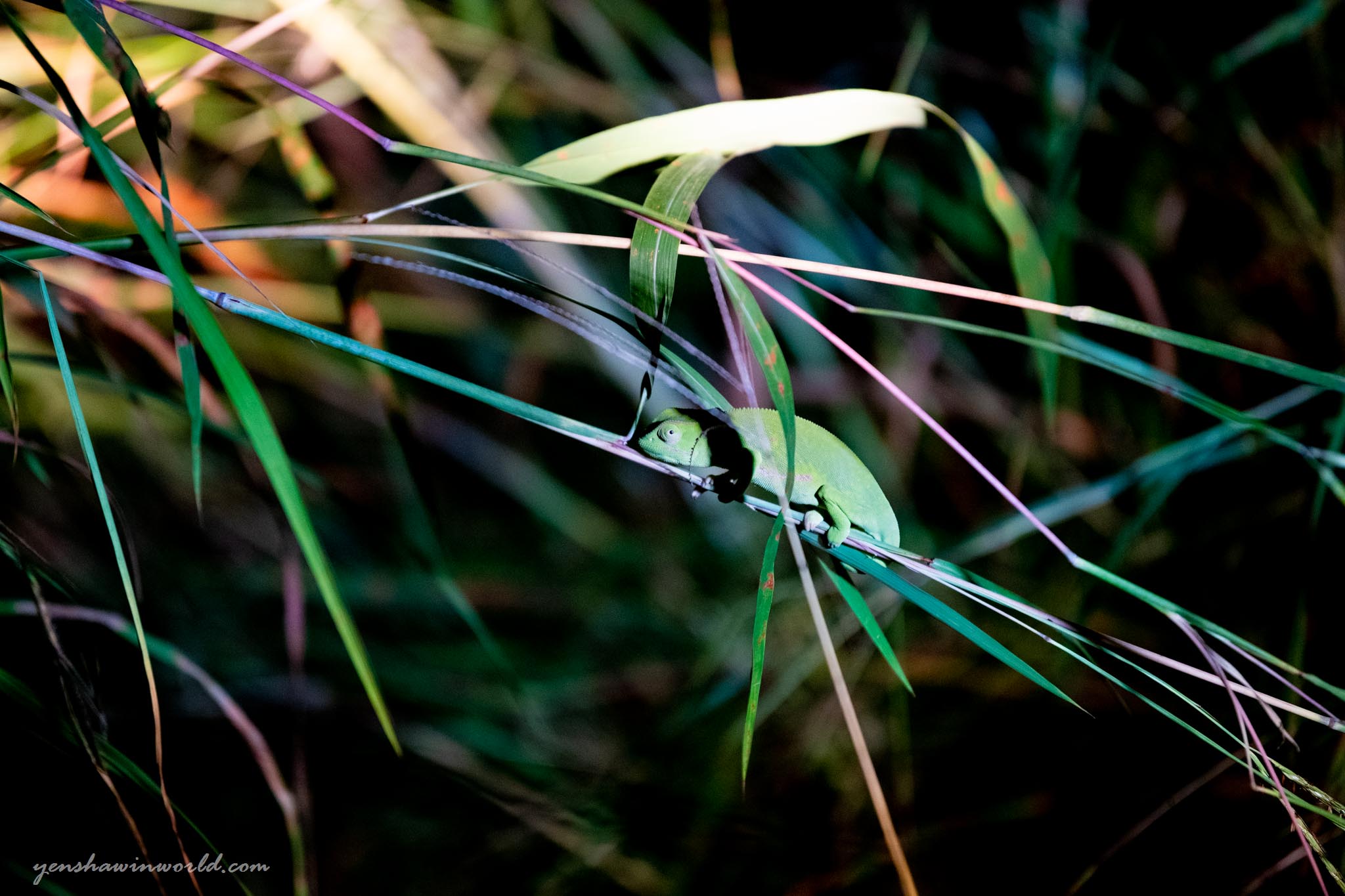
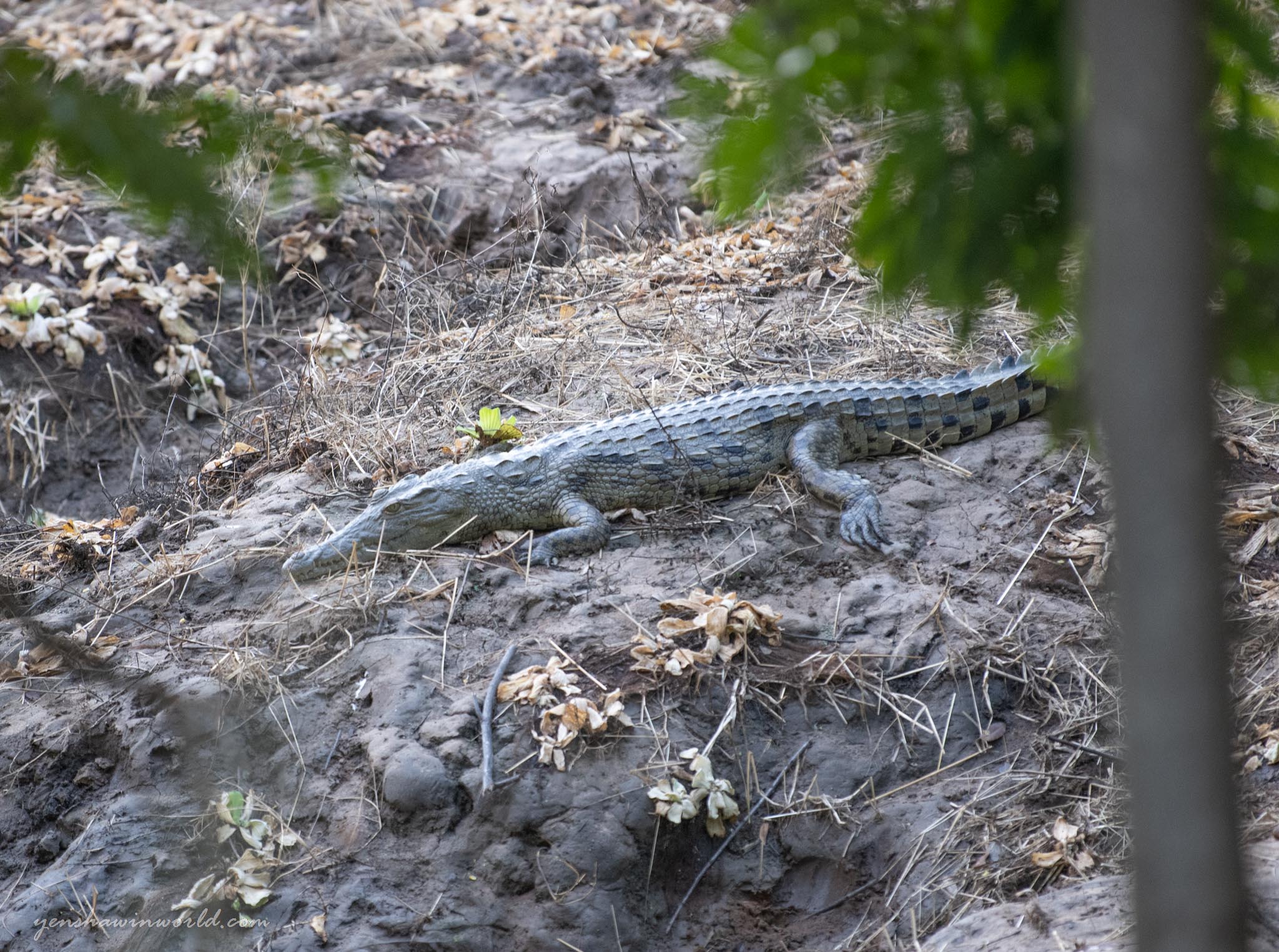
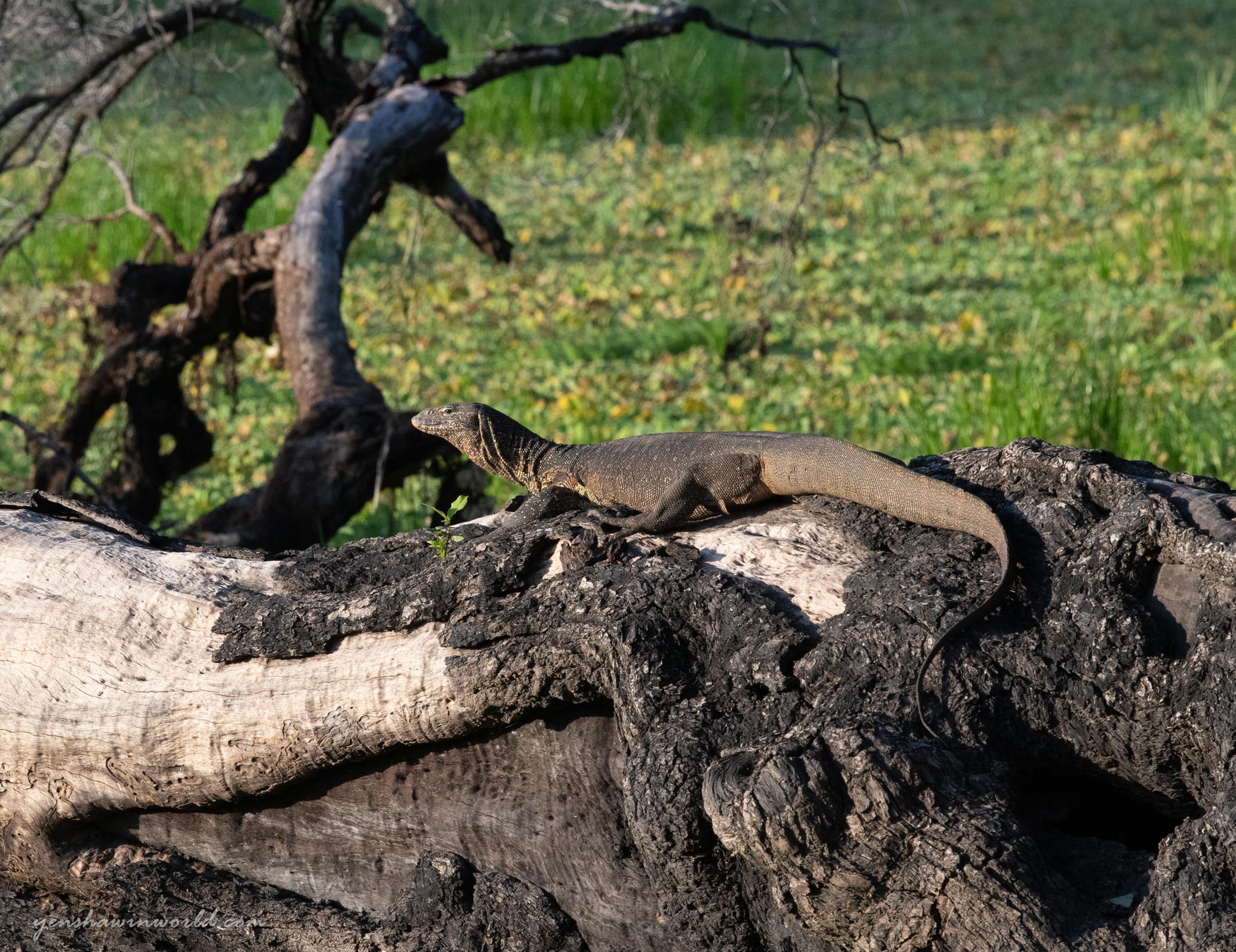
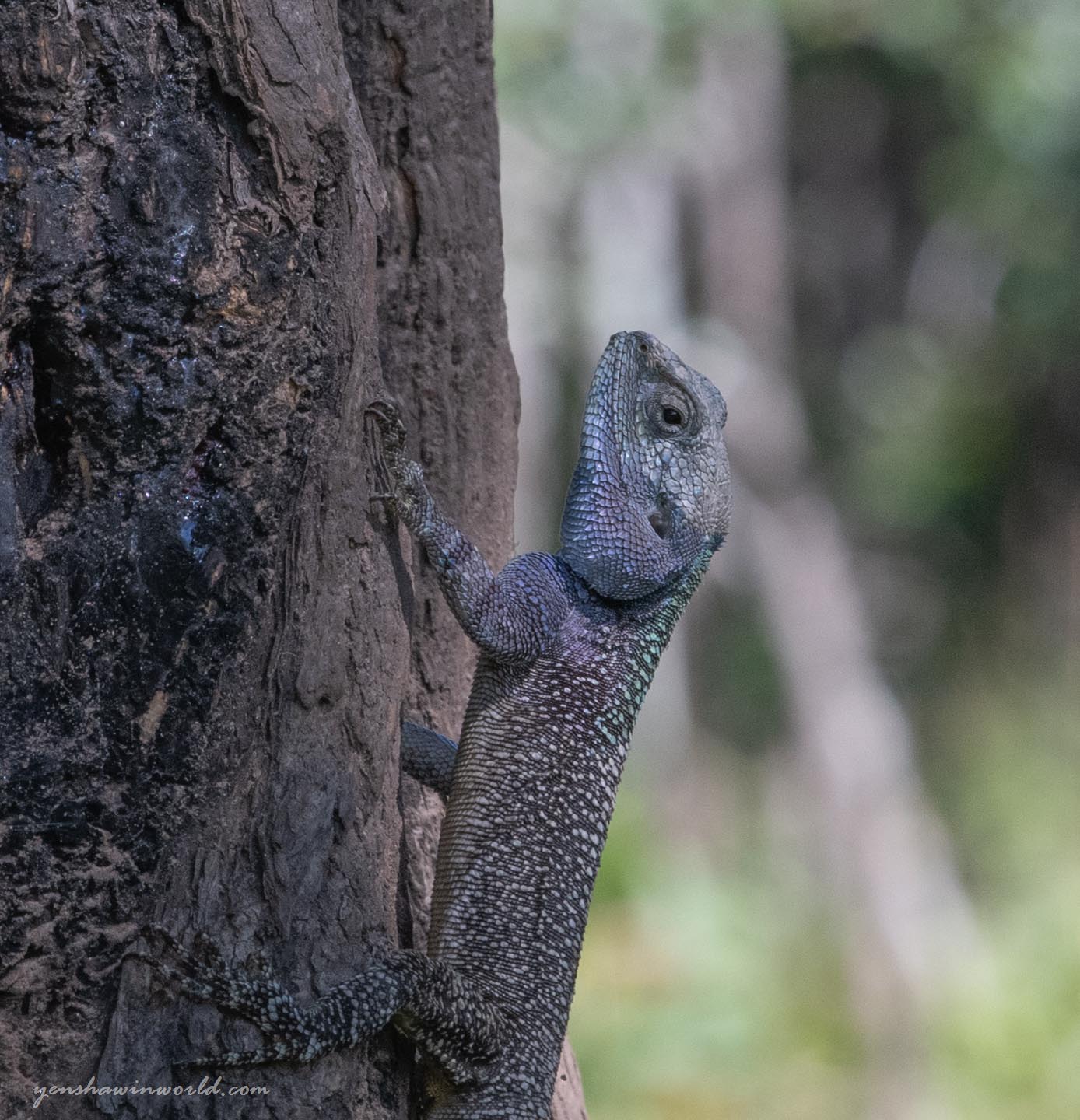
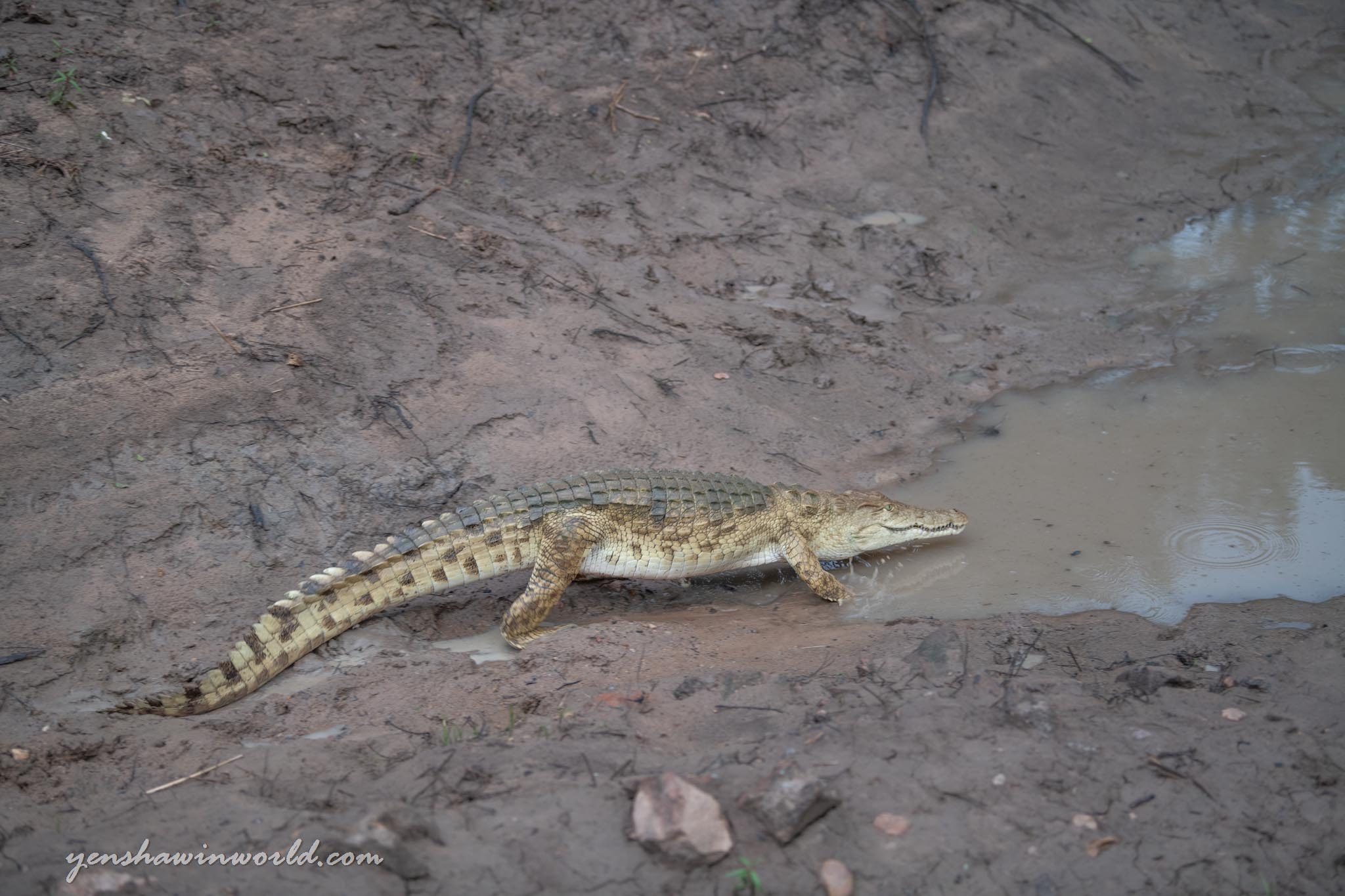
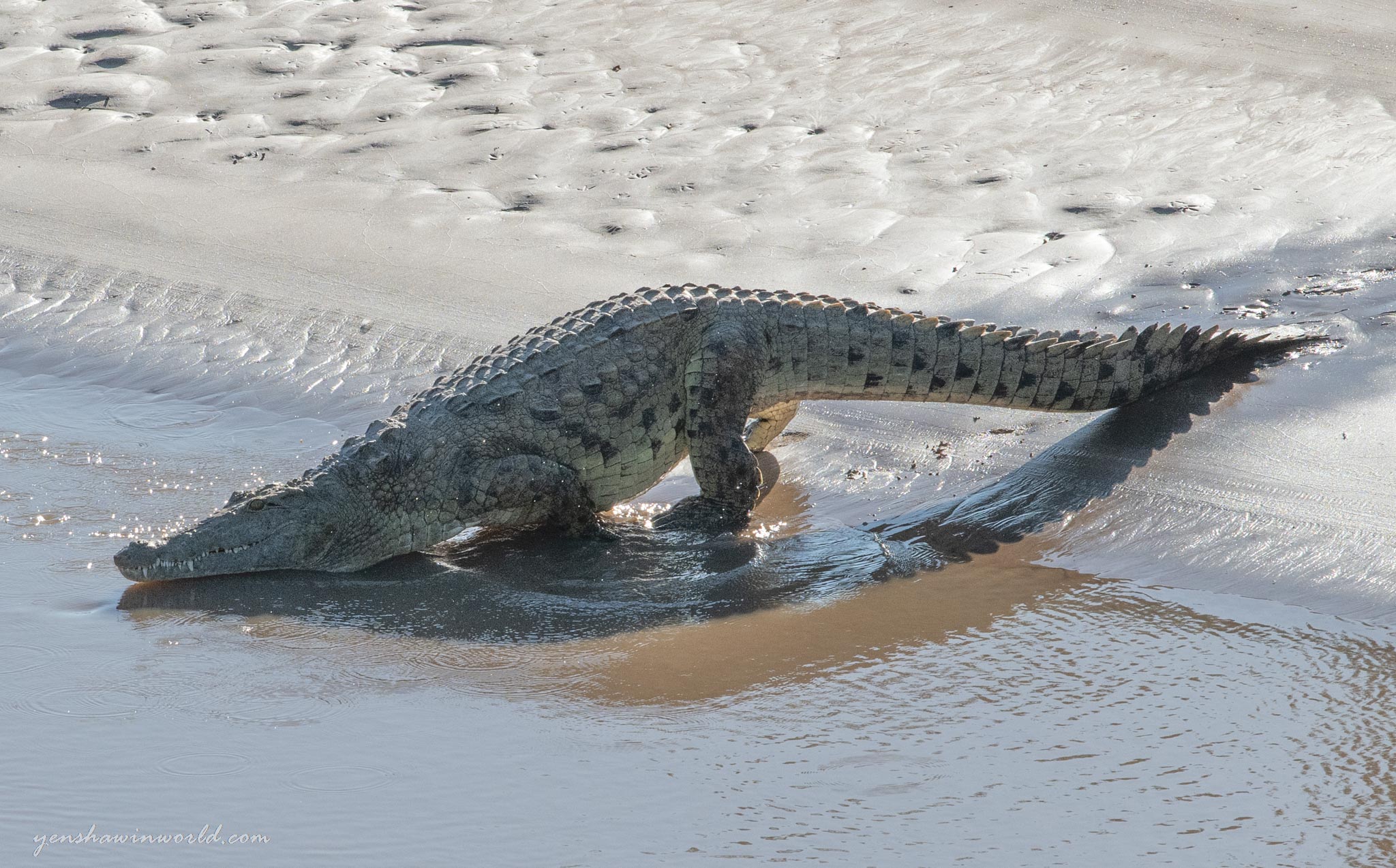
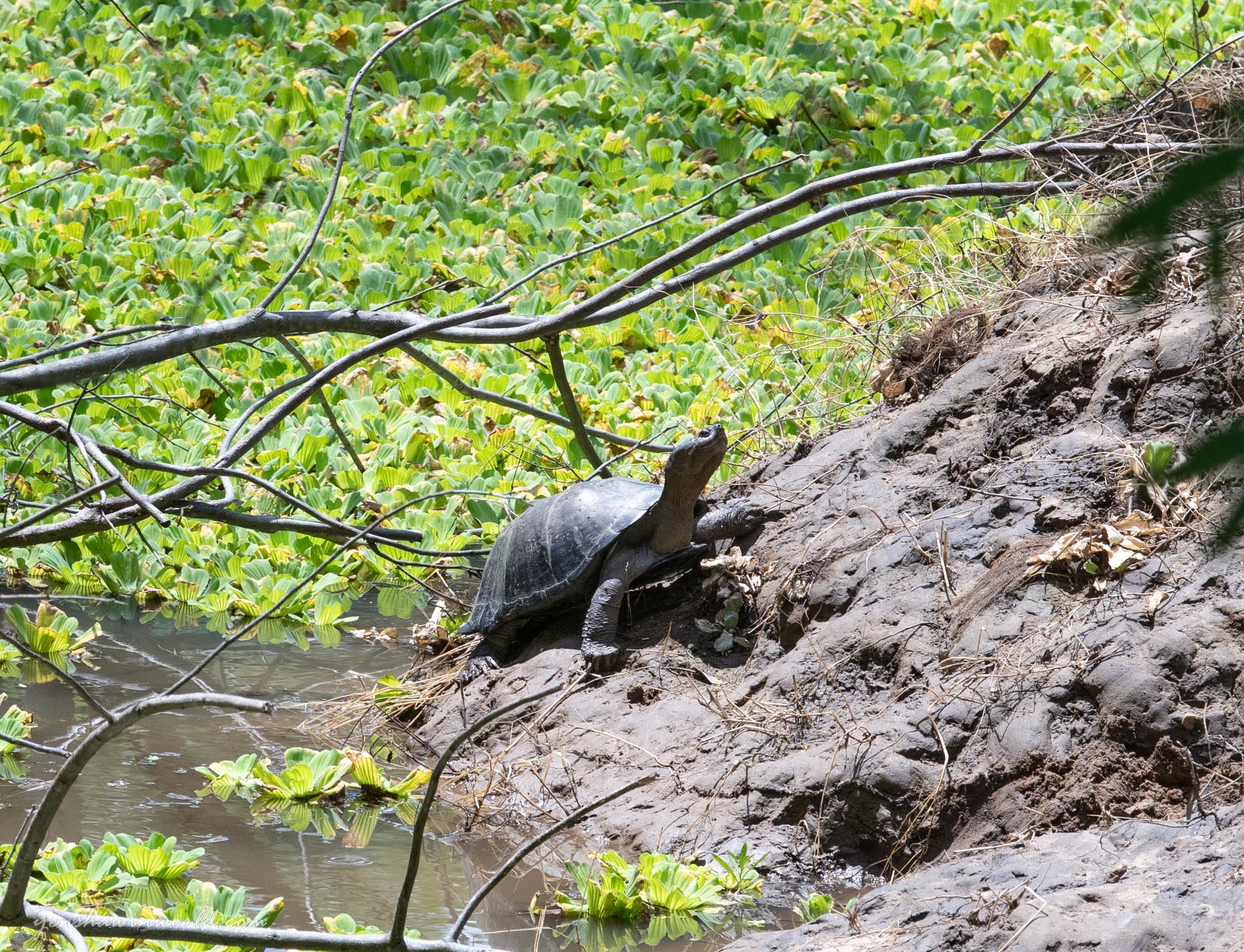
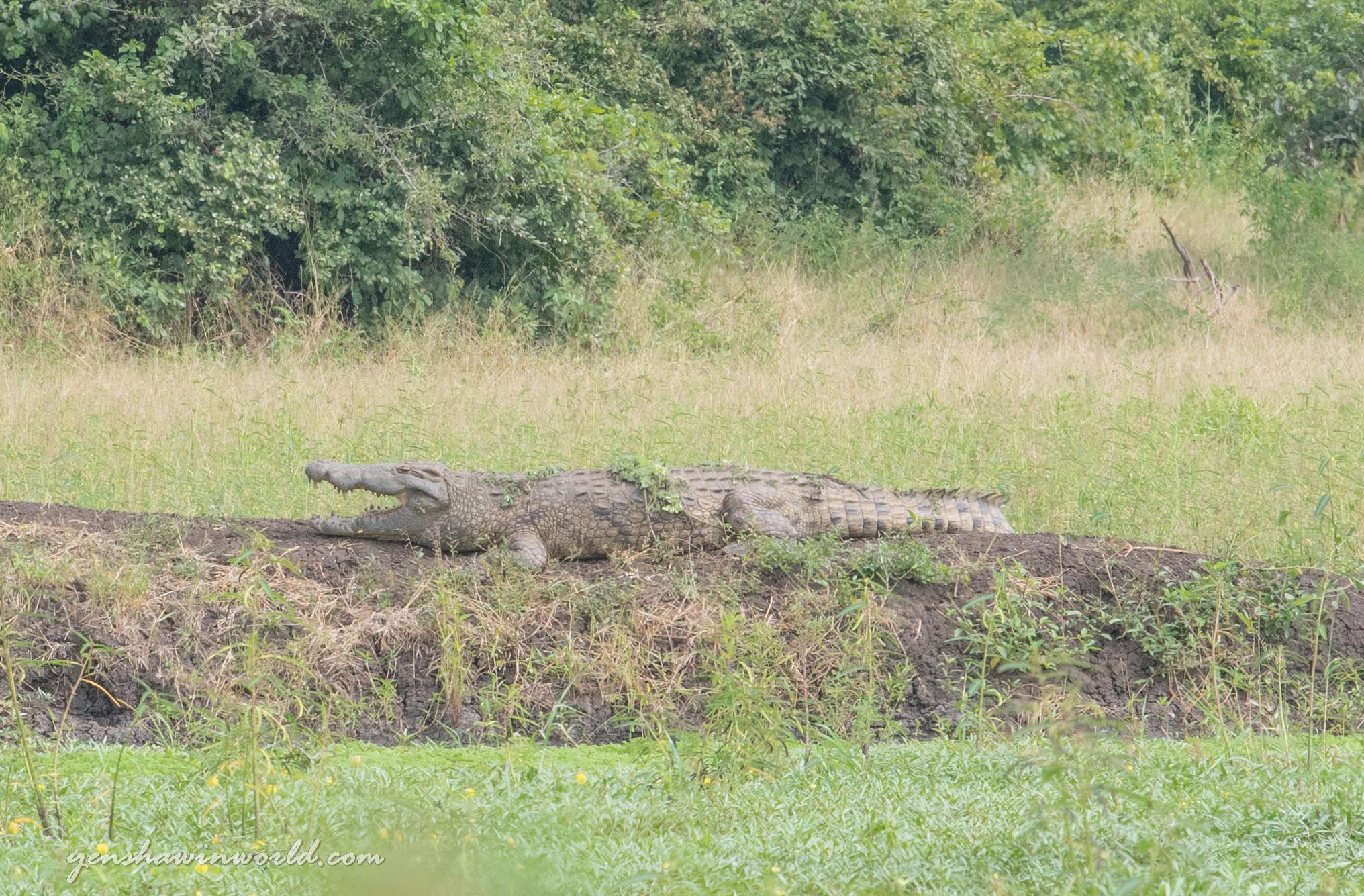

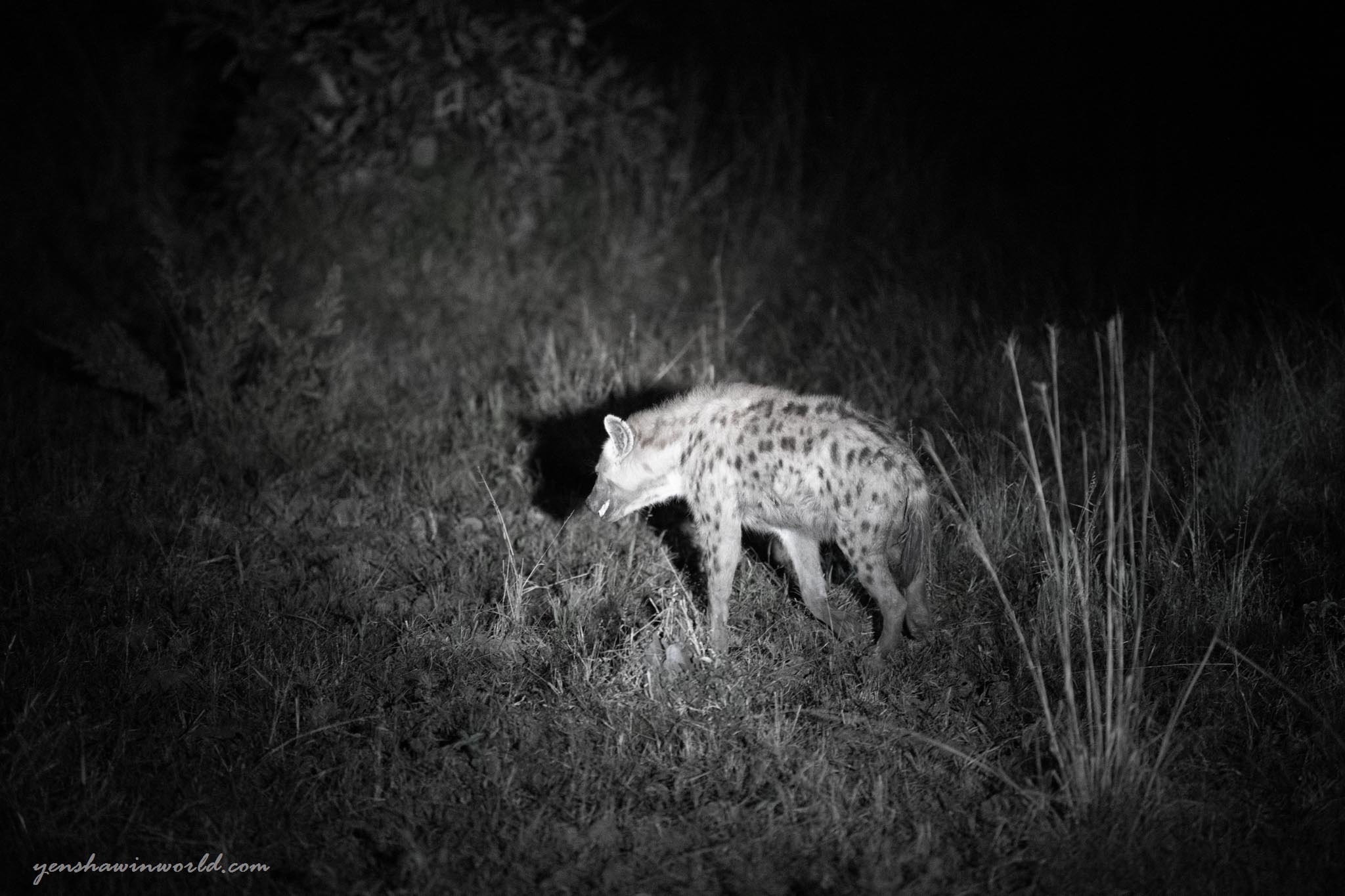
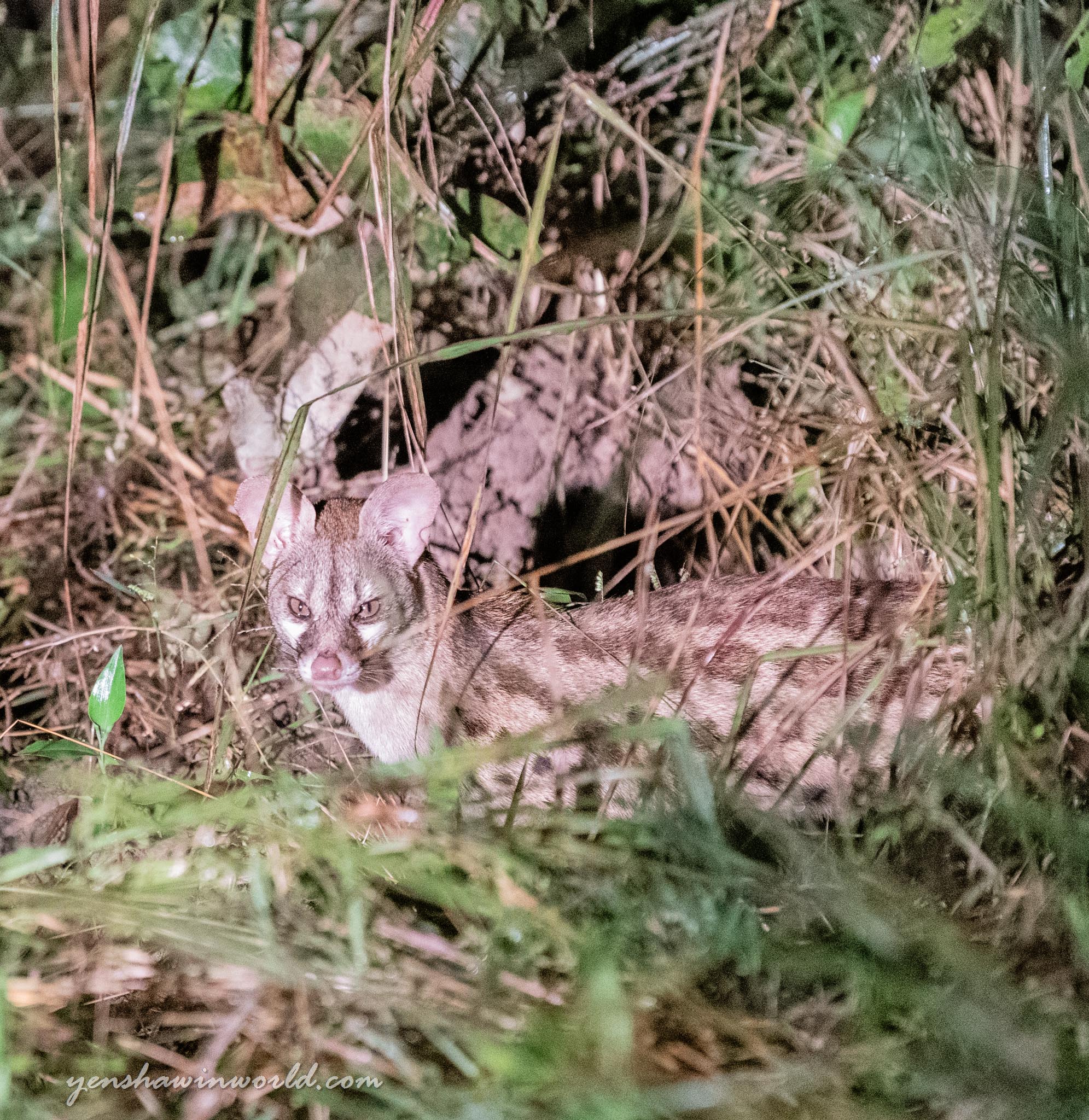
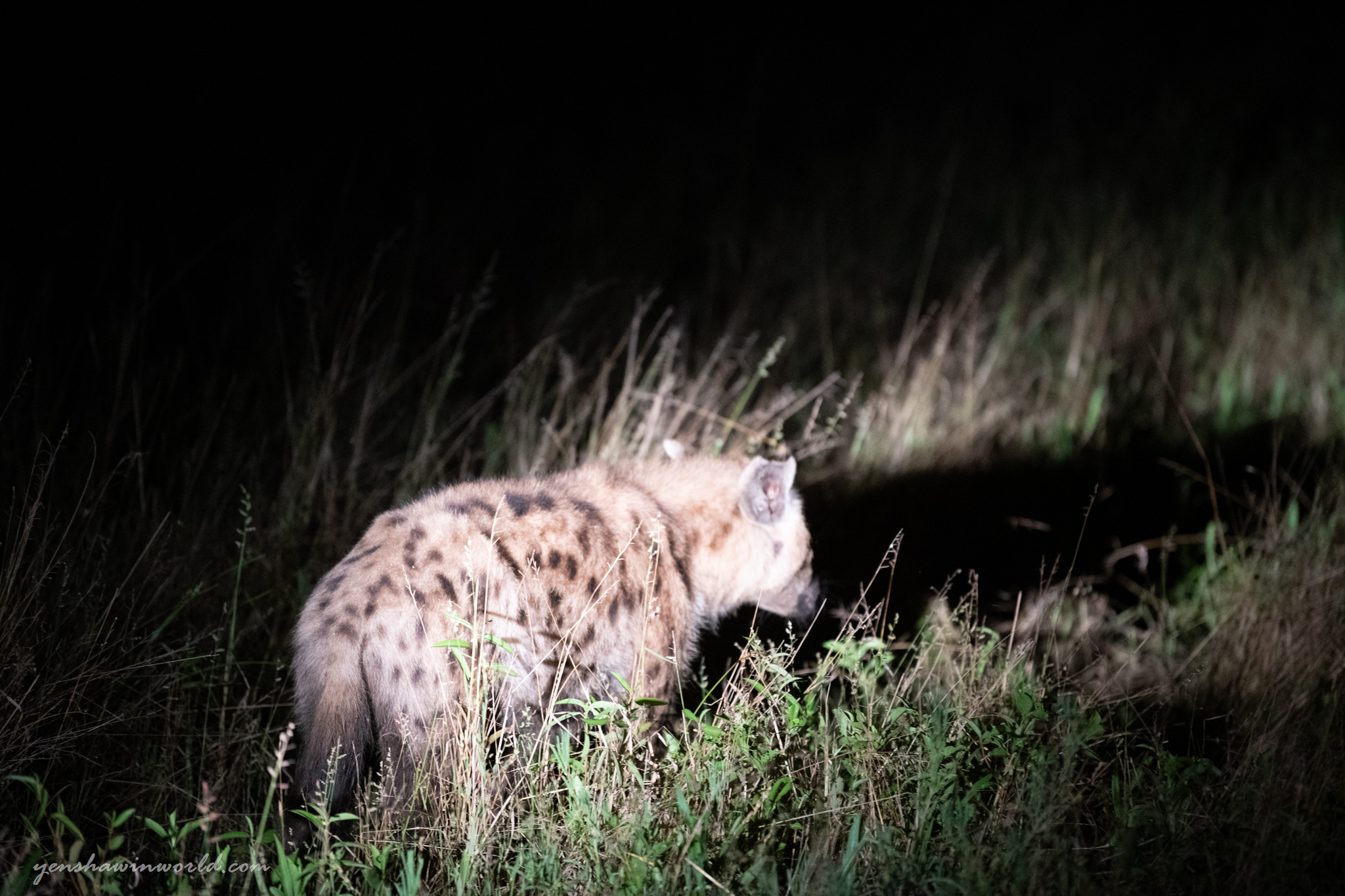
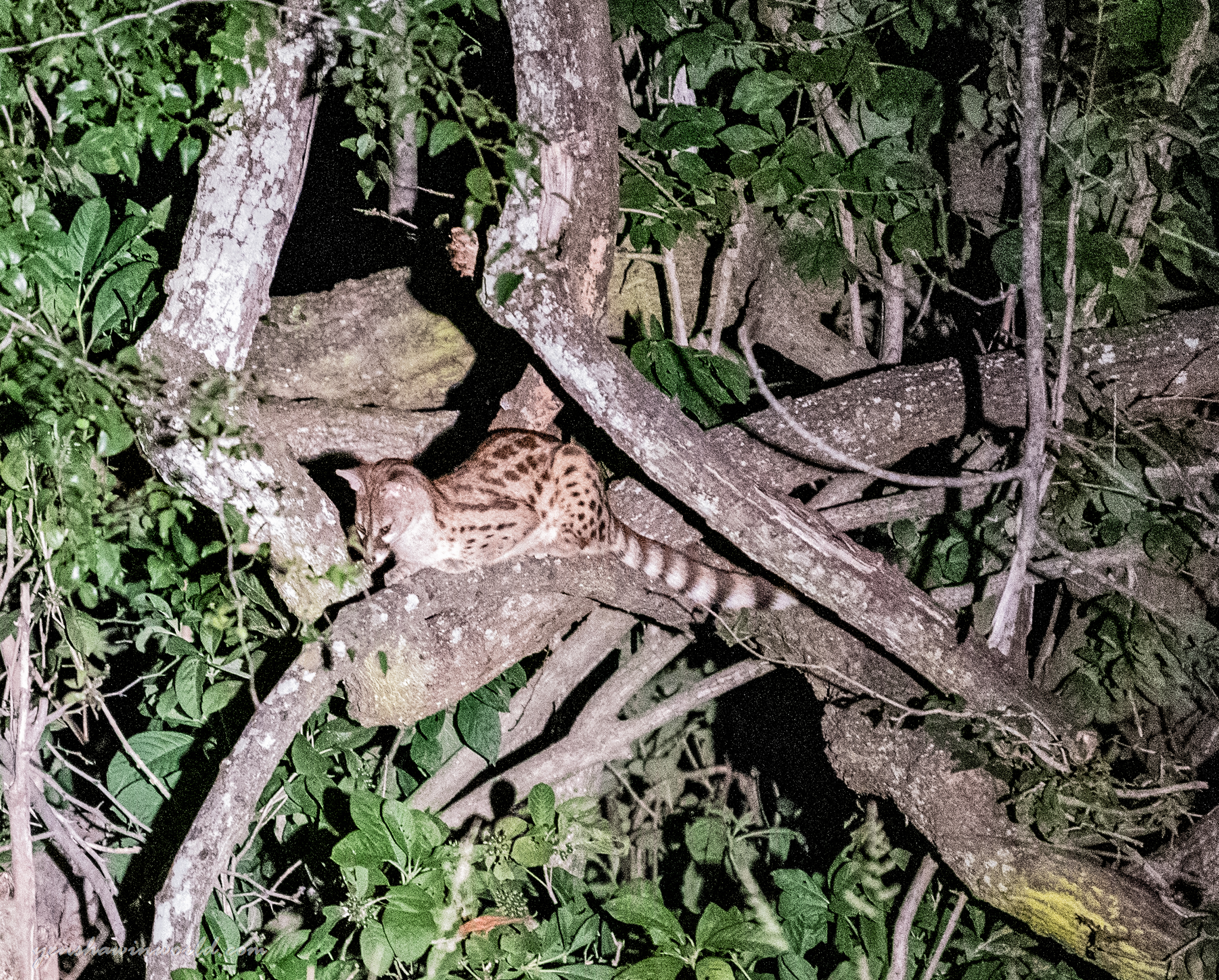
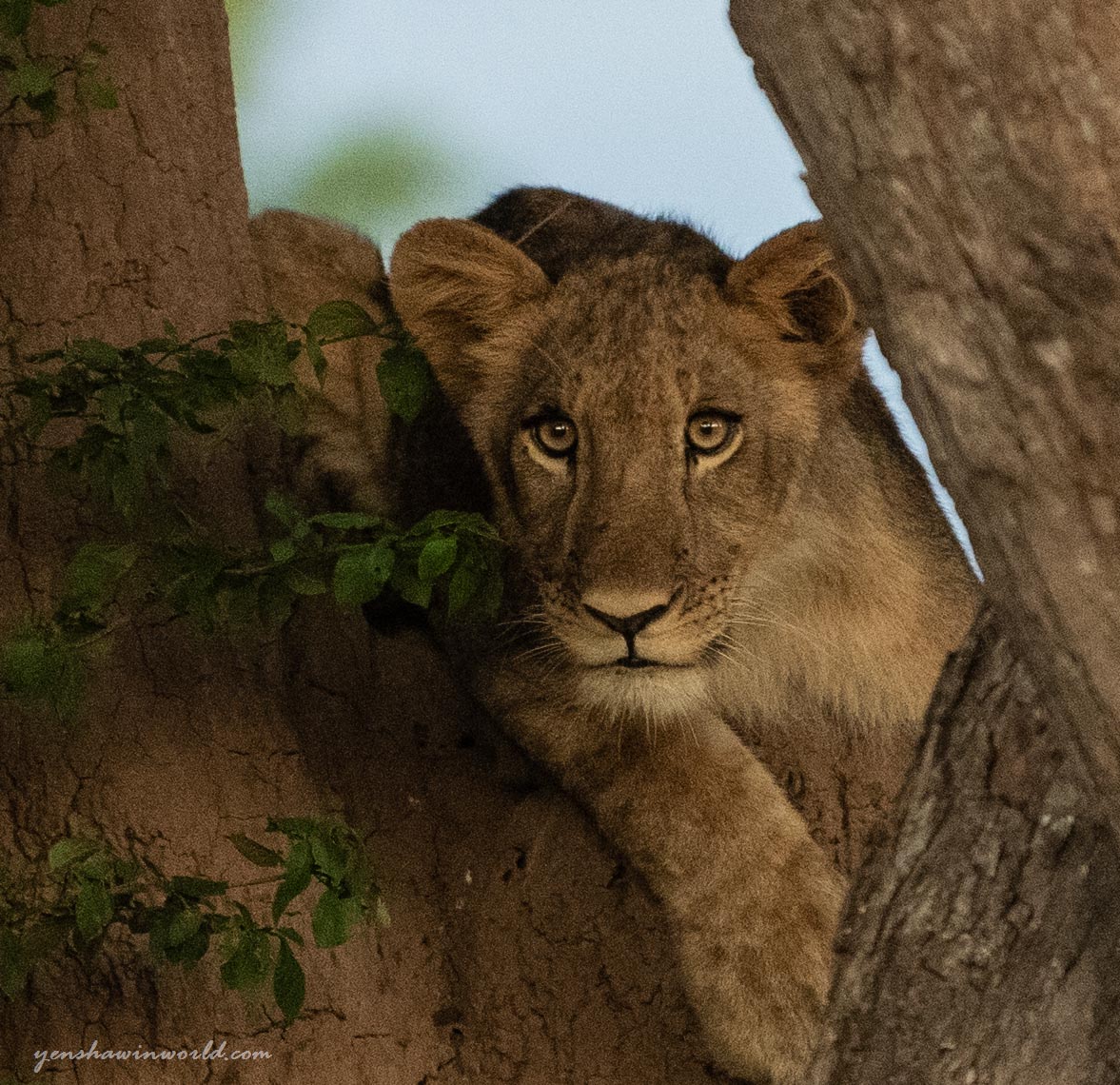
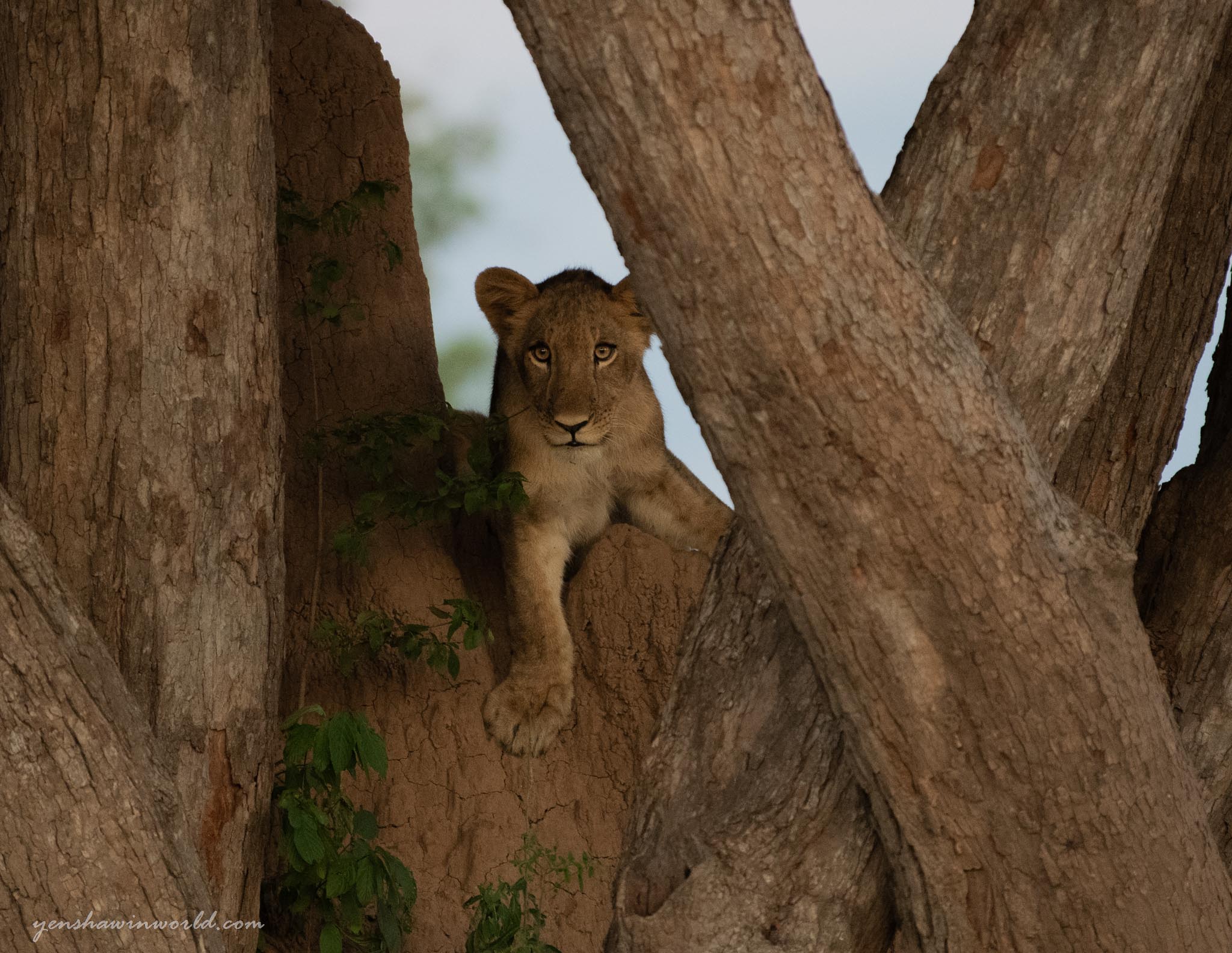
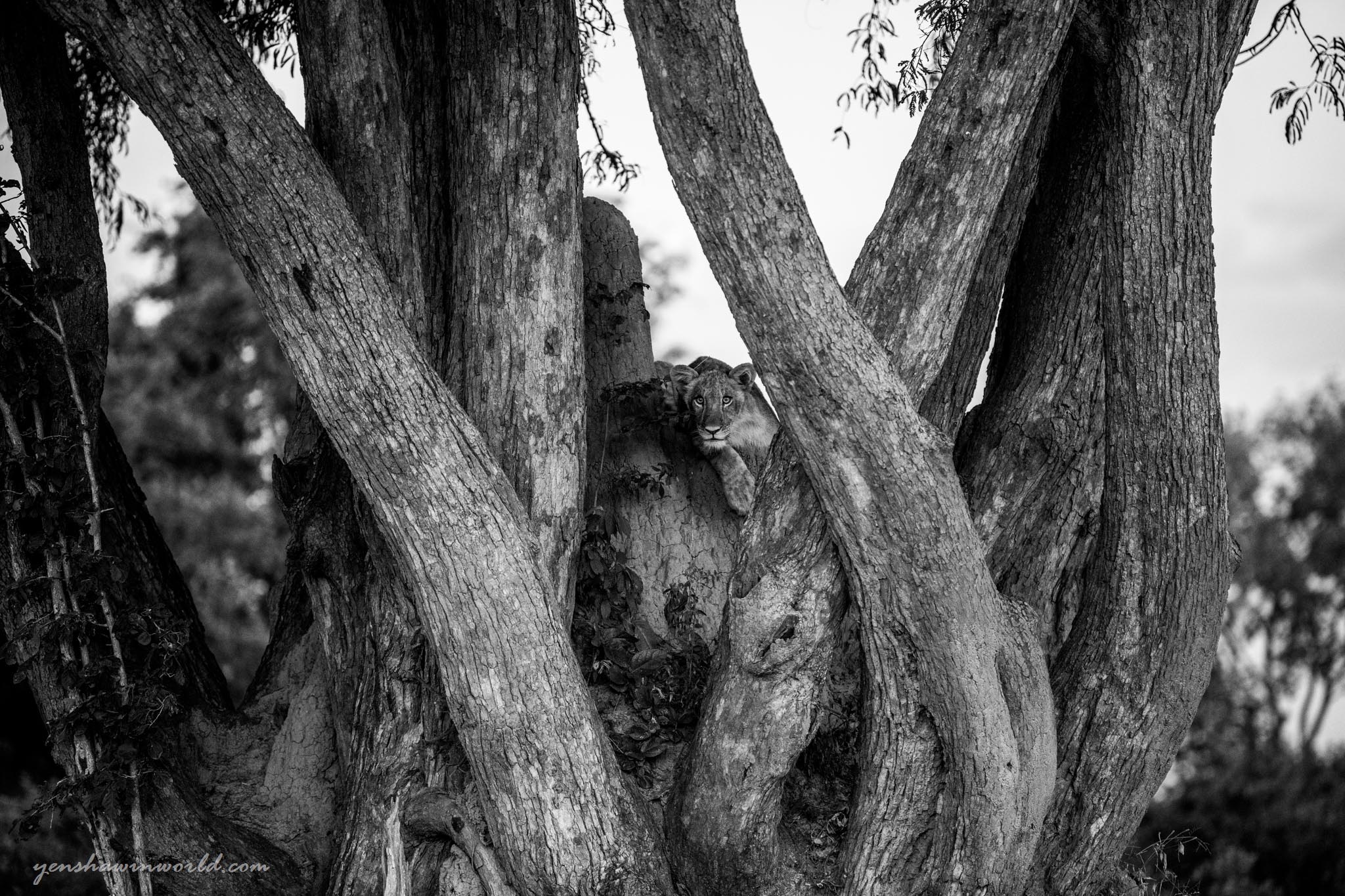
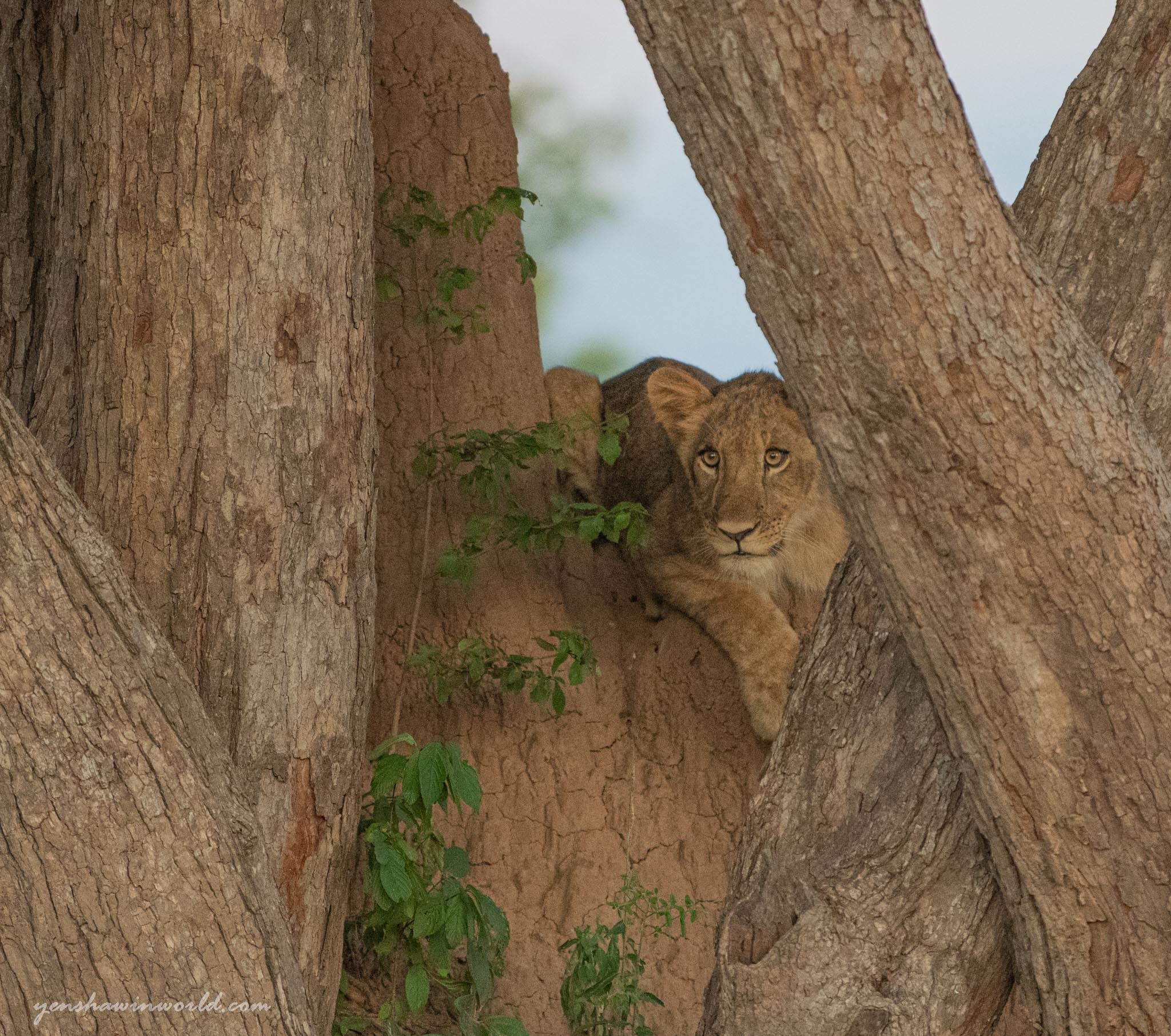

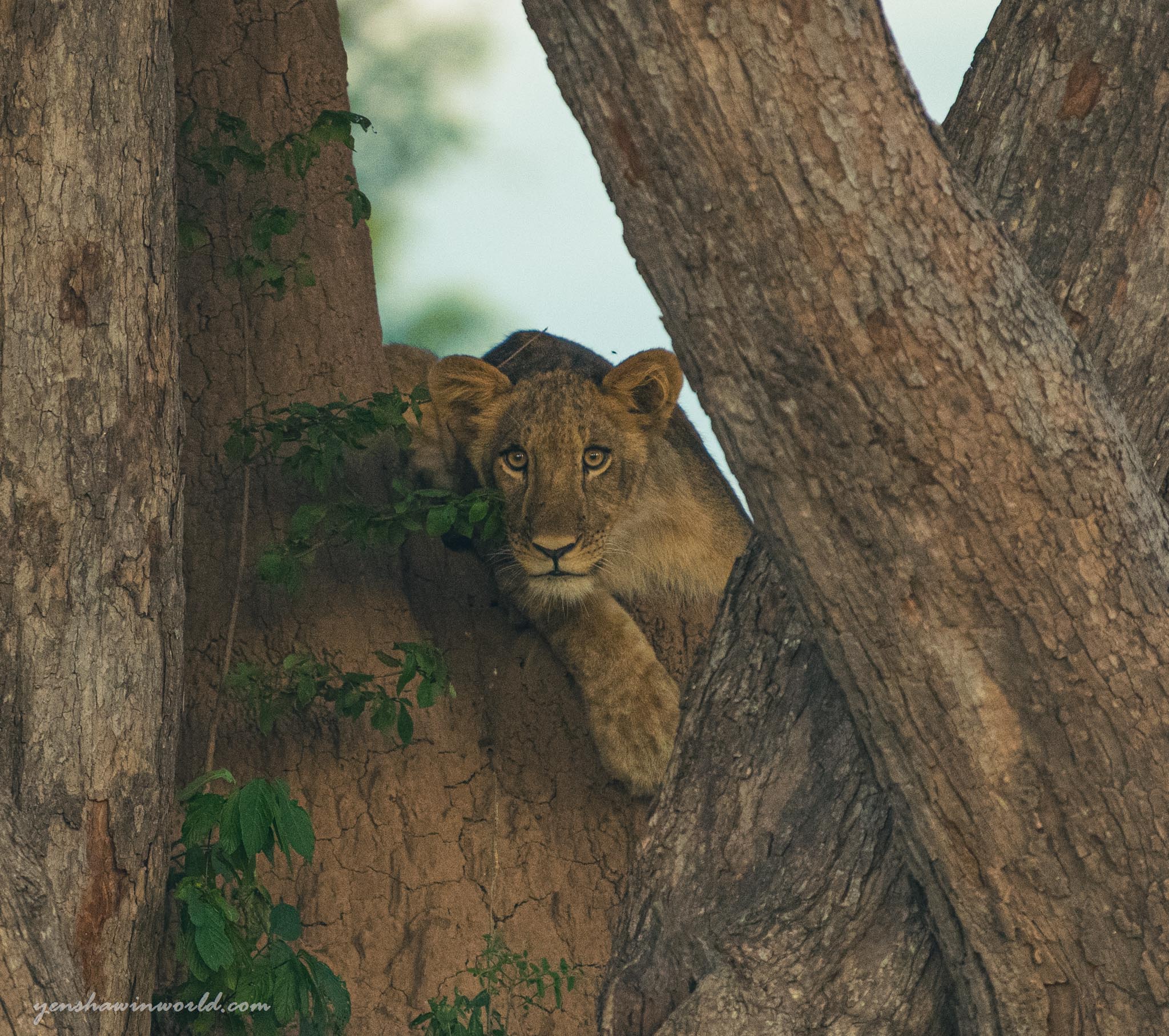
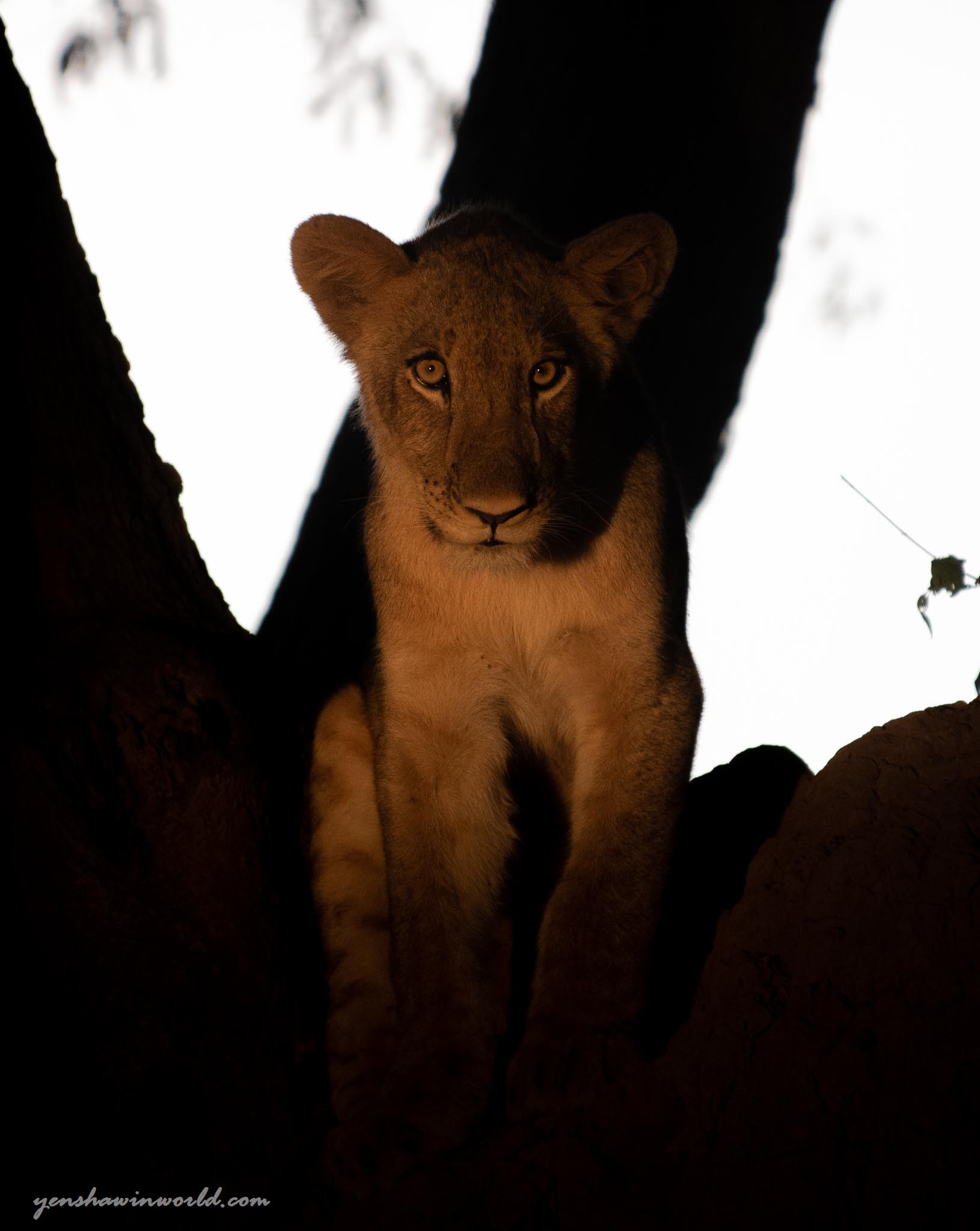
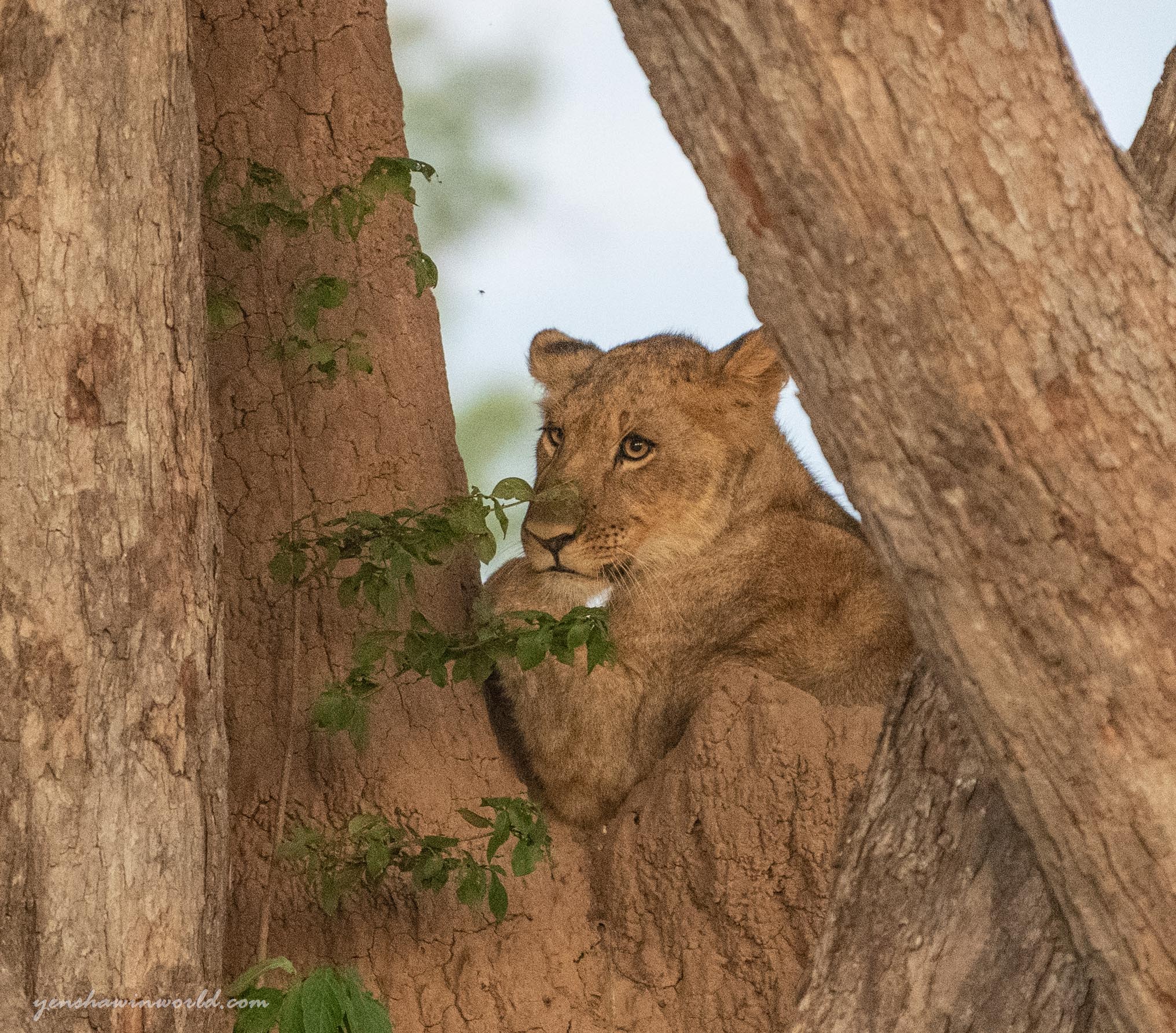
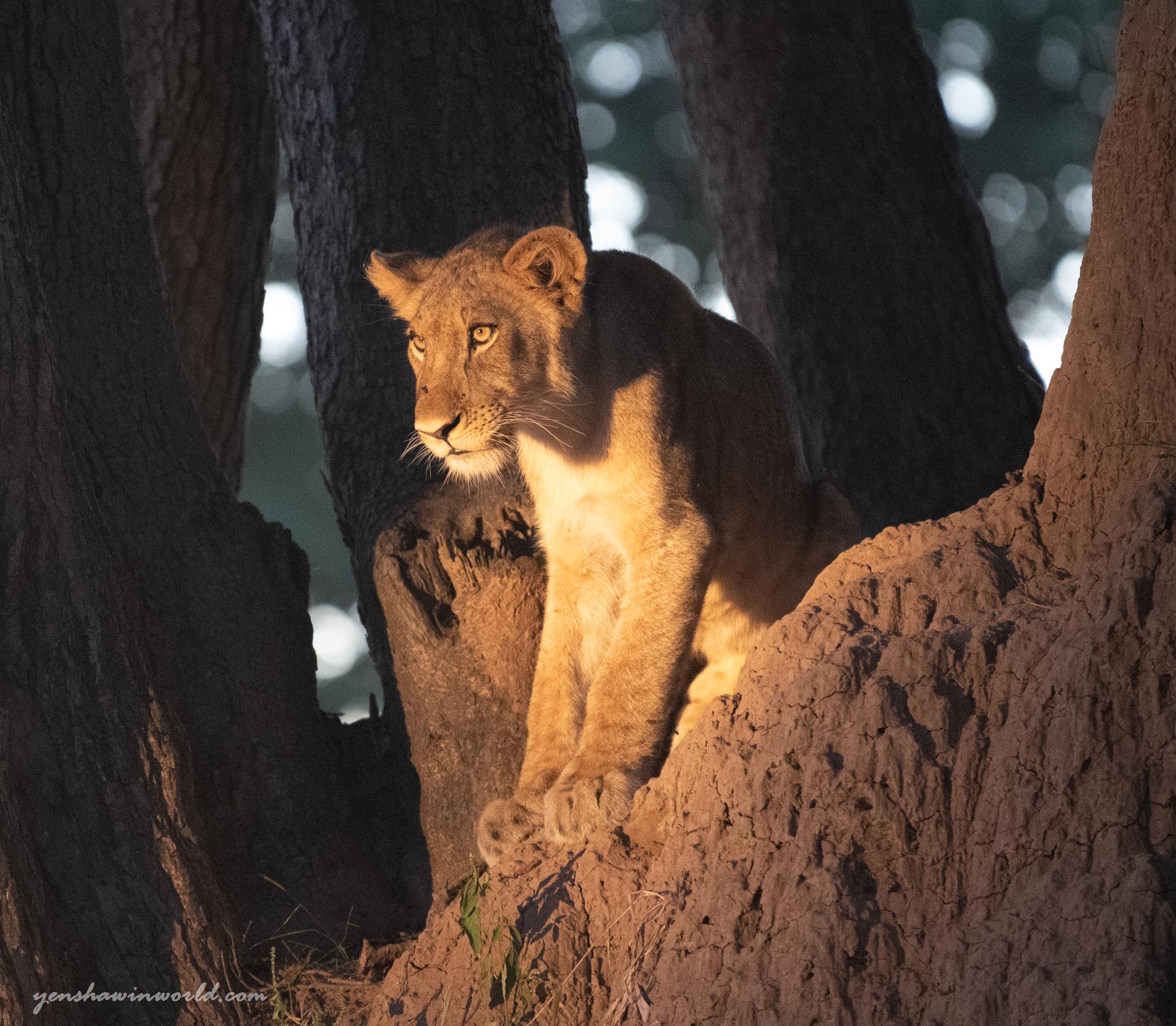
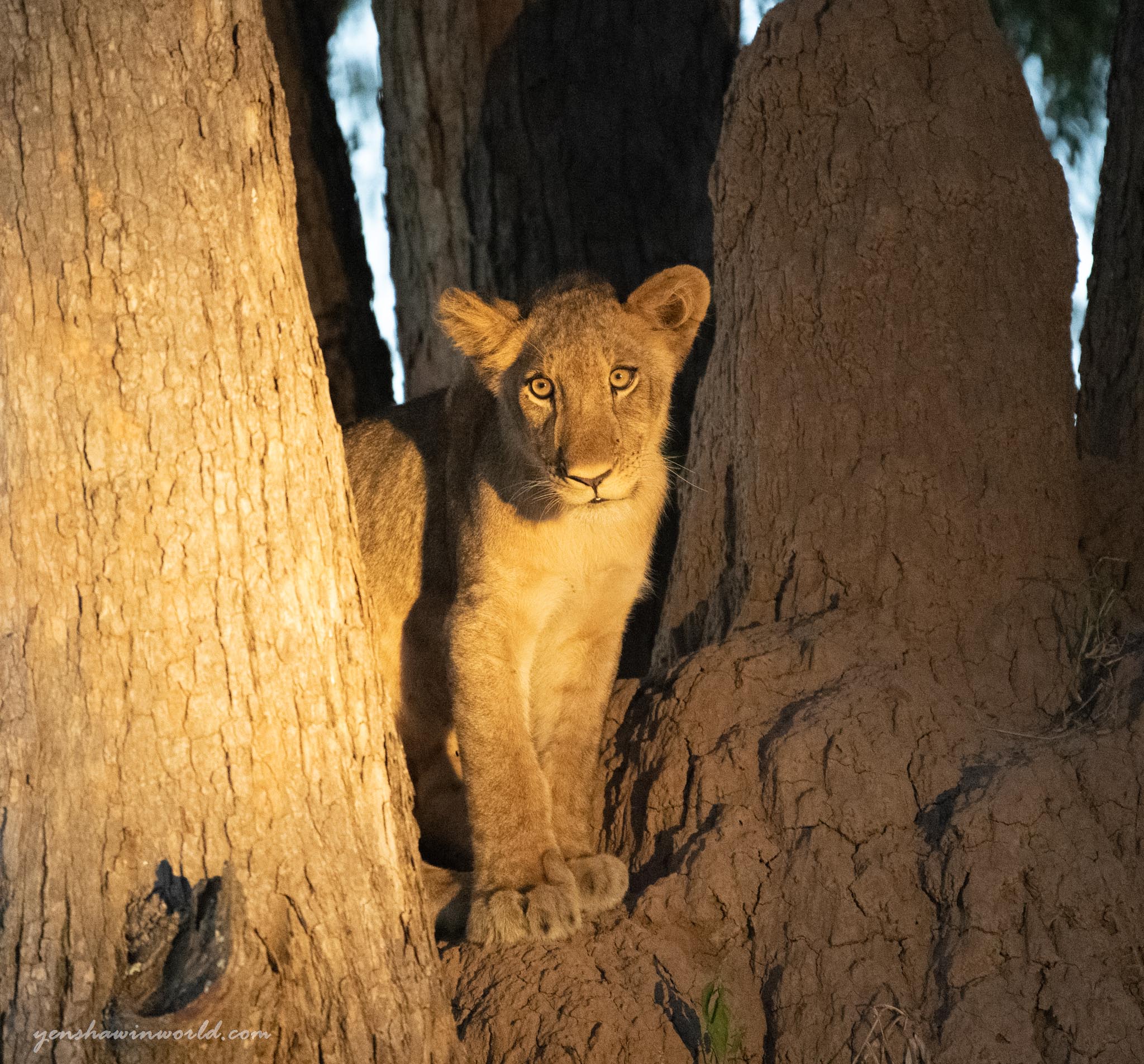
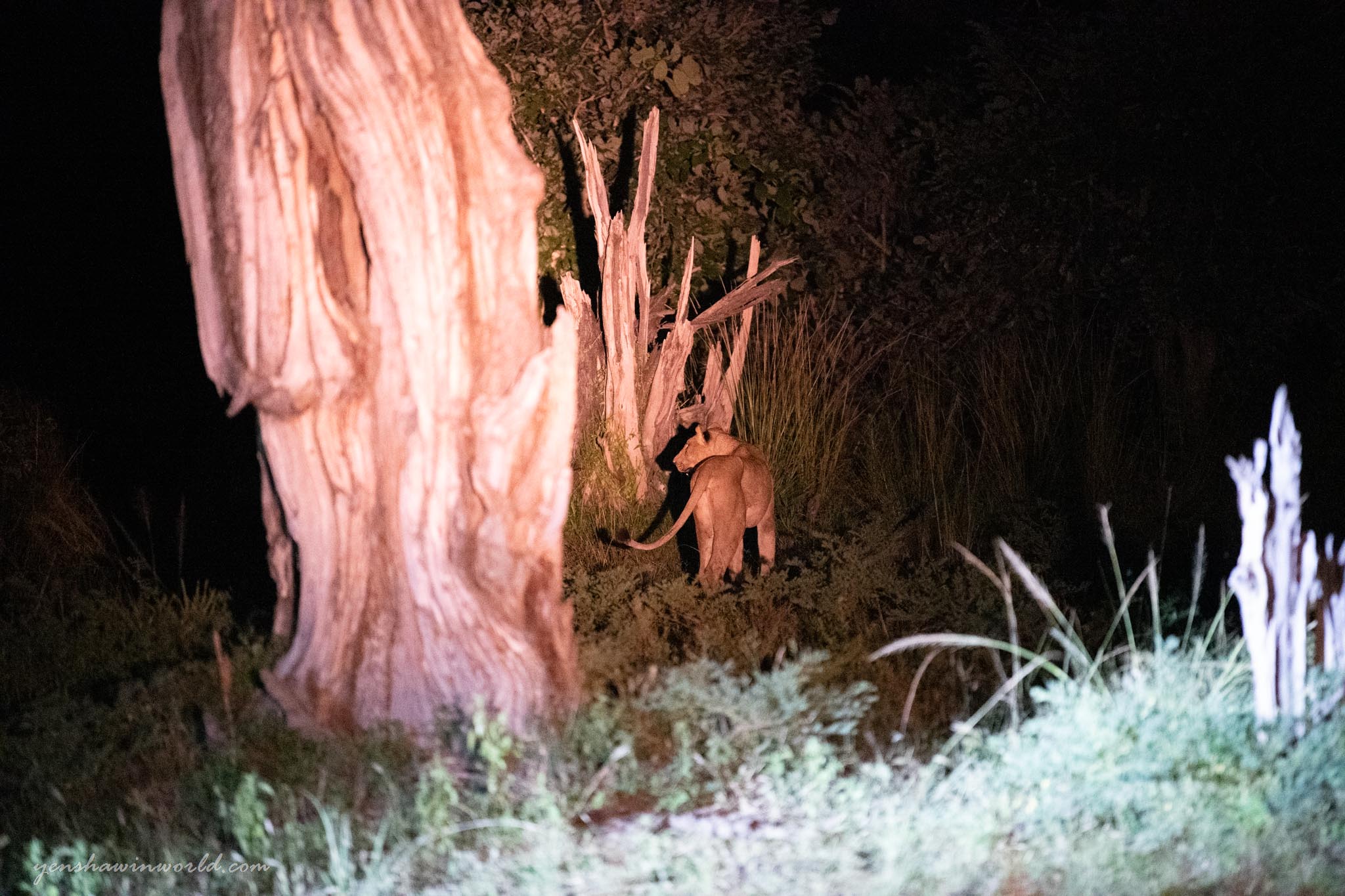
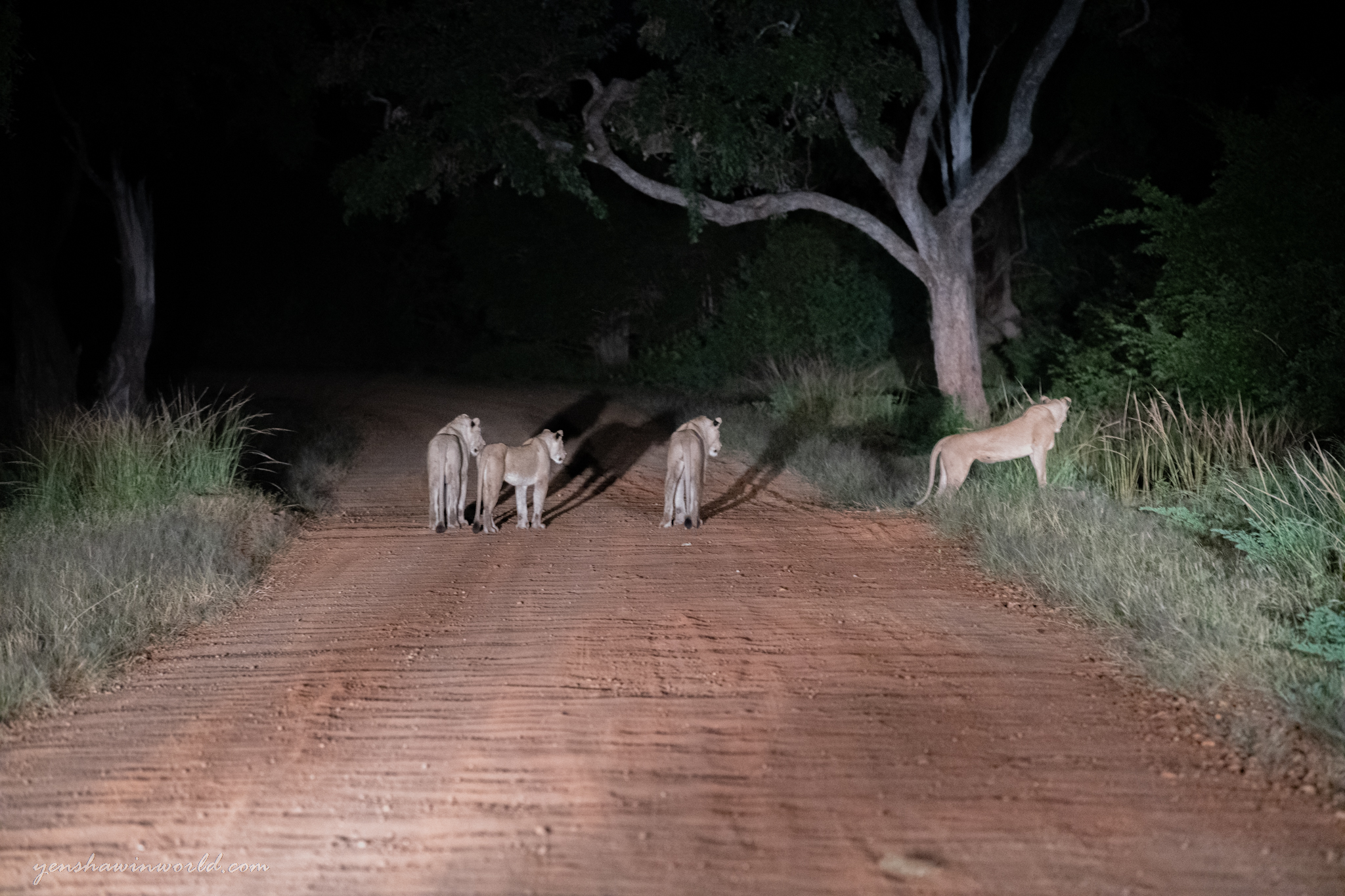

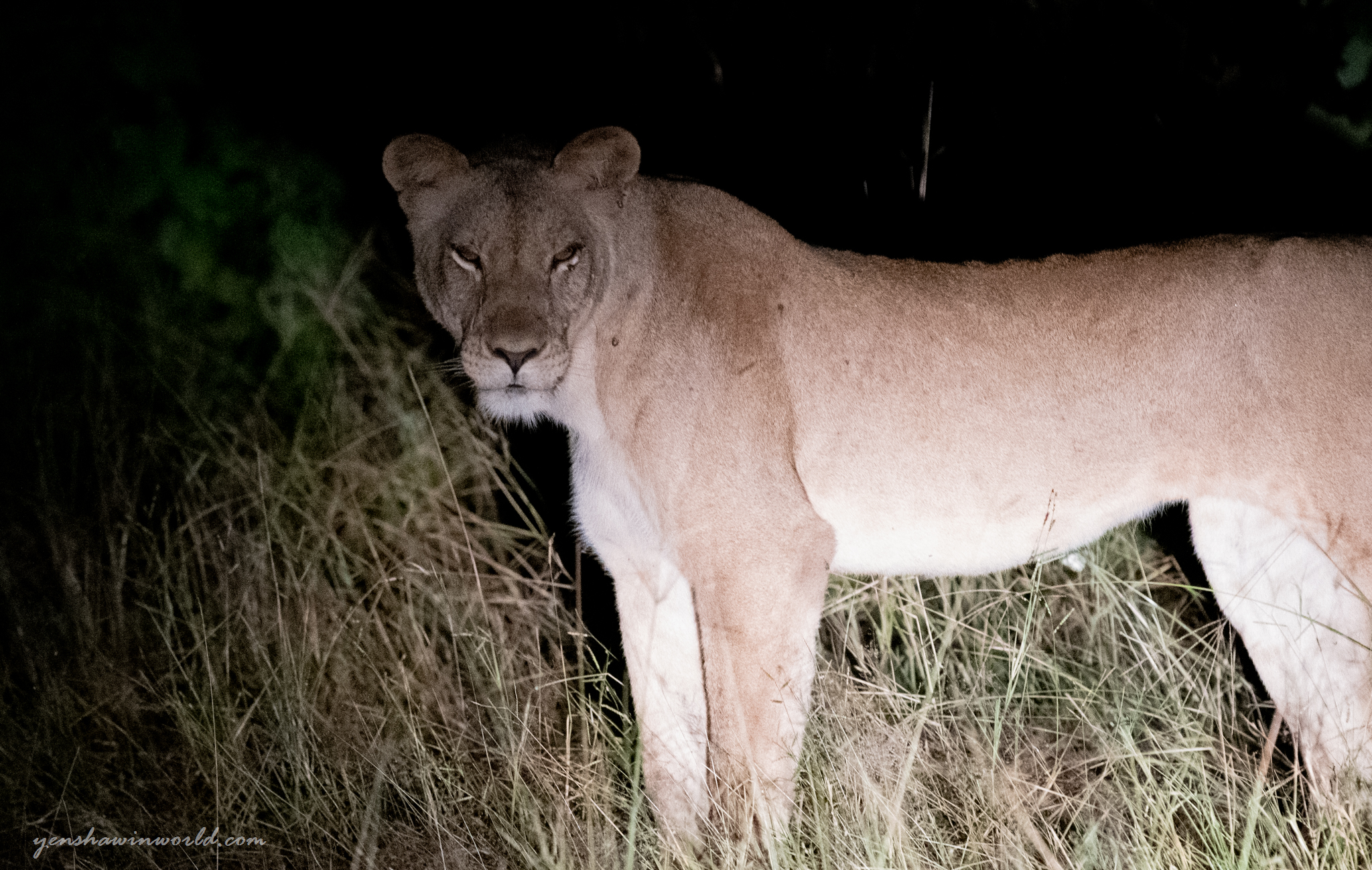
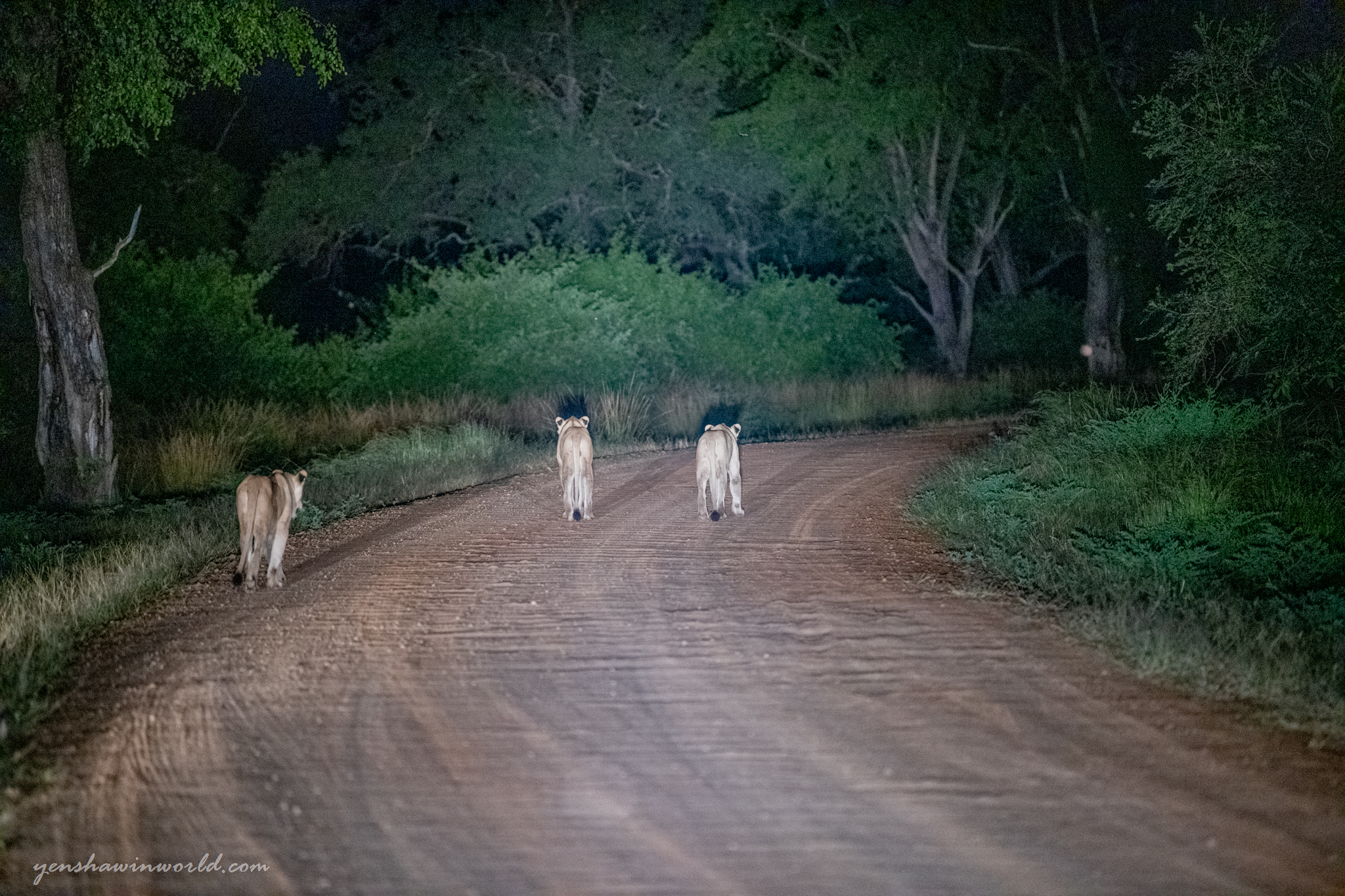
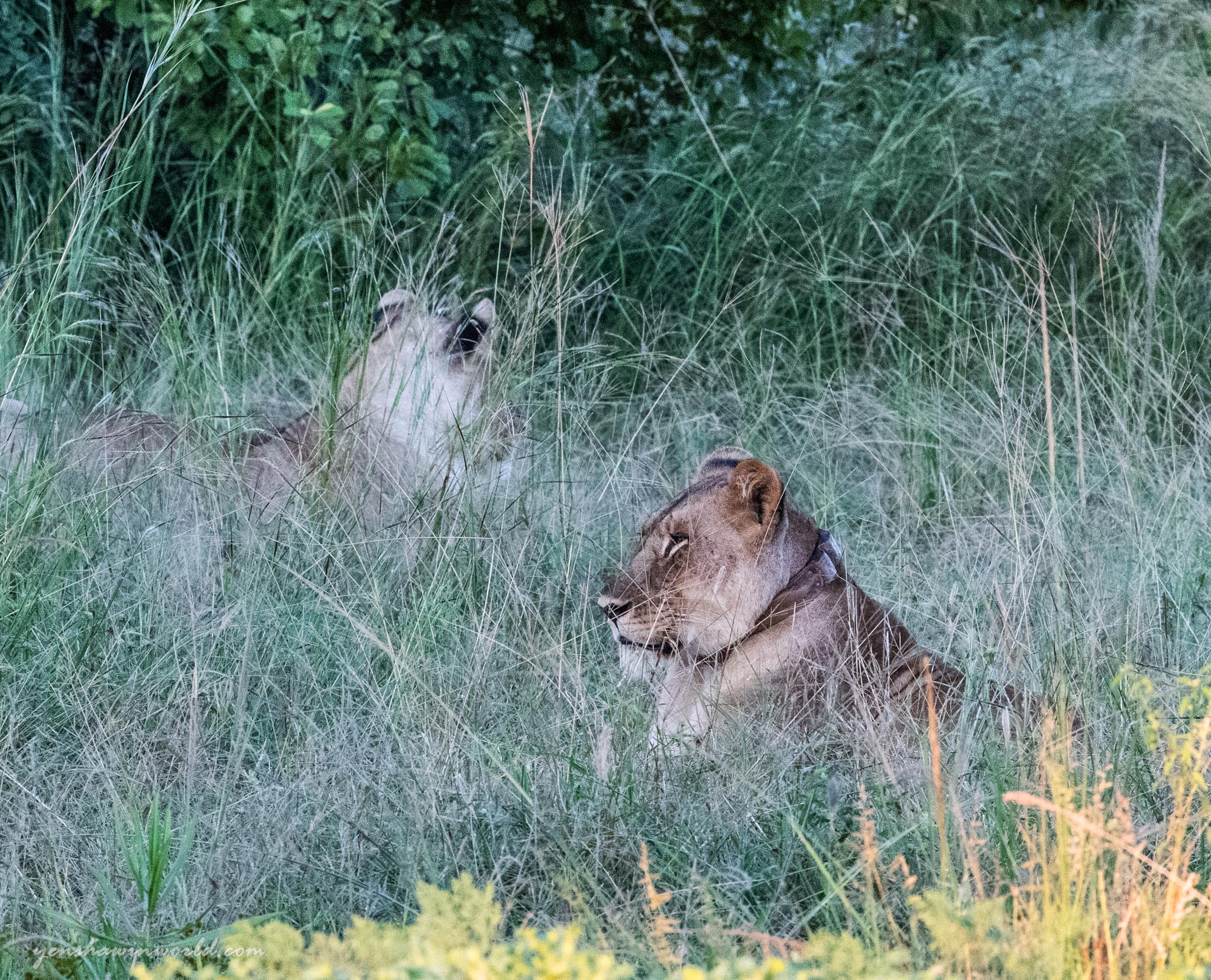
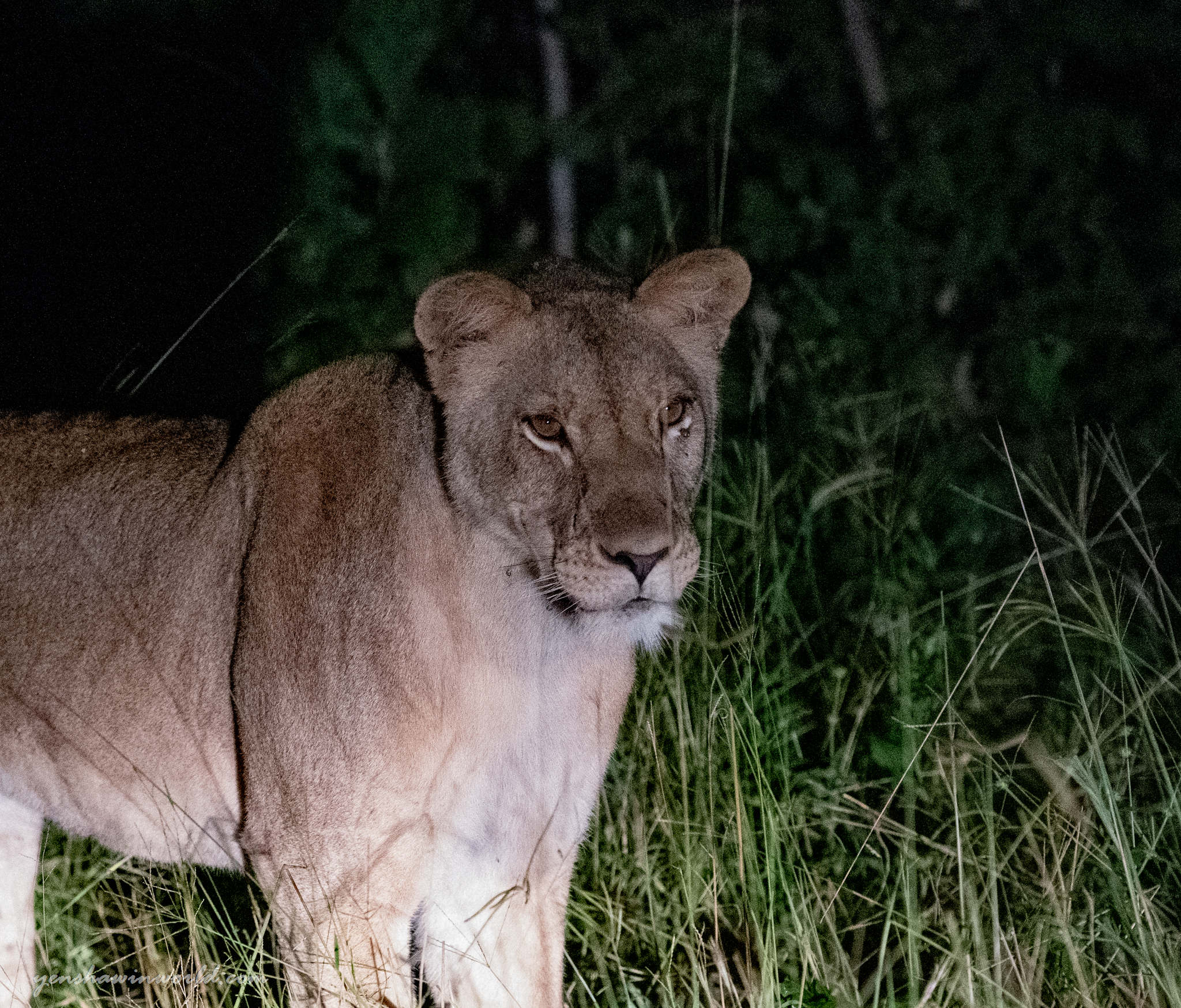
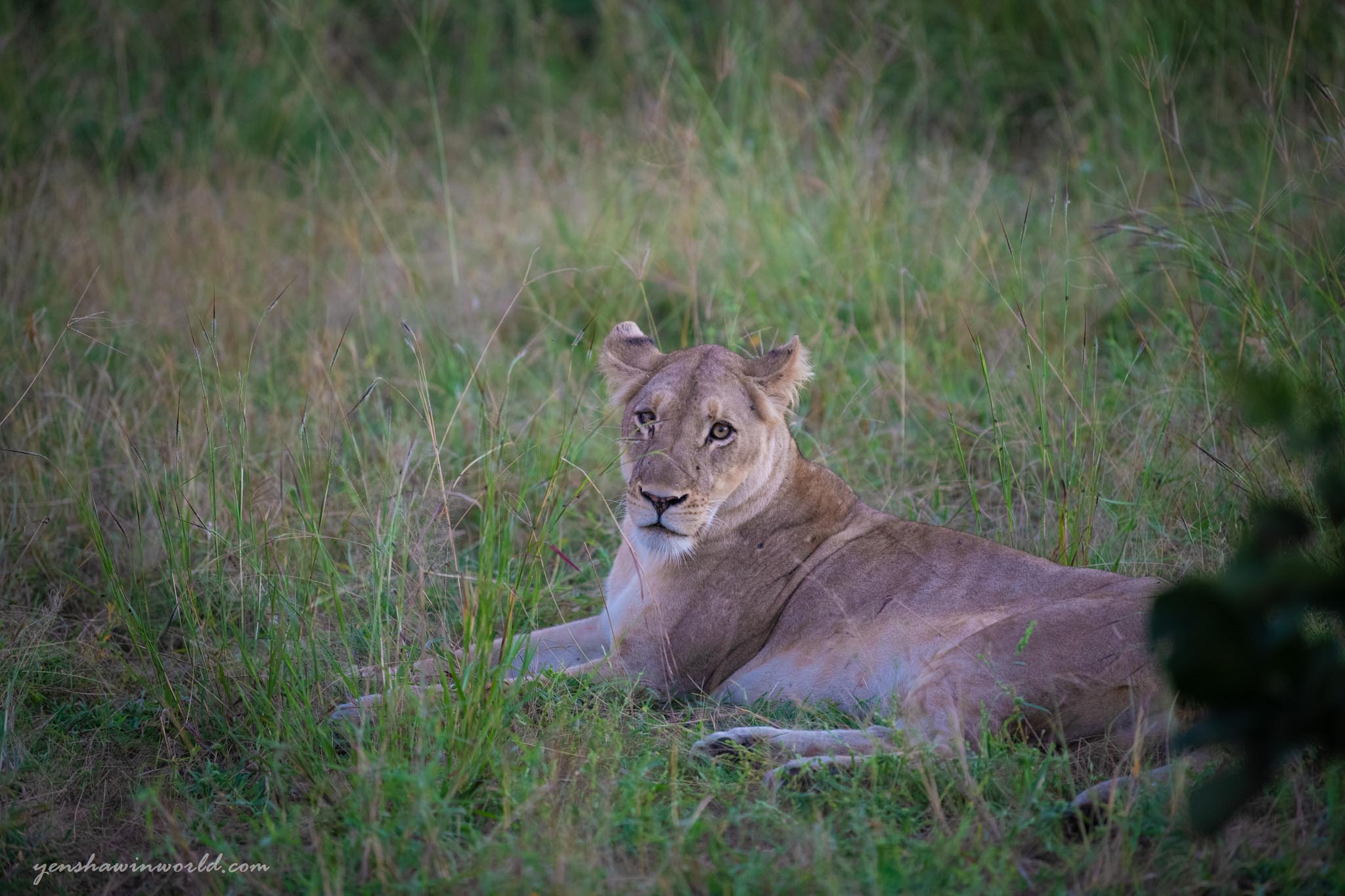
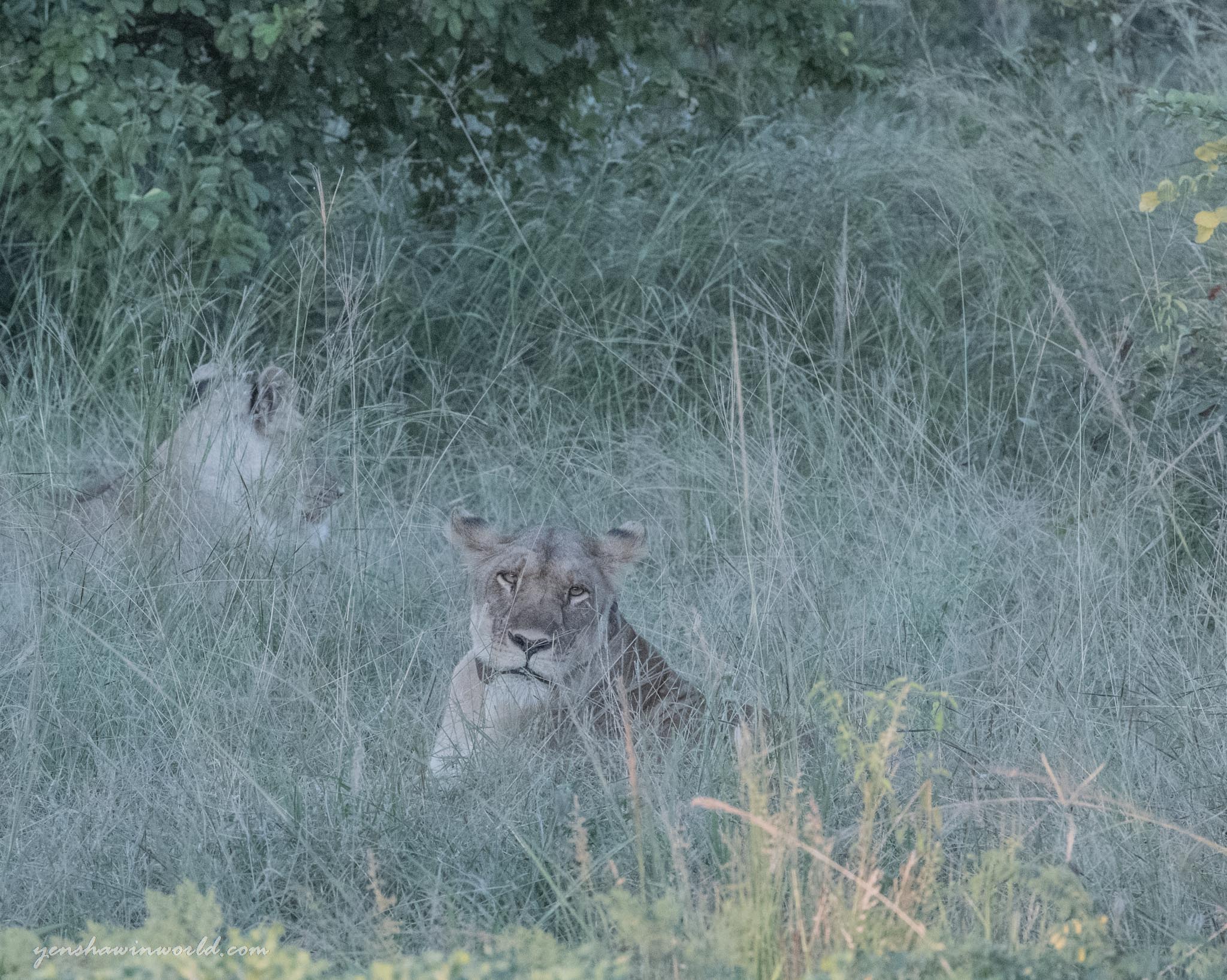
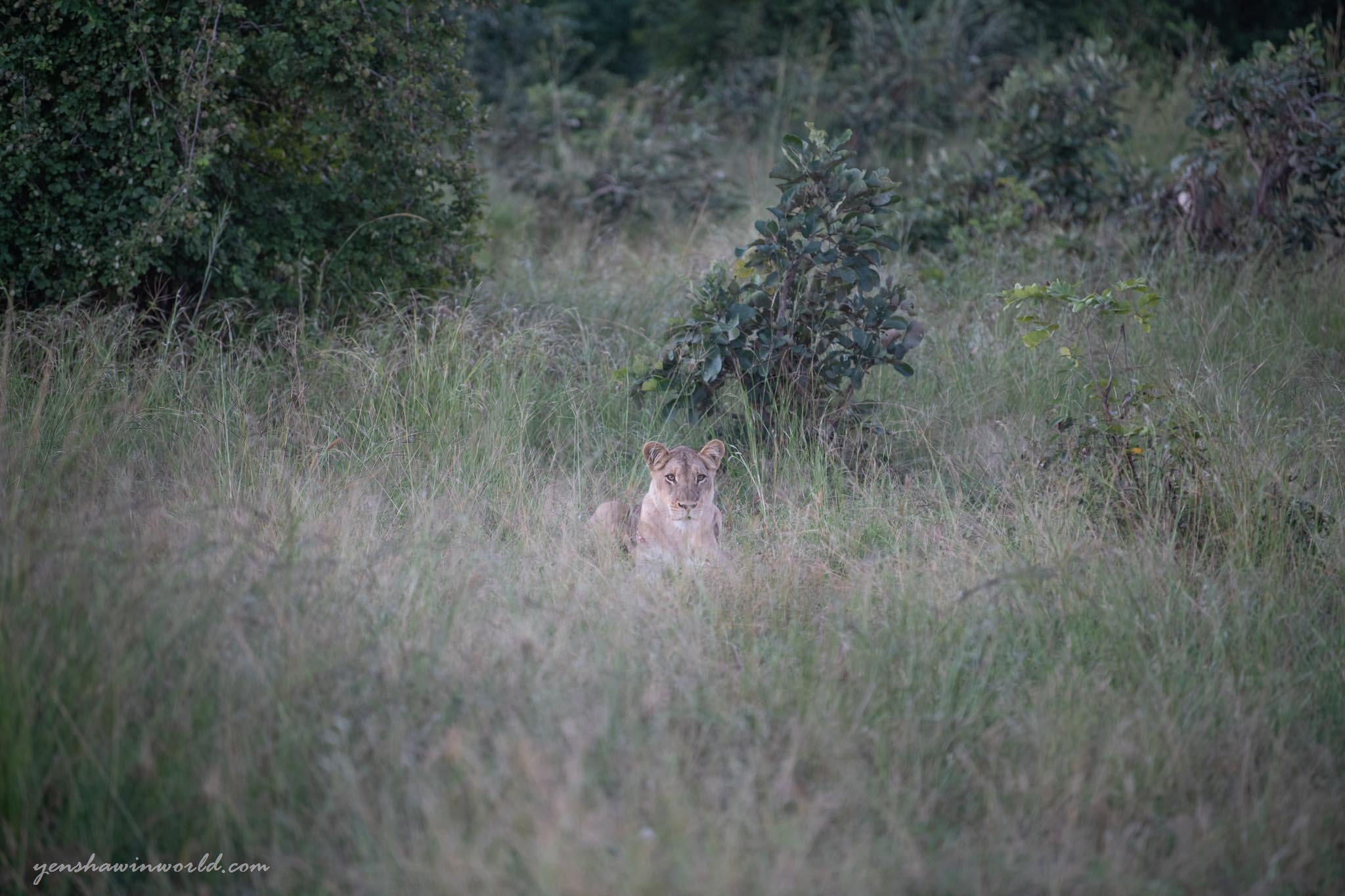
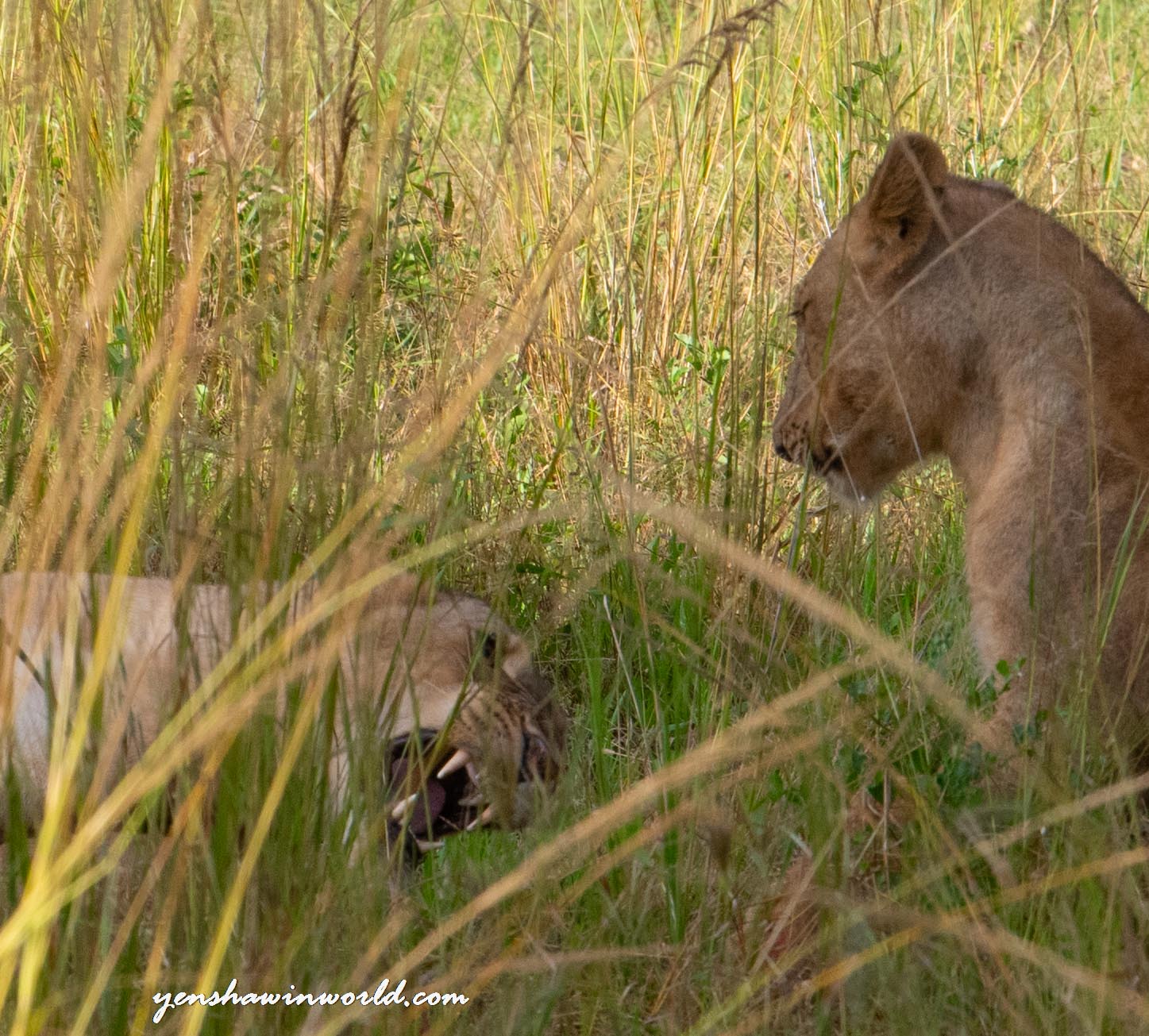
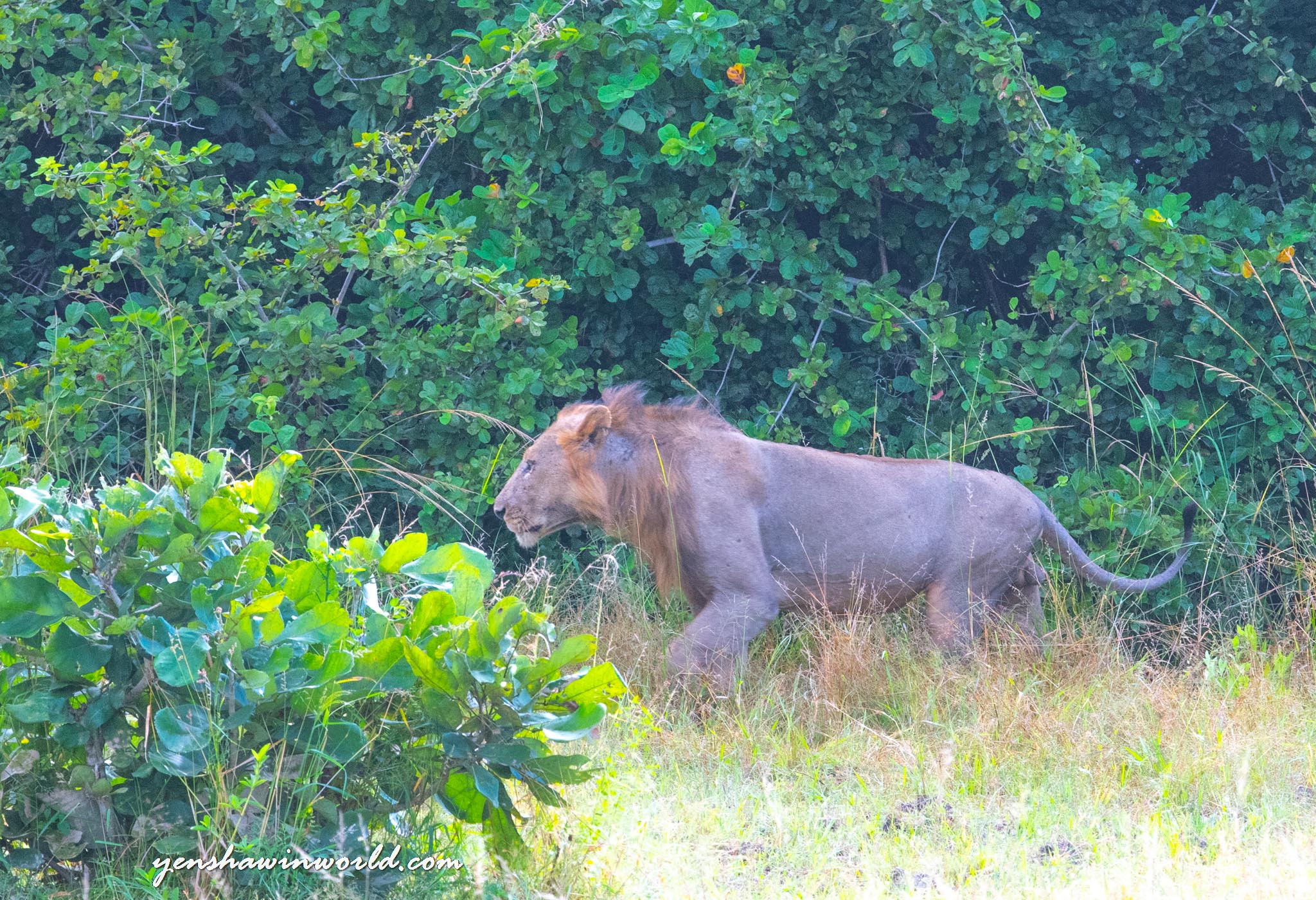
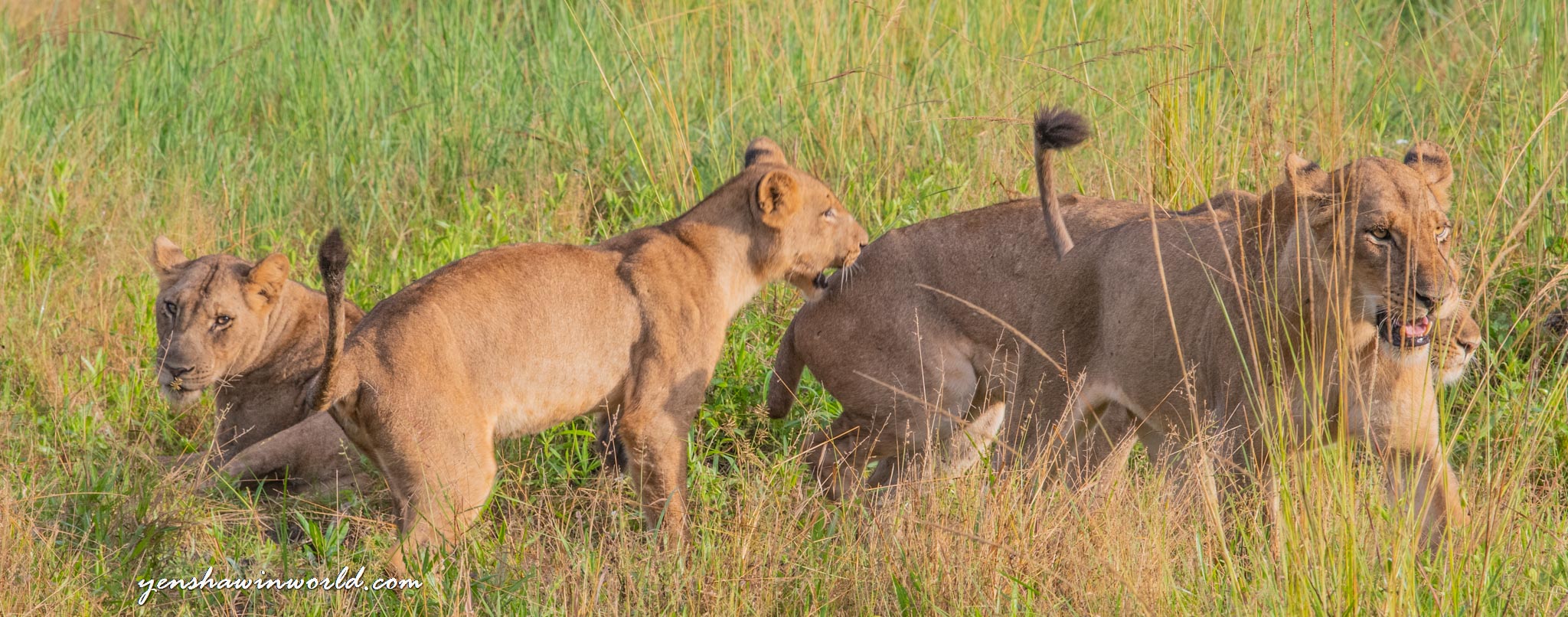

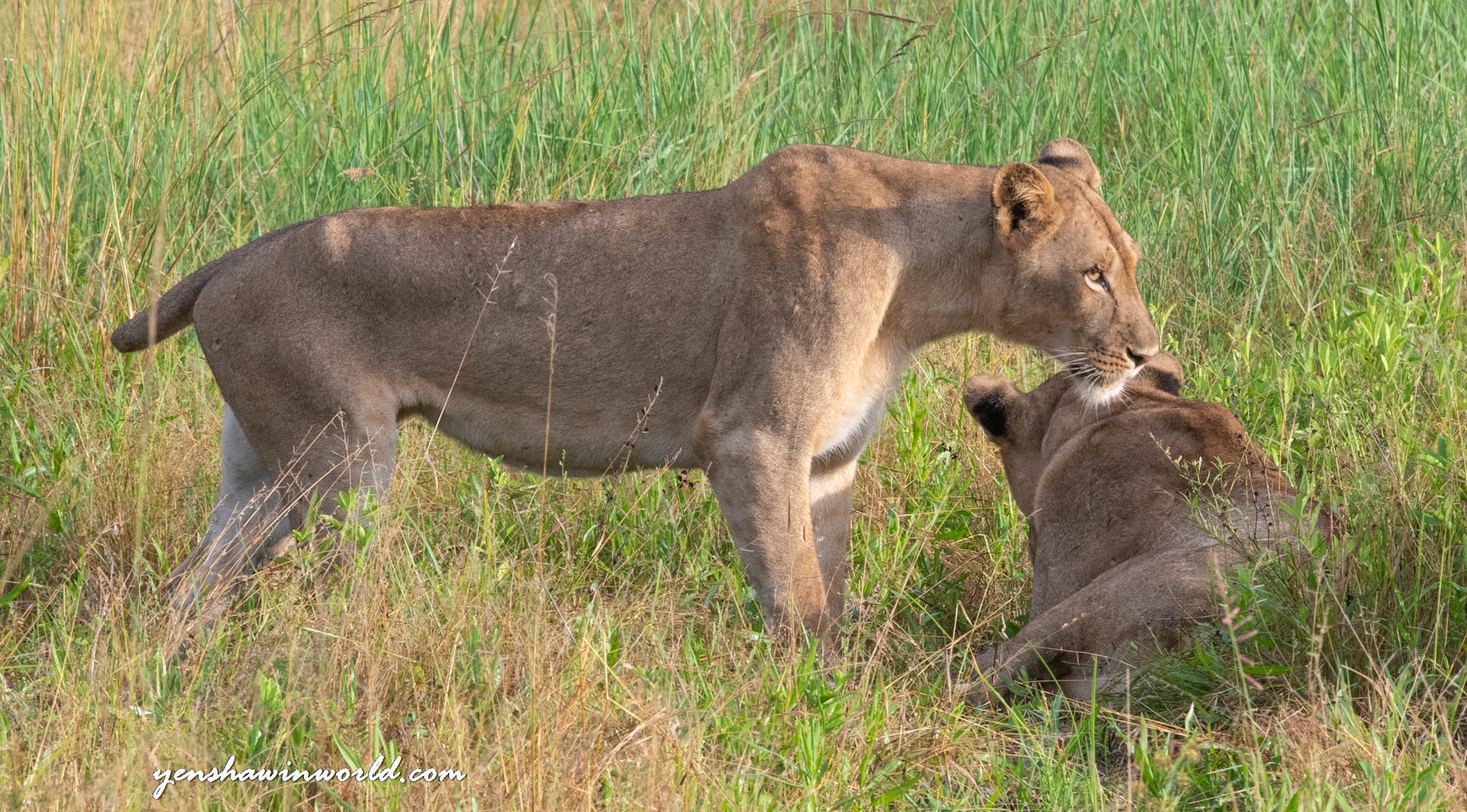
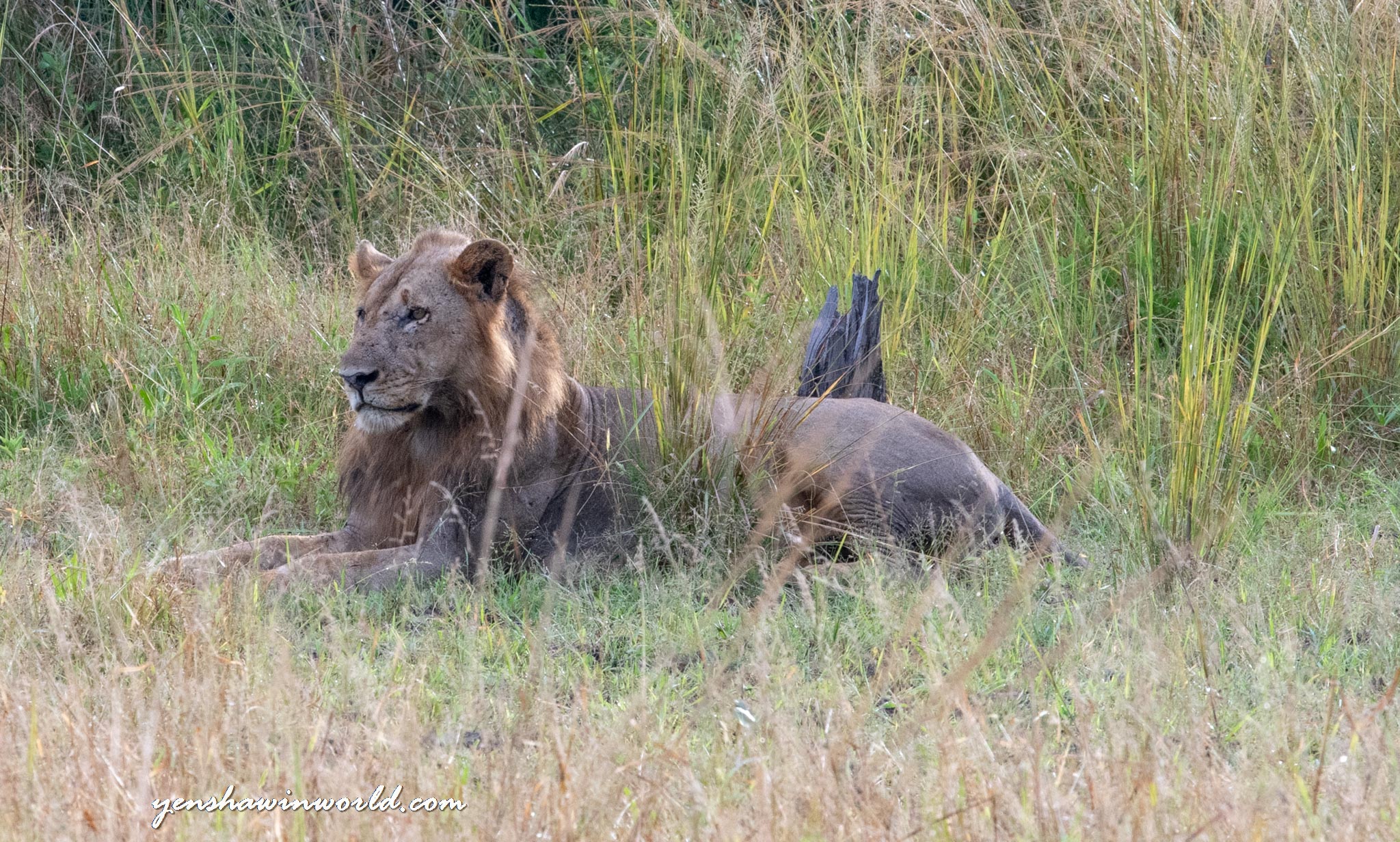
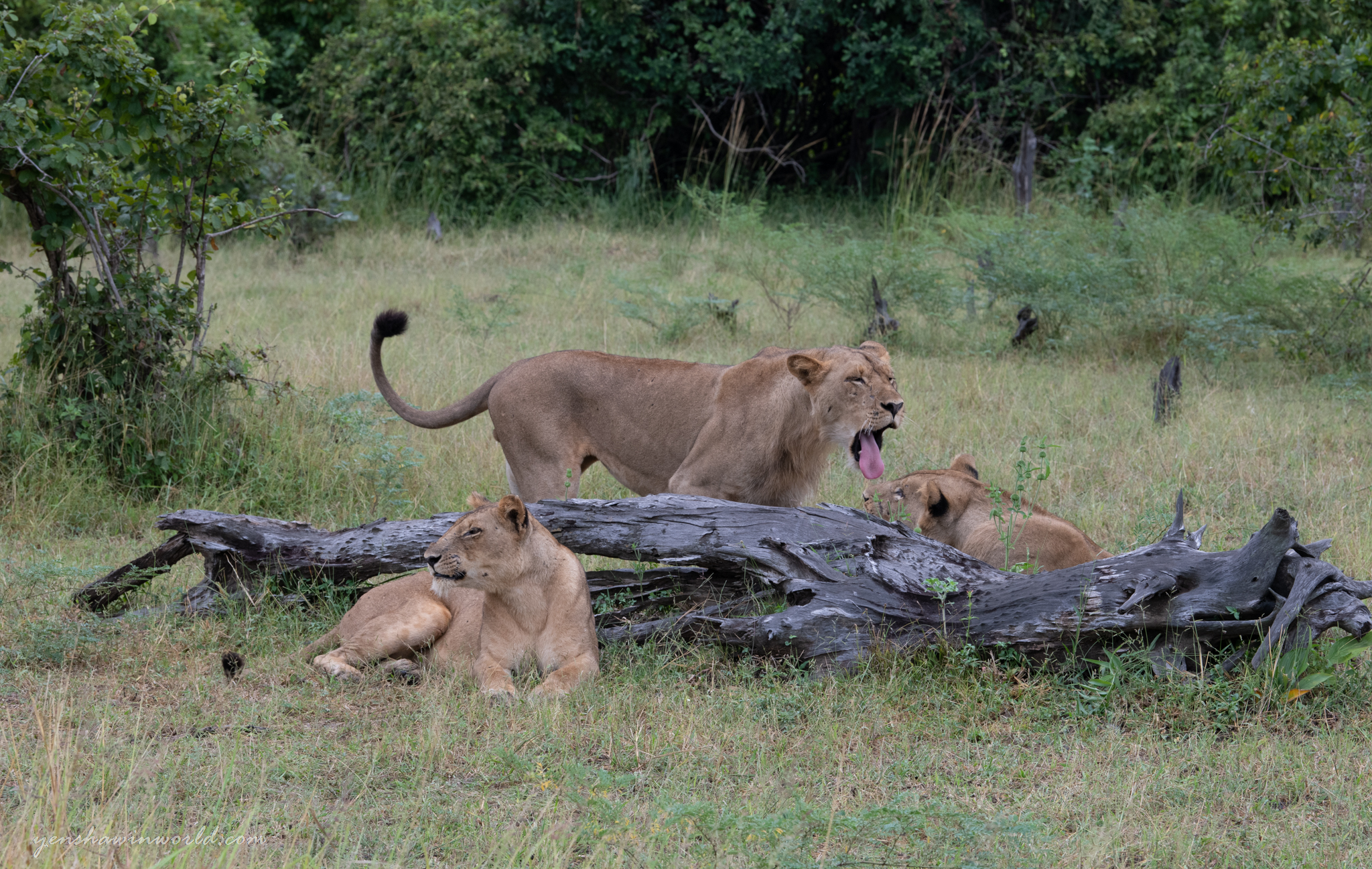
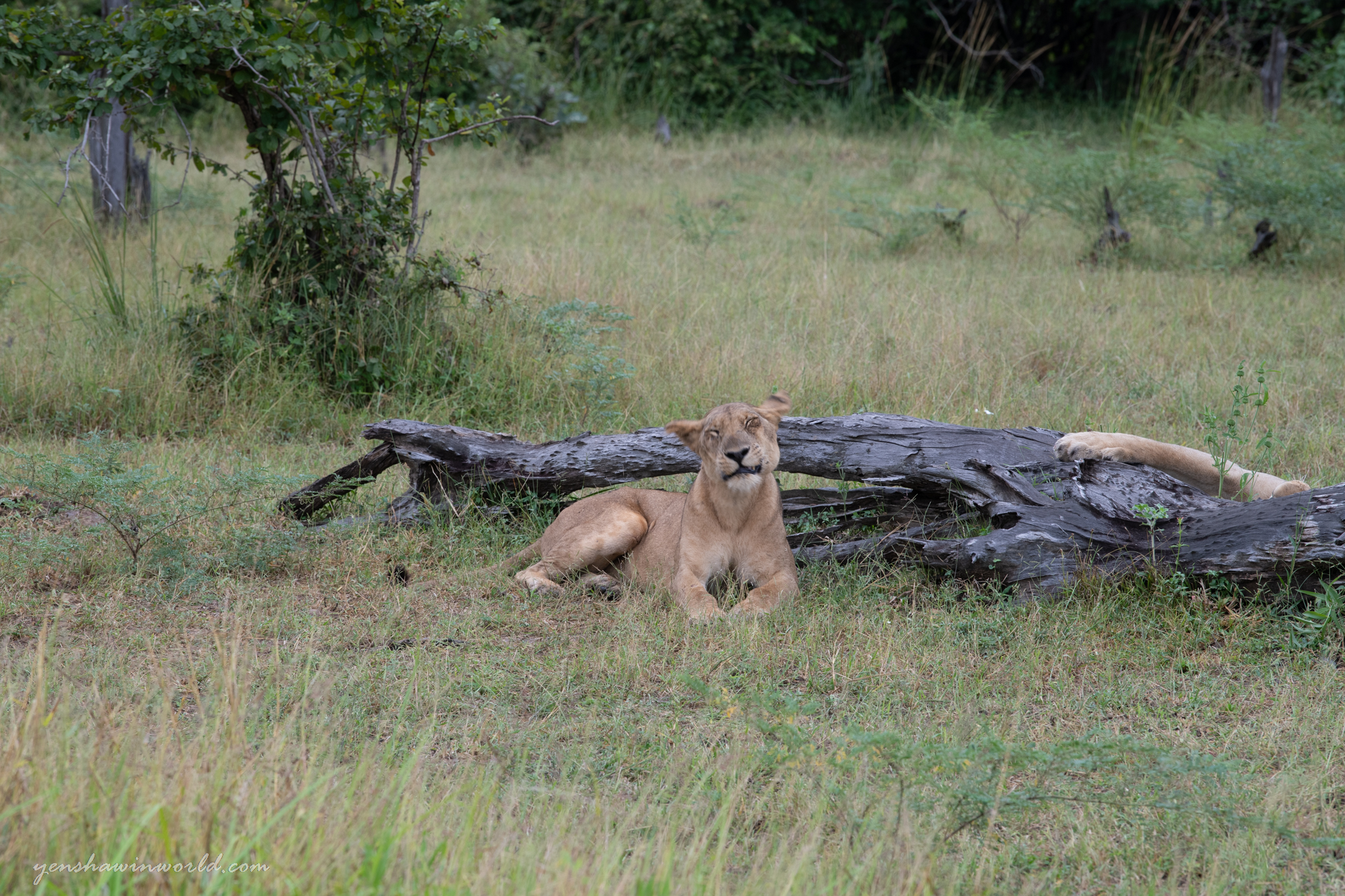
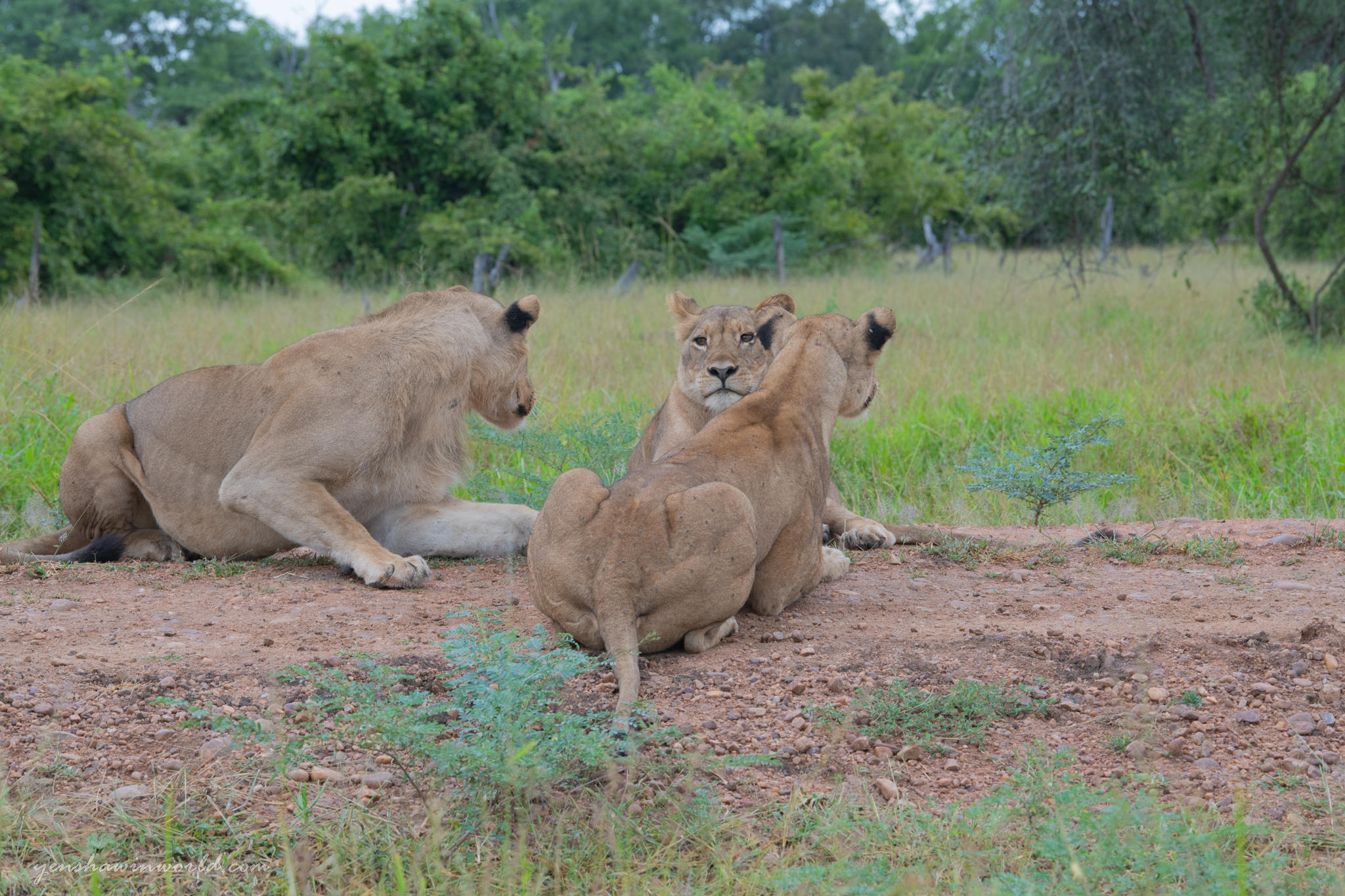
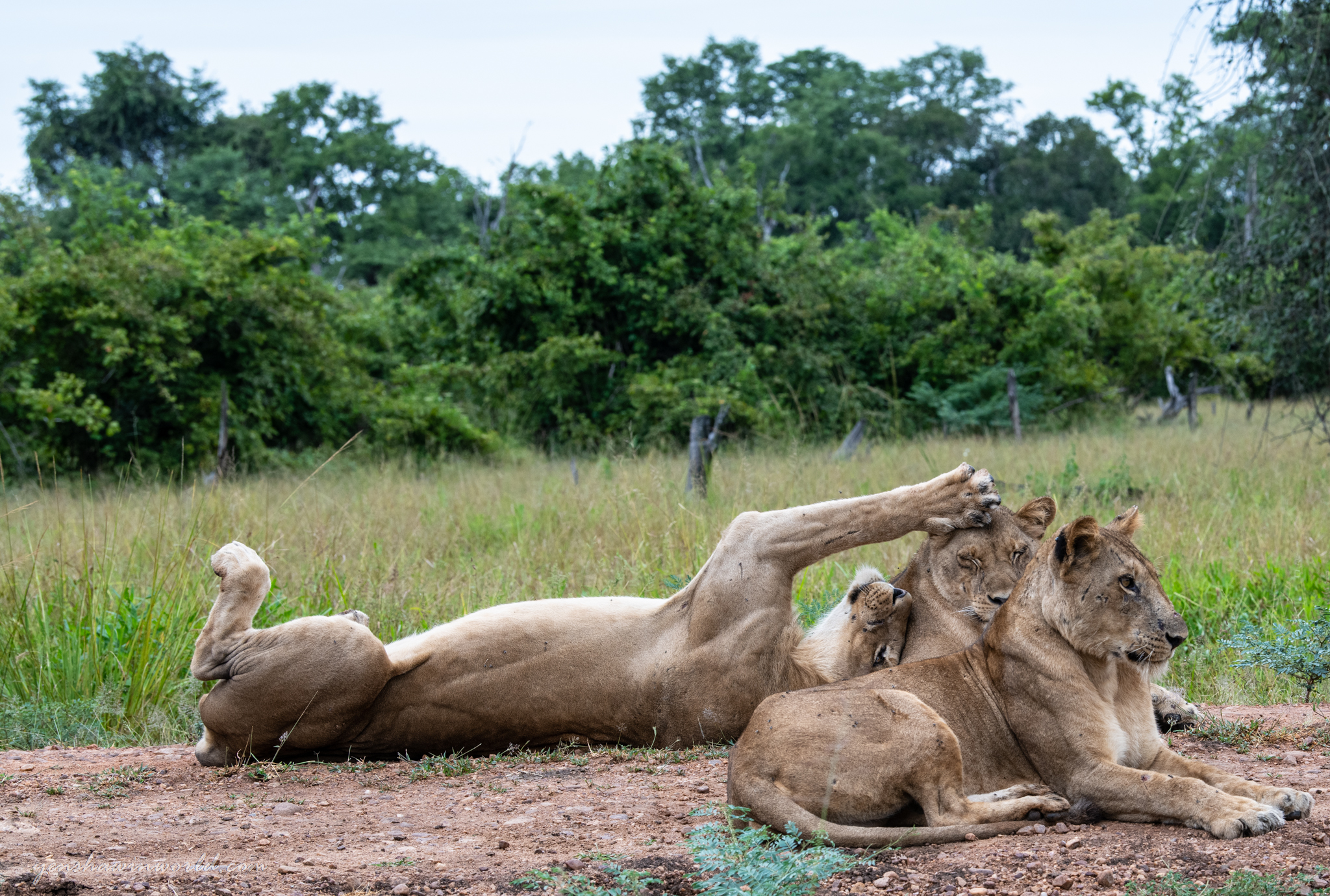

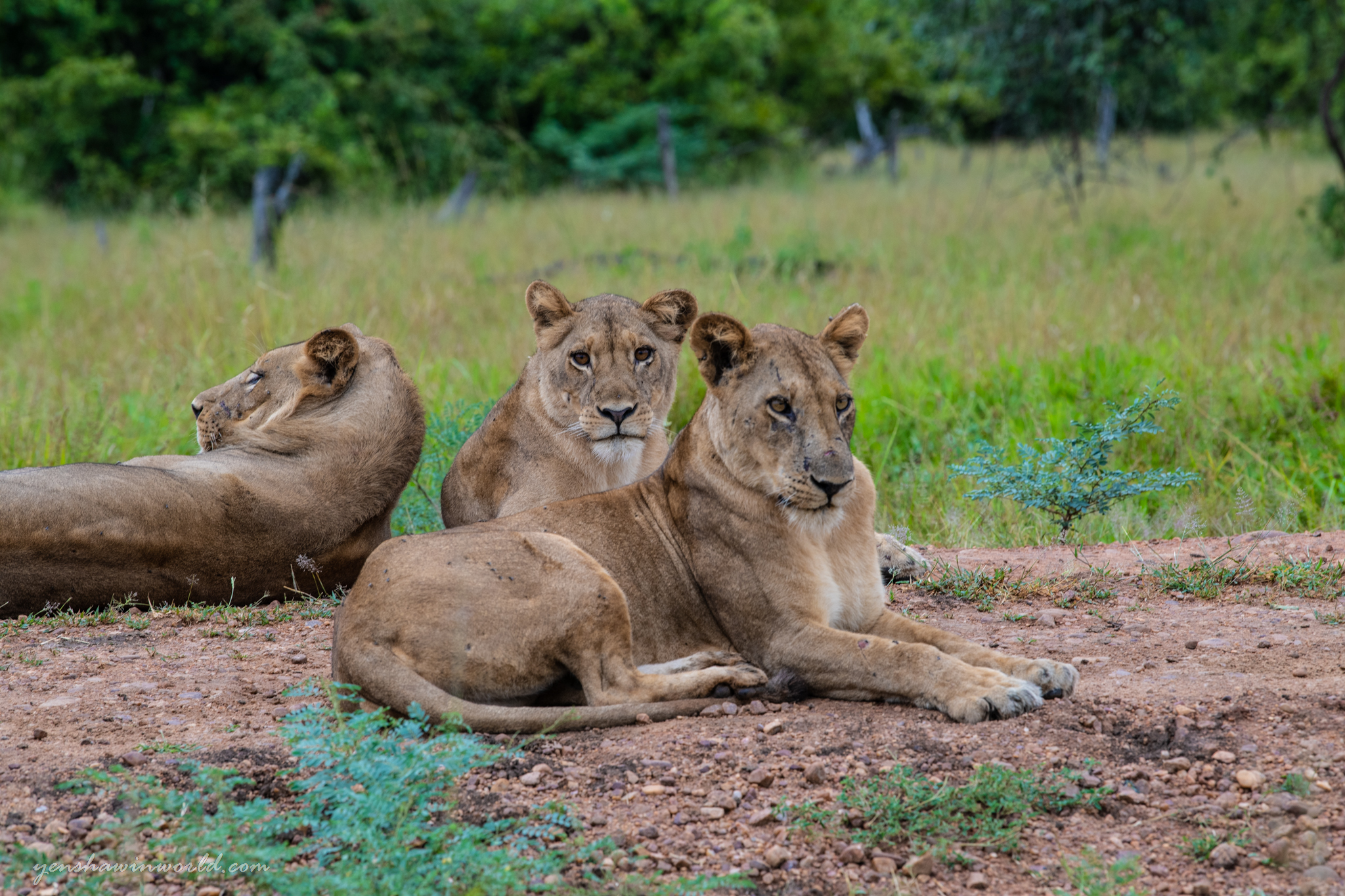
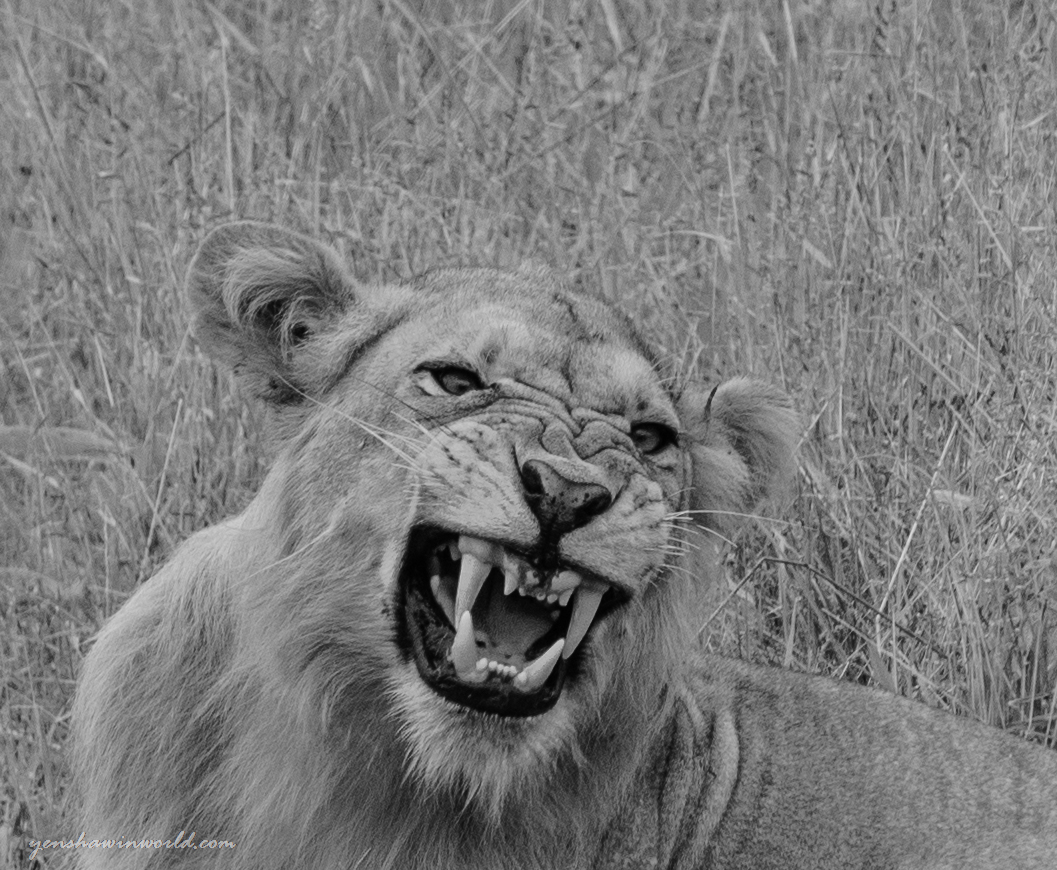
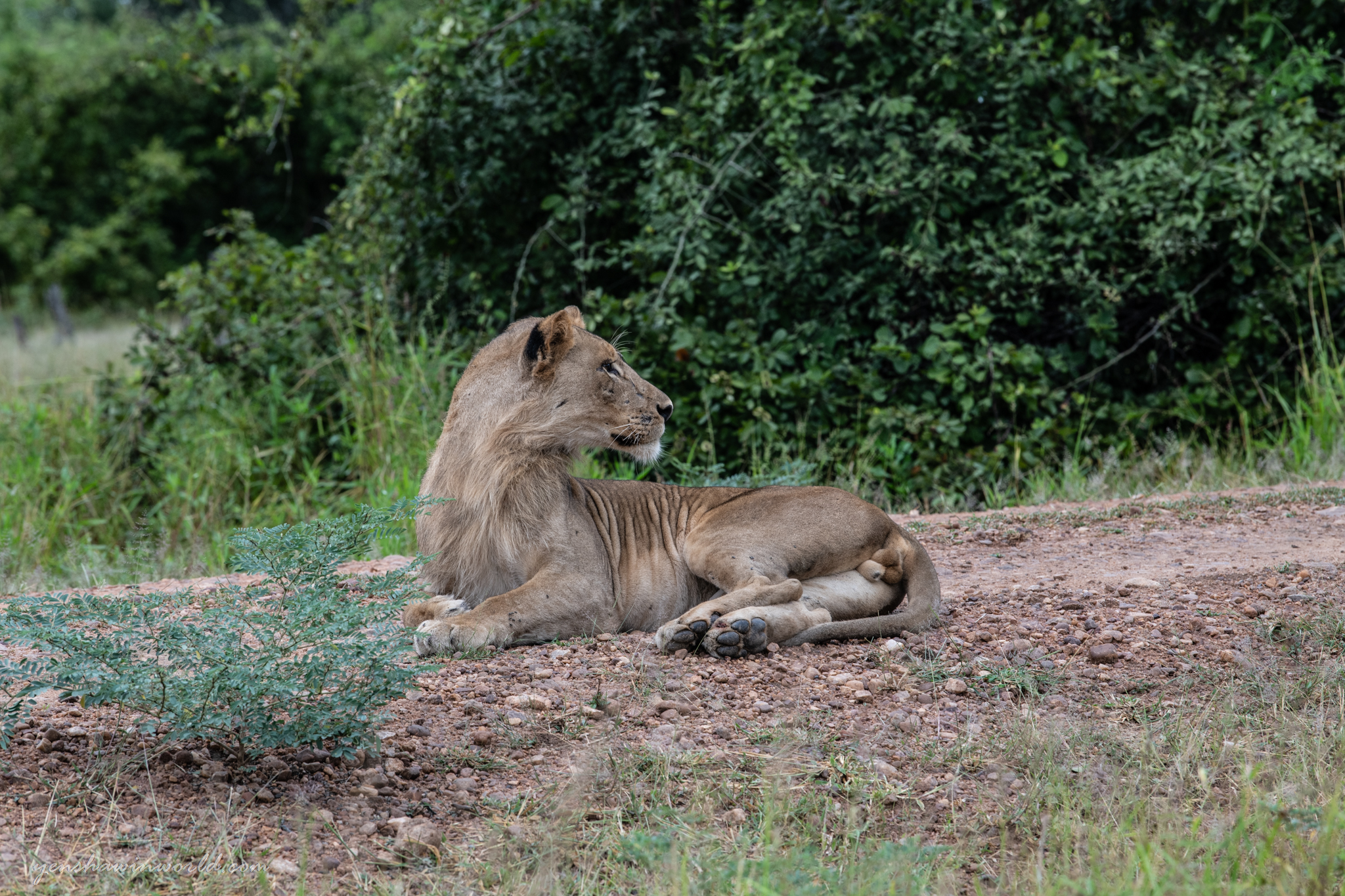
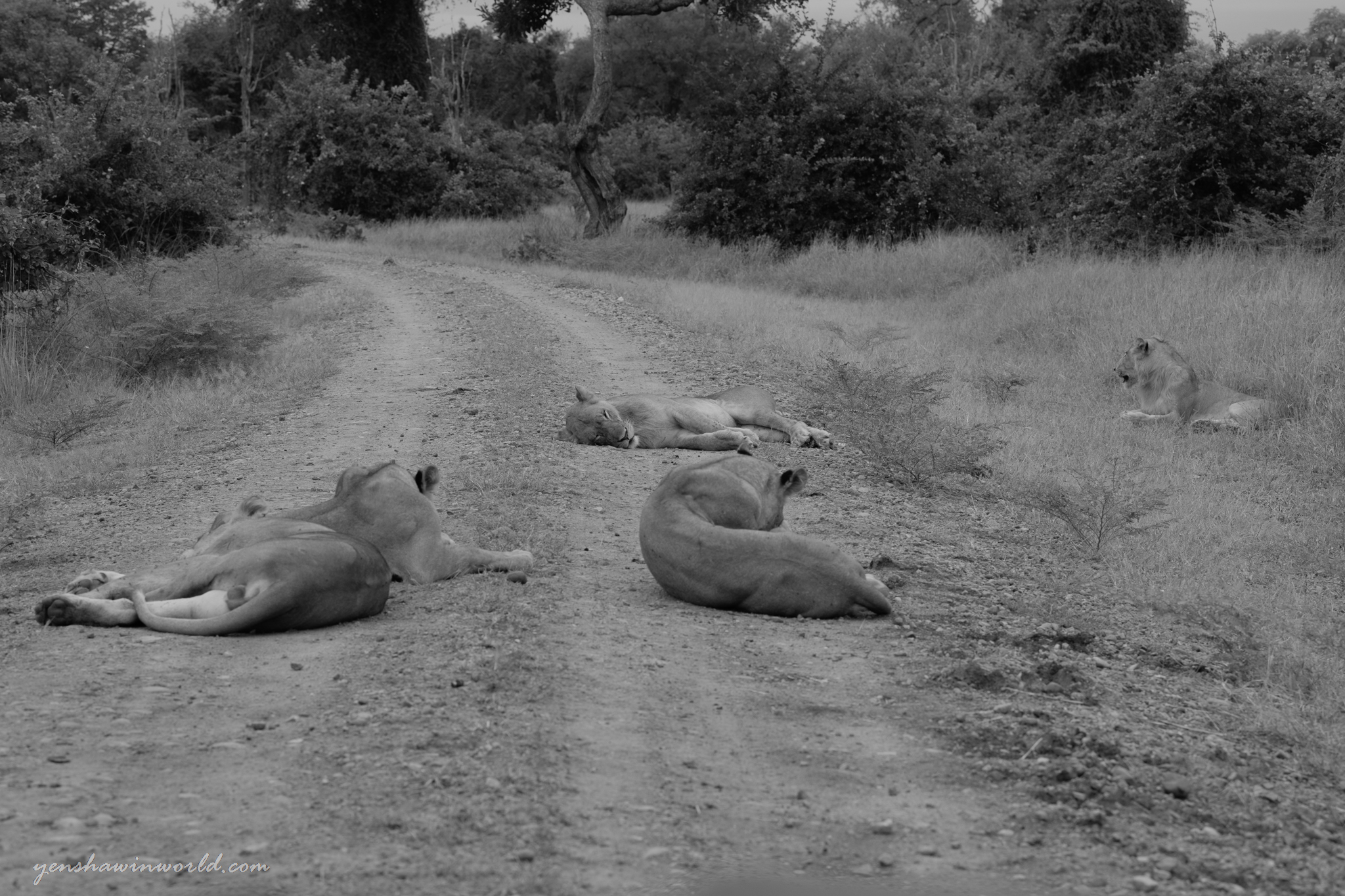
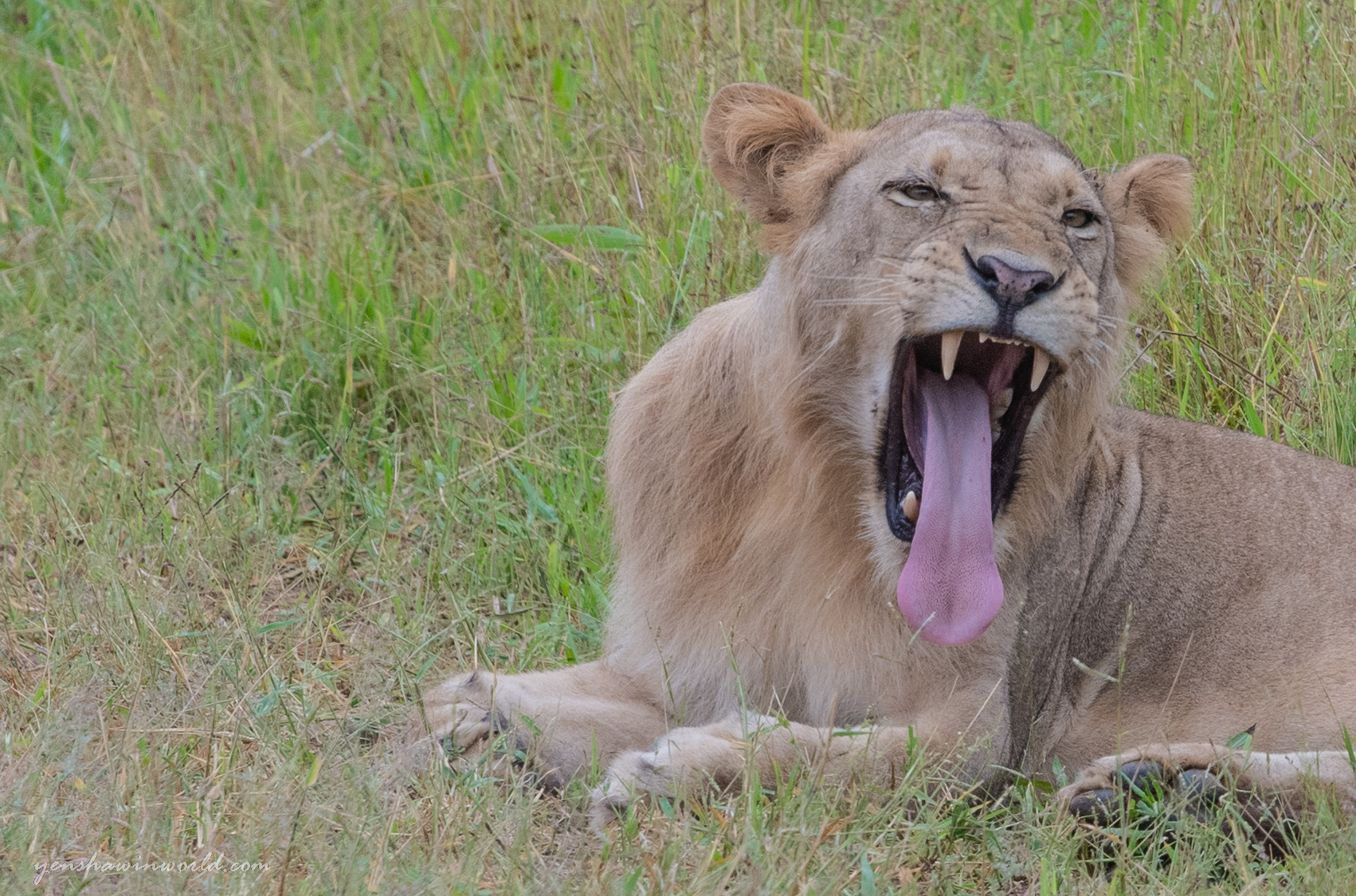
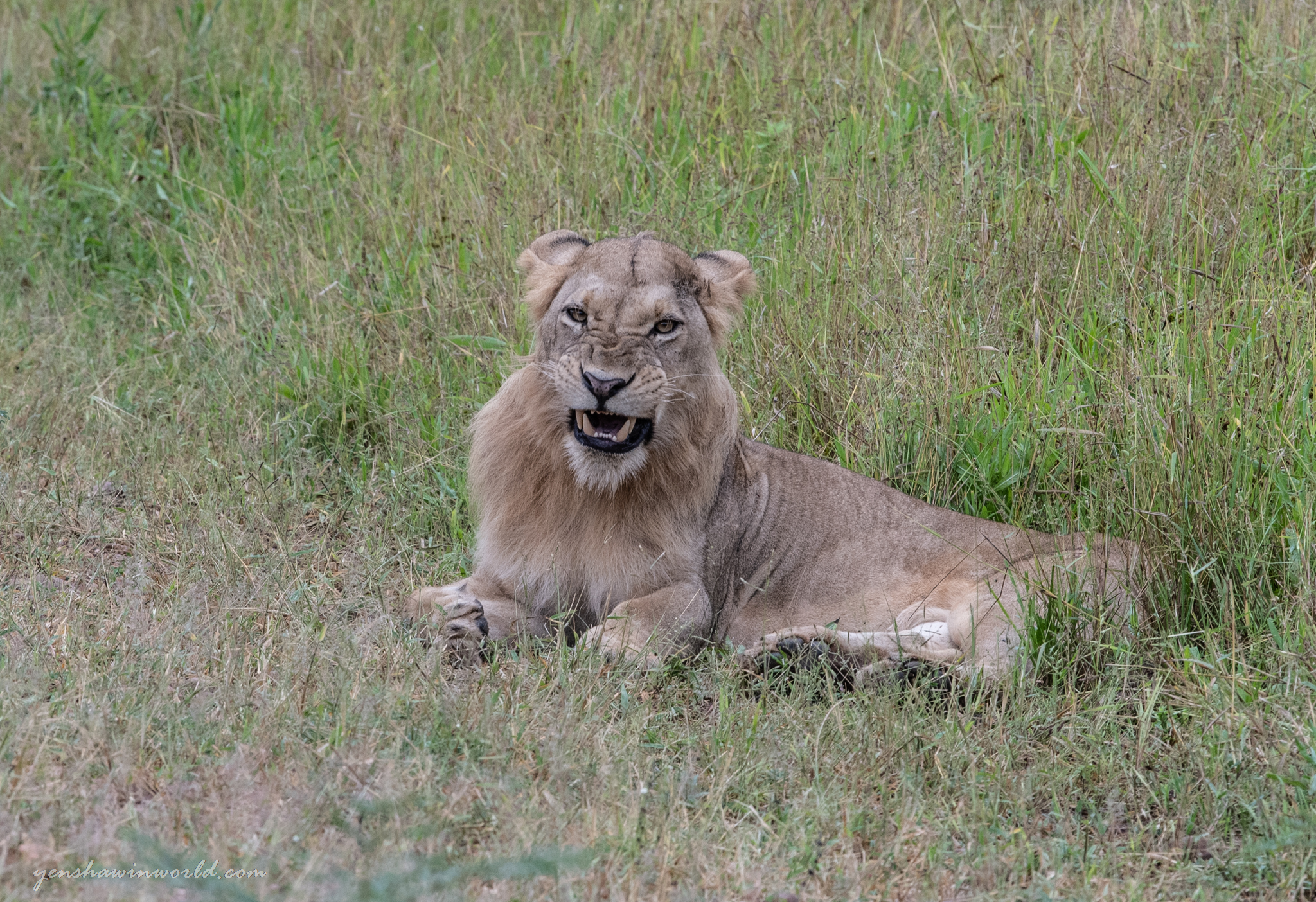
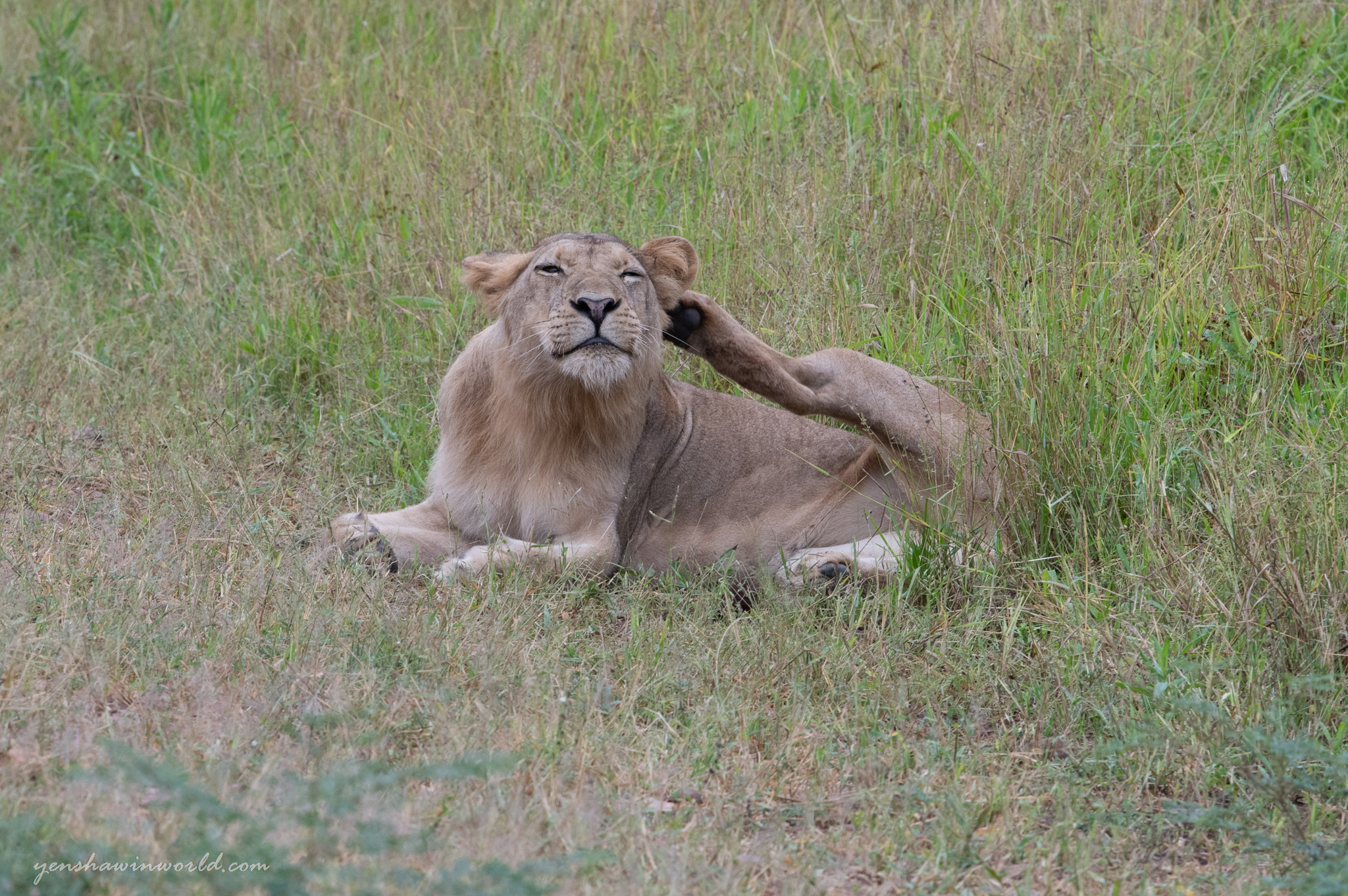

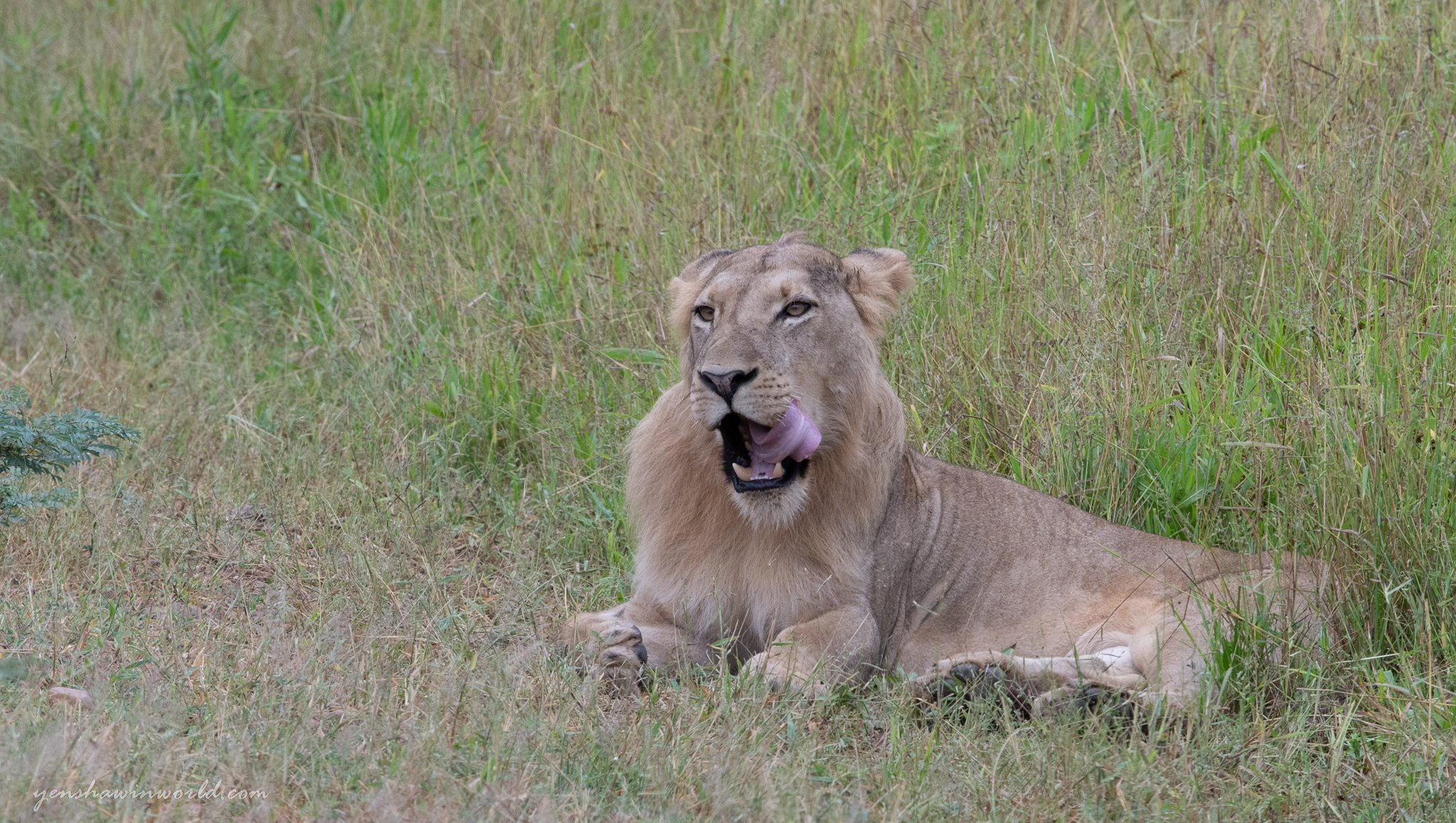
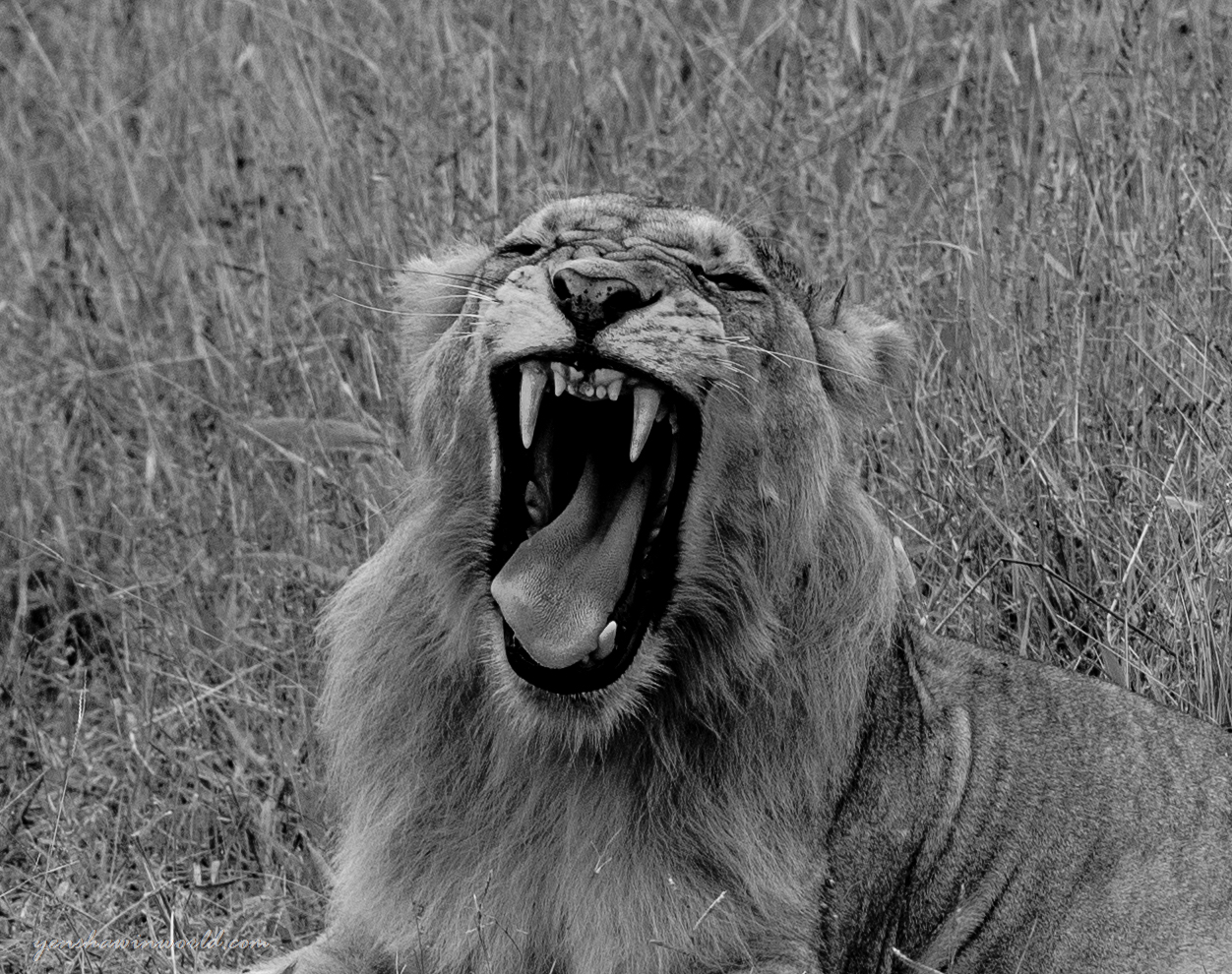
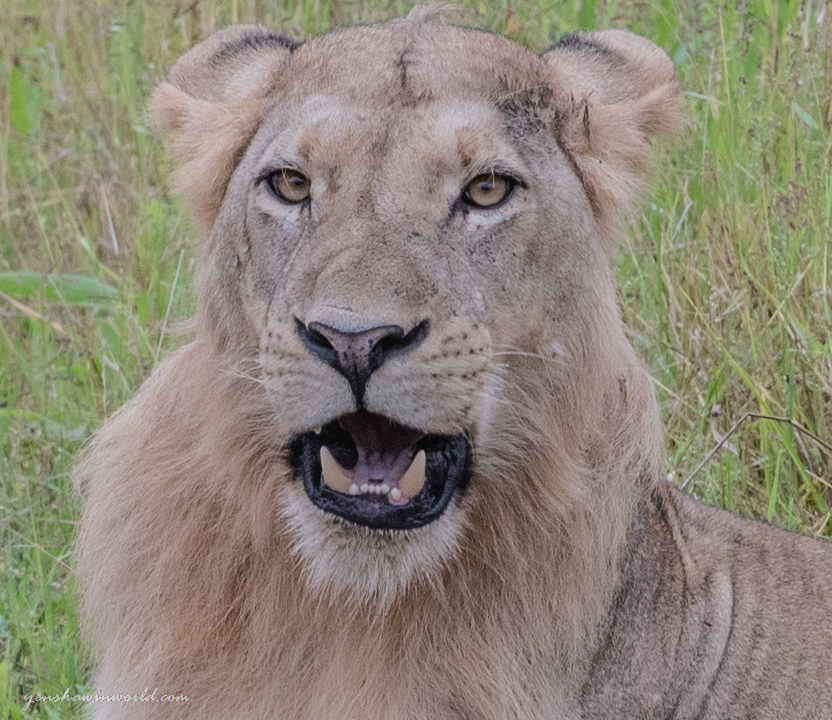
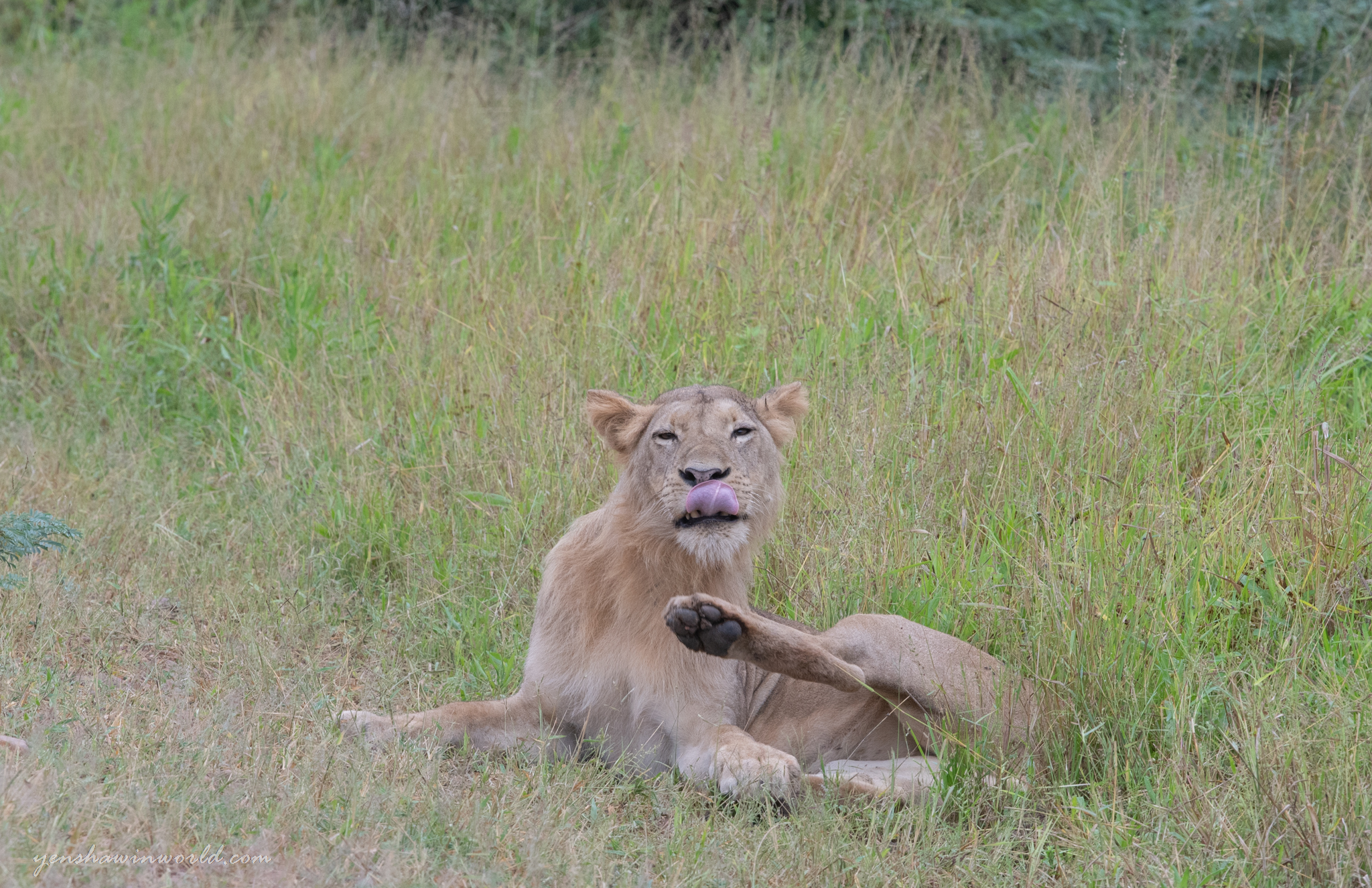
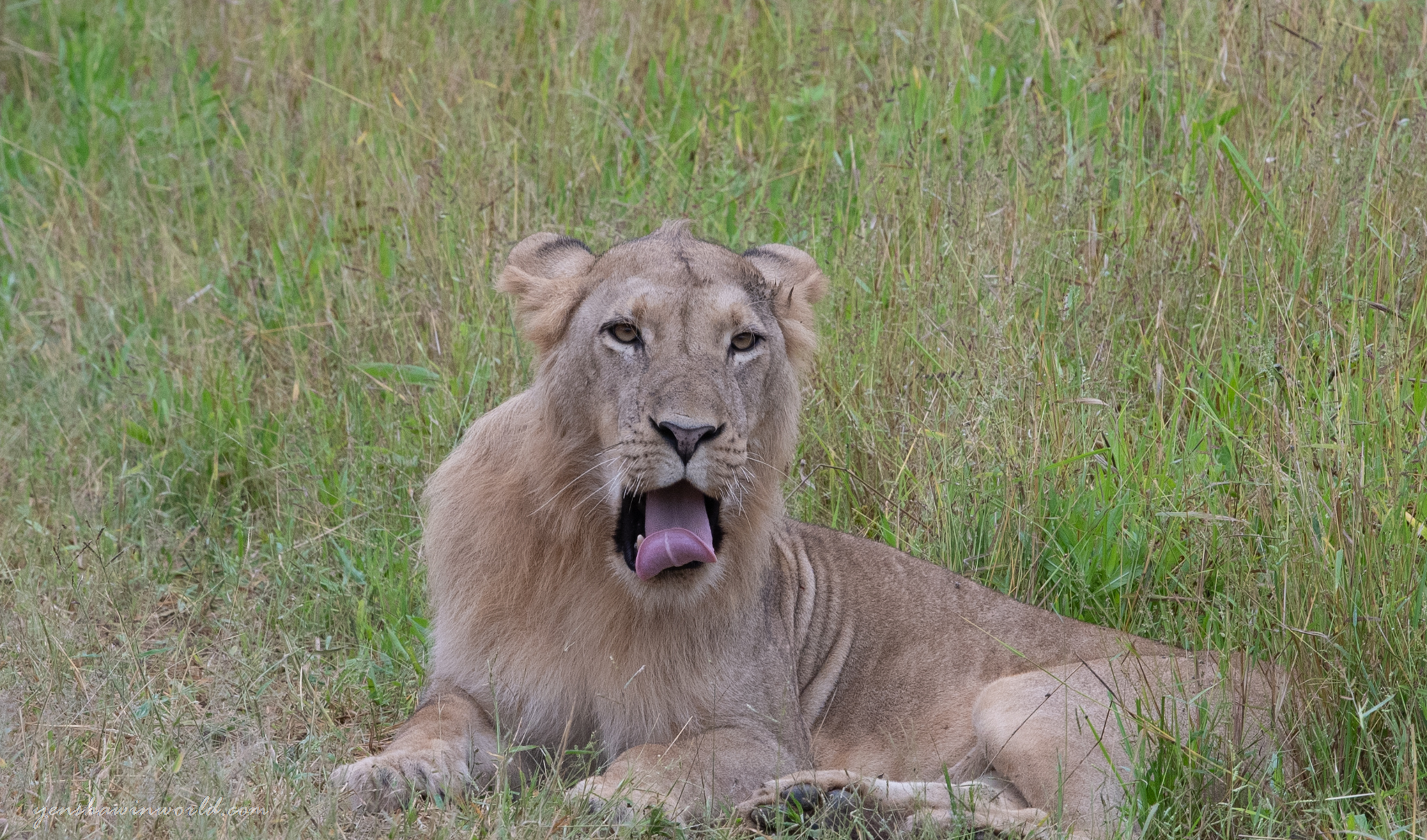
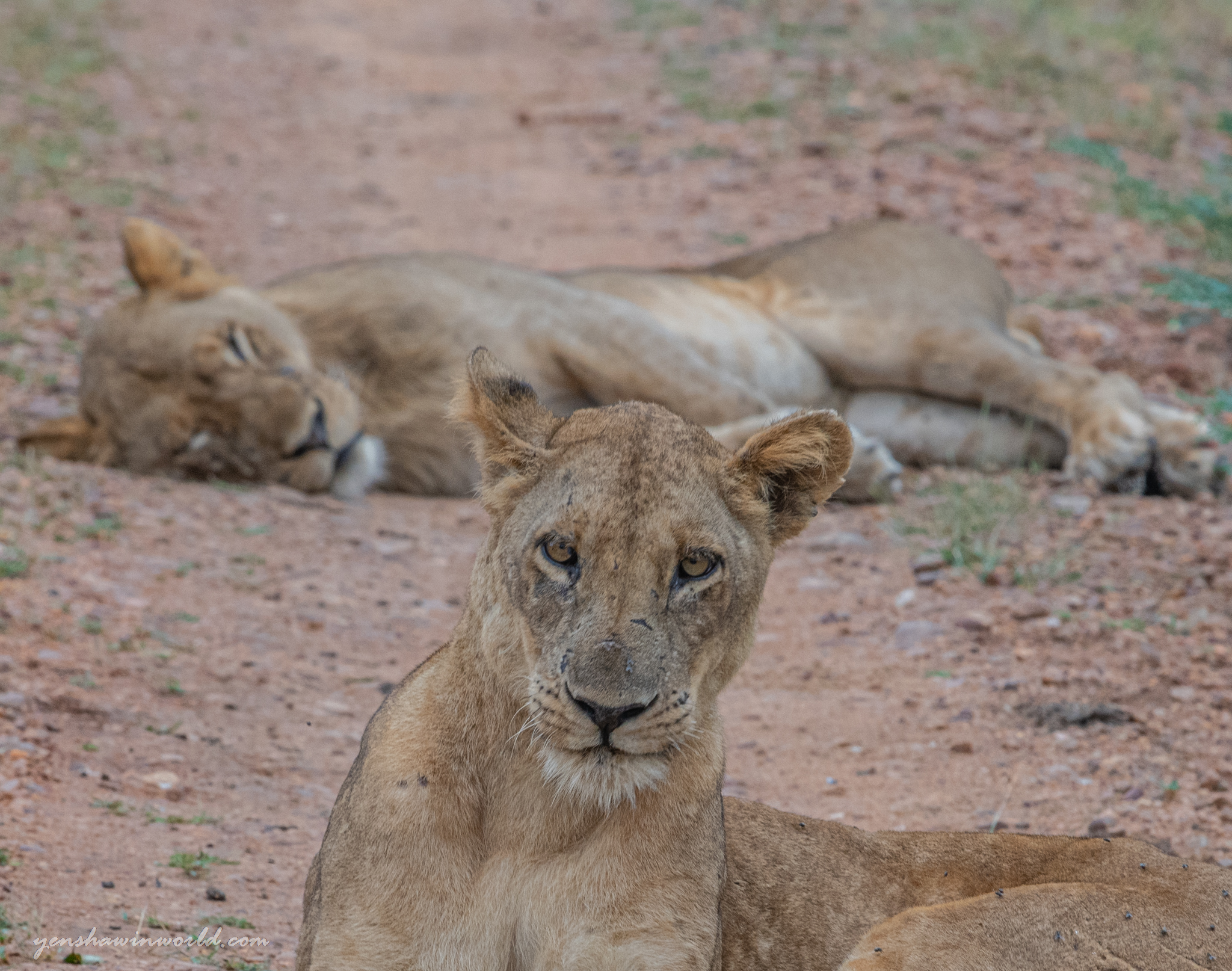
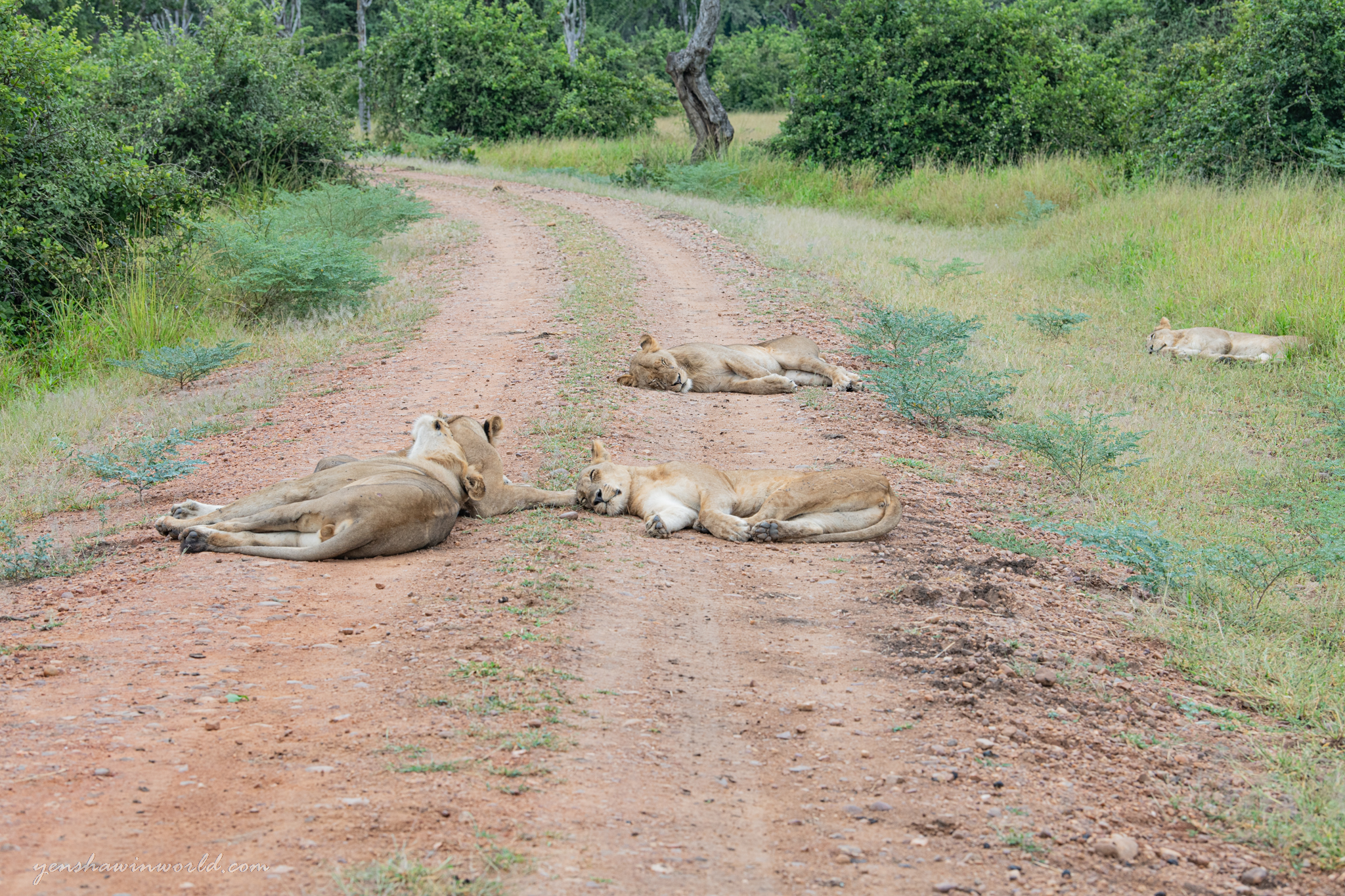
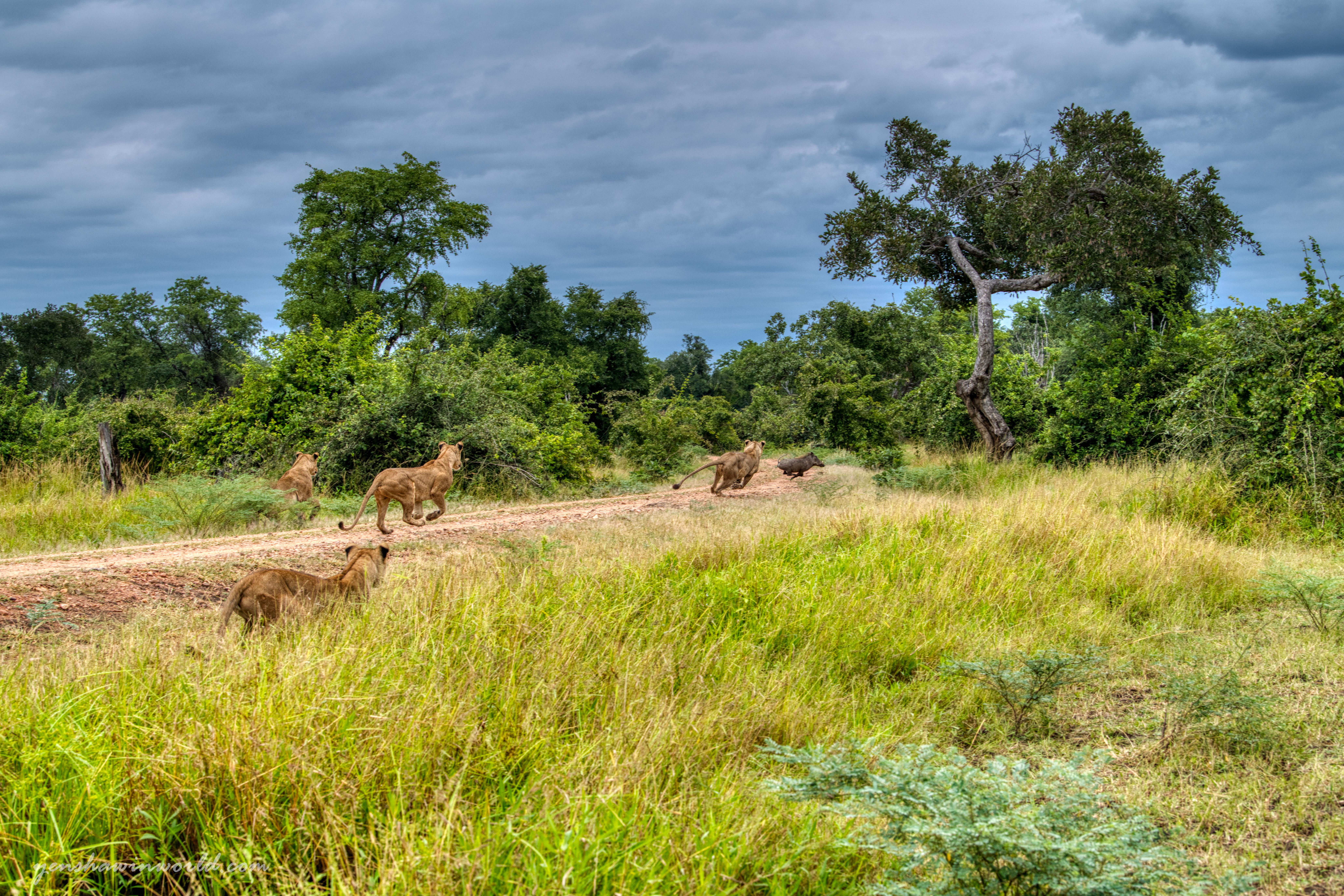
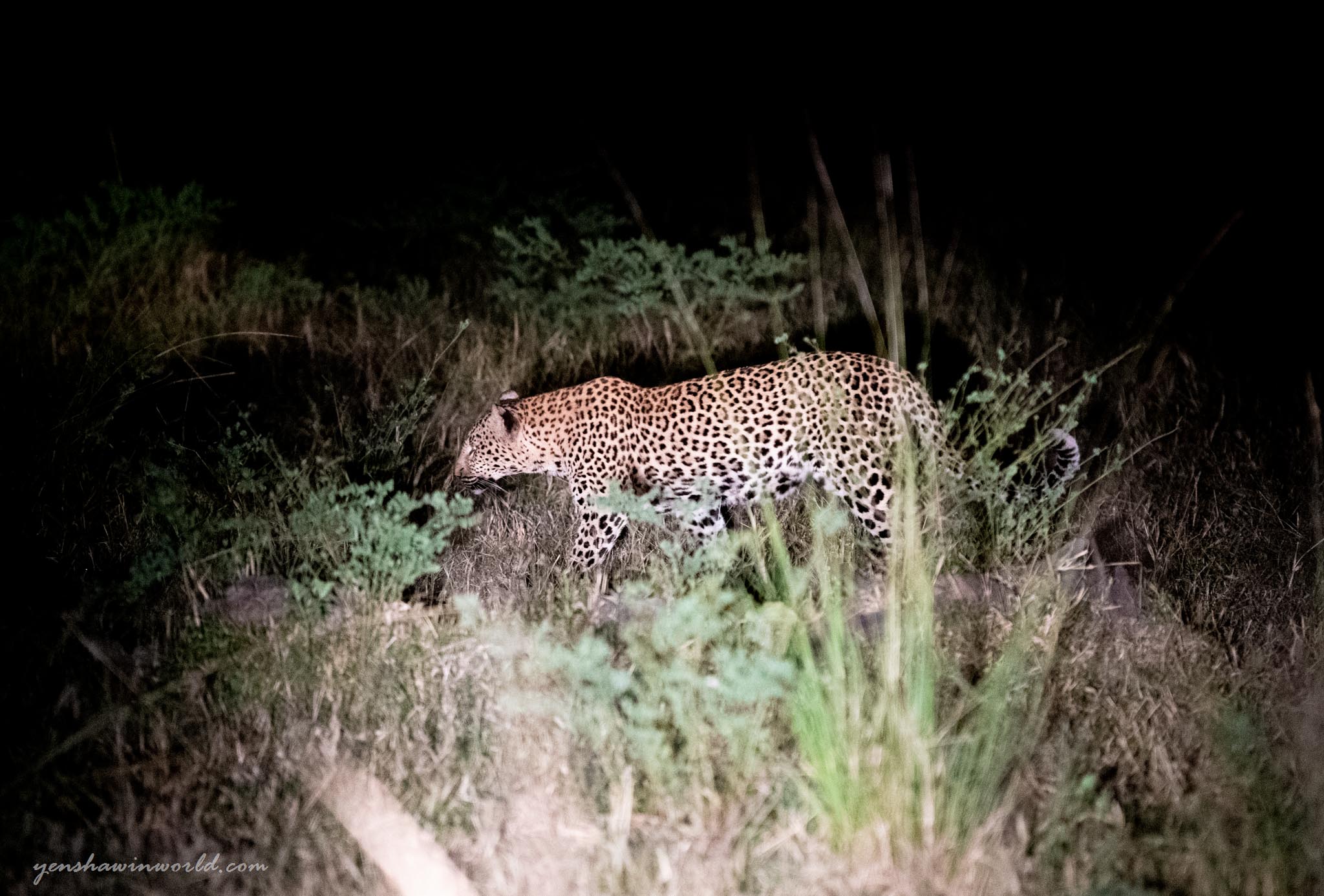
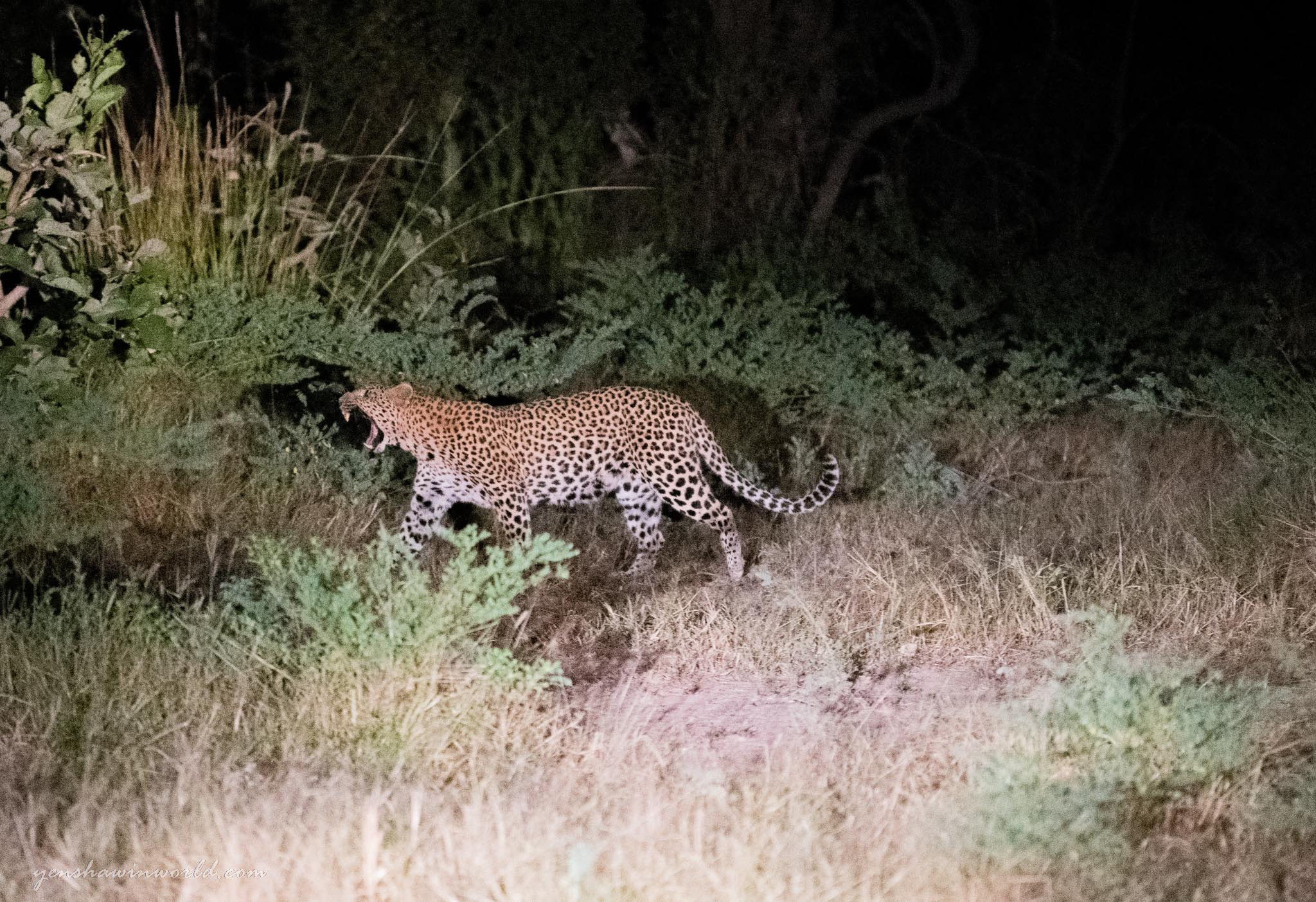
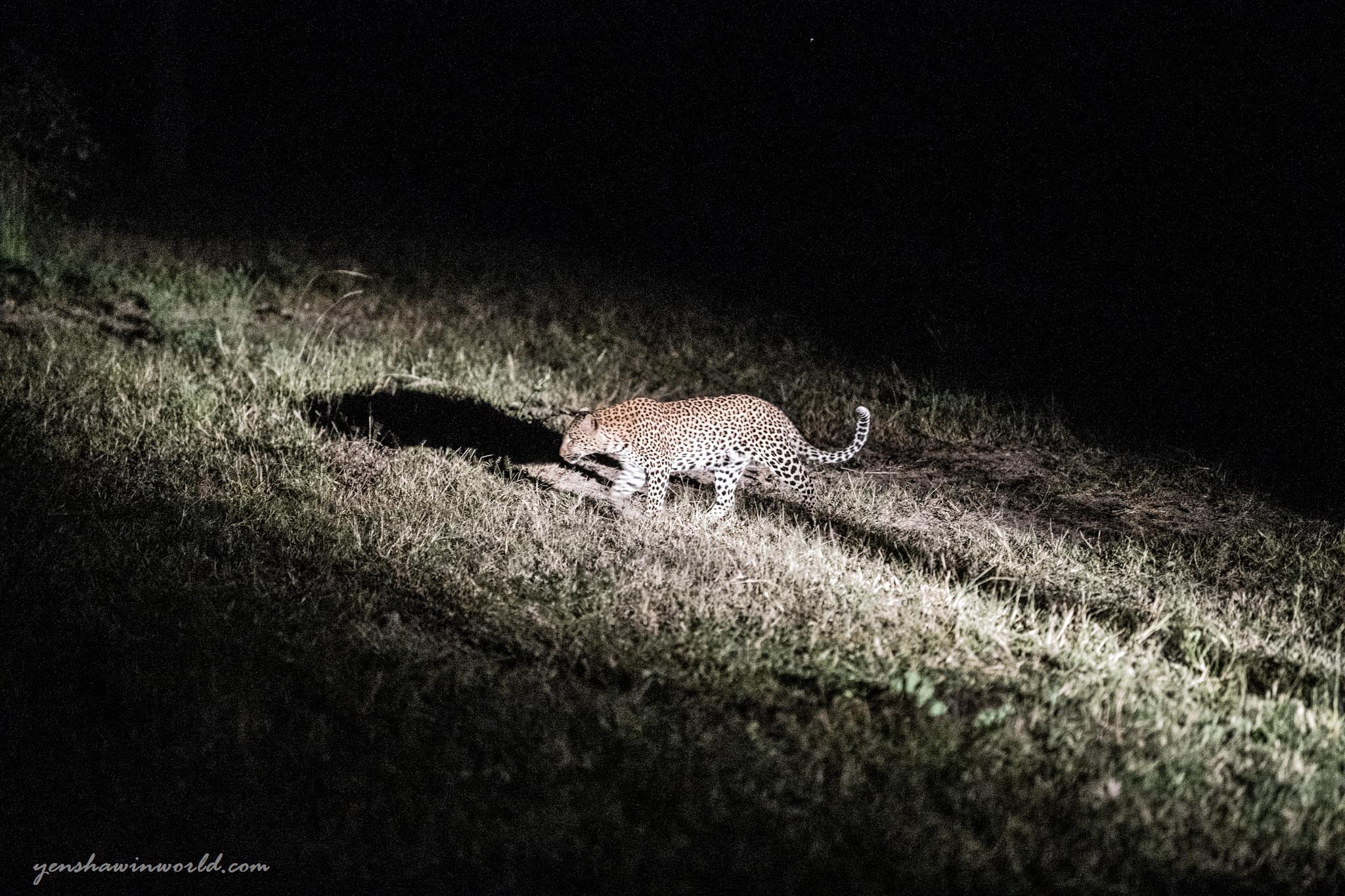
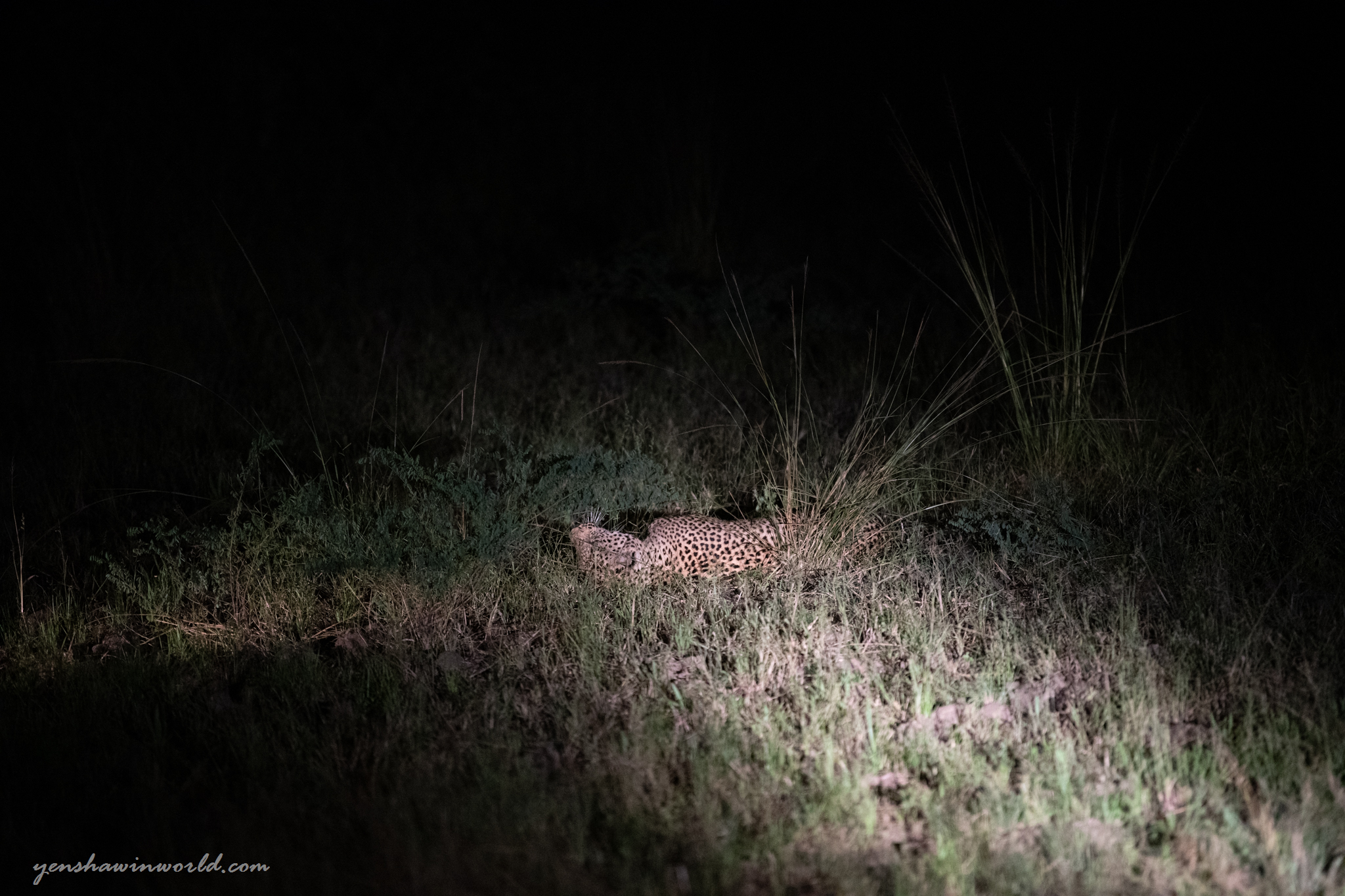
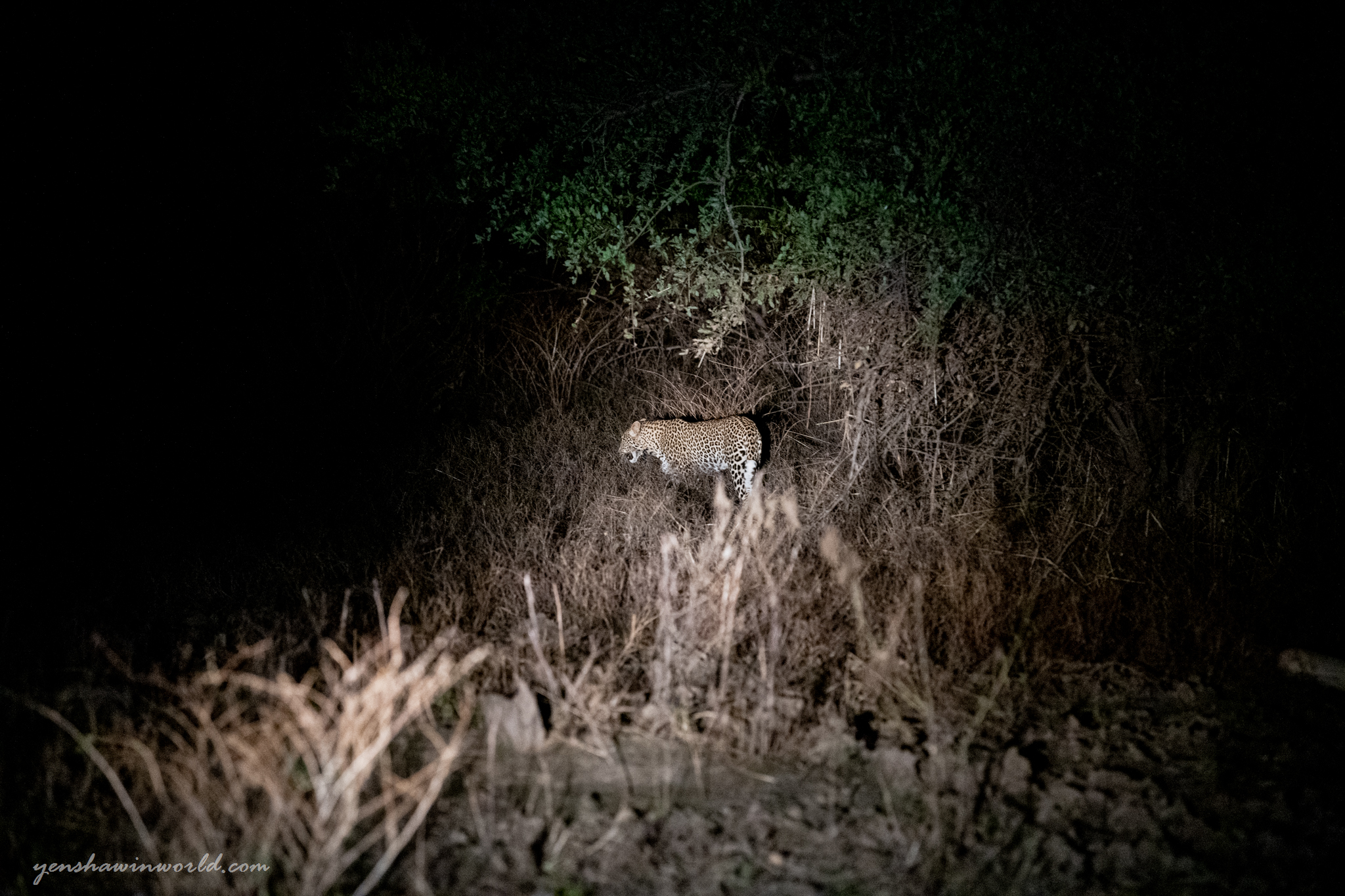
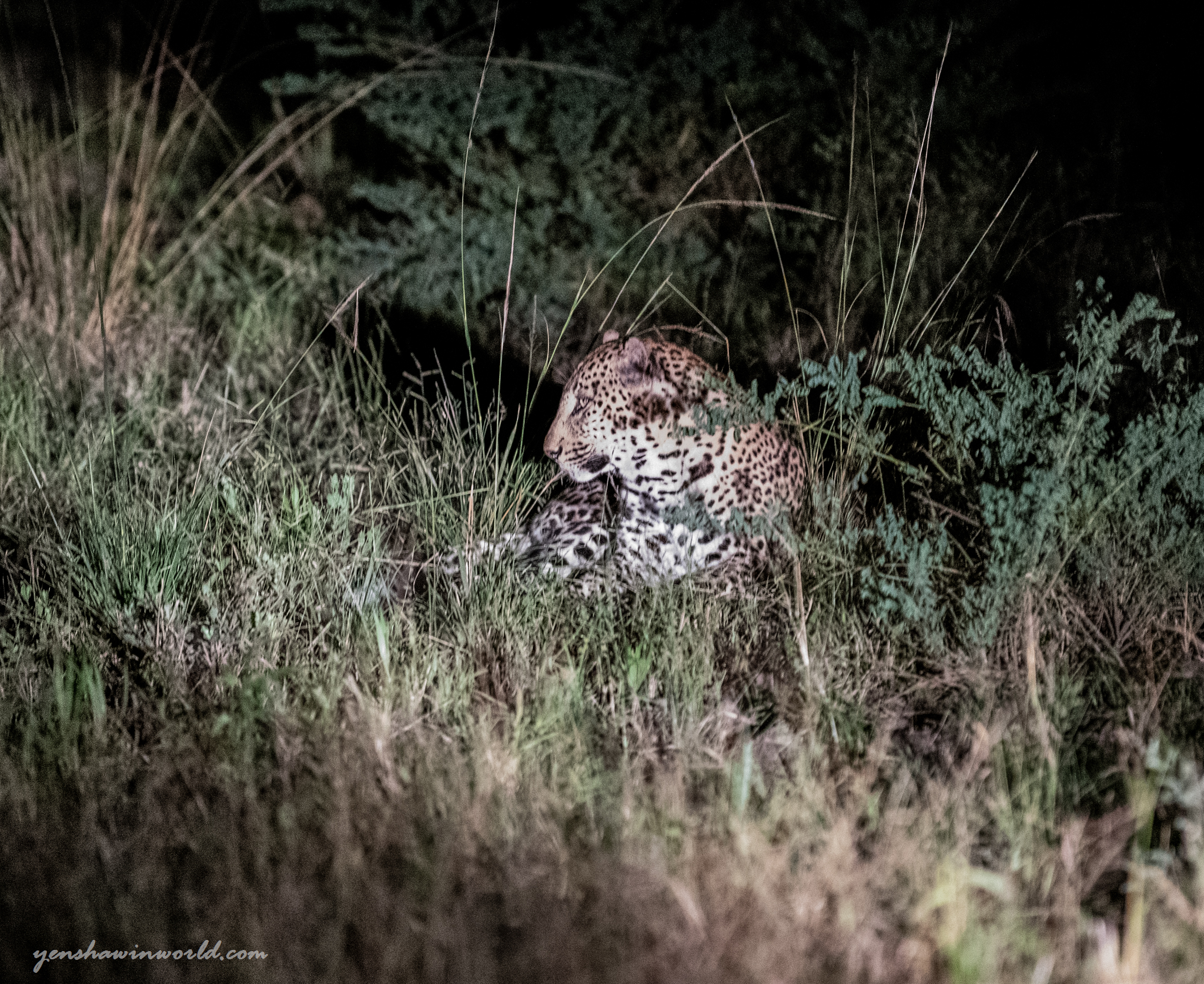
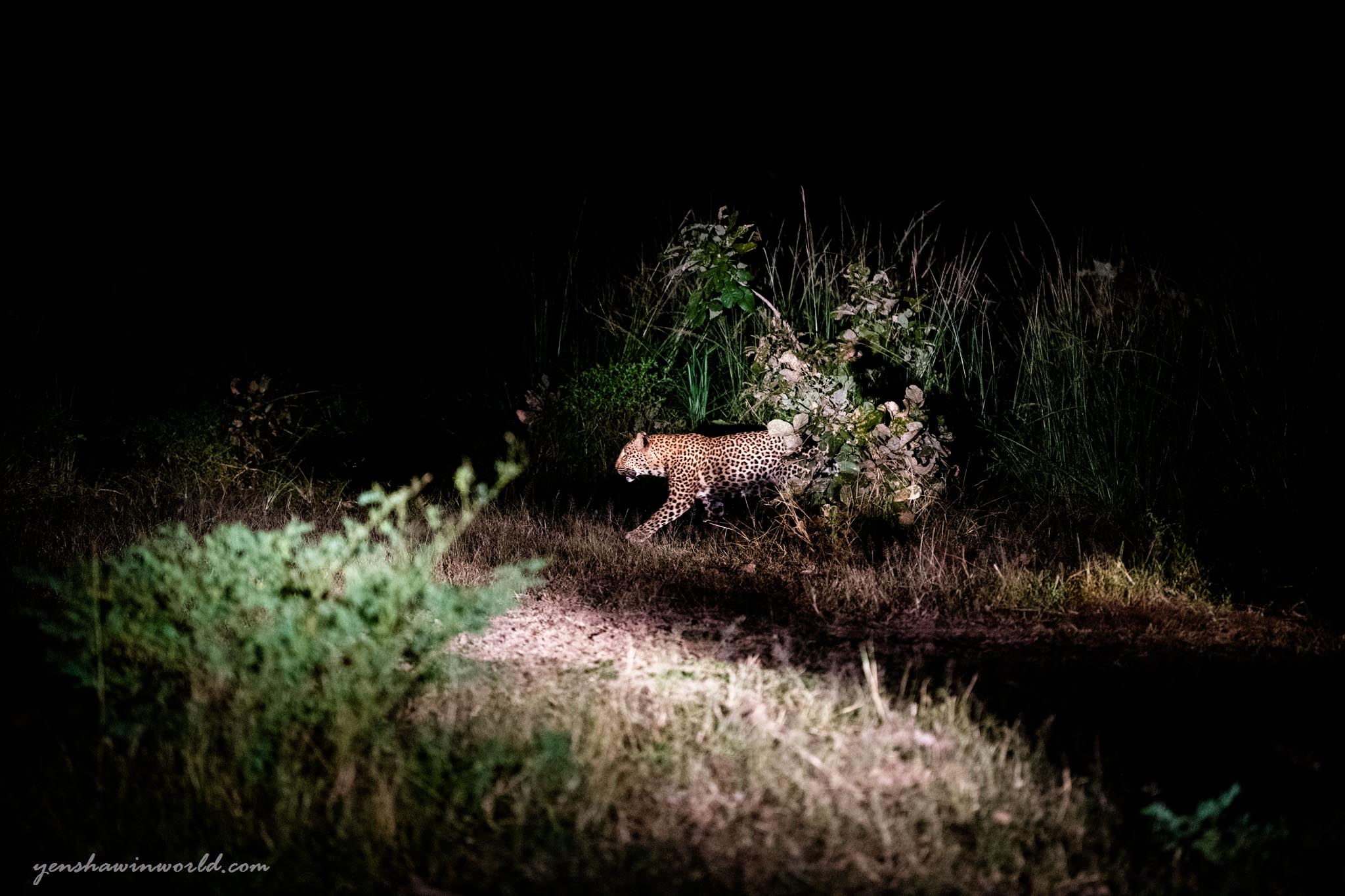
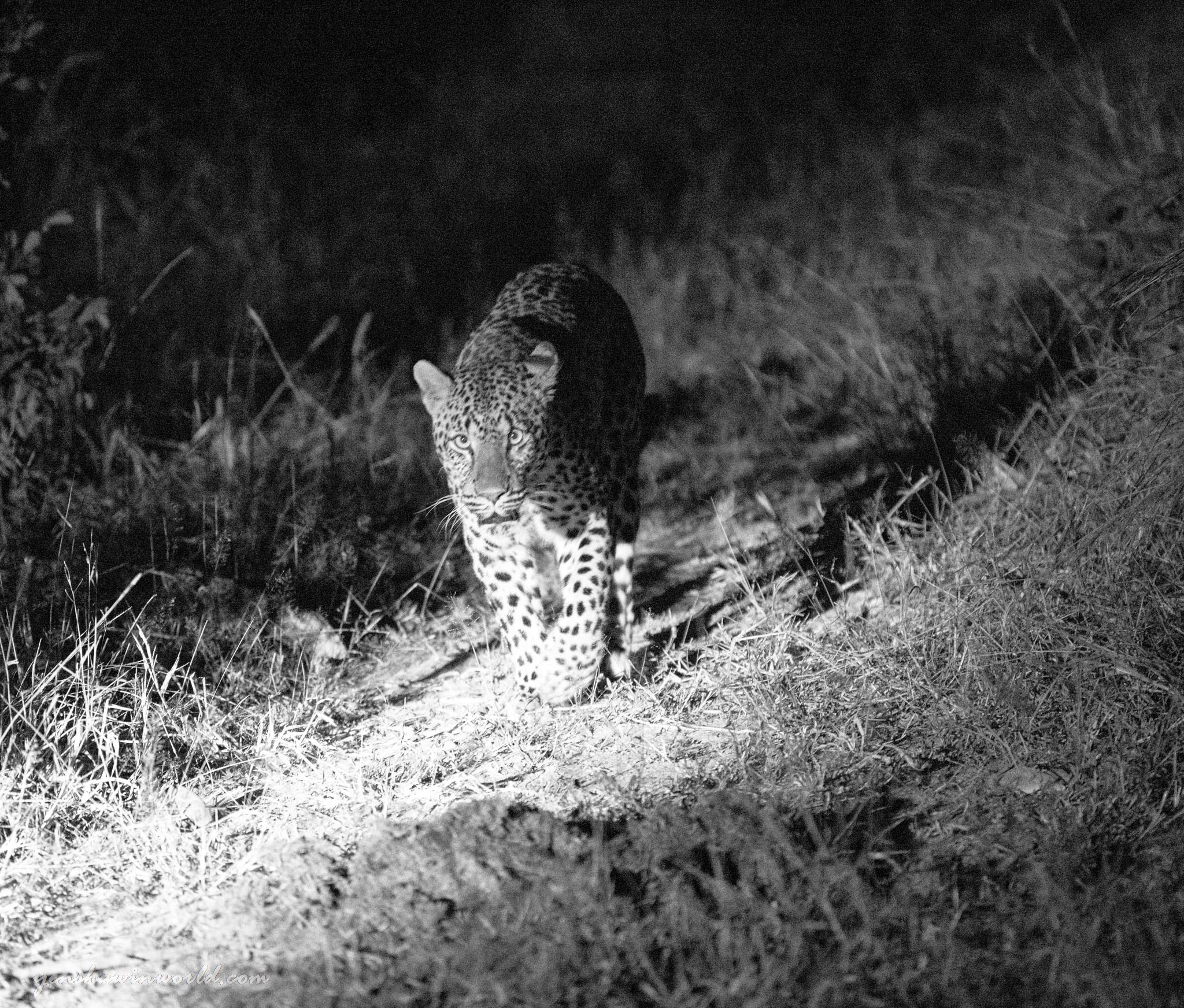
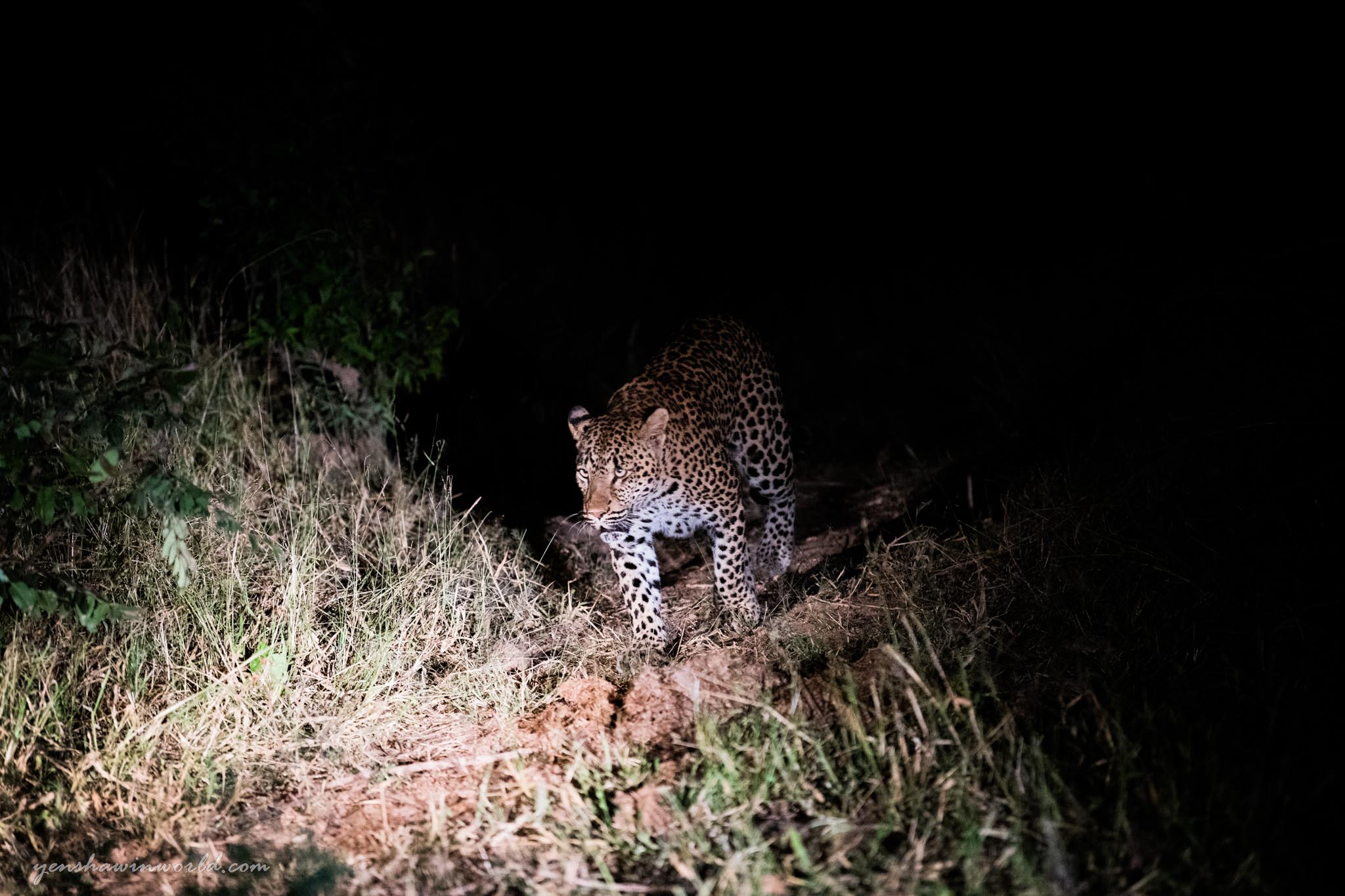
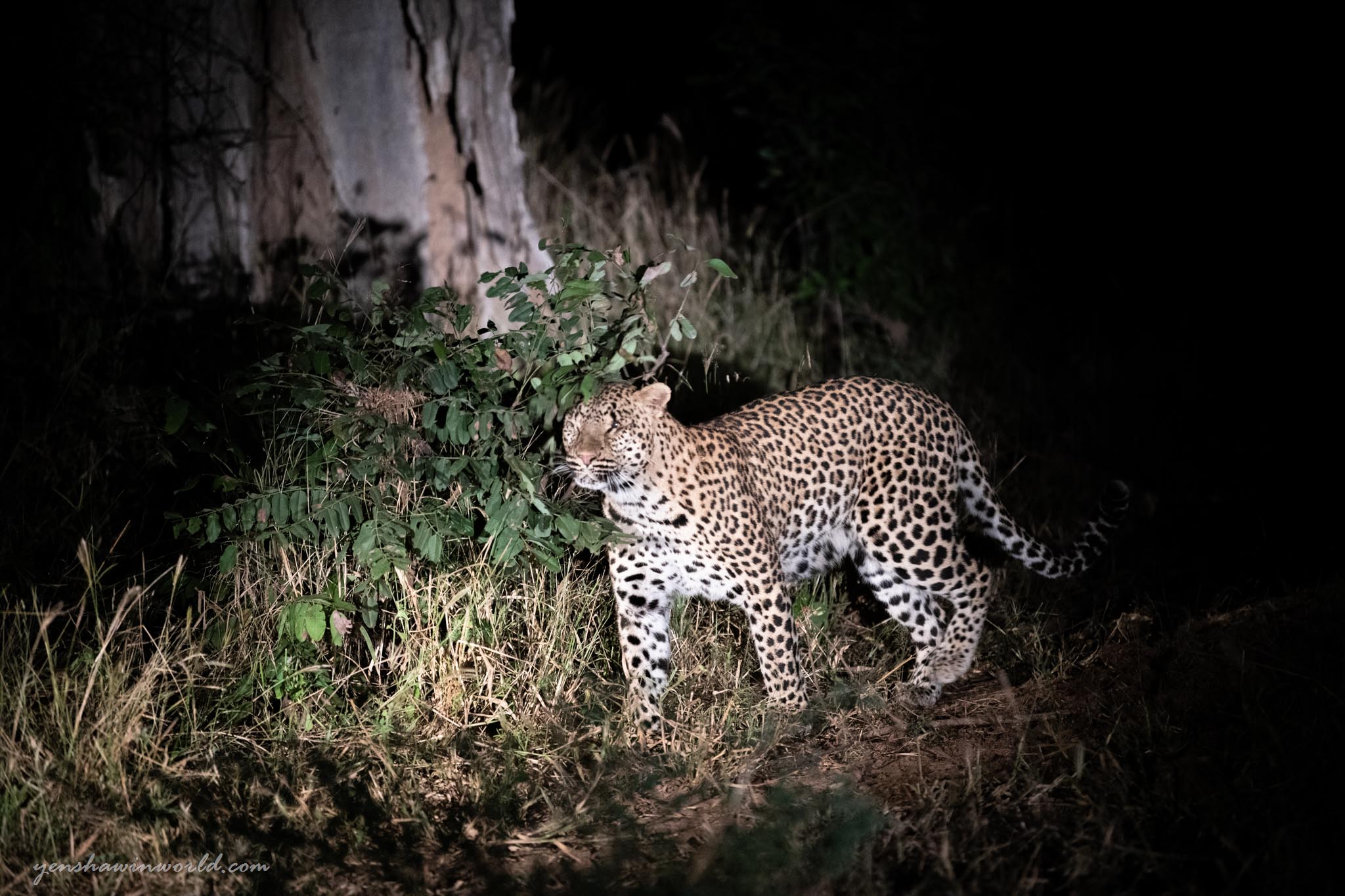
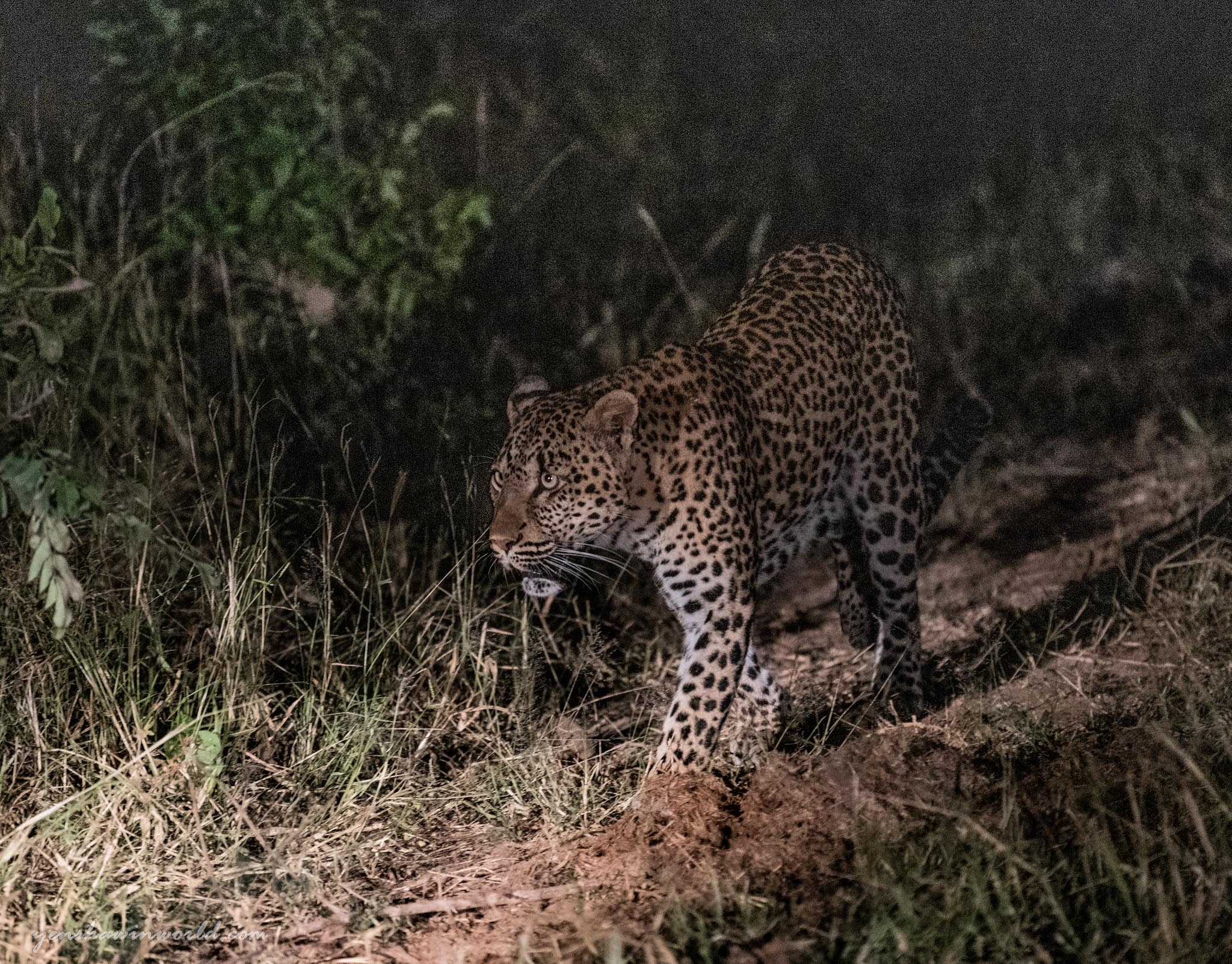
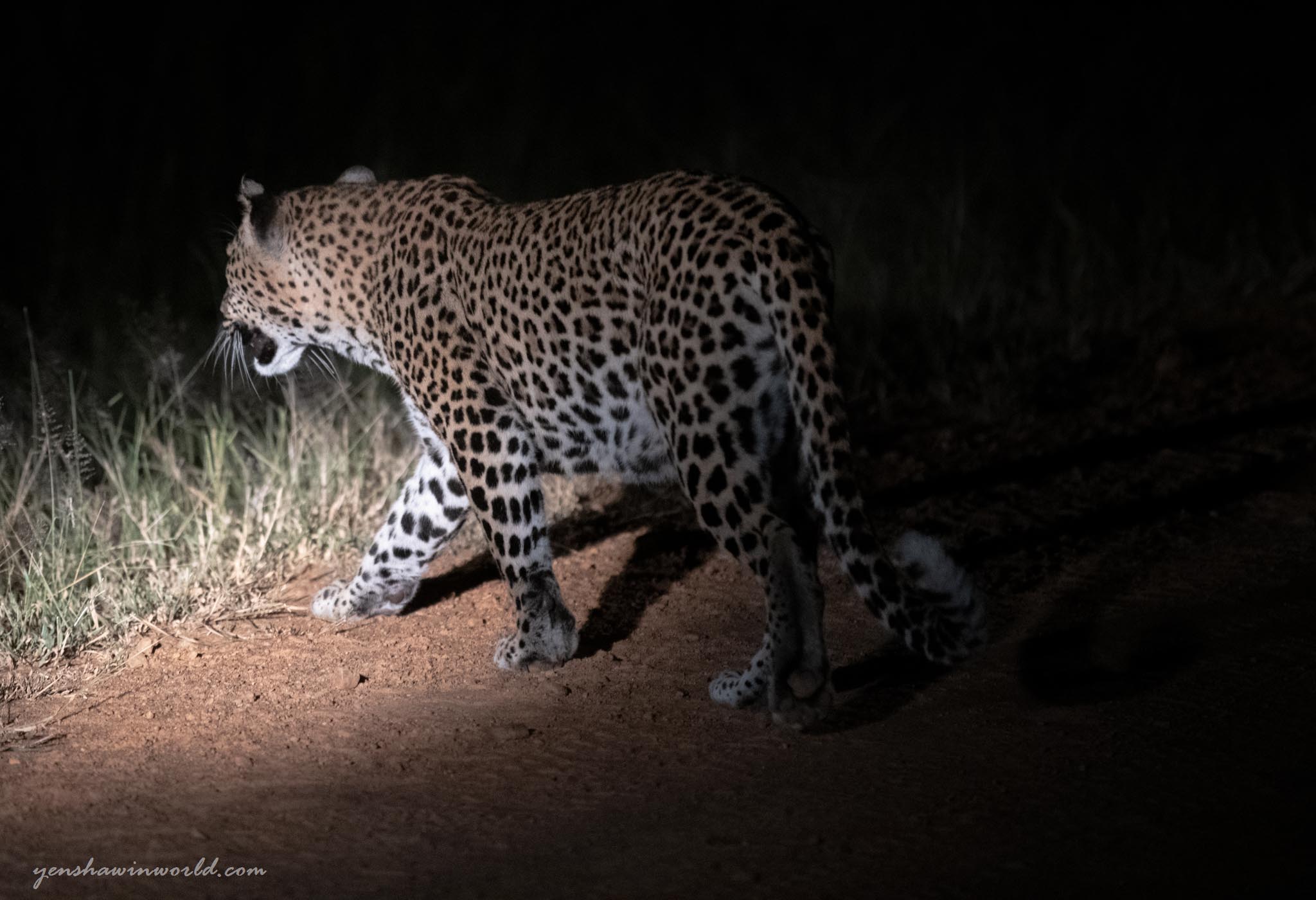
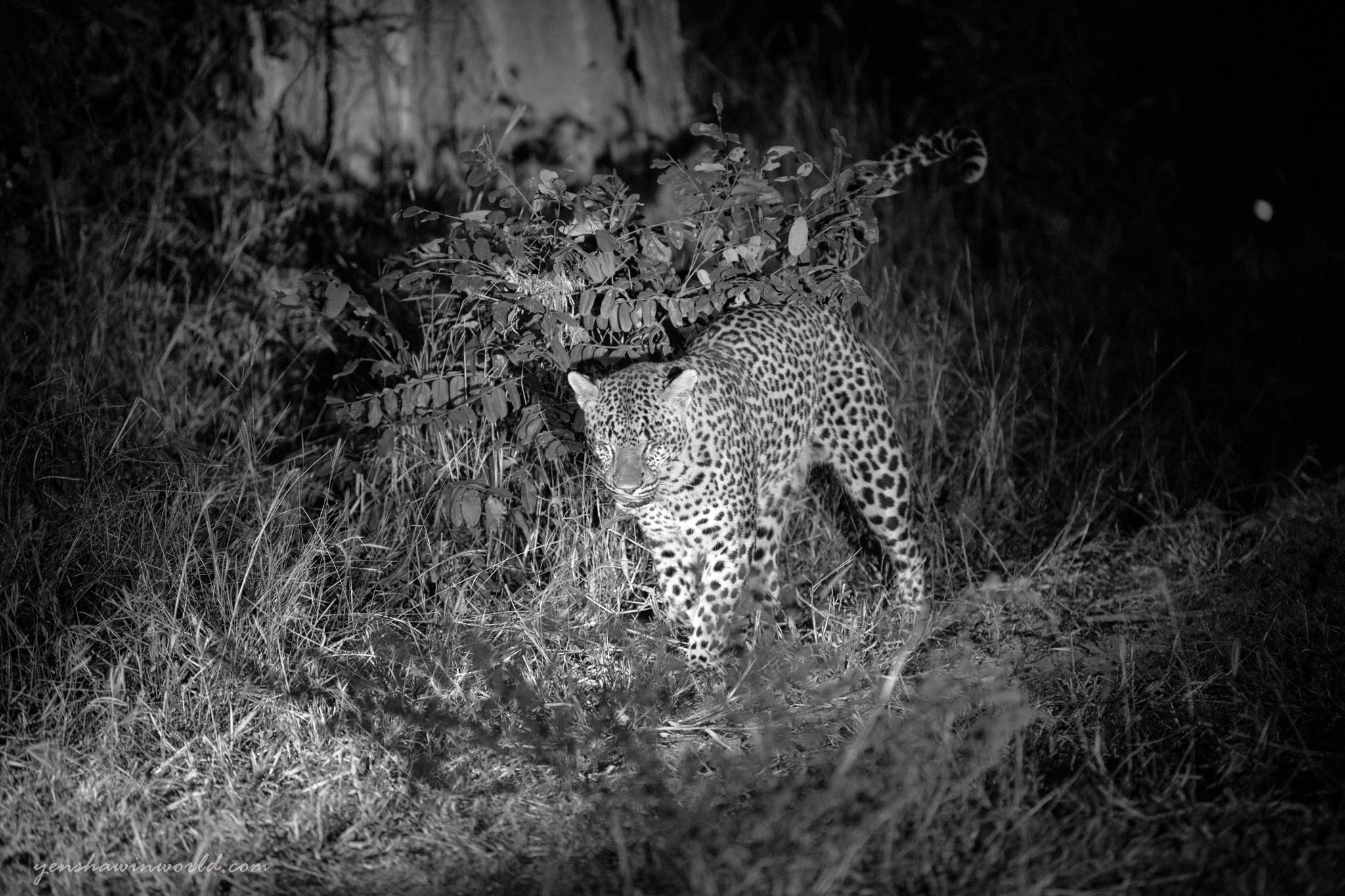
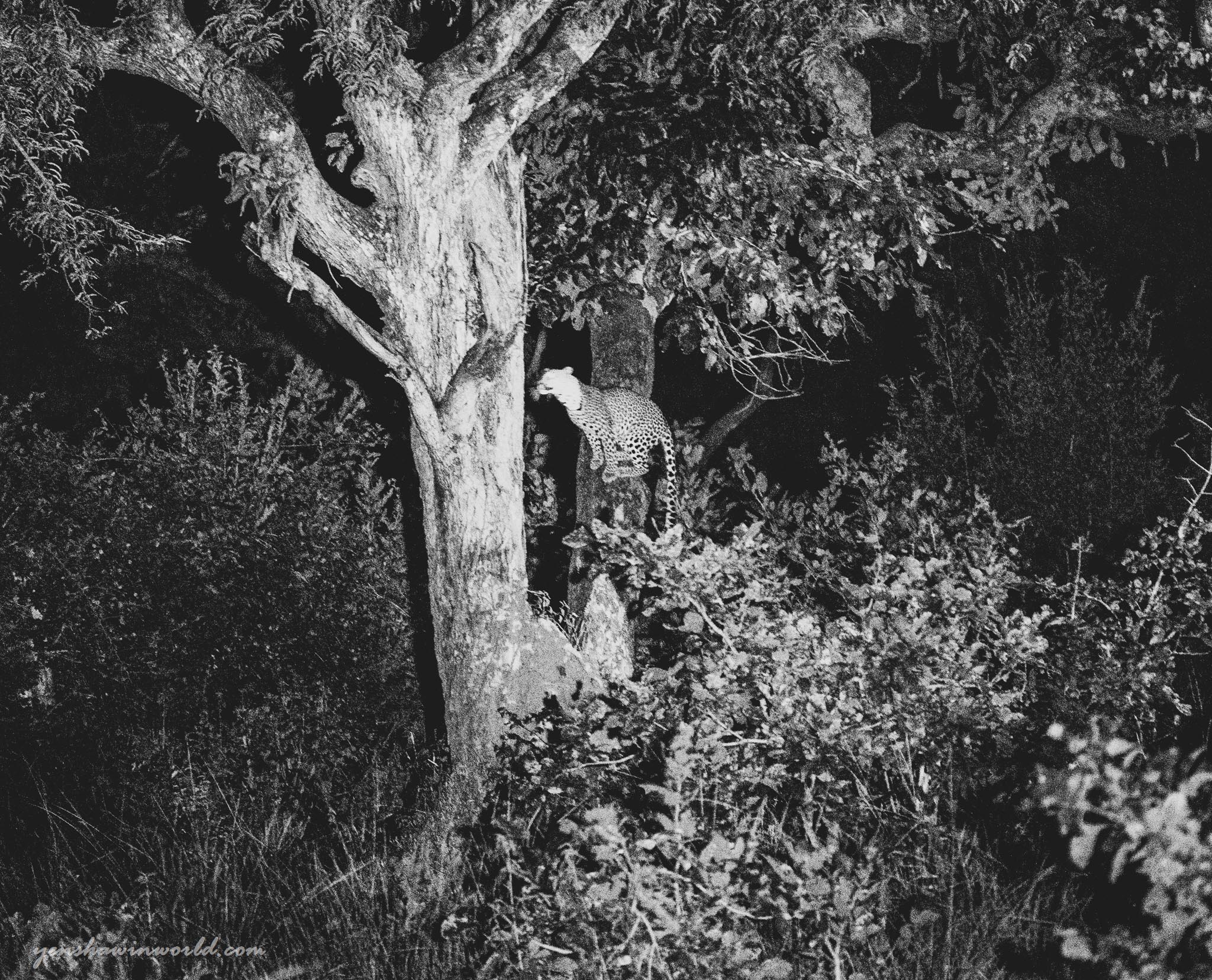
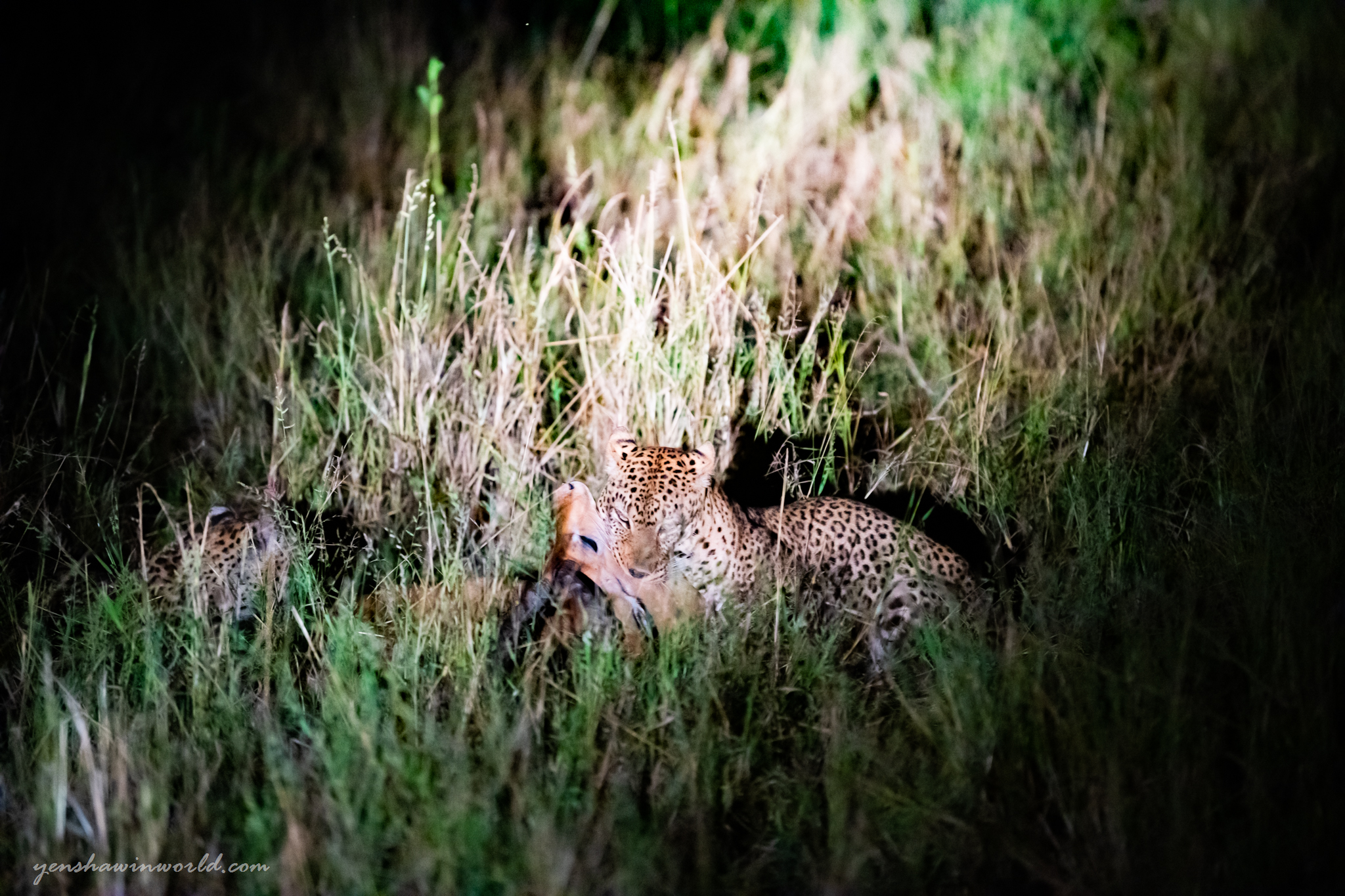
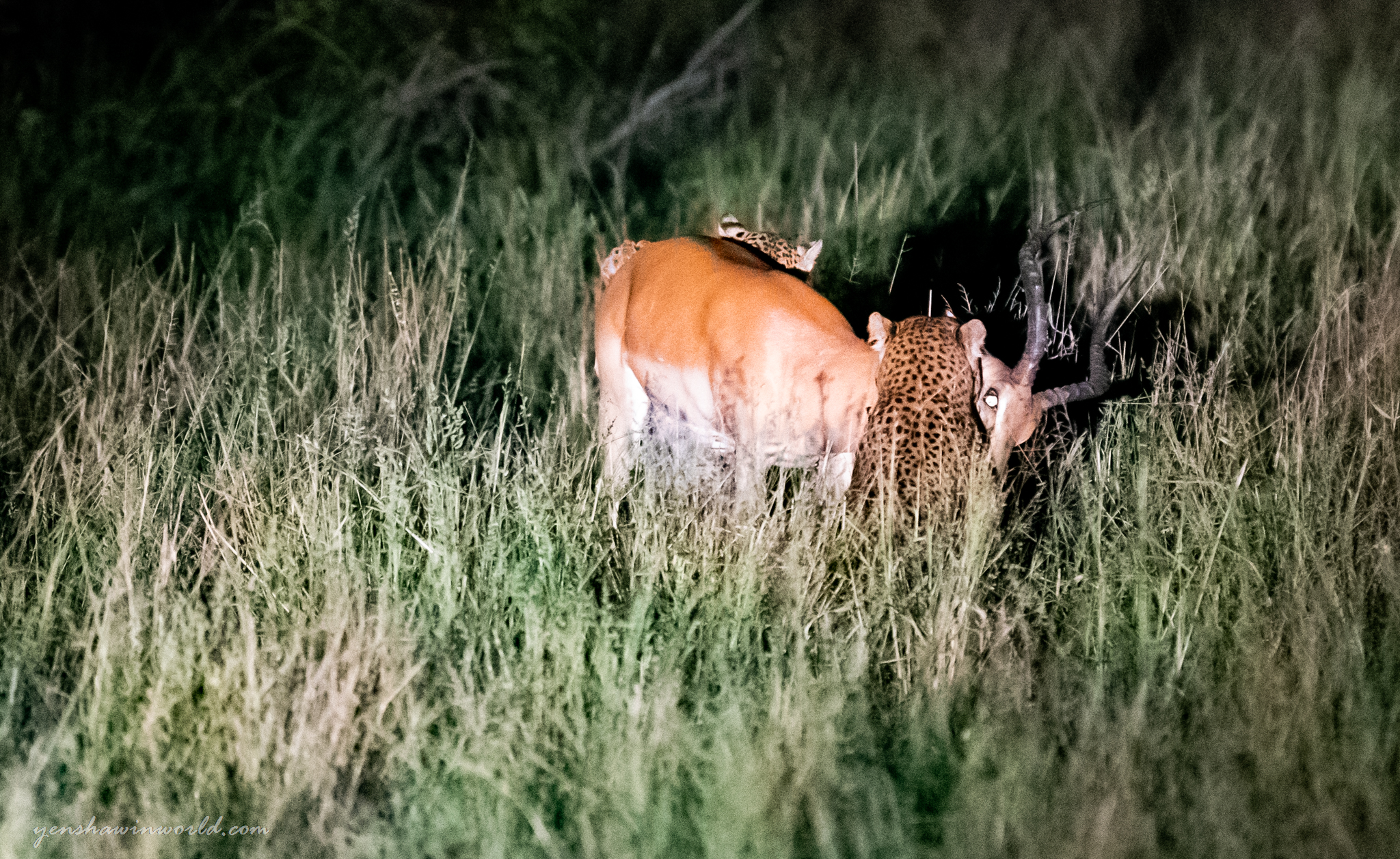
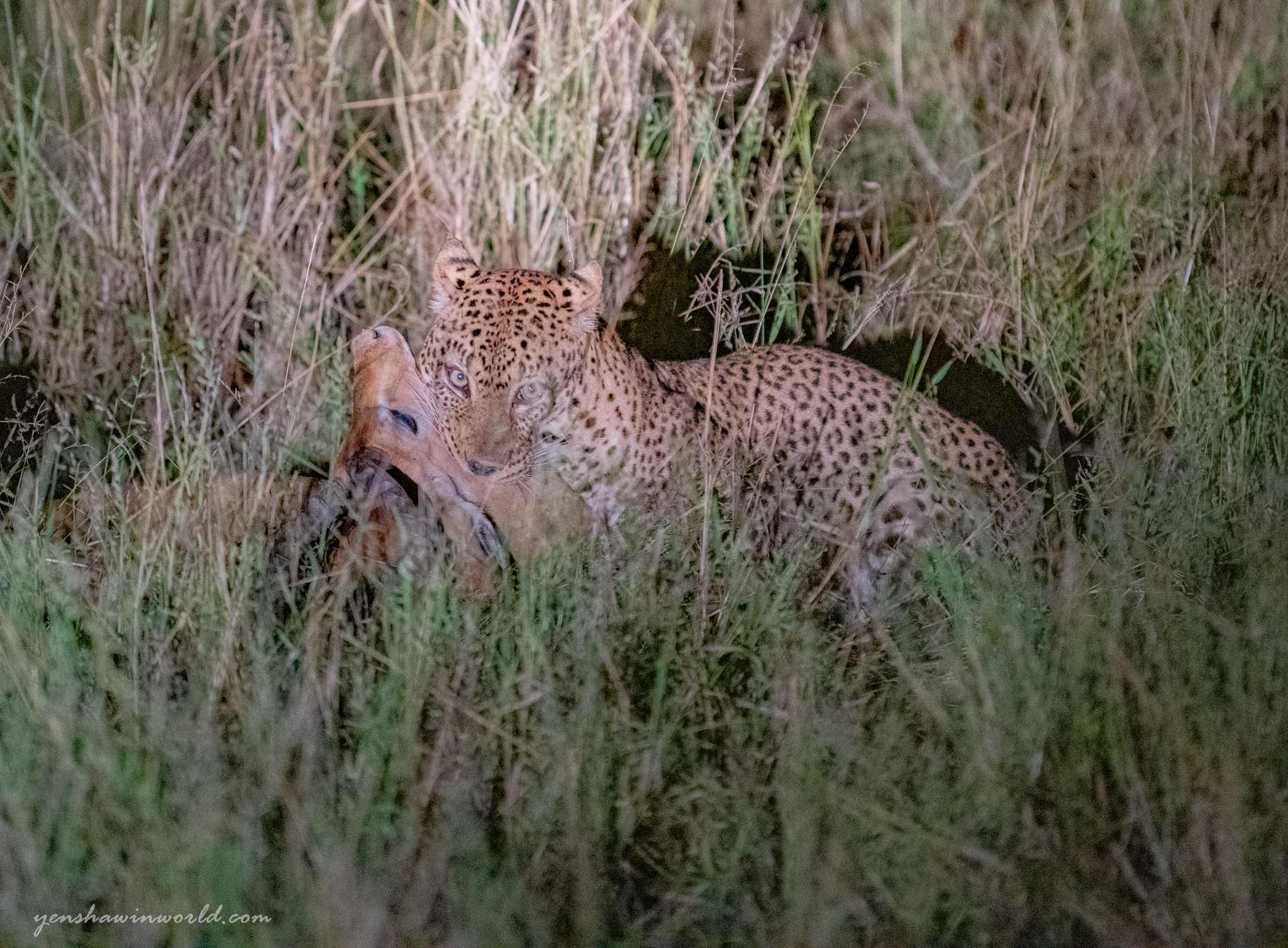
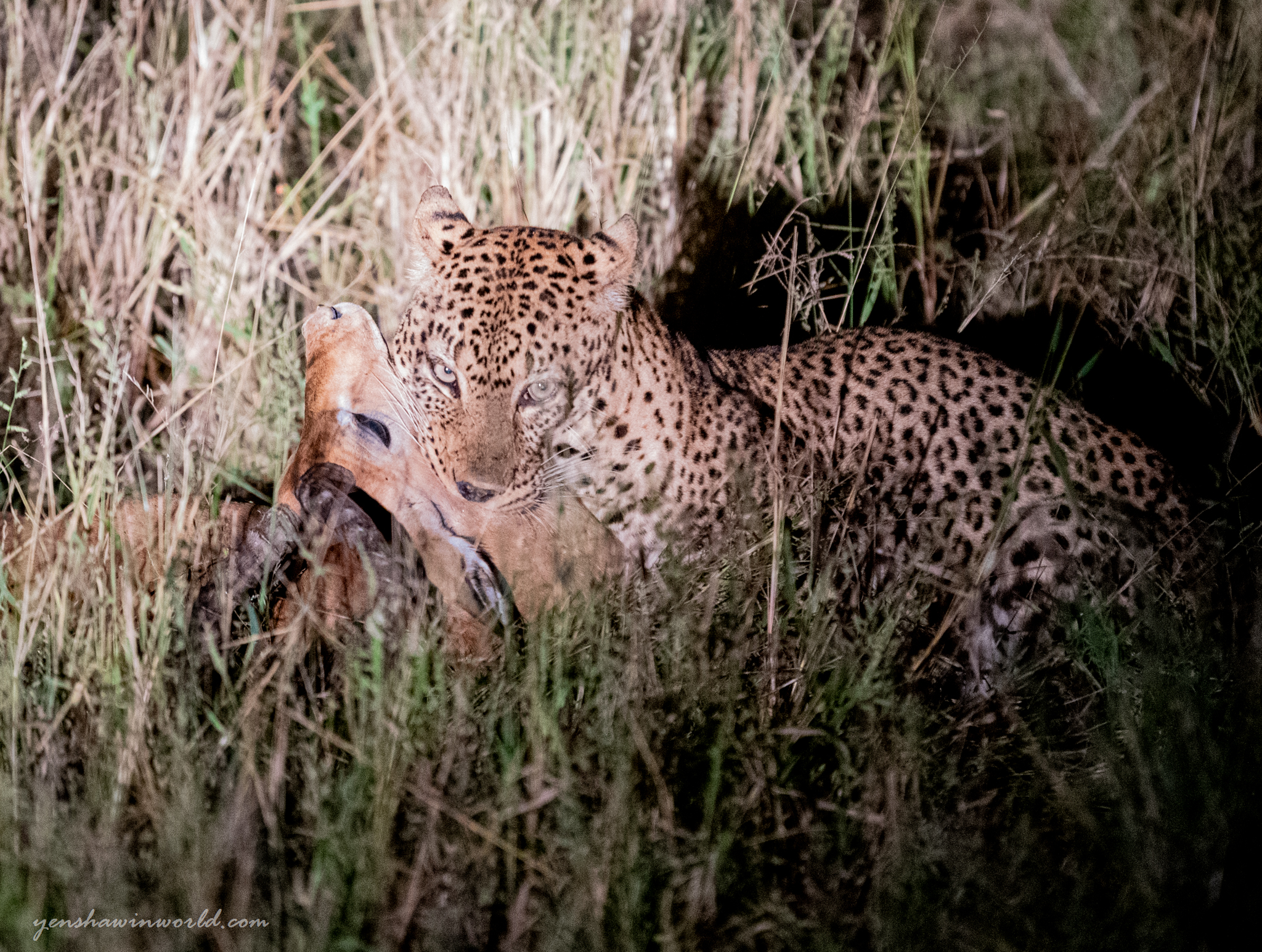

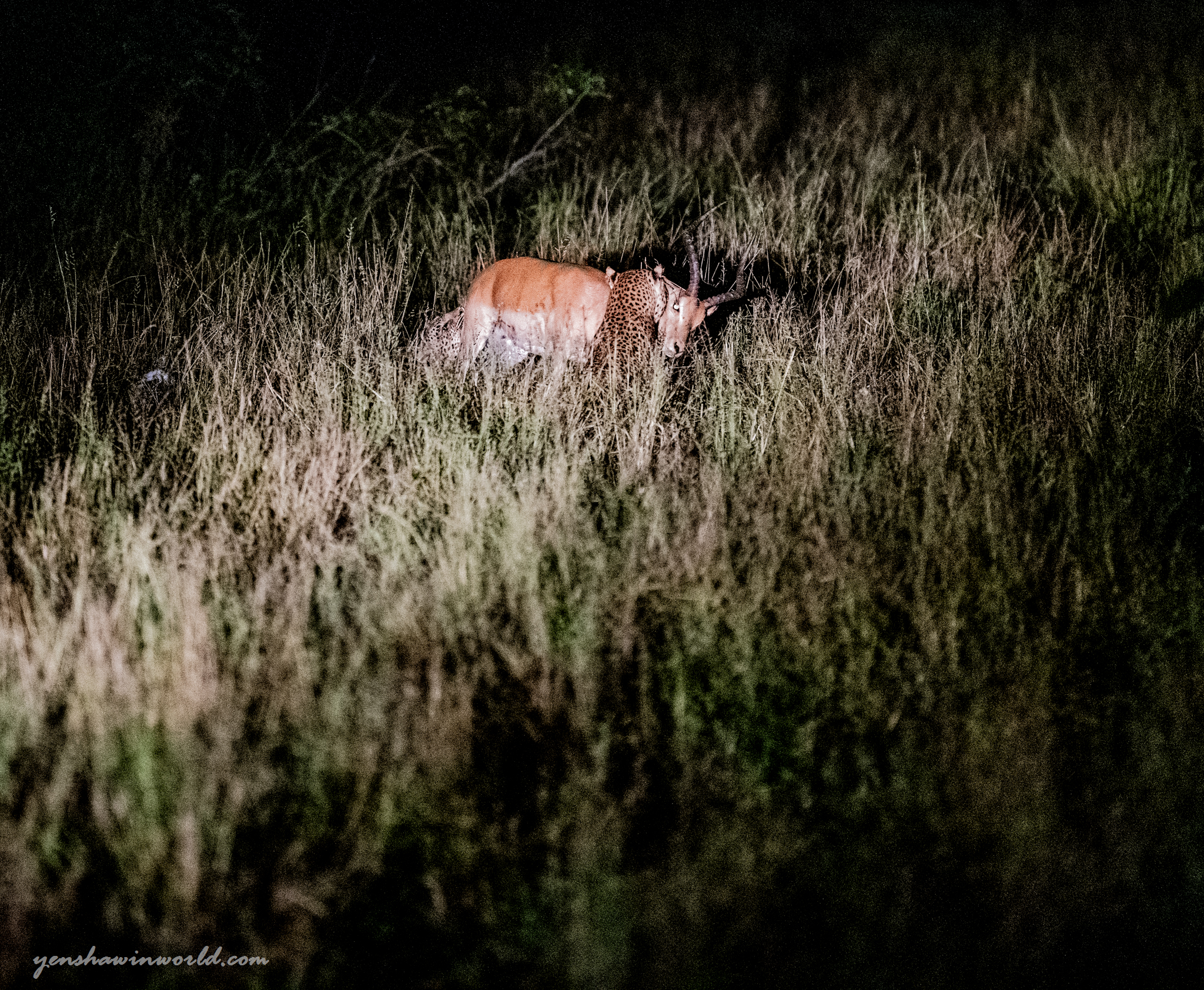
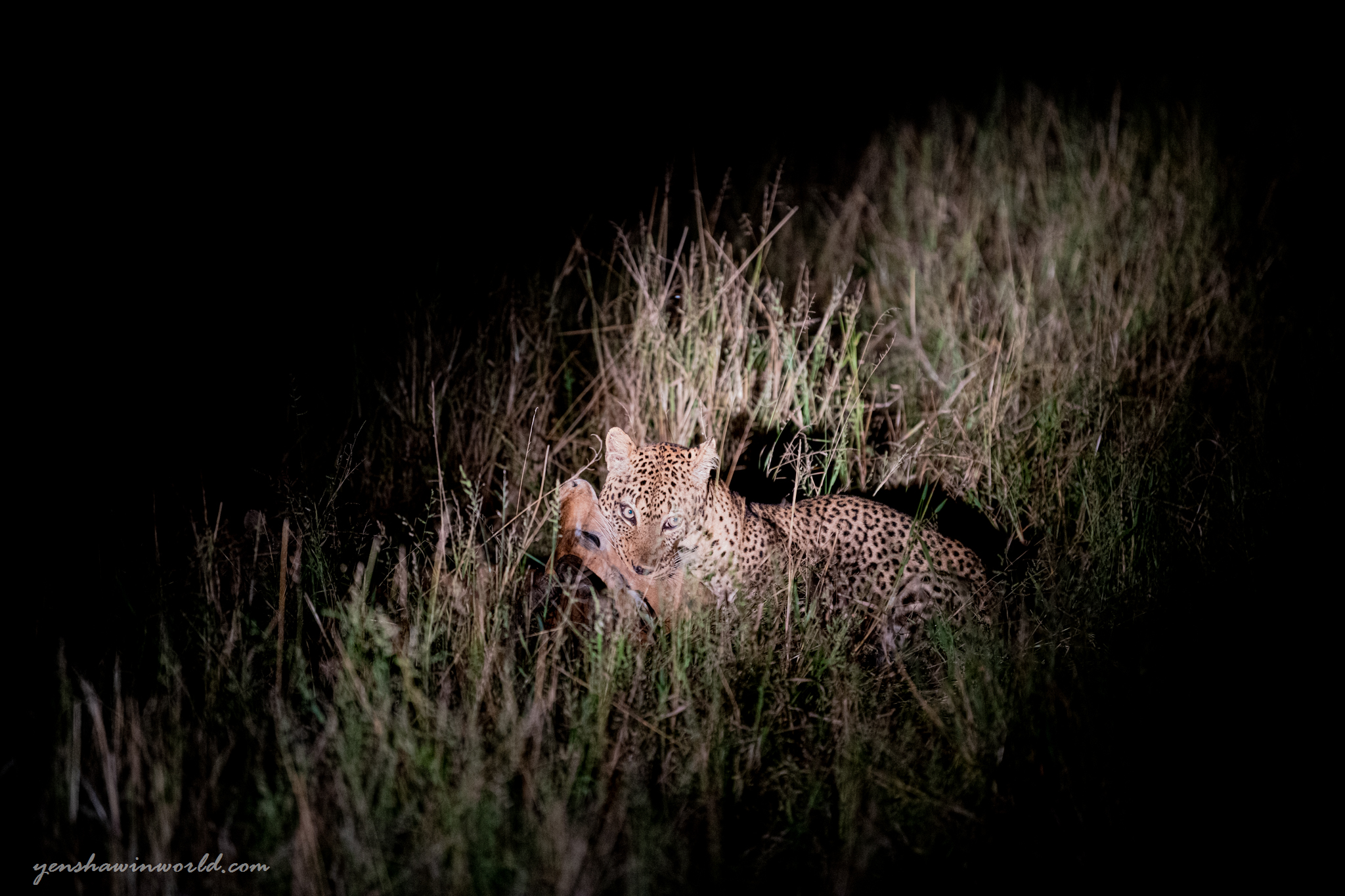
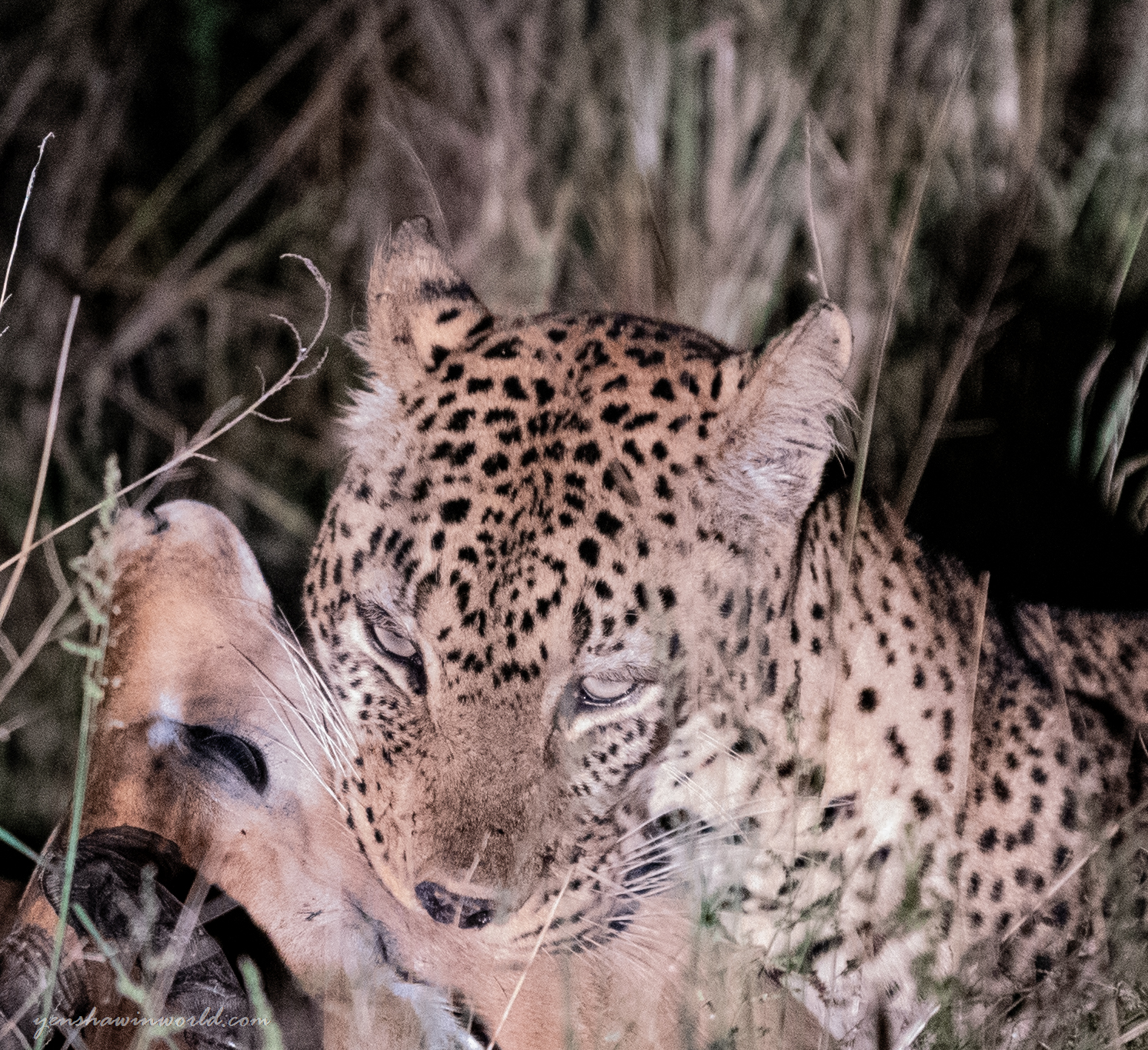
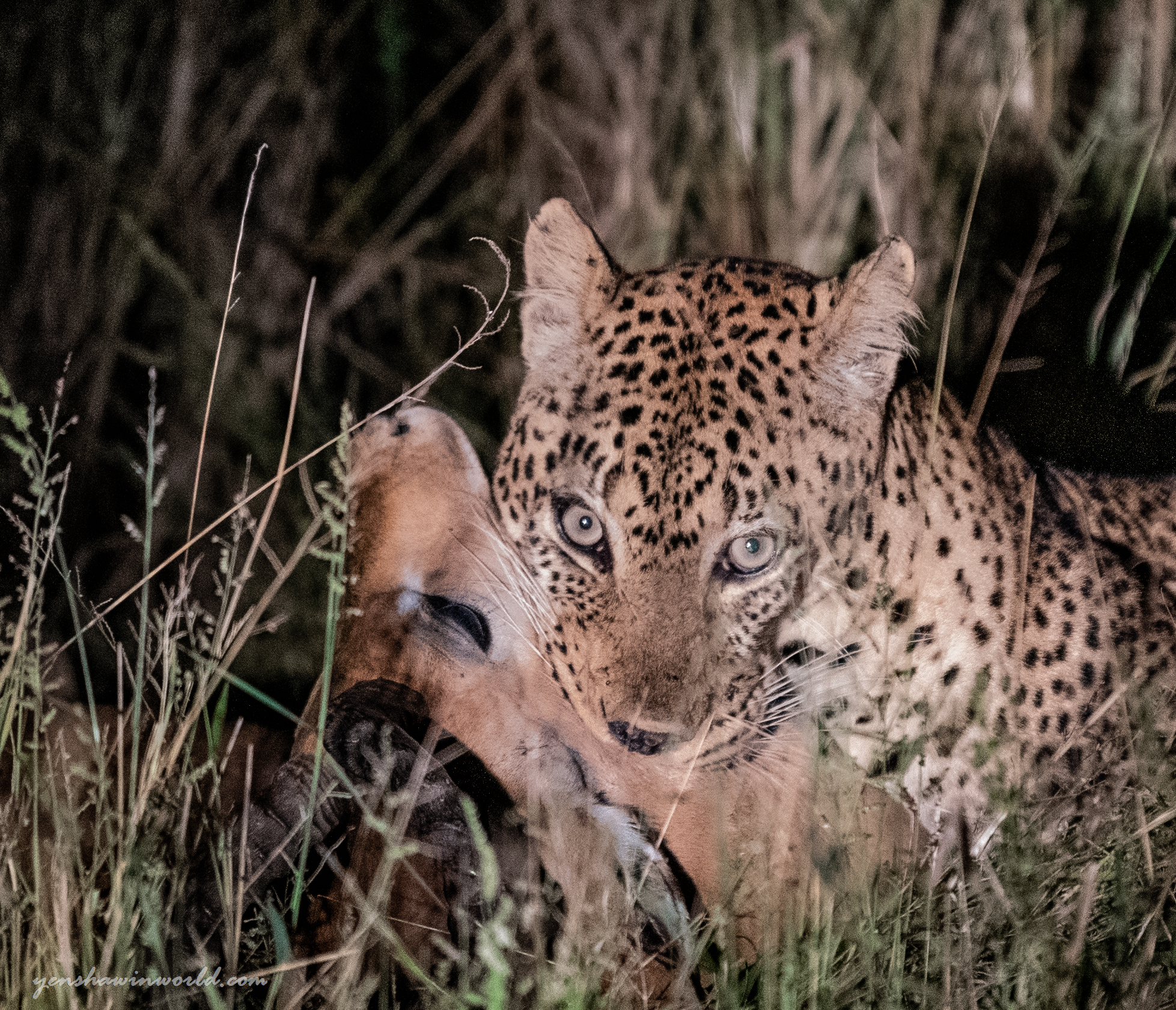
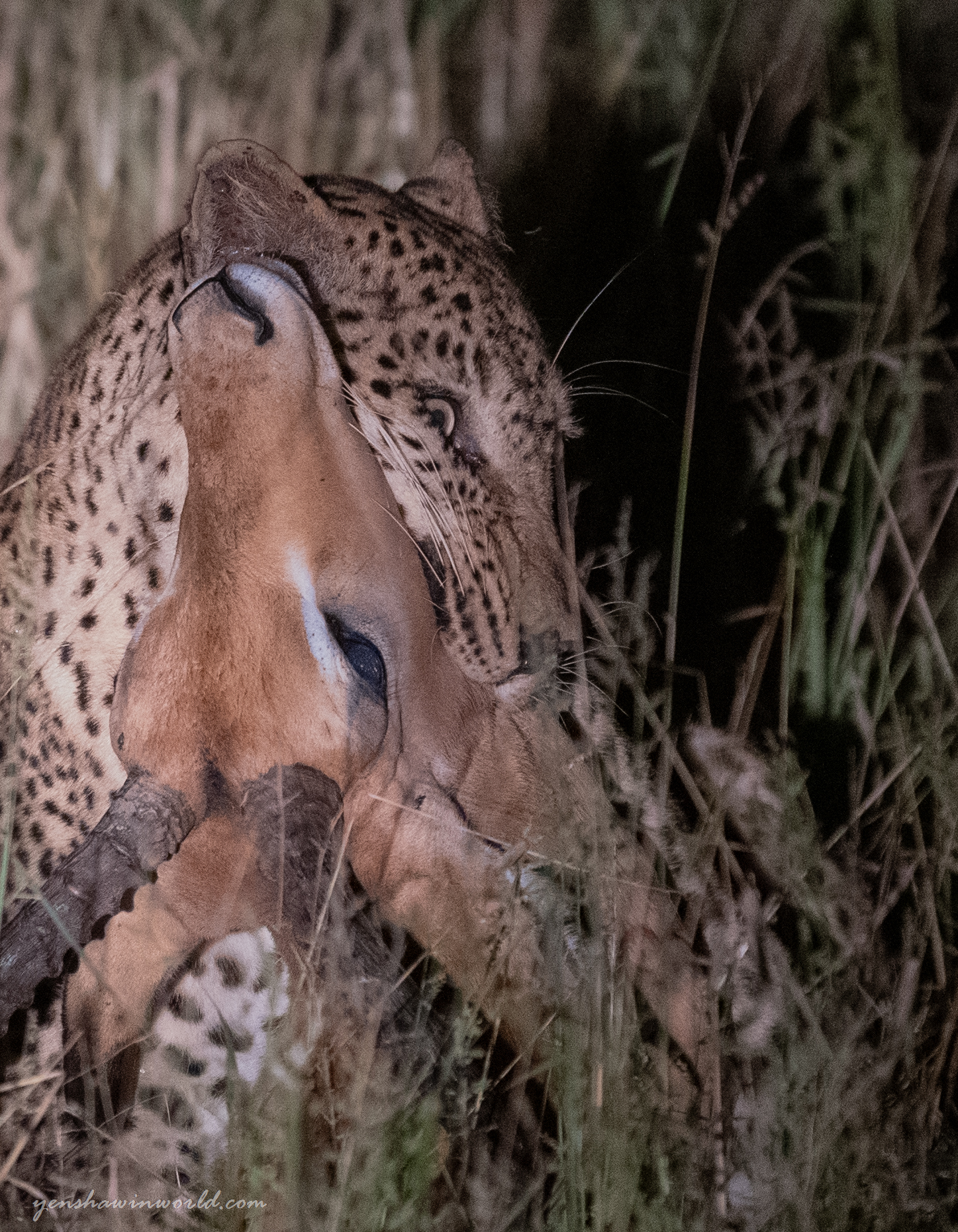
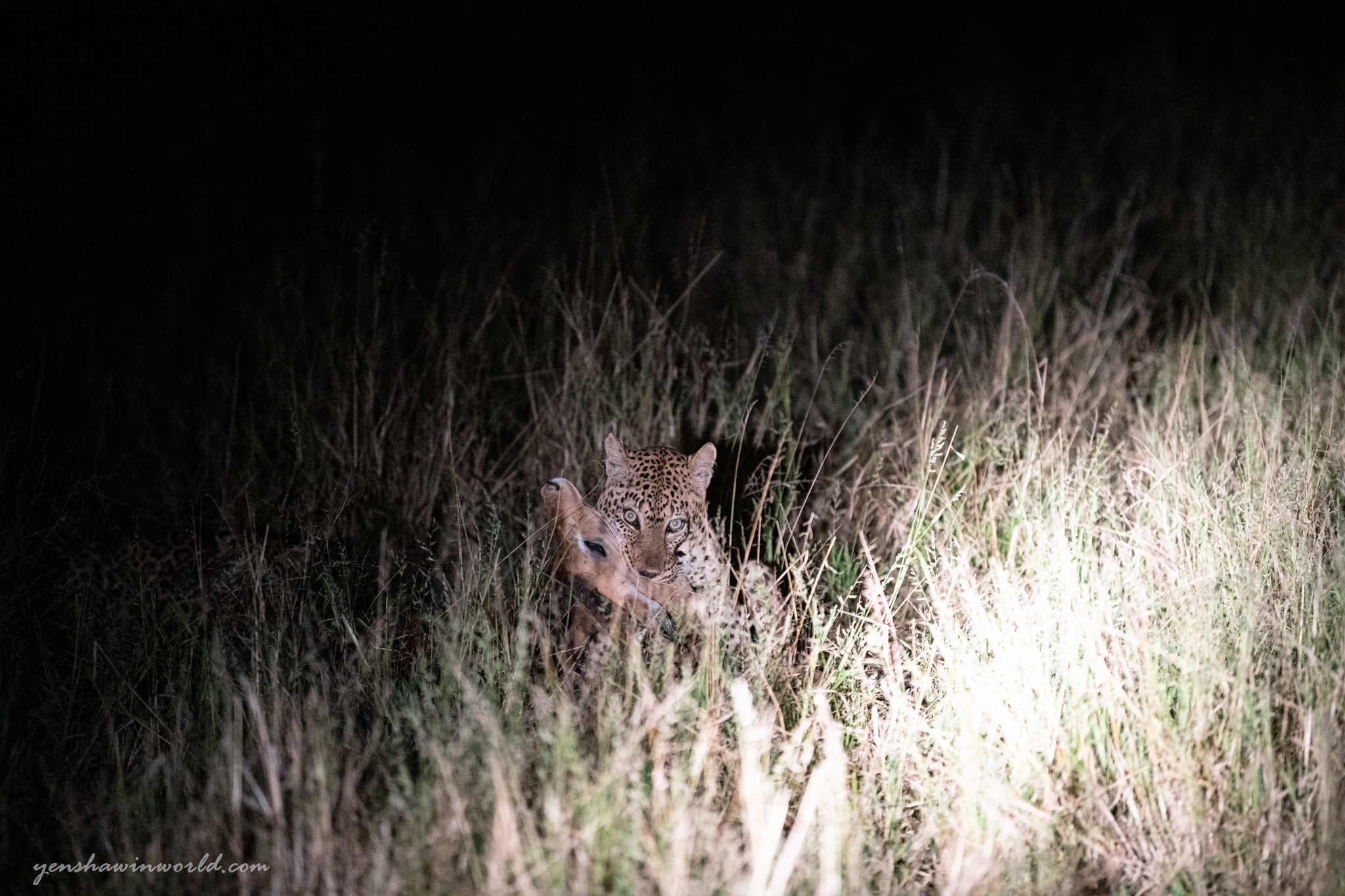
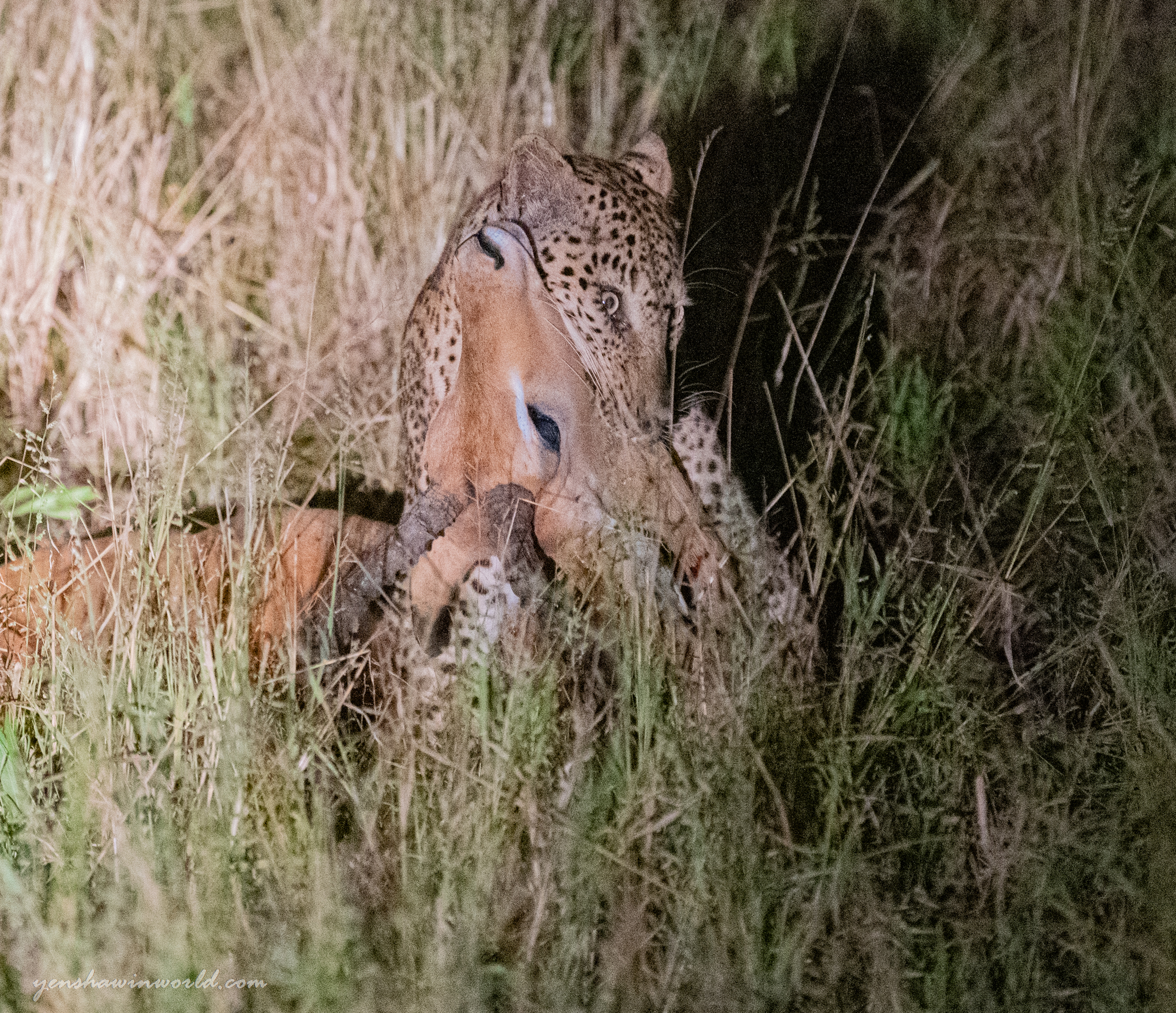
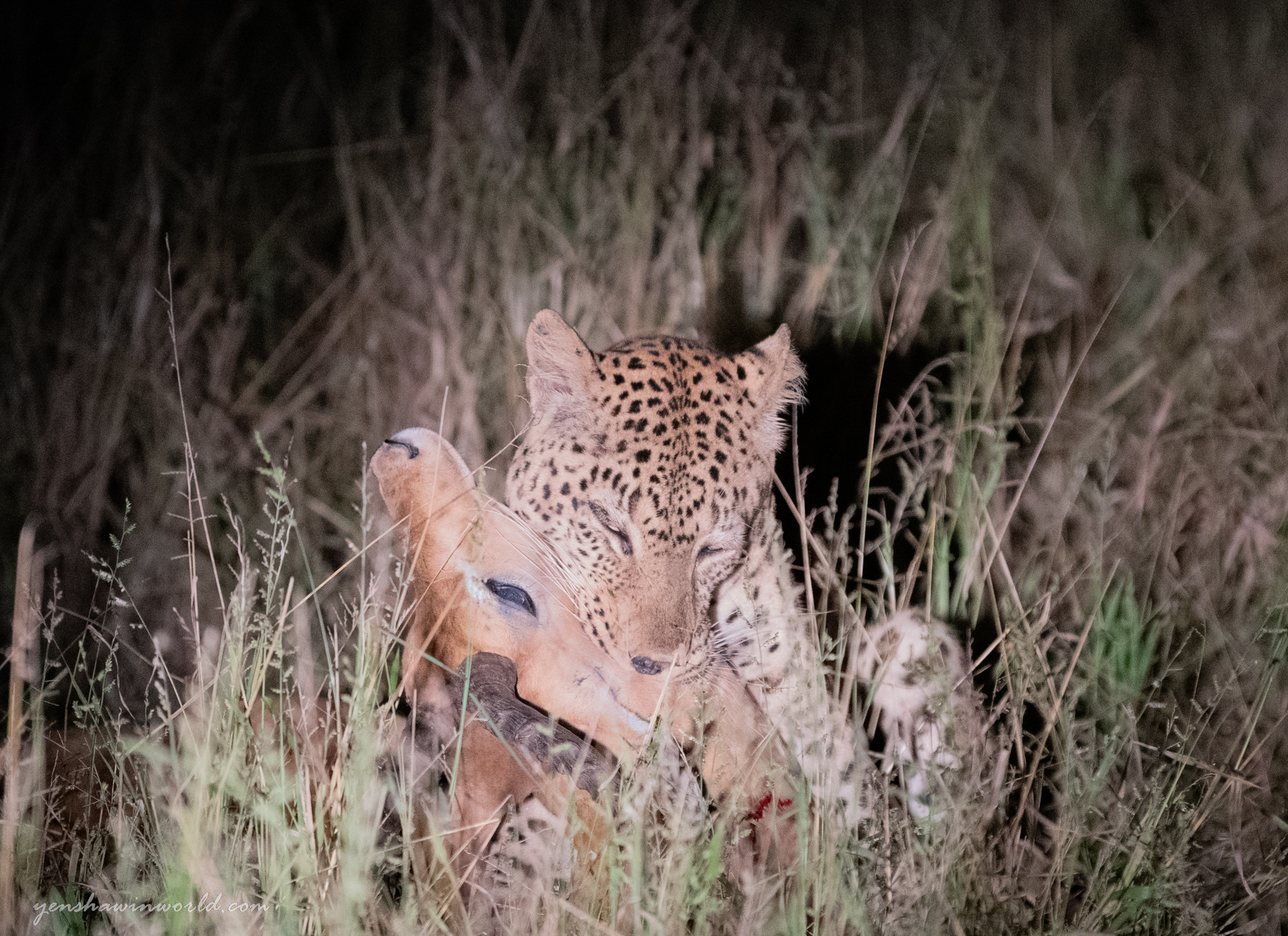

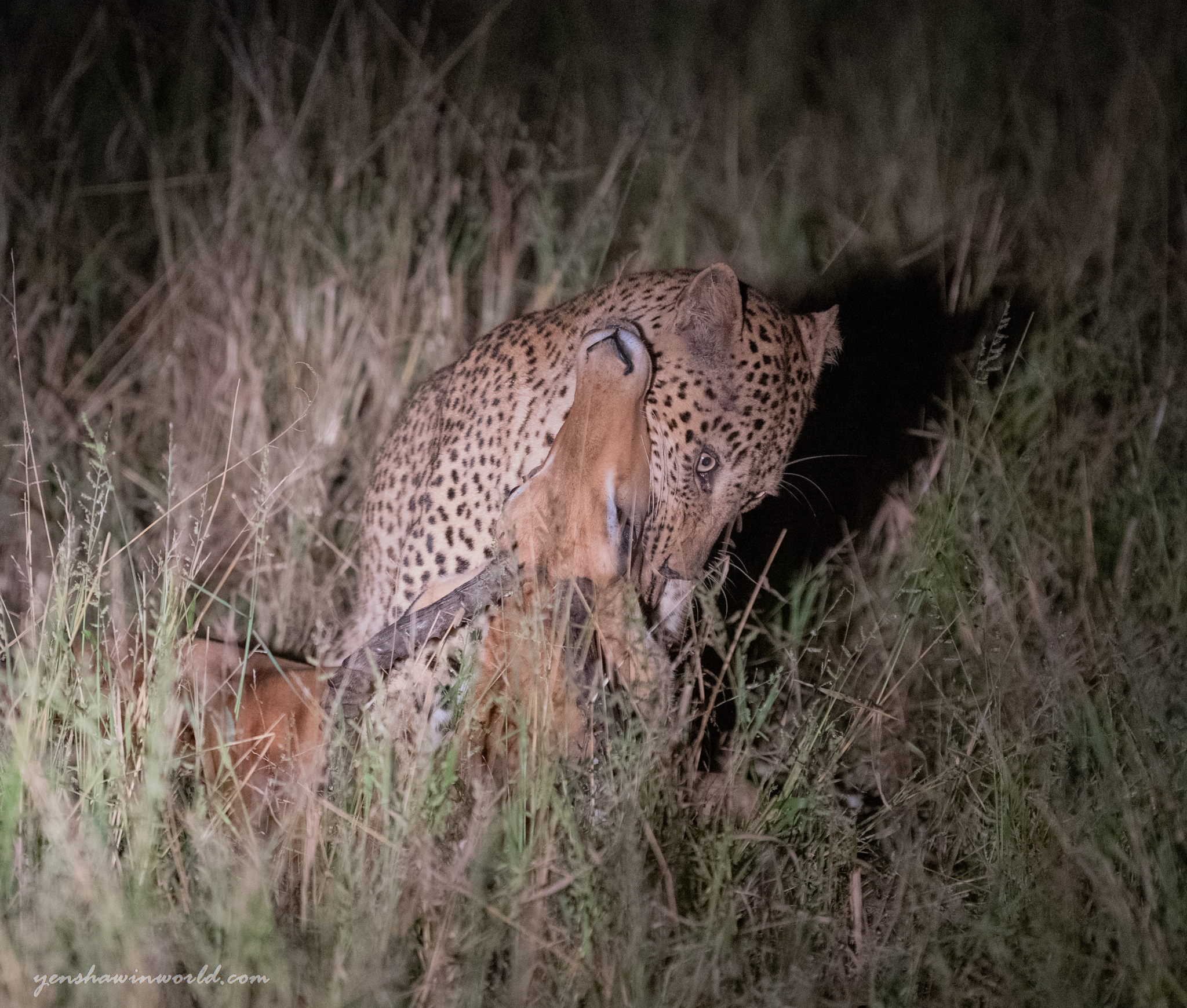
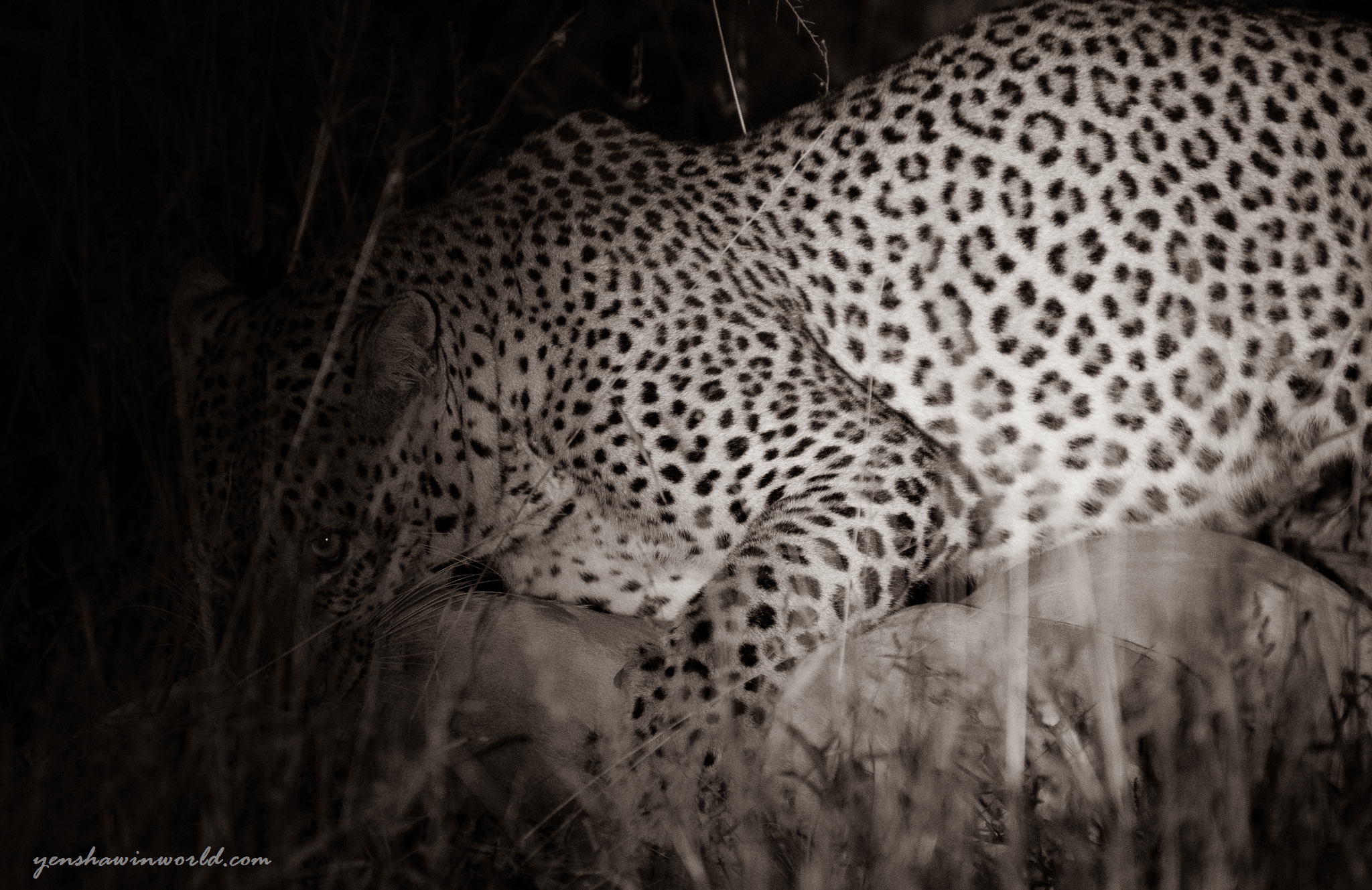
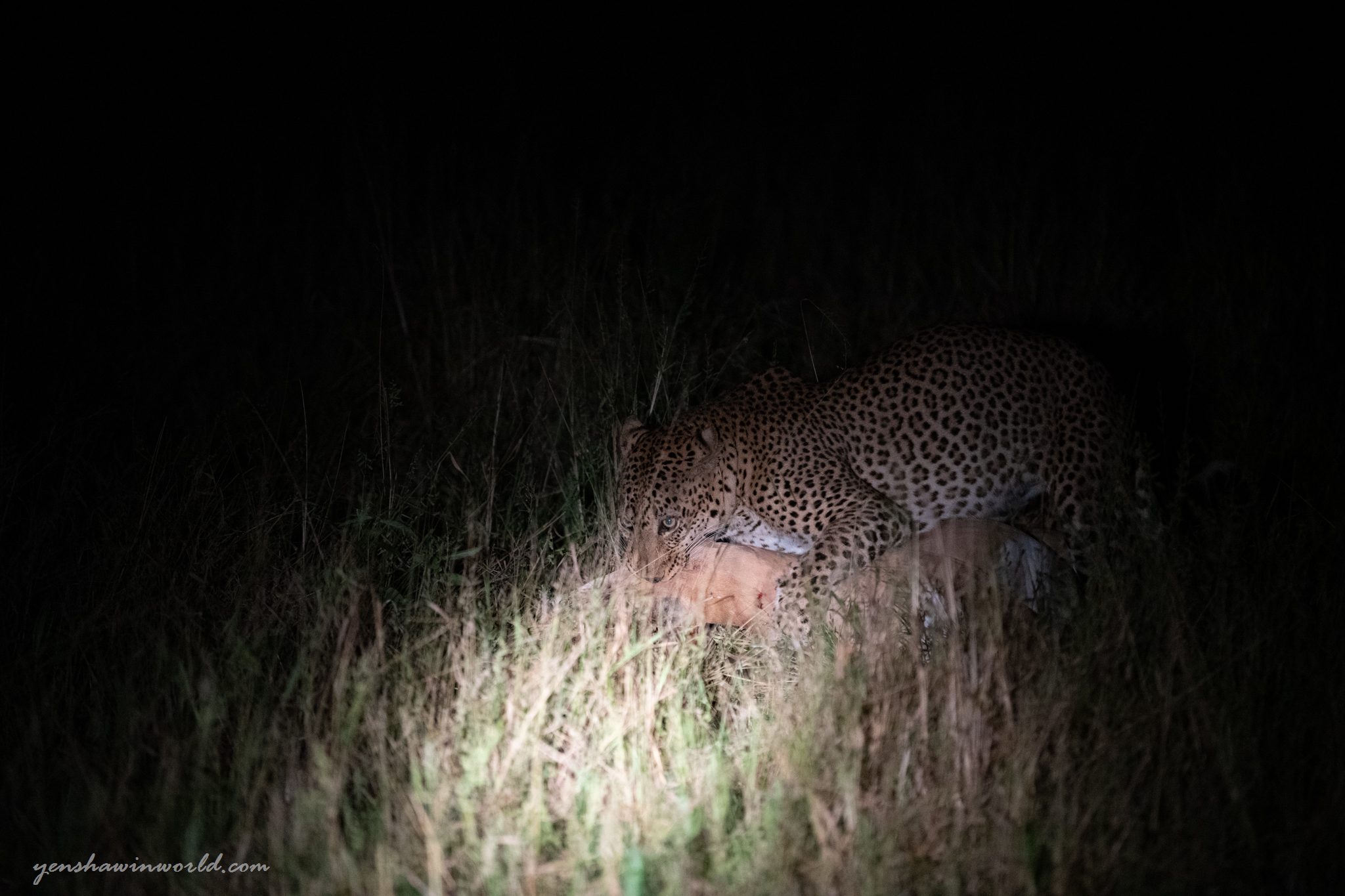
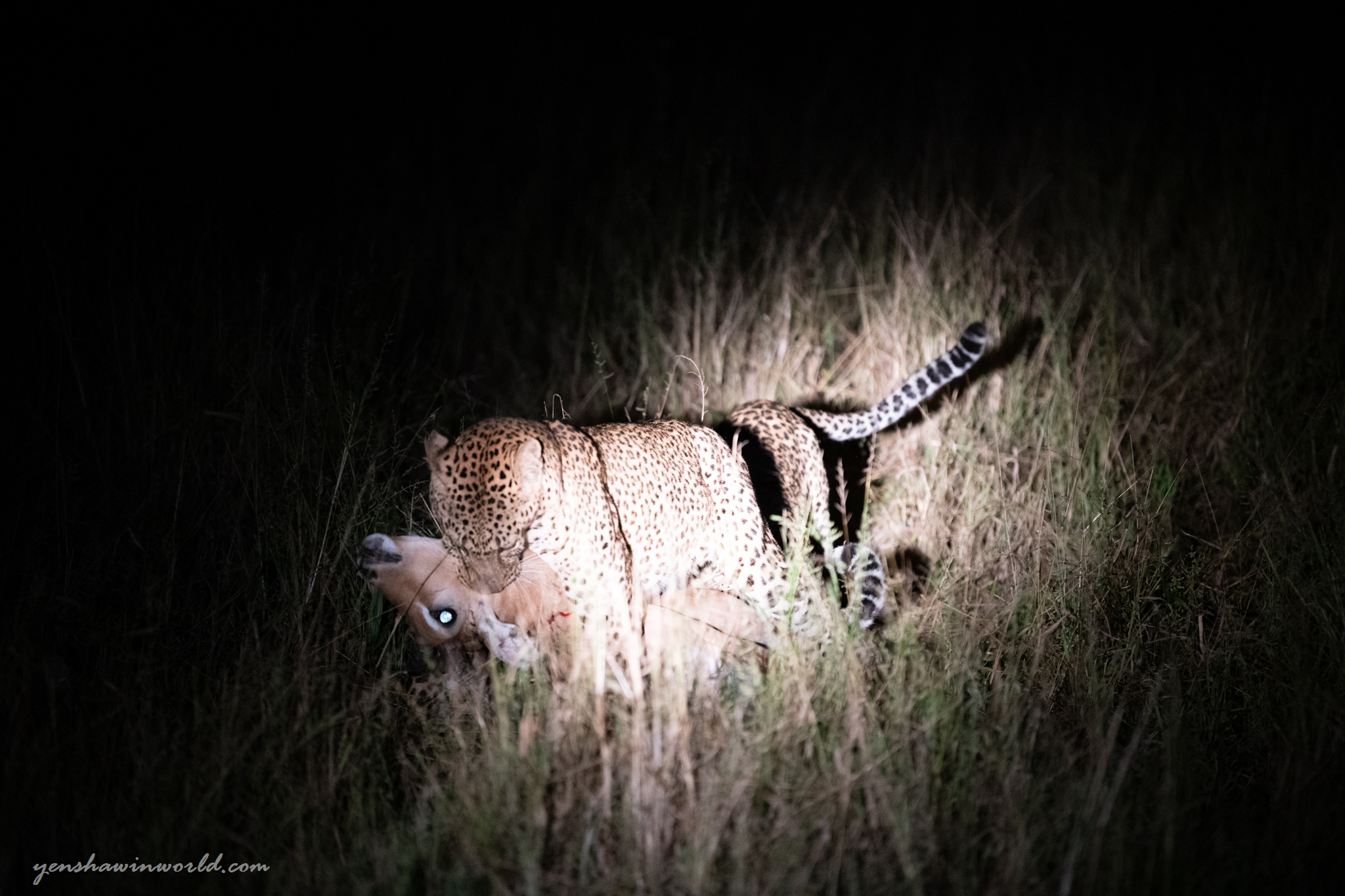
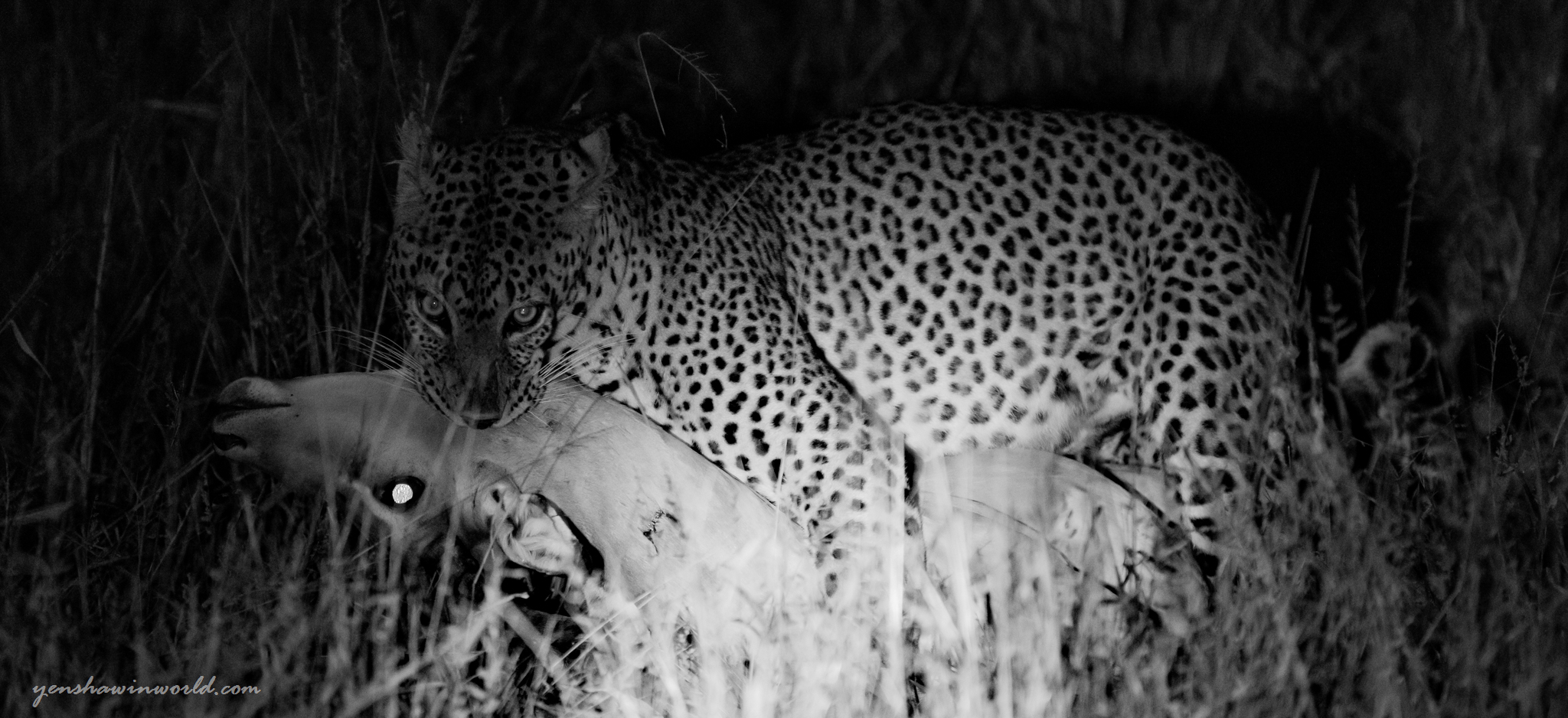
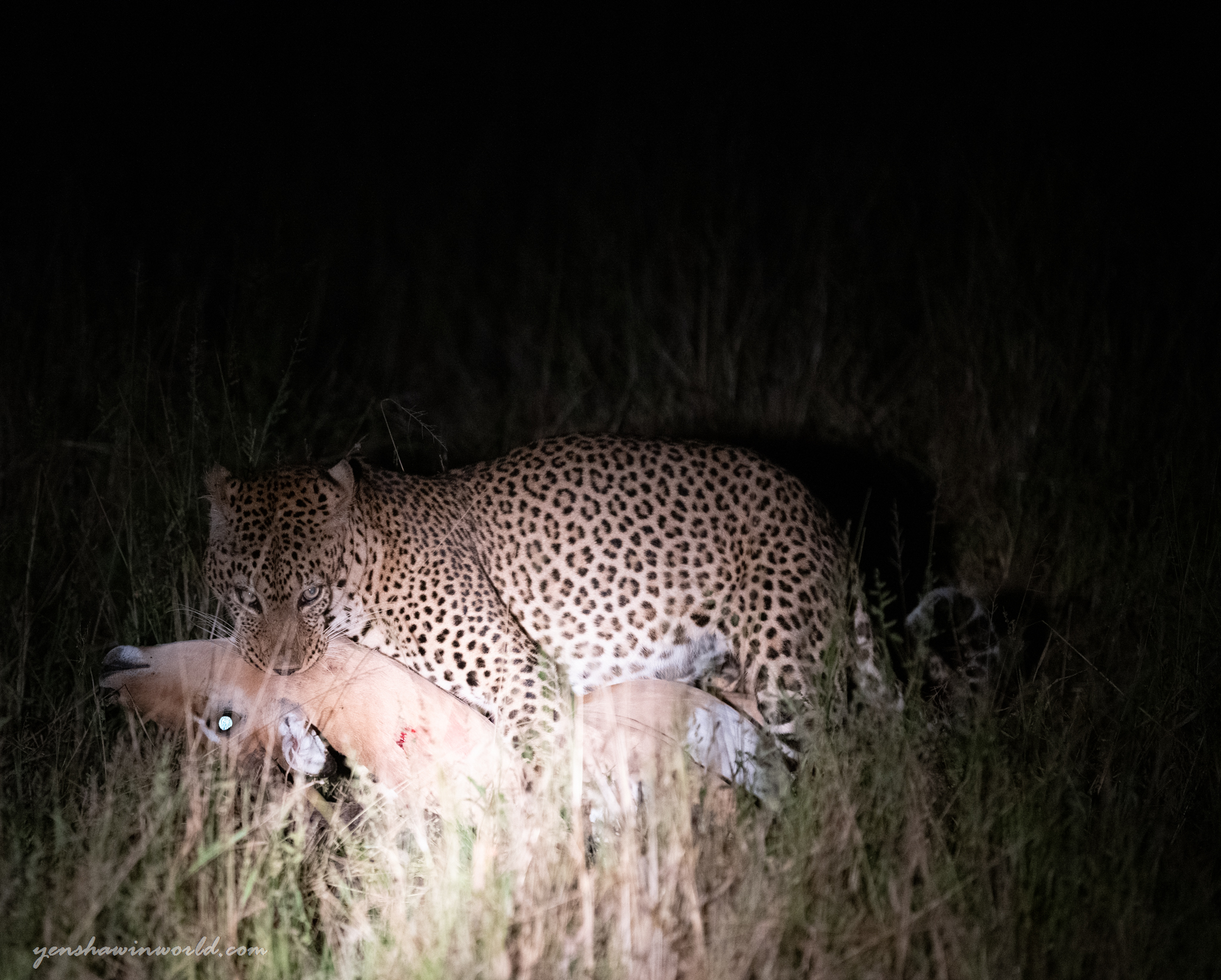
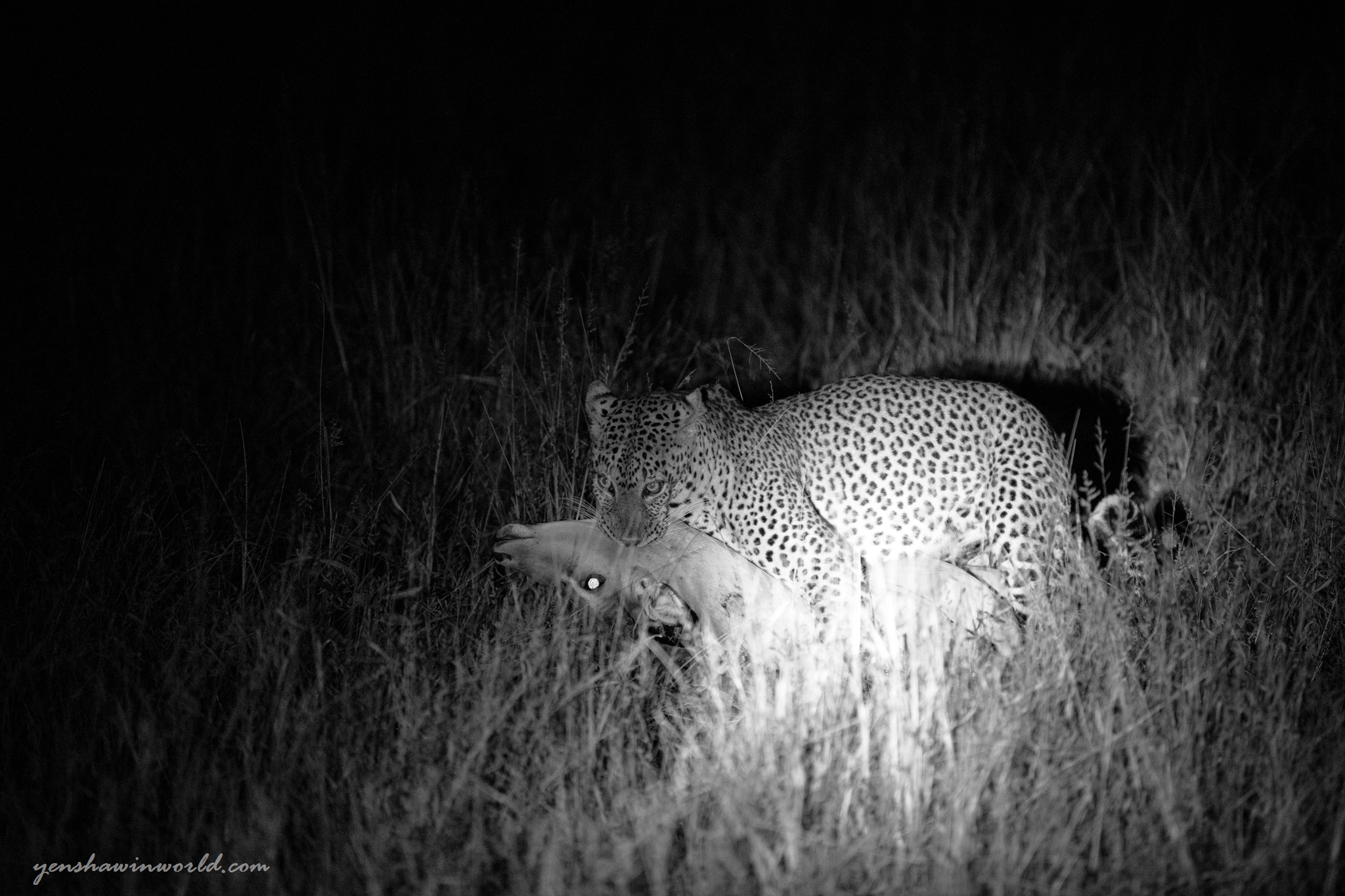
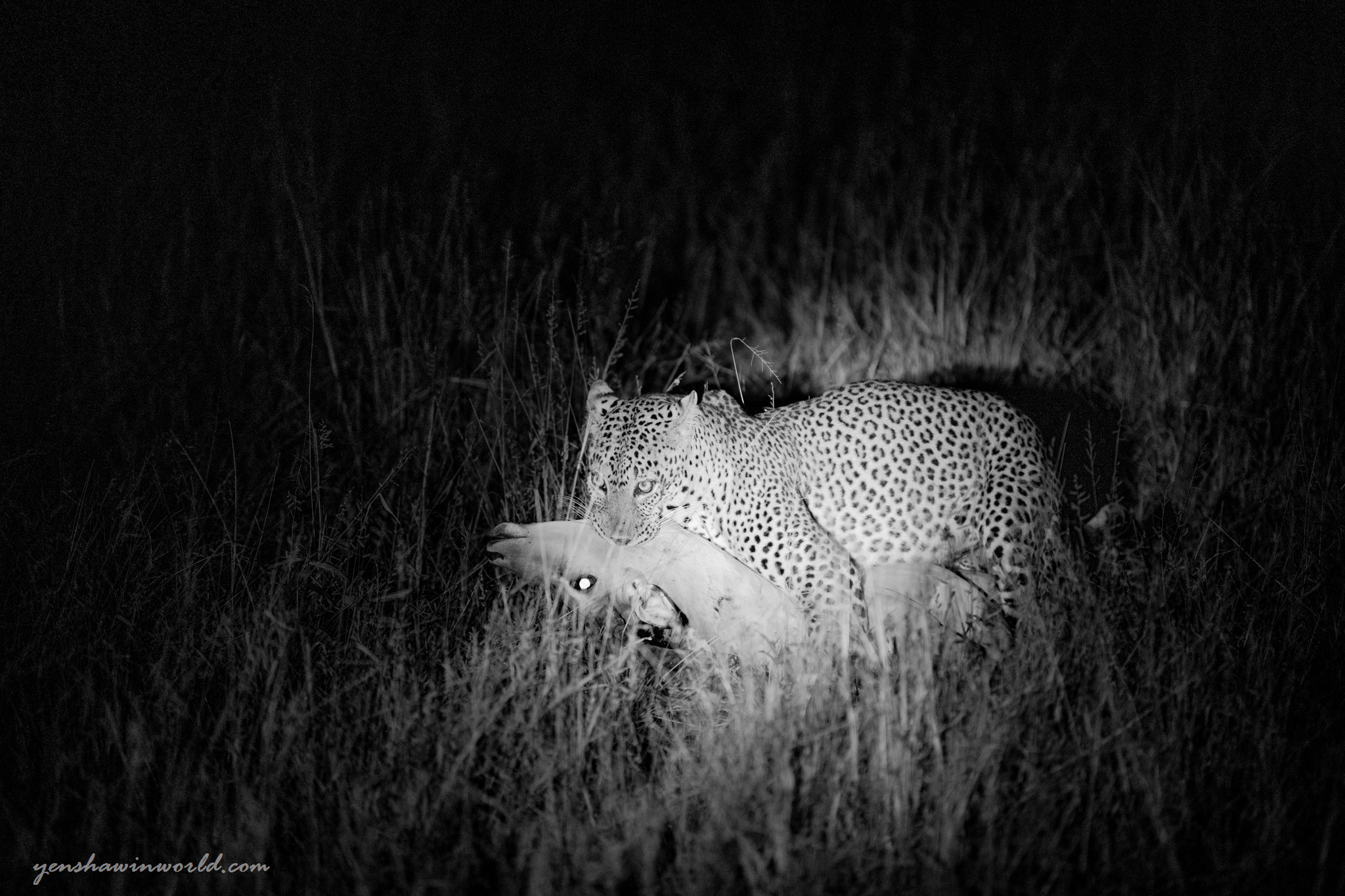
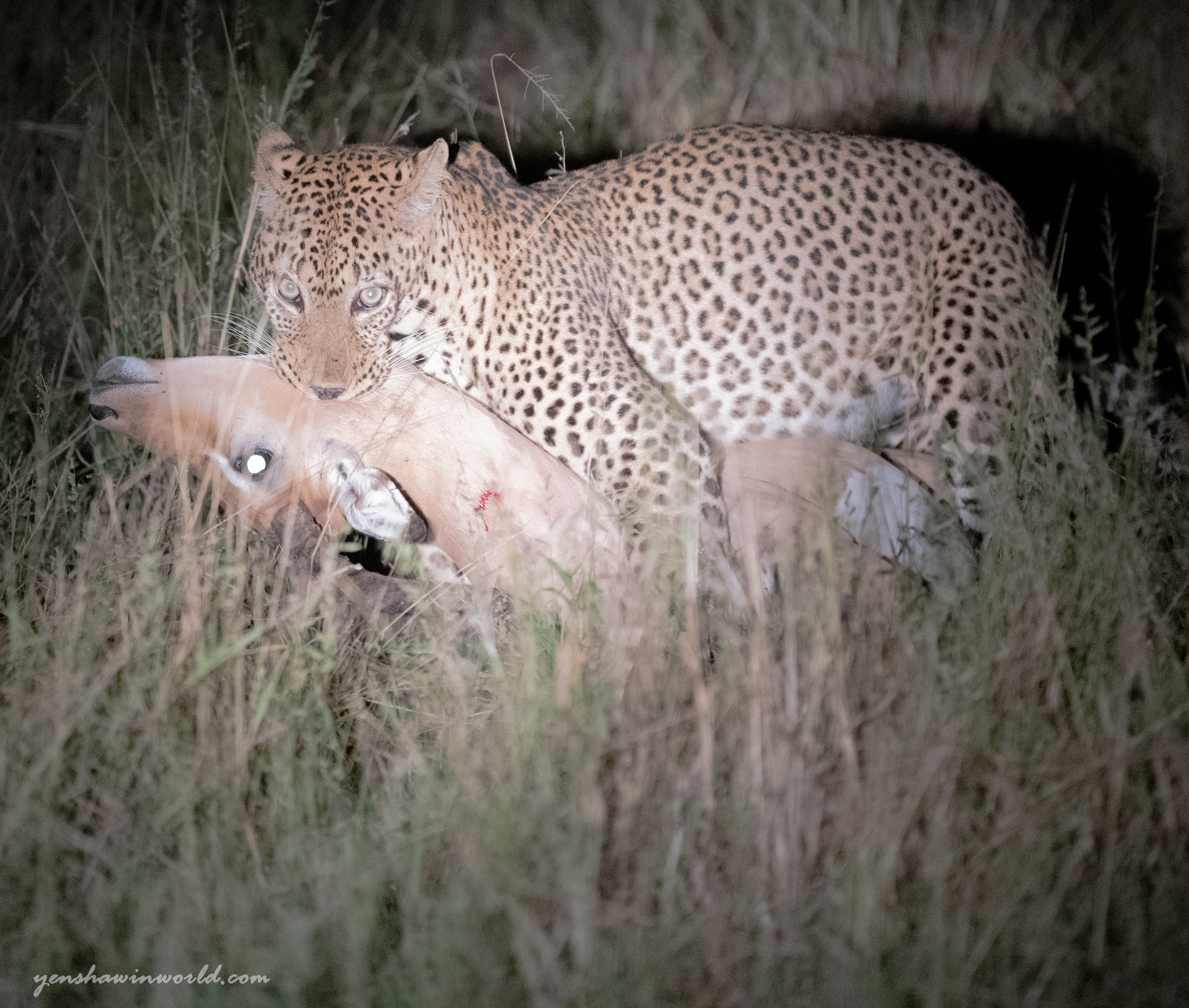
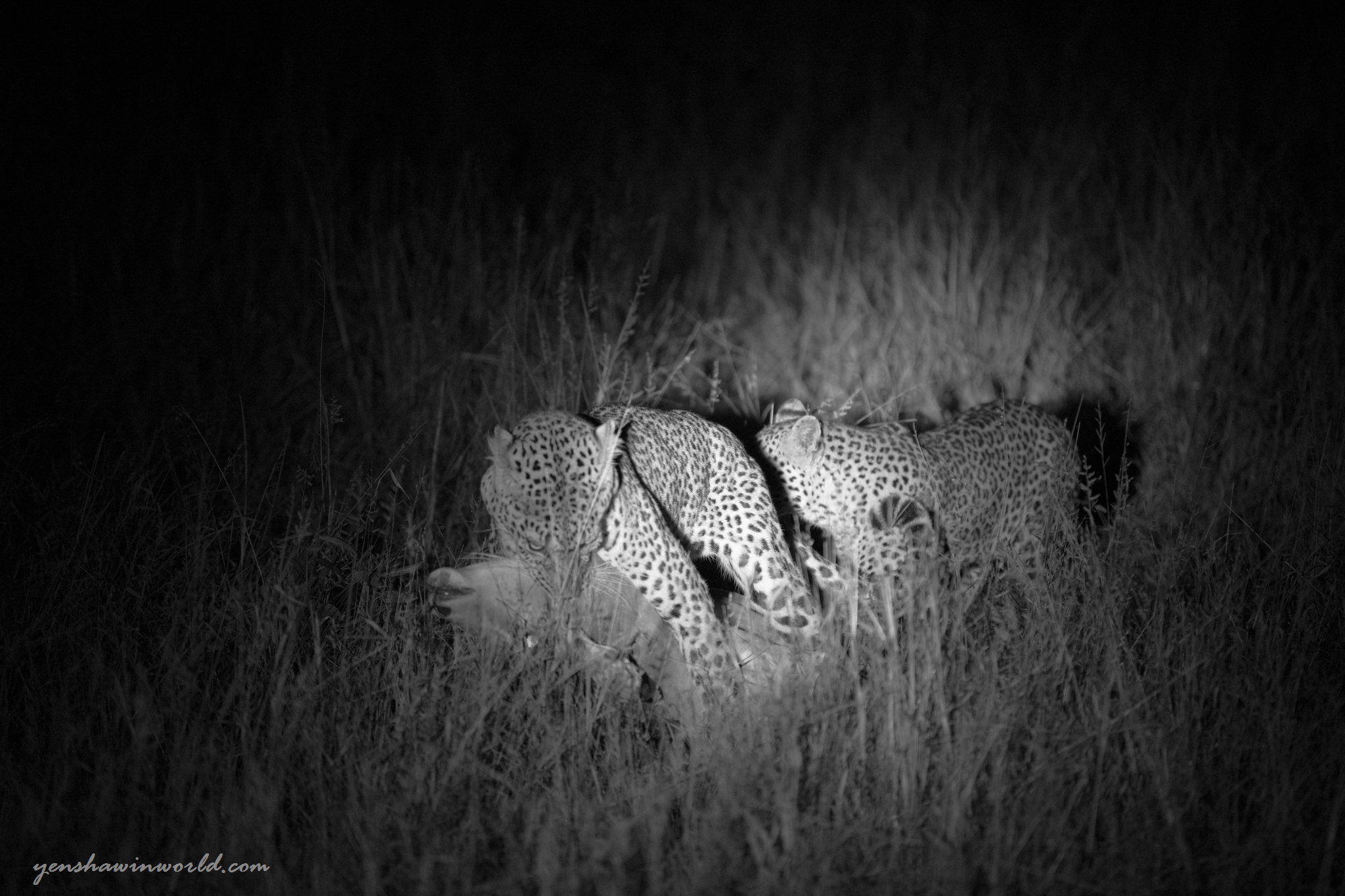
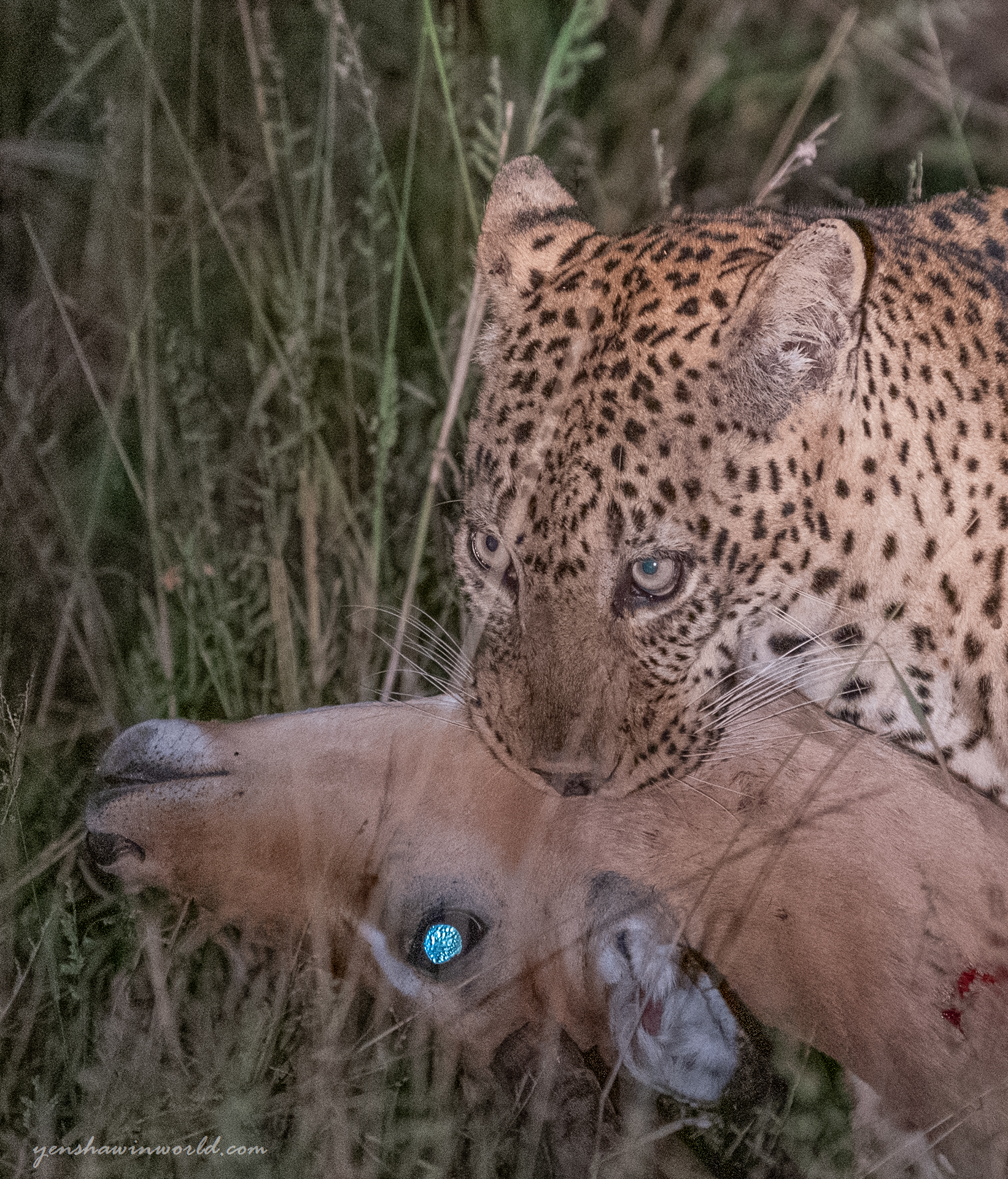
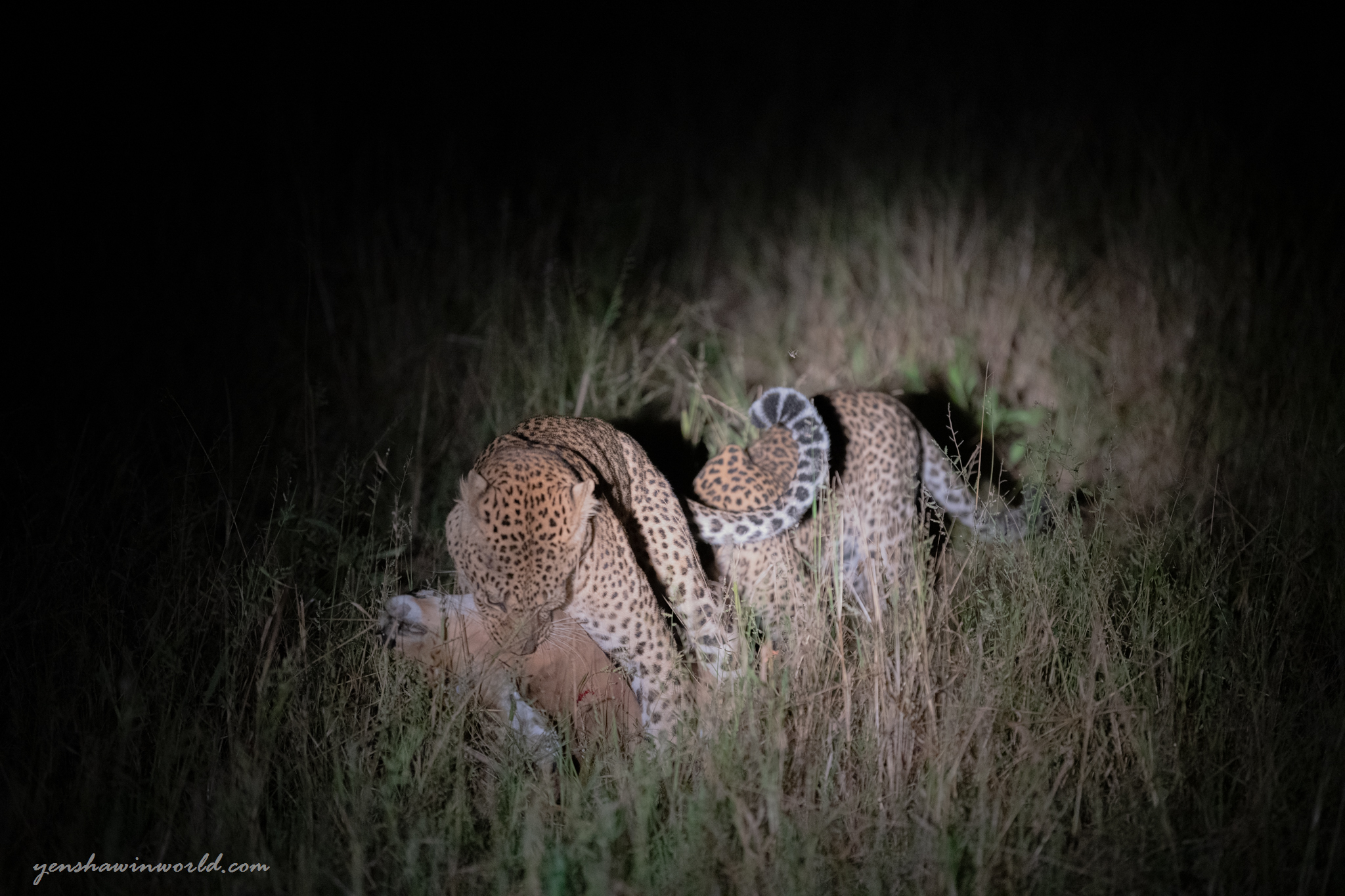
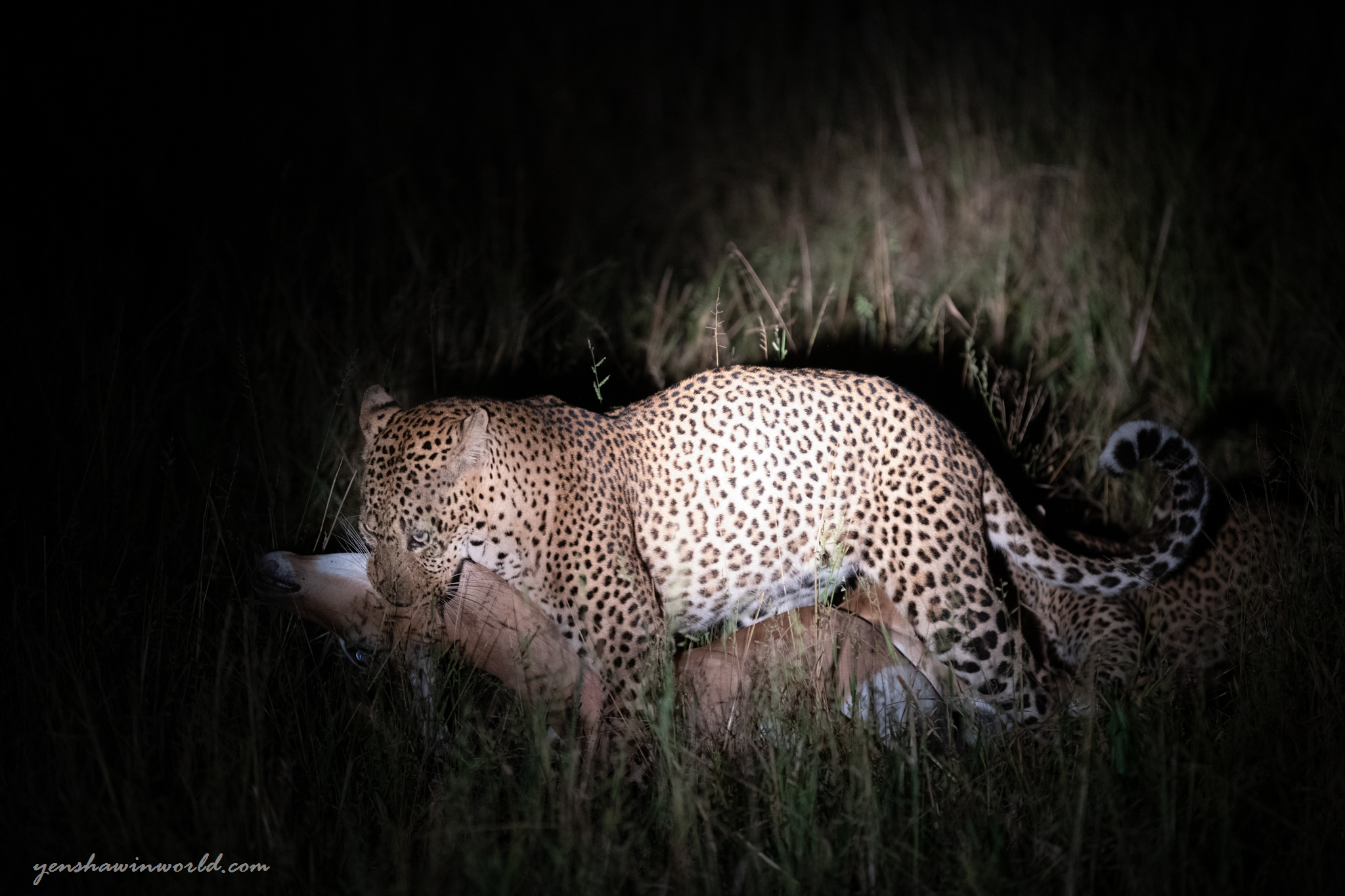
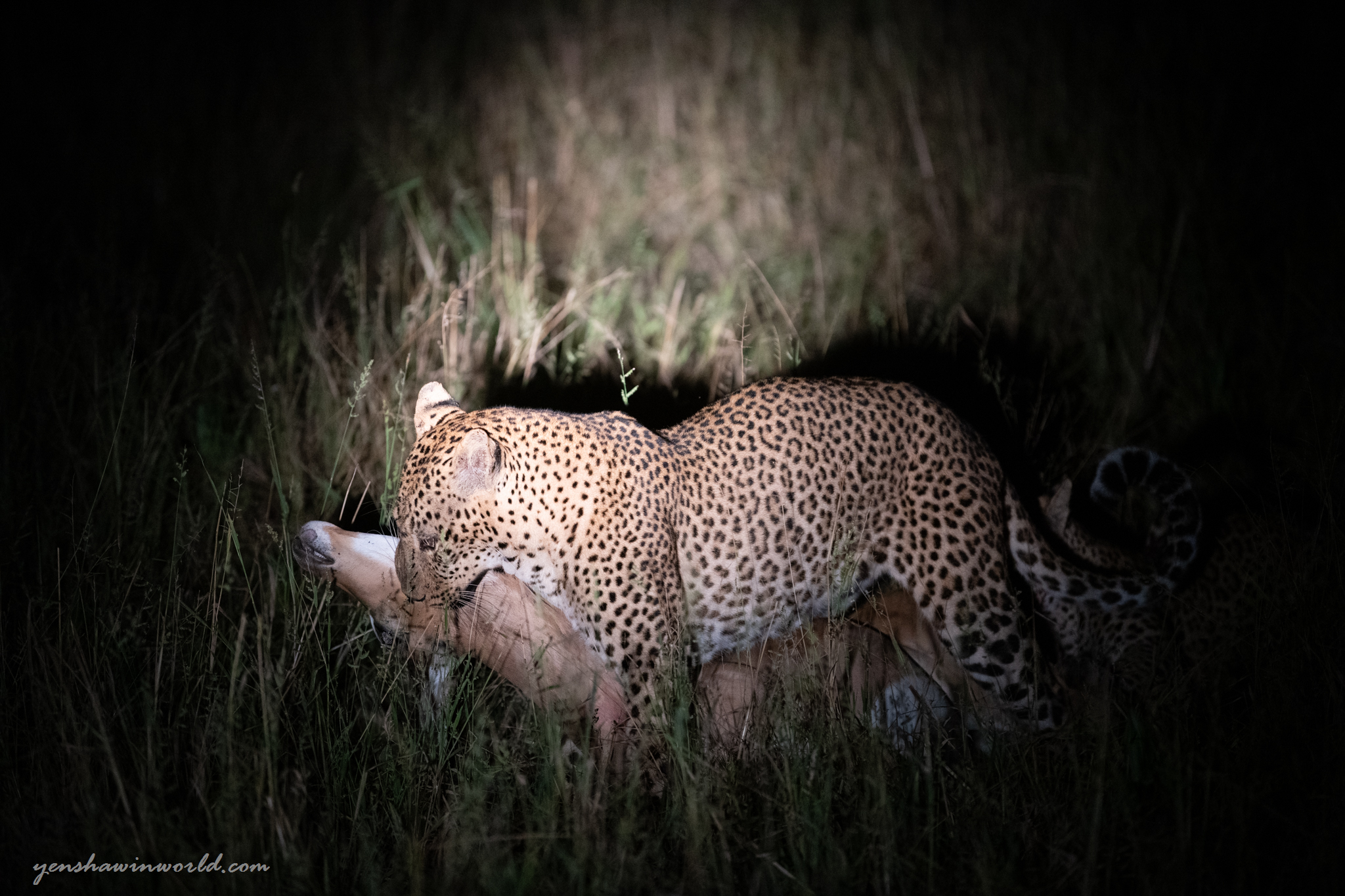
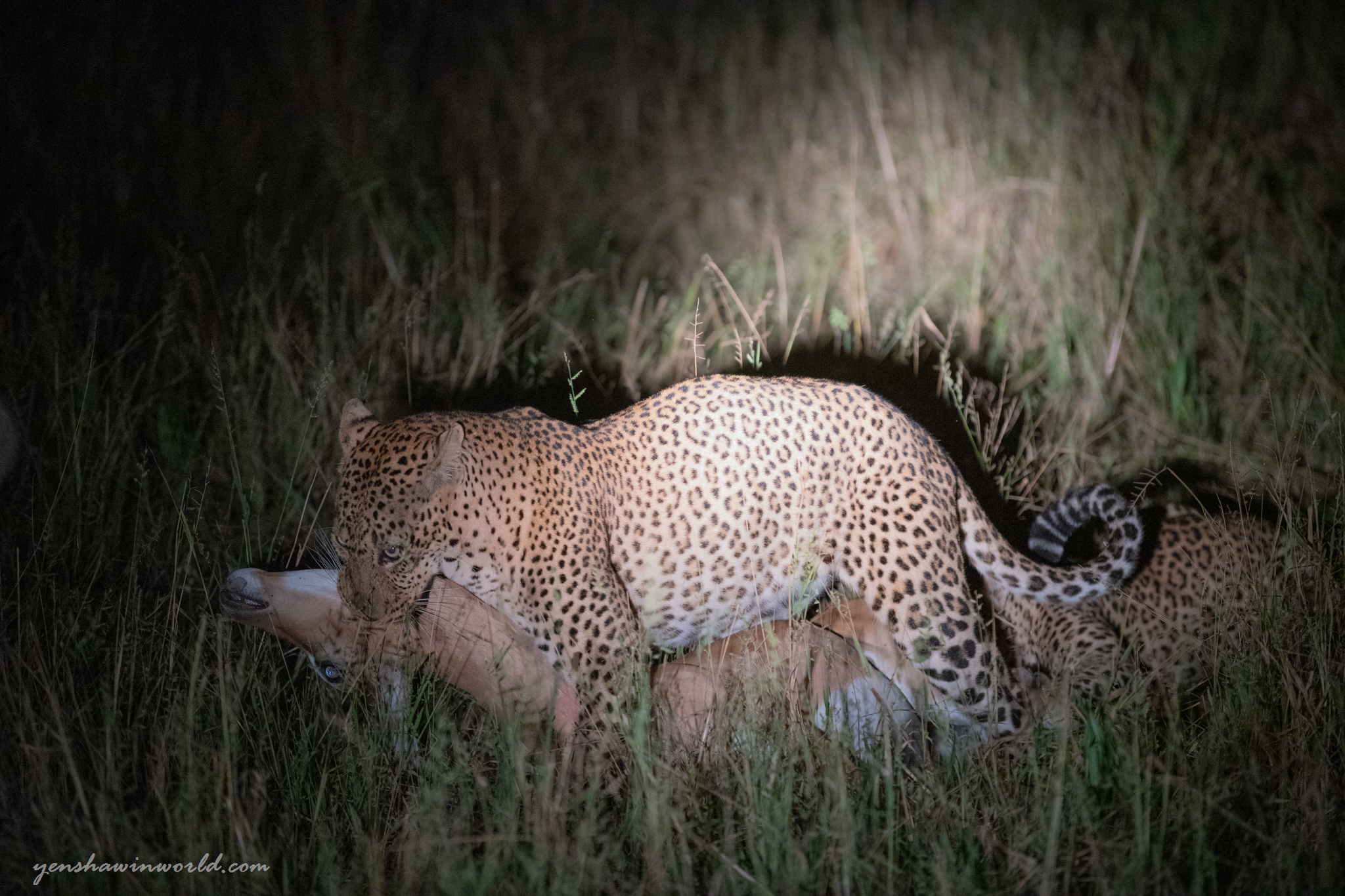
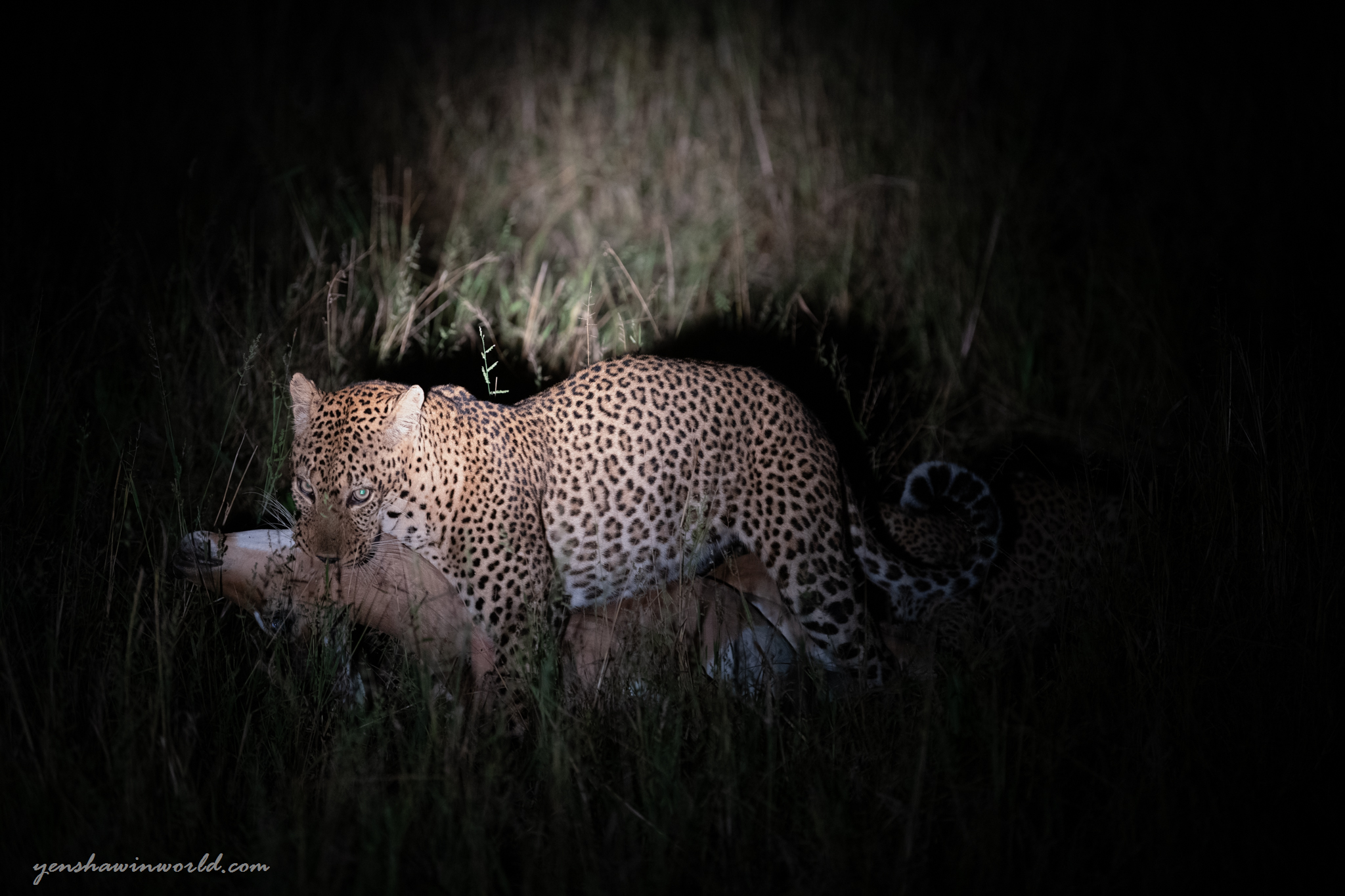
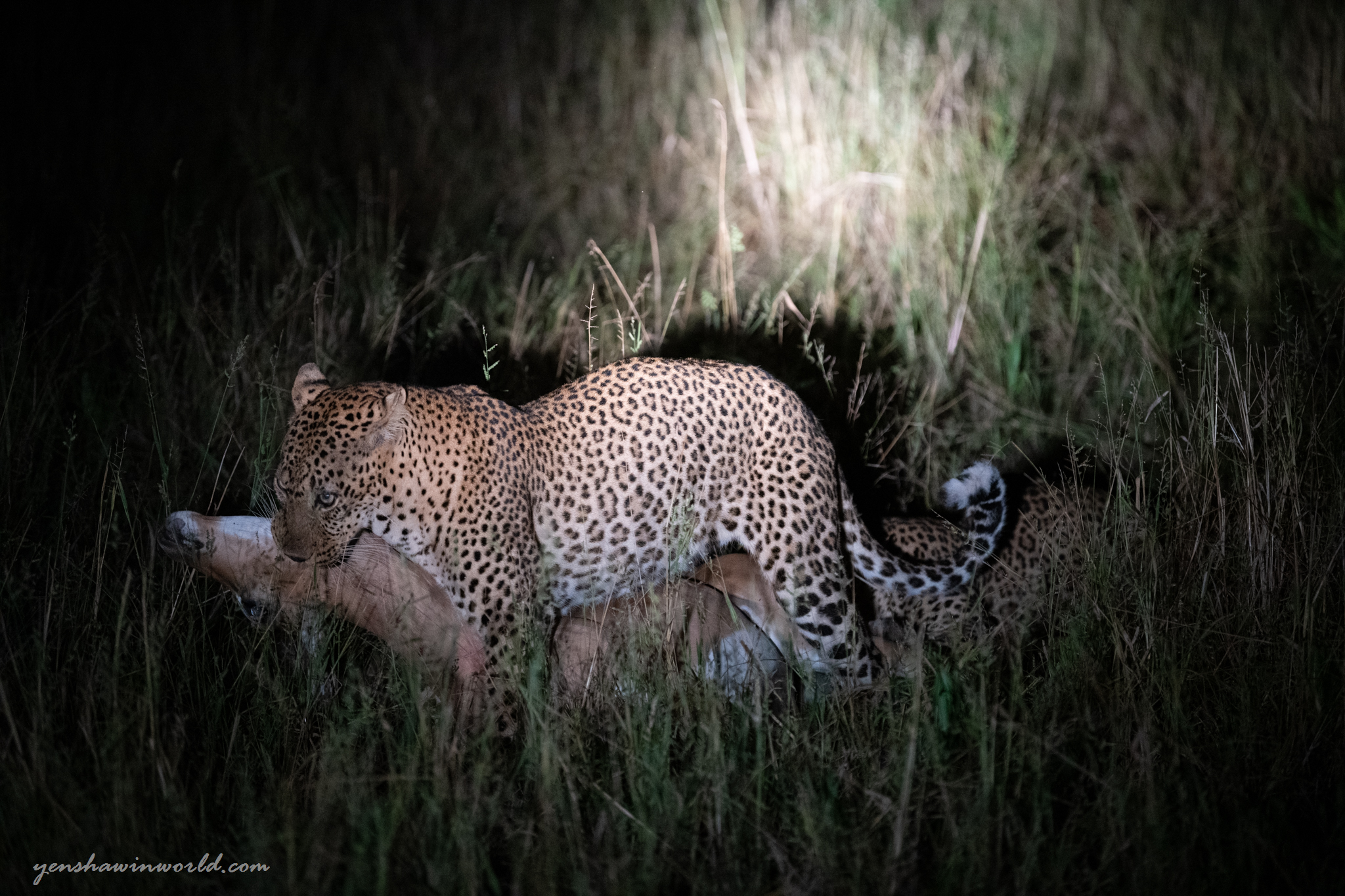
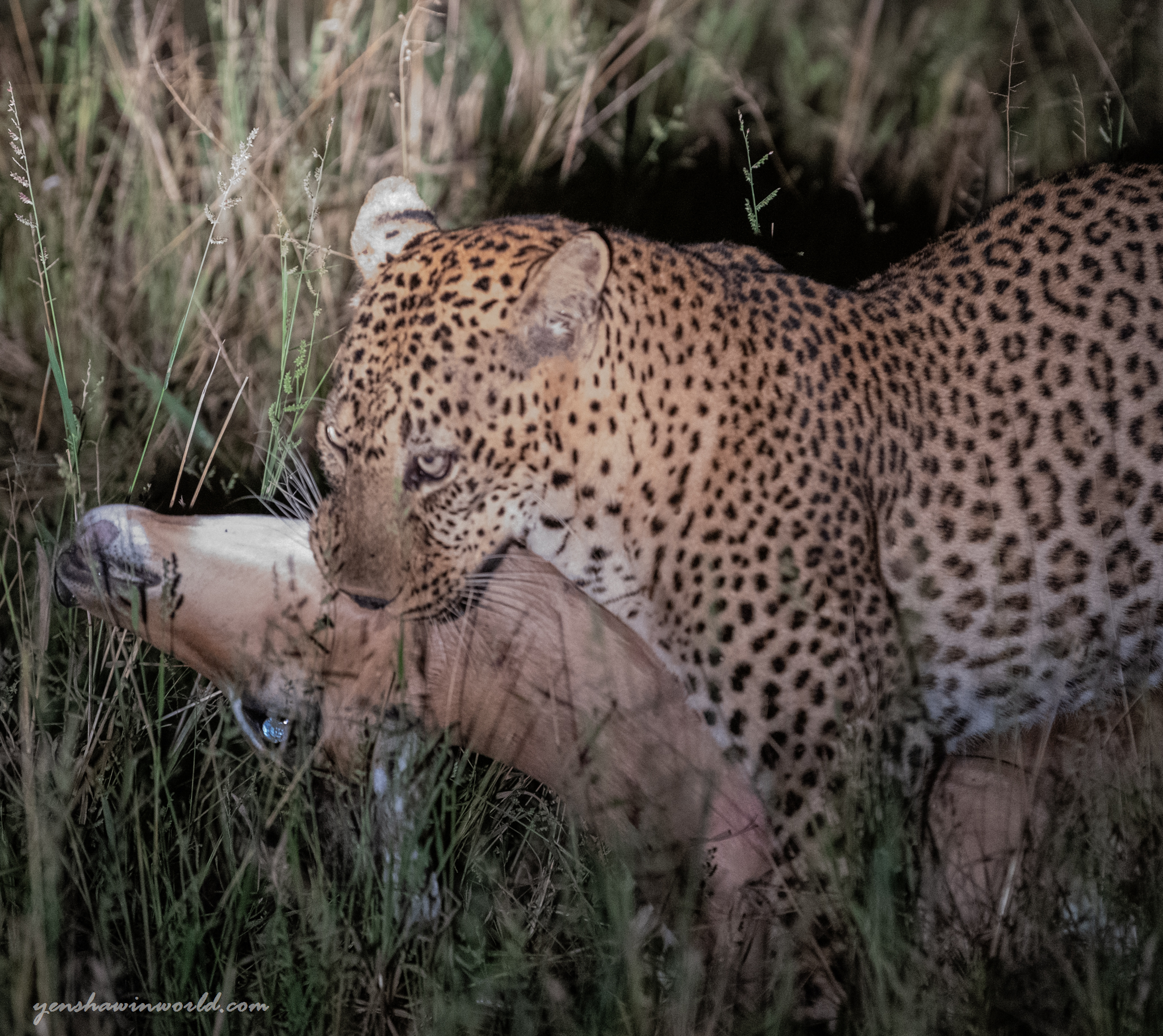
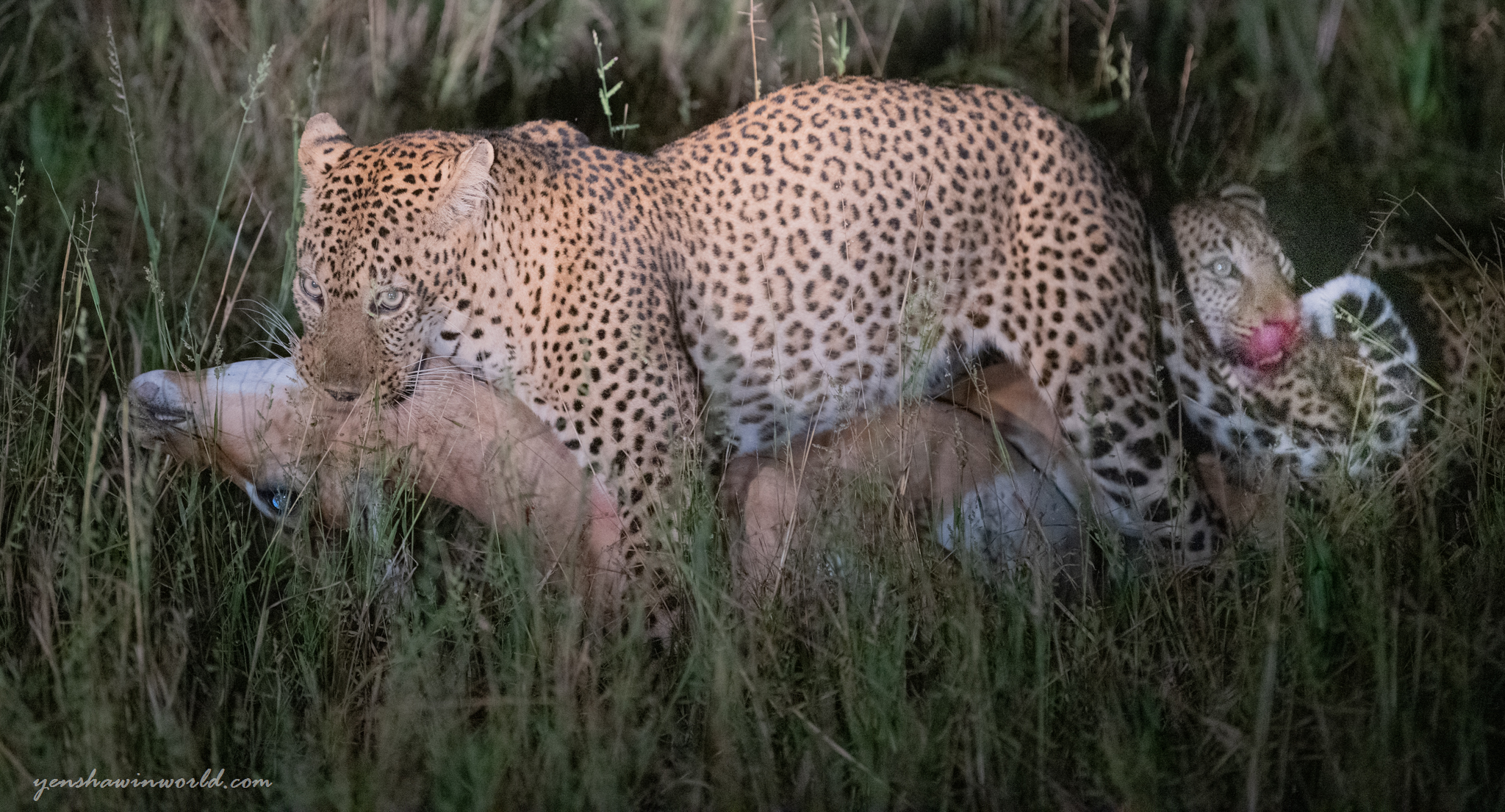
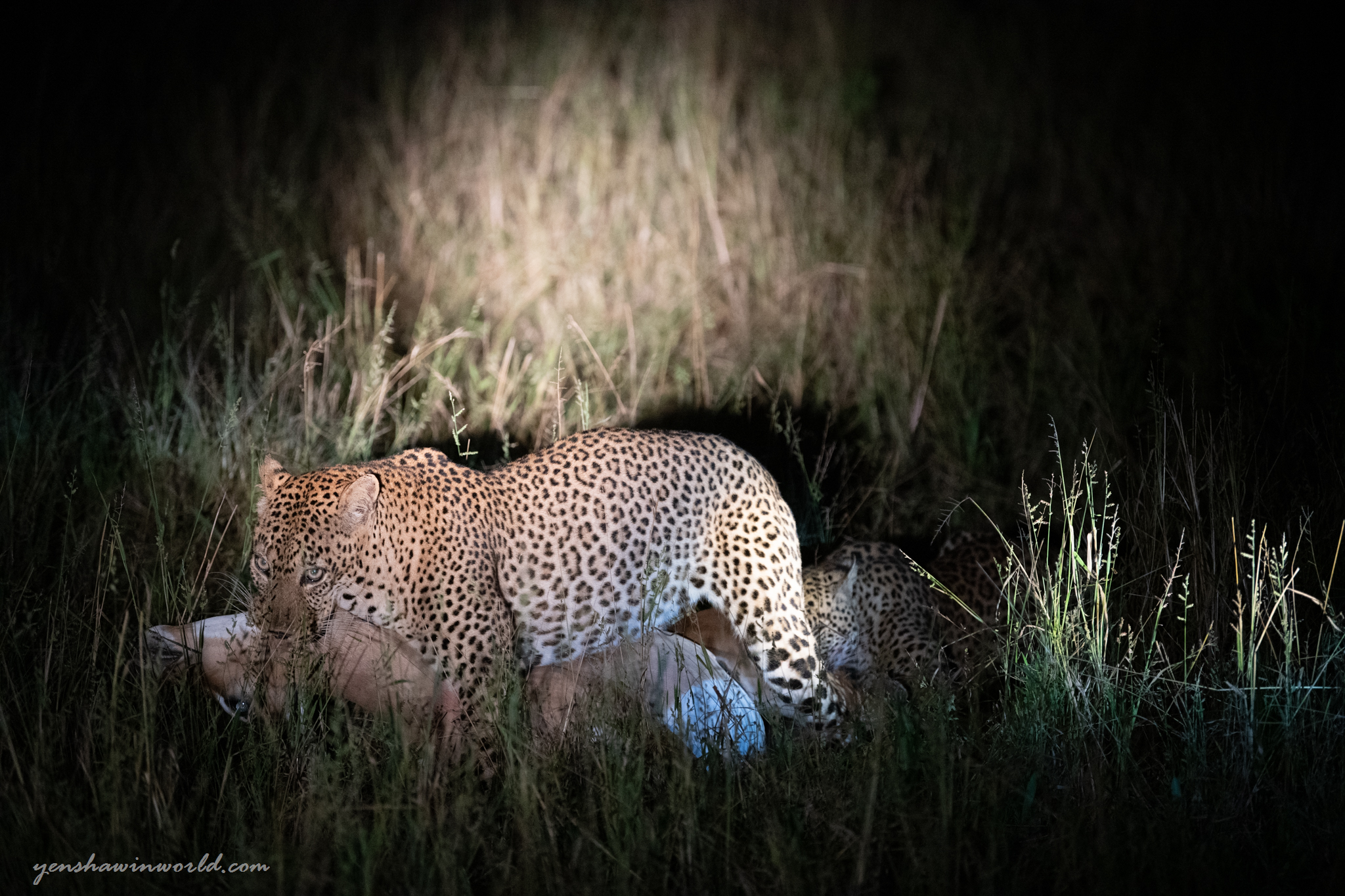
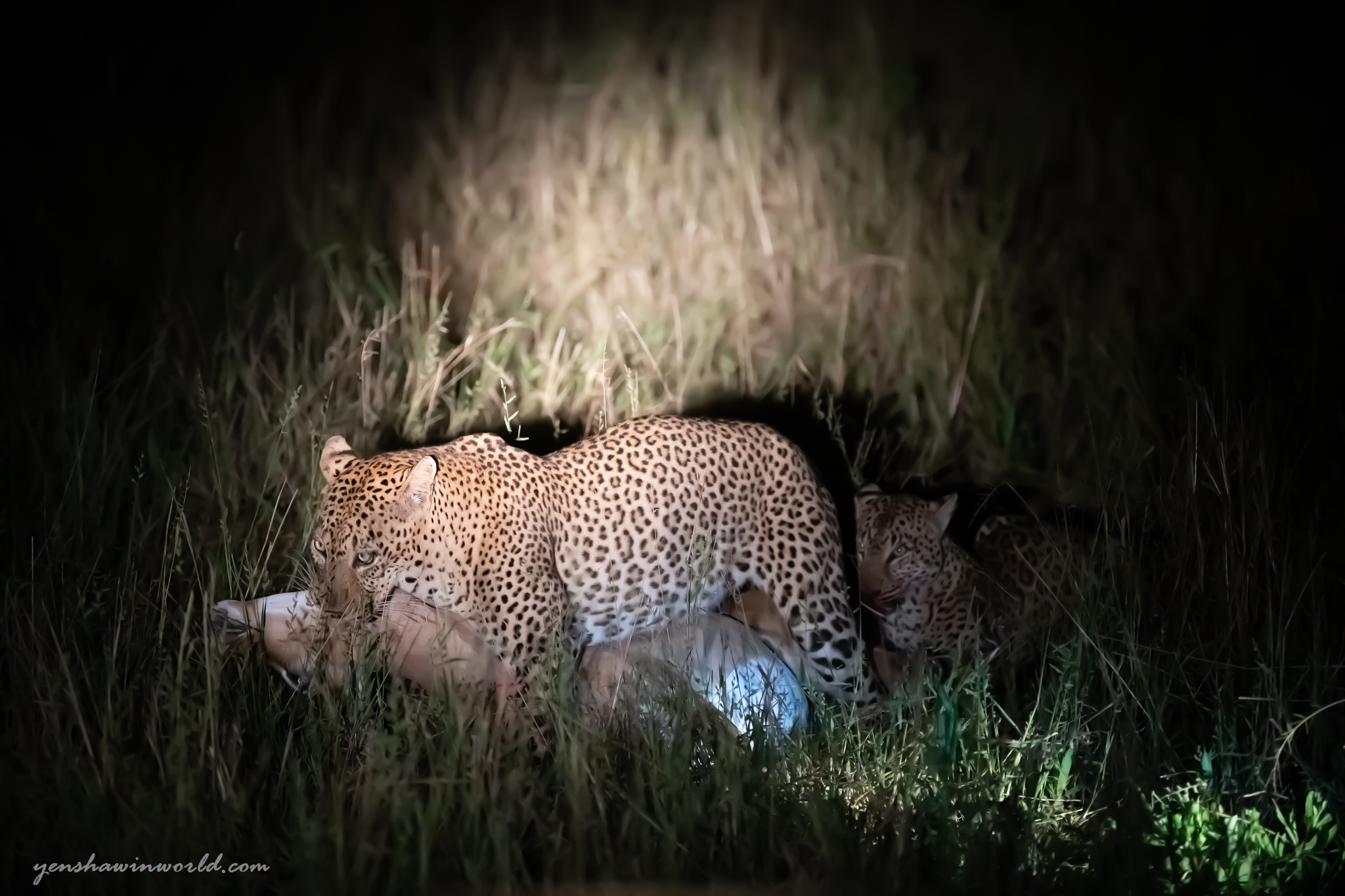
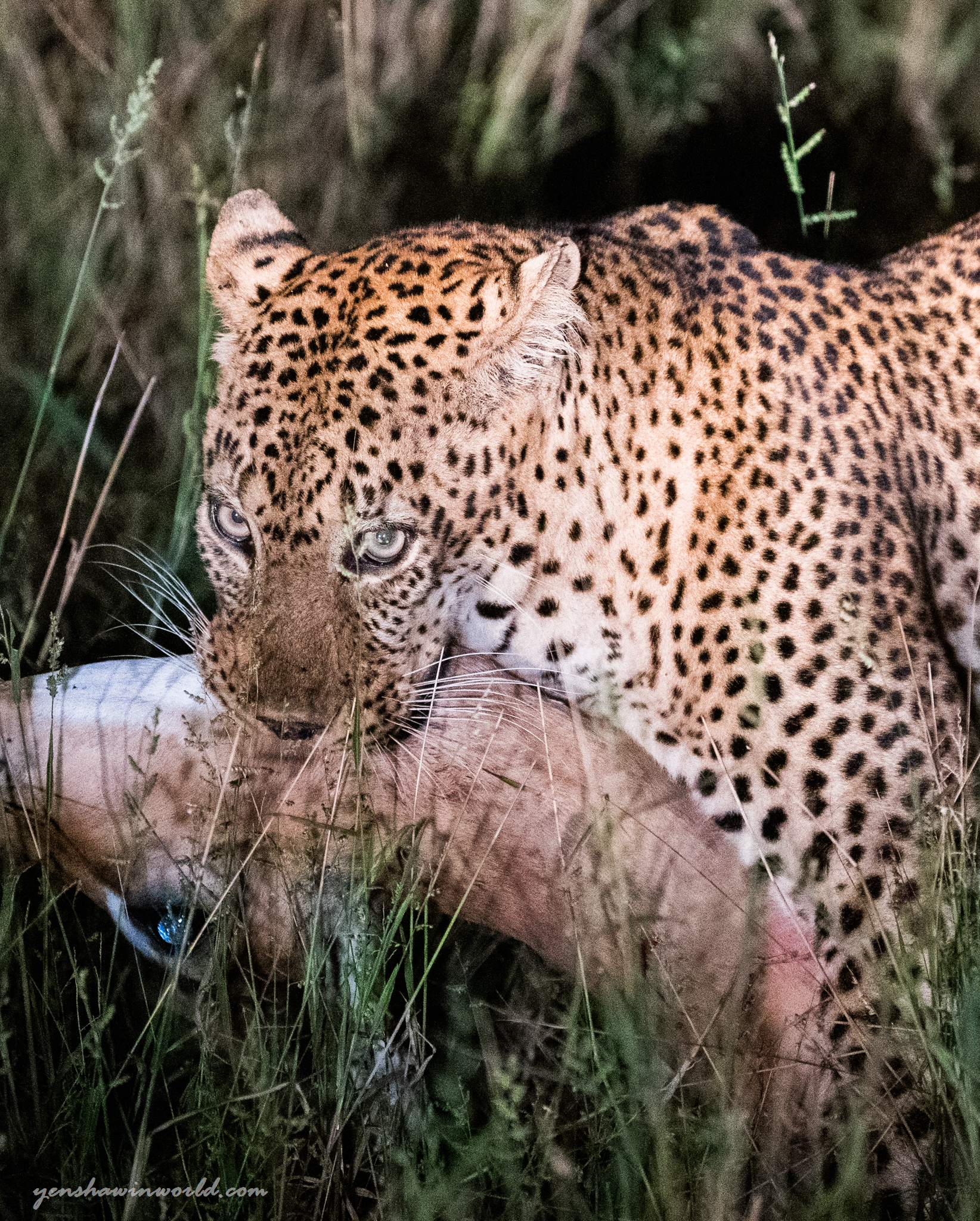
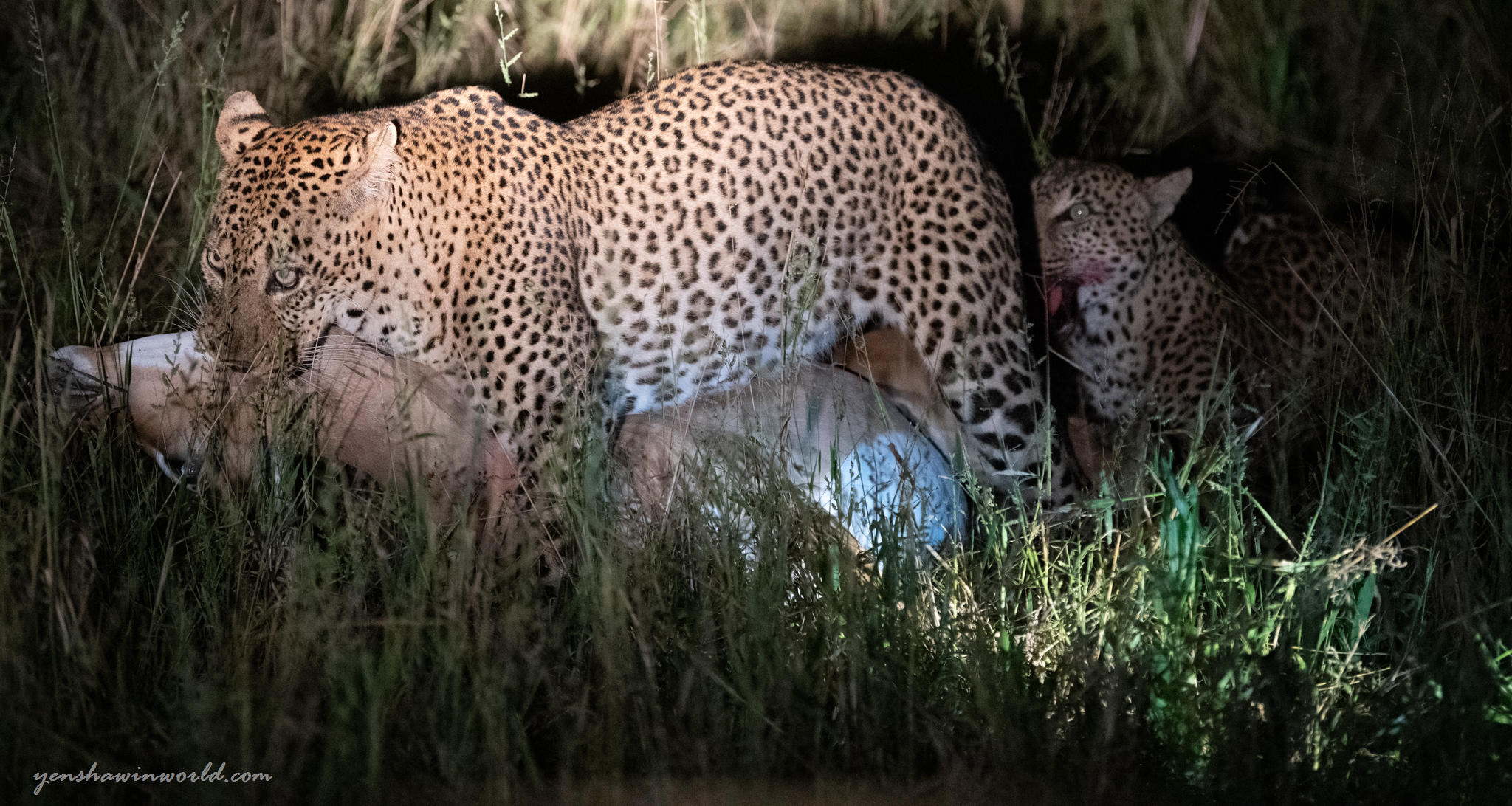
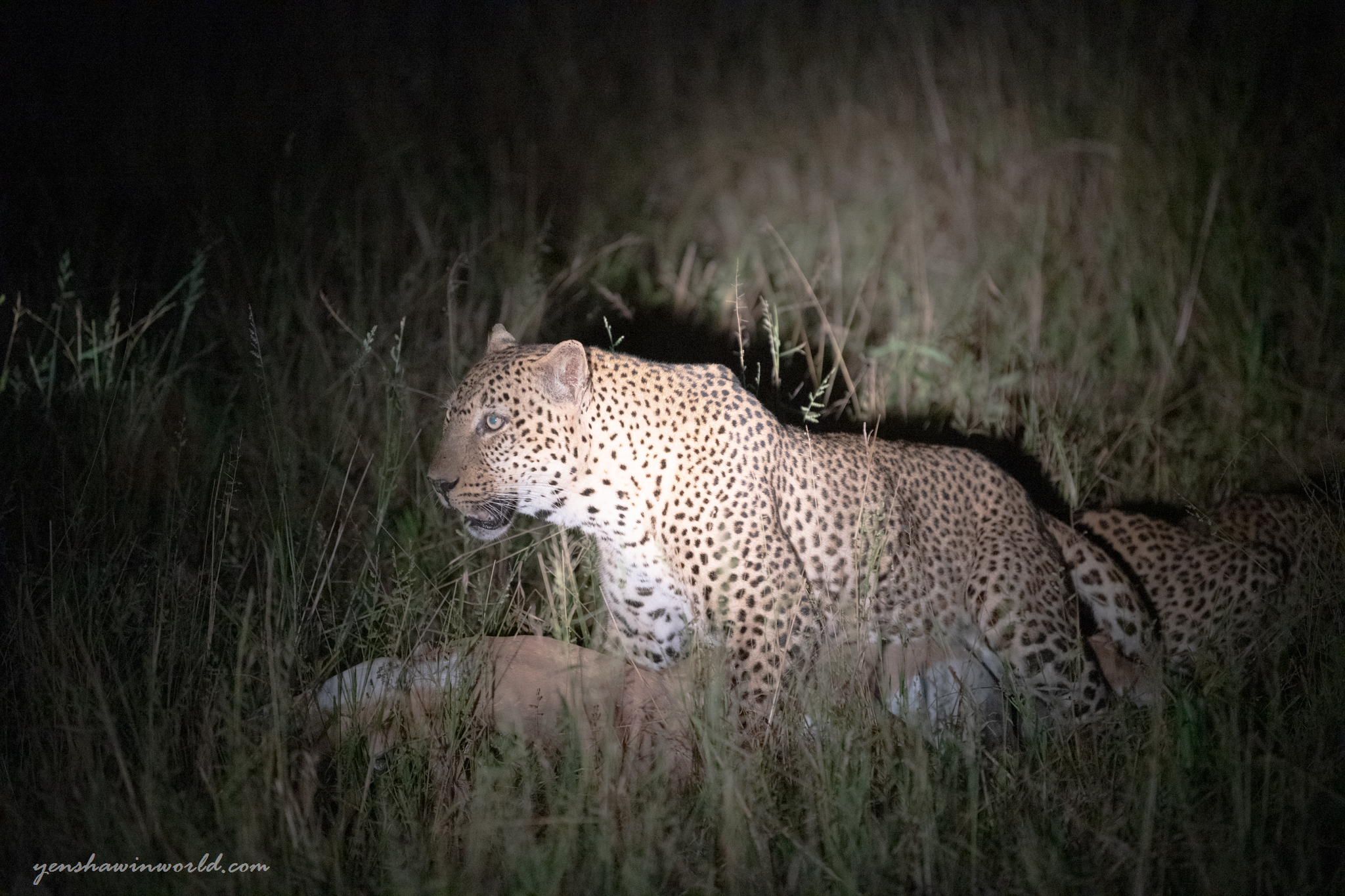
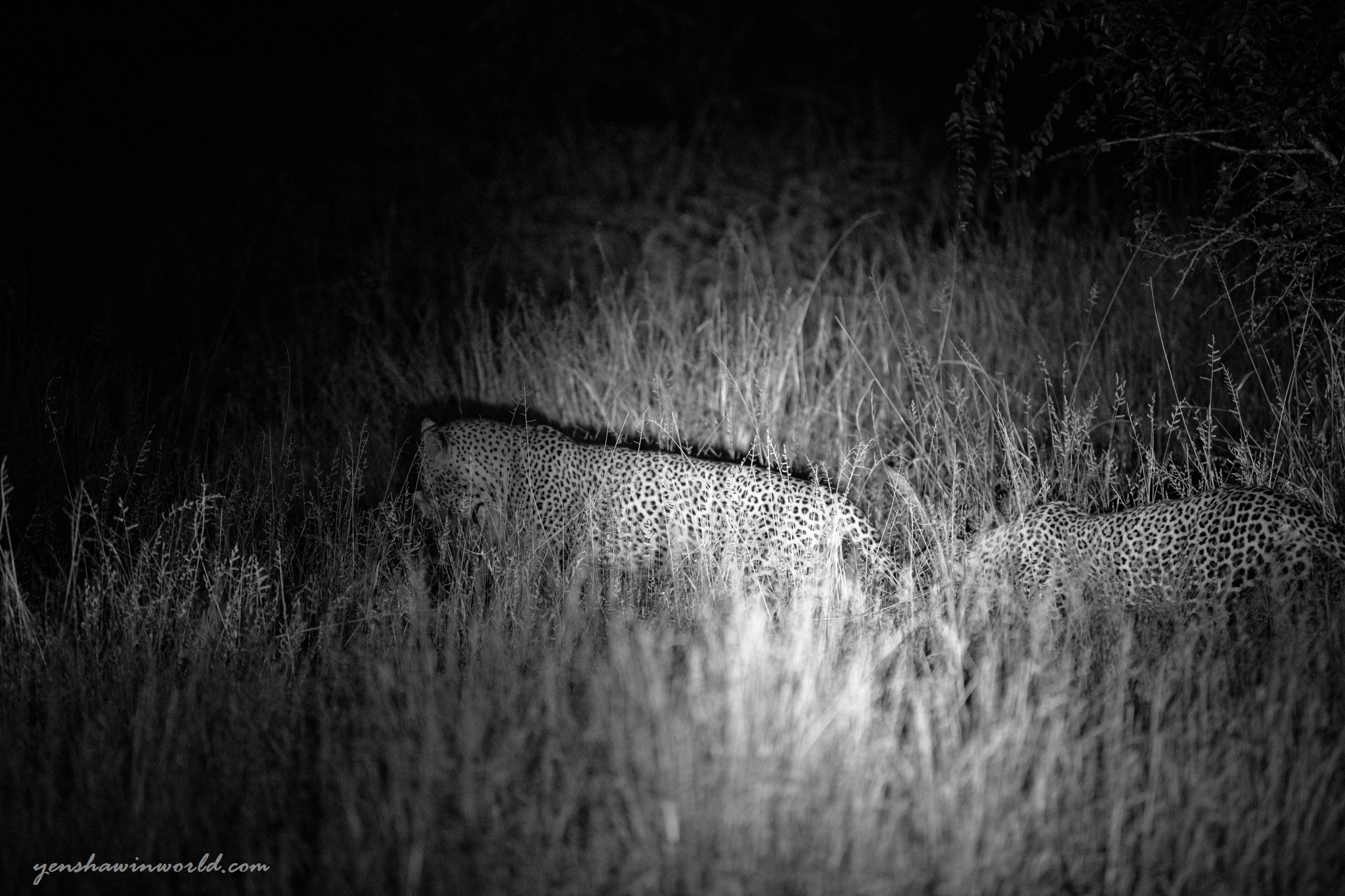
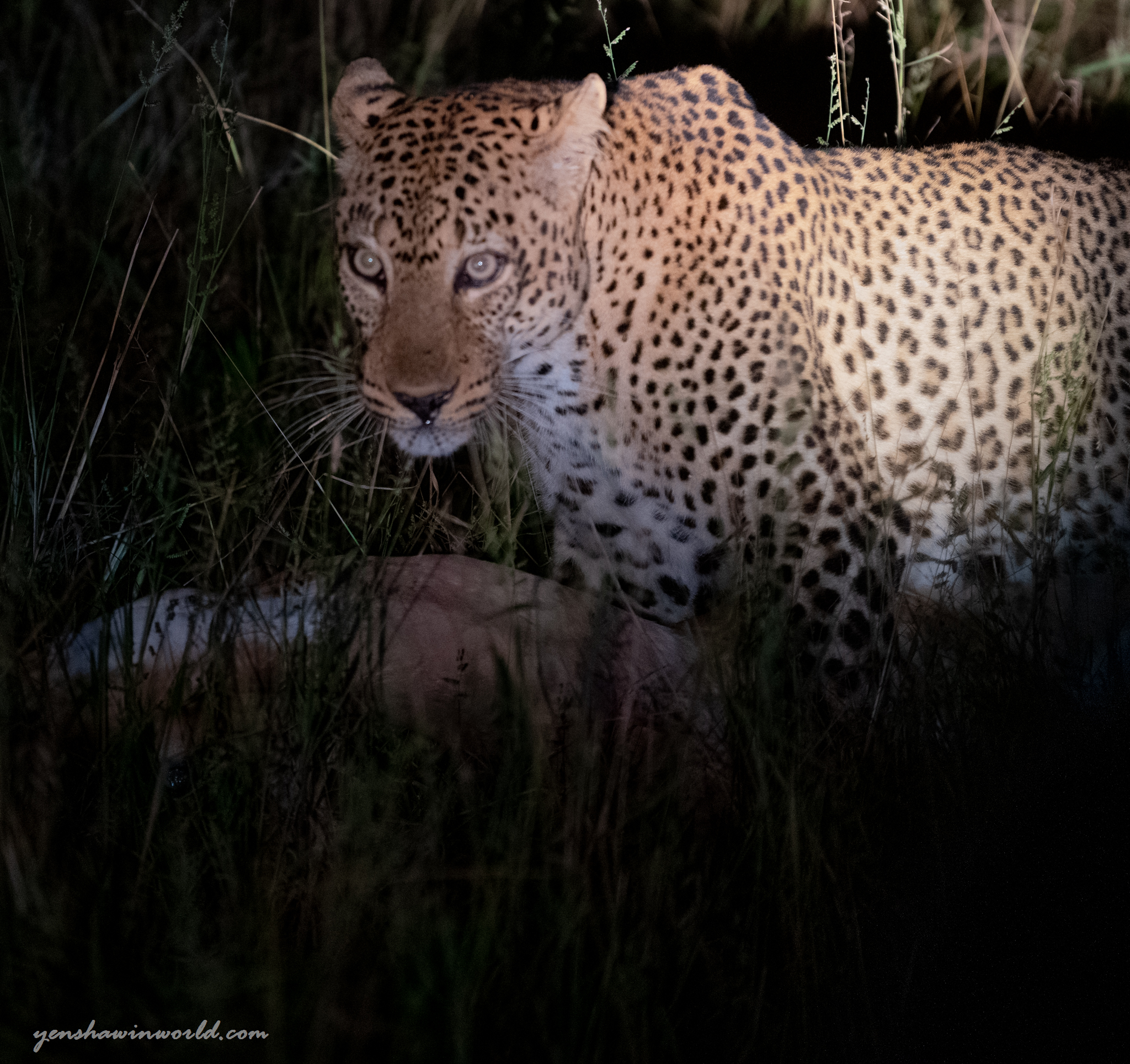
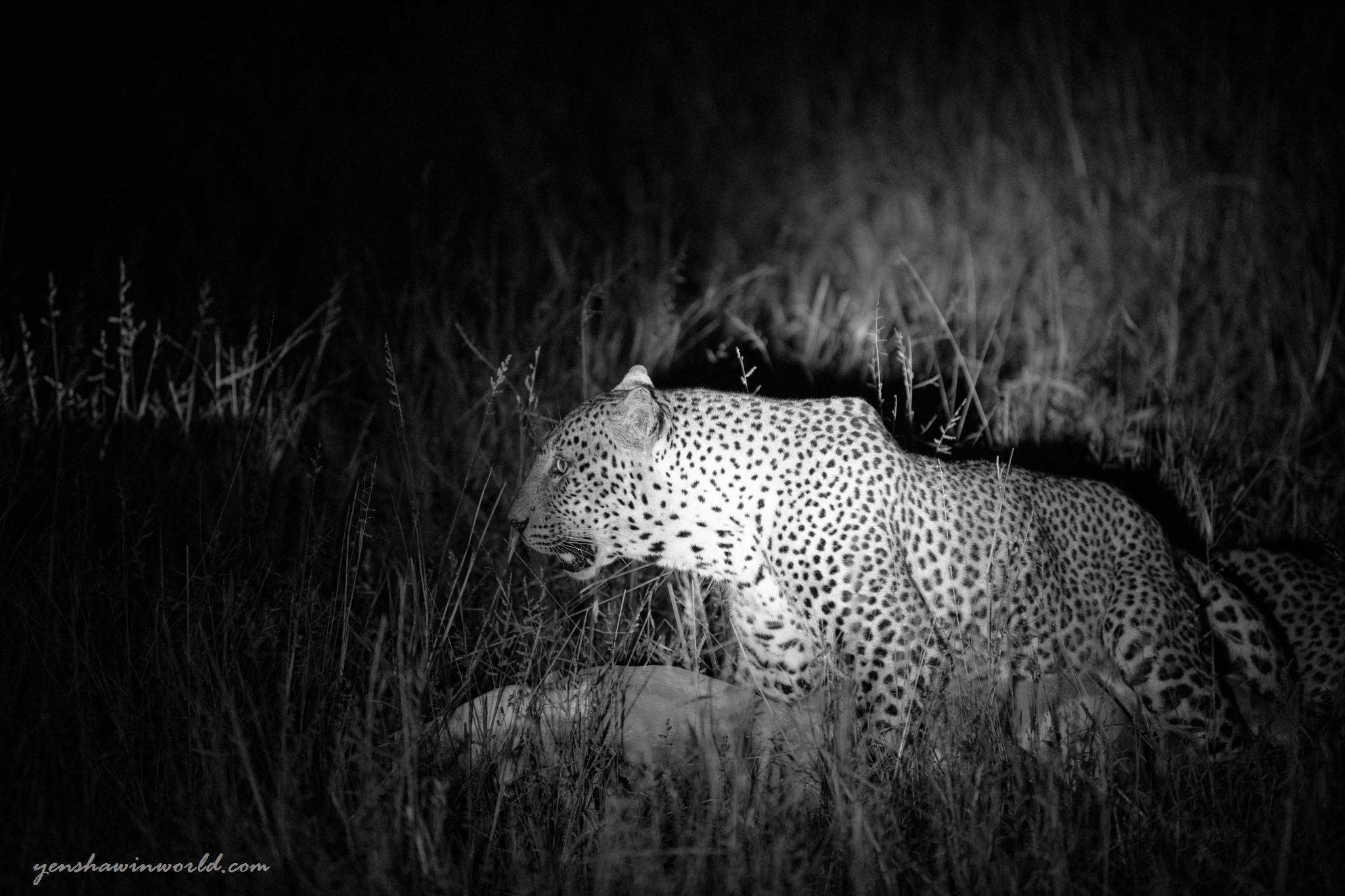
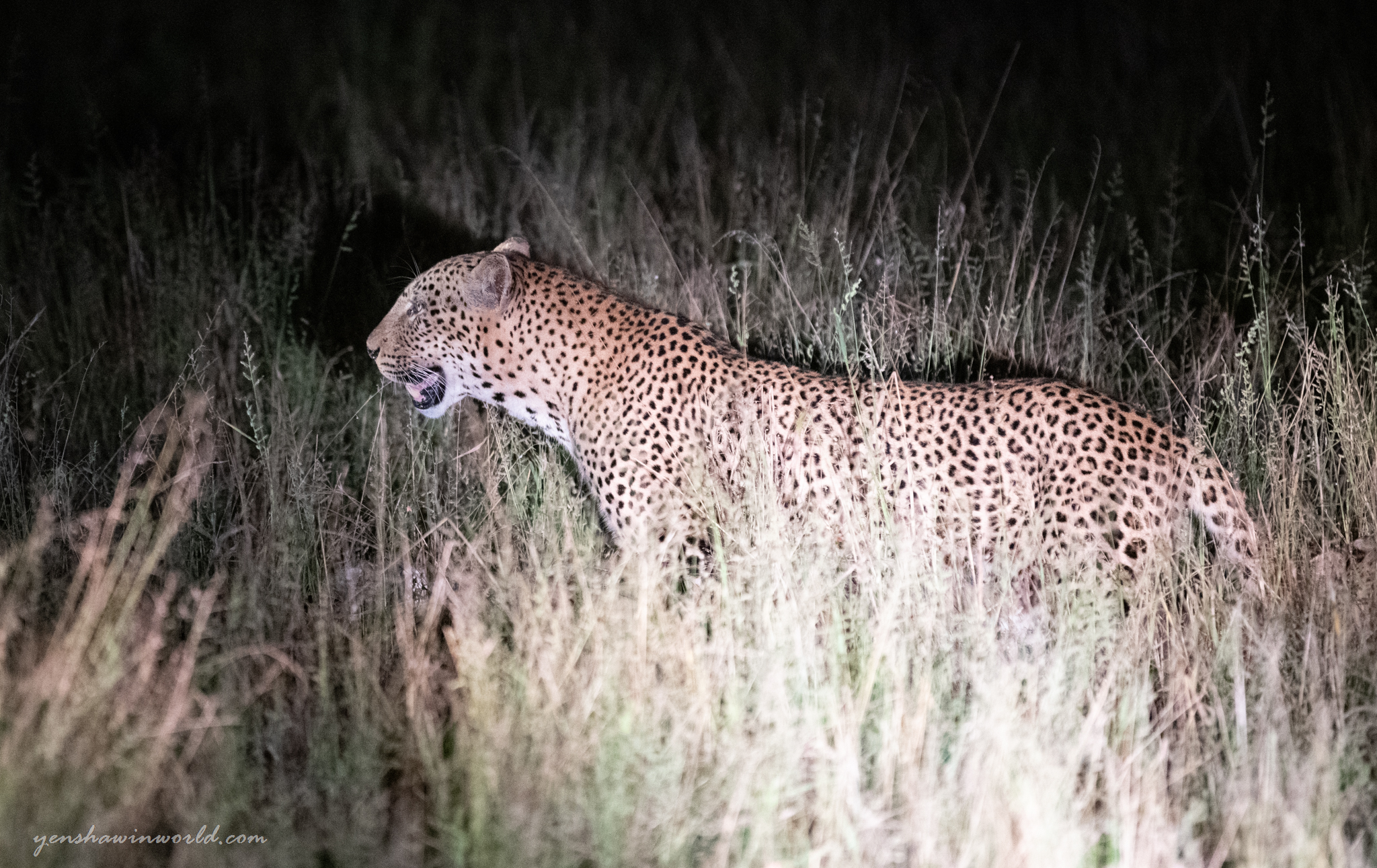
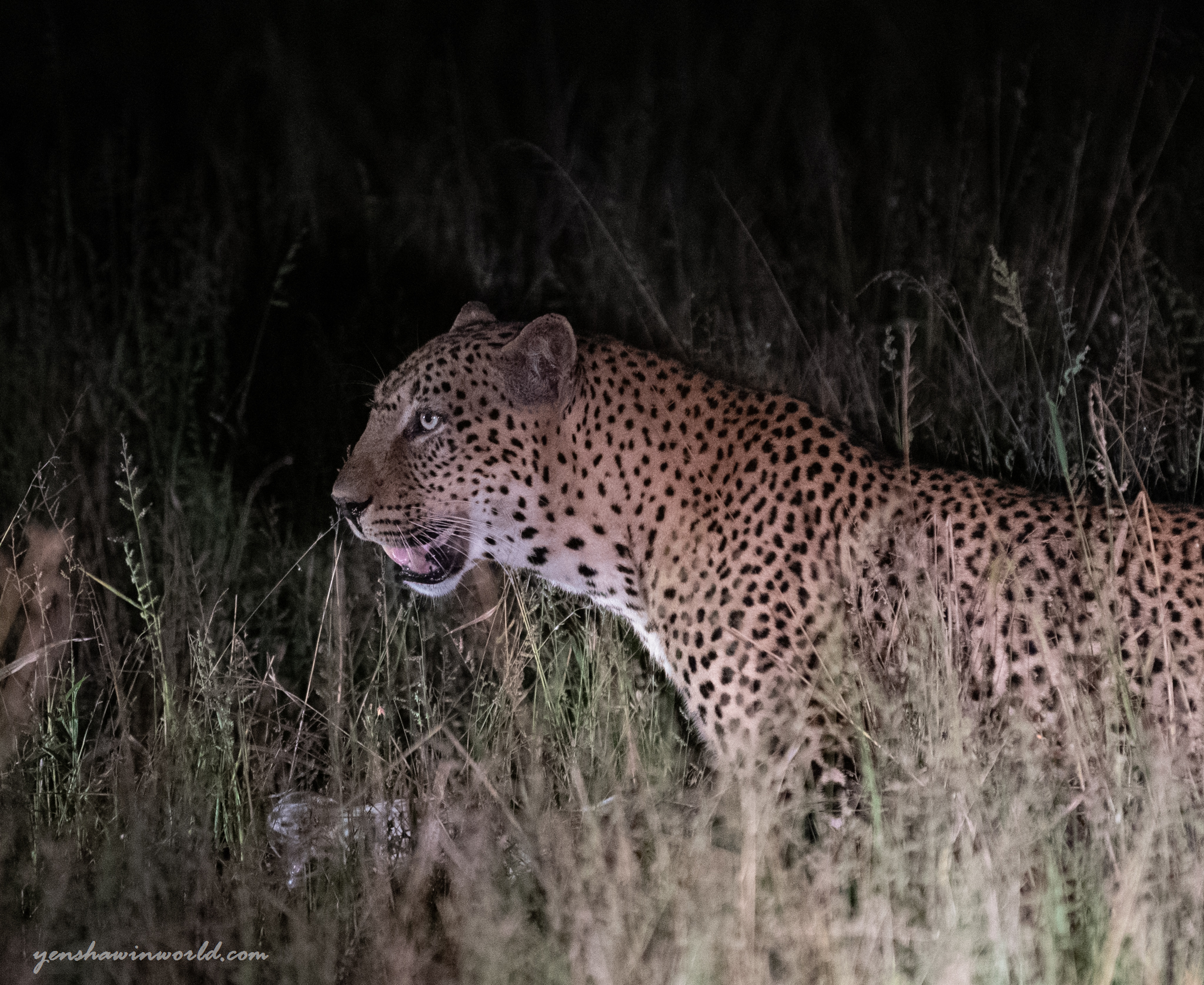
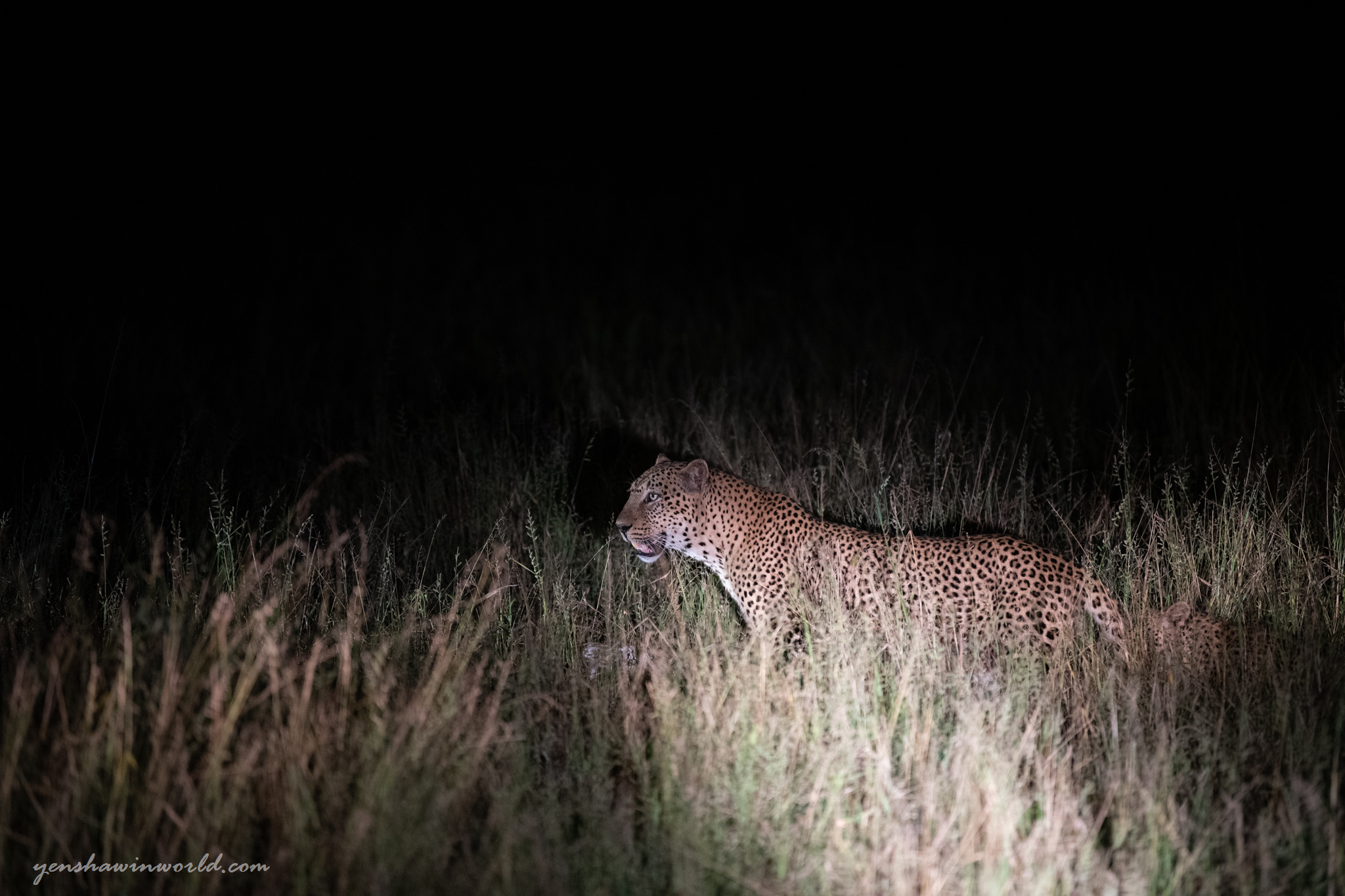
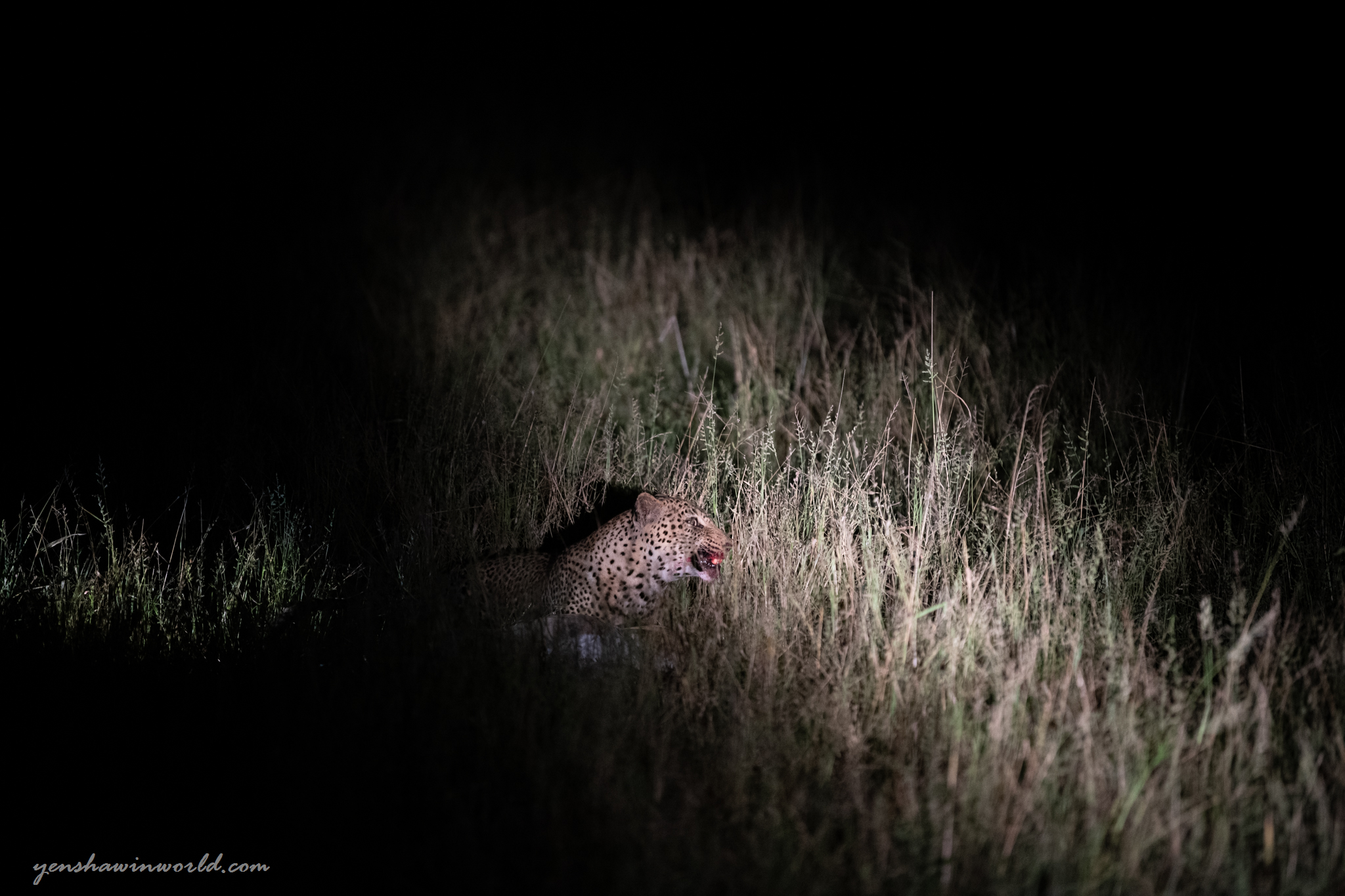
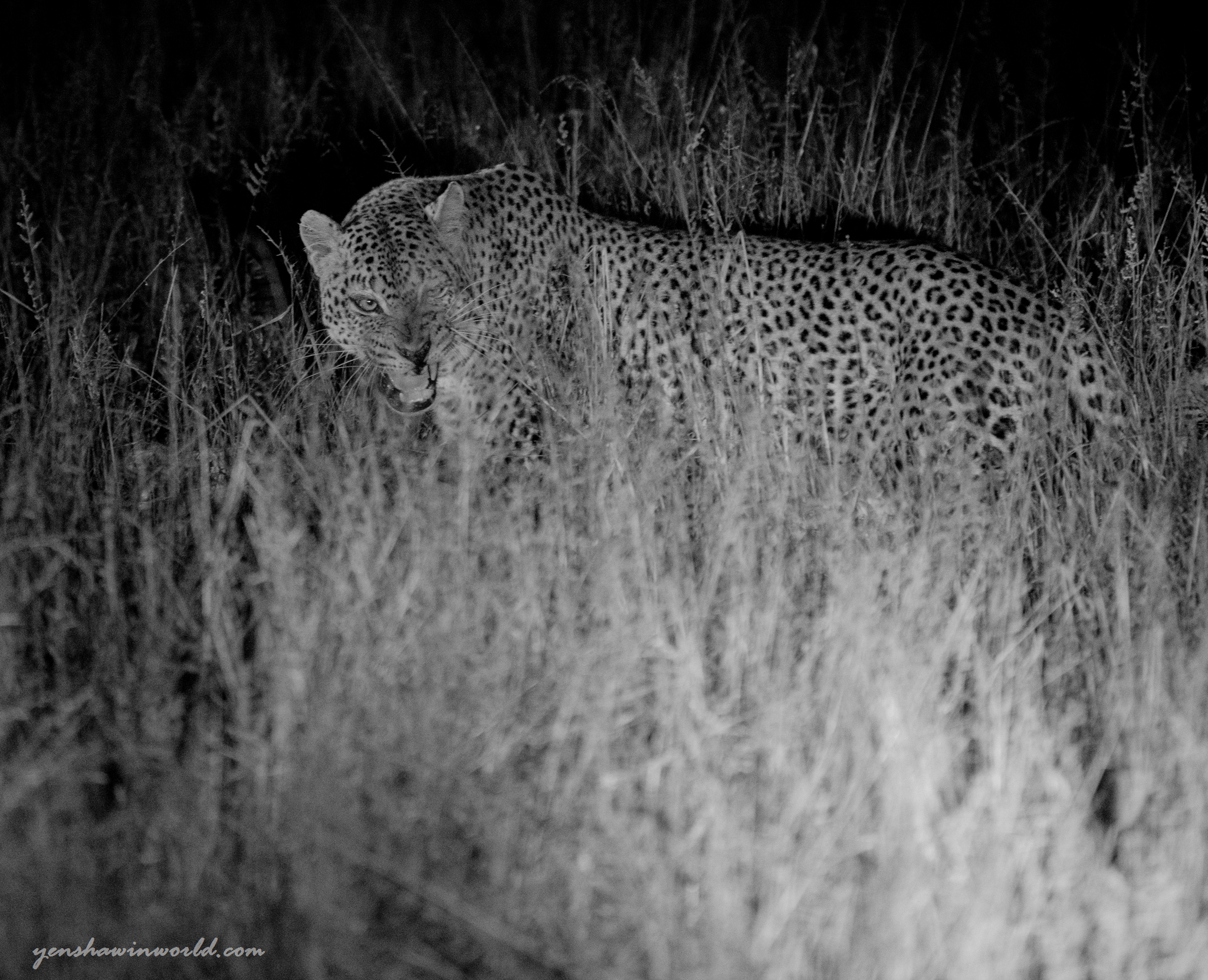
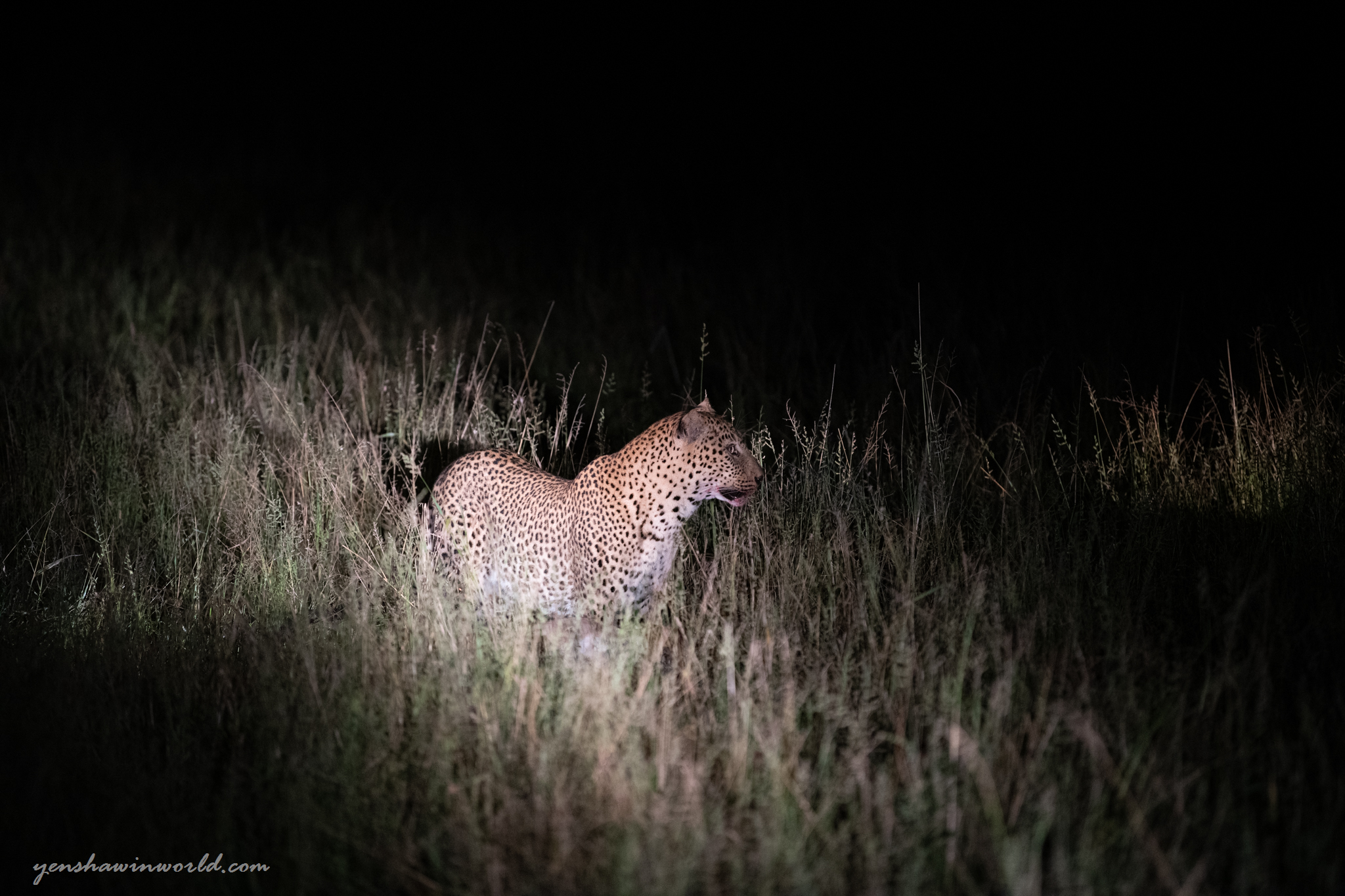
2 responses to “Zambia- The Return”
Amazing 😍😍😍
Danny, I love your photo of the leopards with it’s kill. Great article too. Stay safe on your travels.